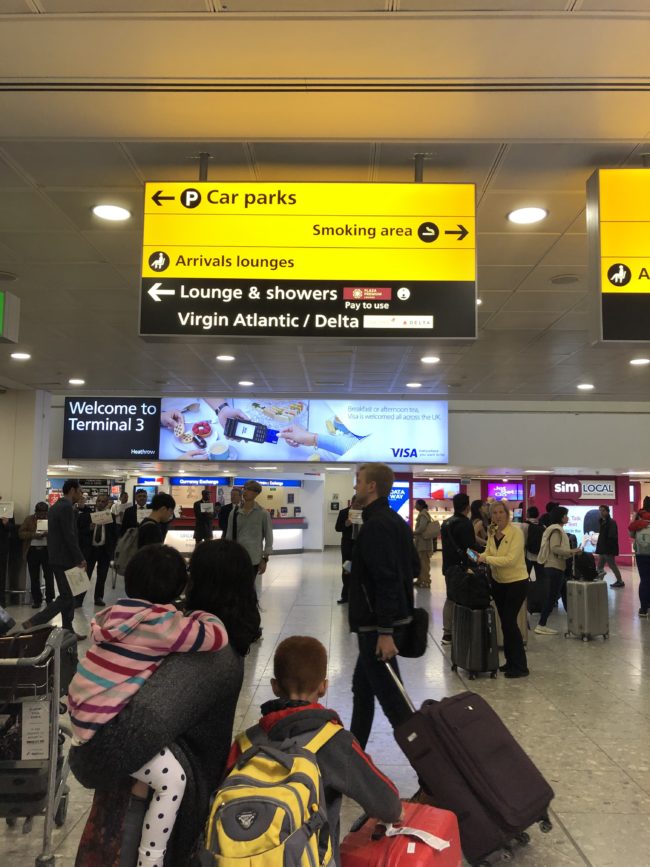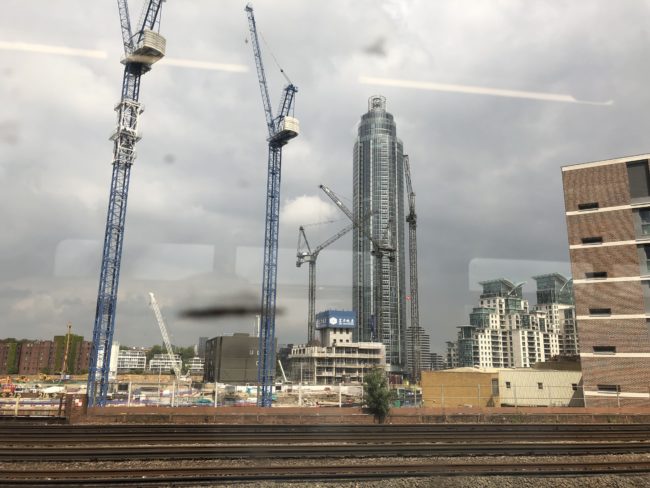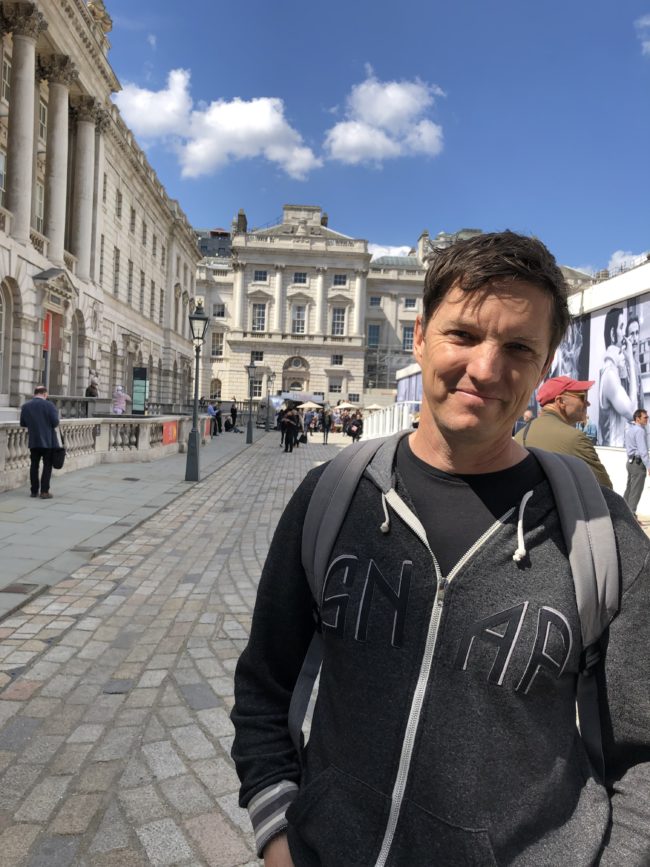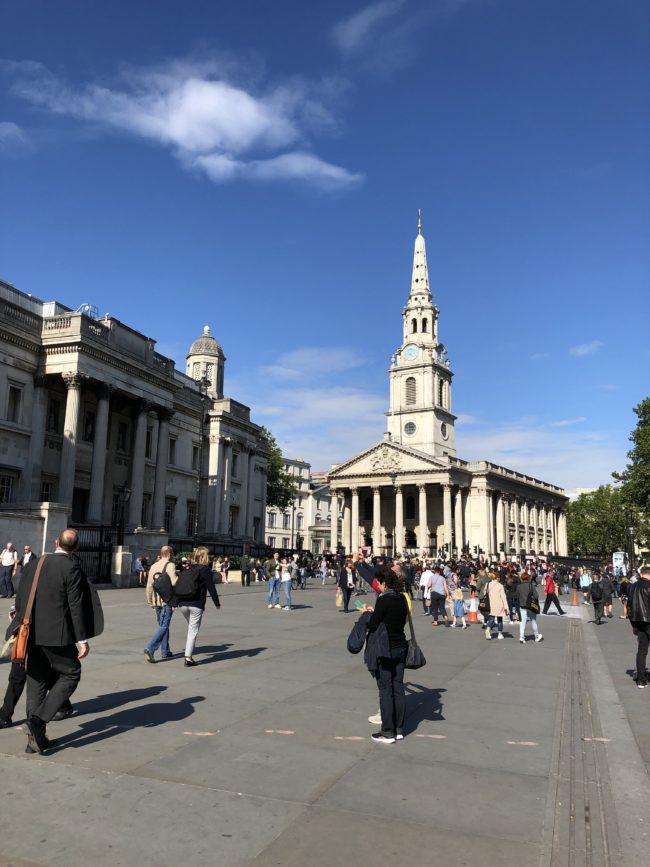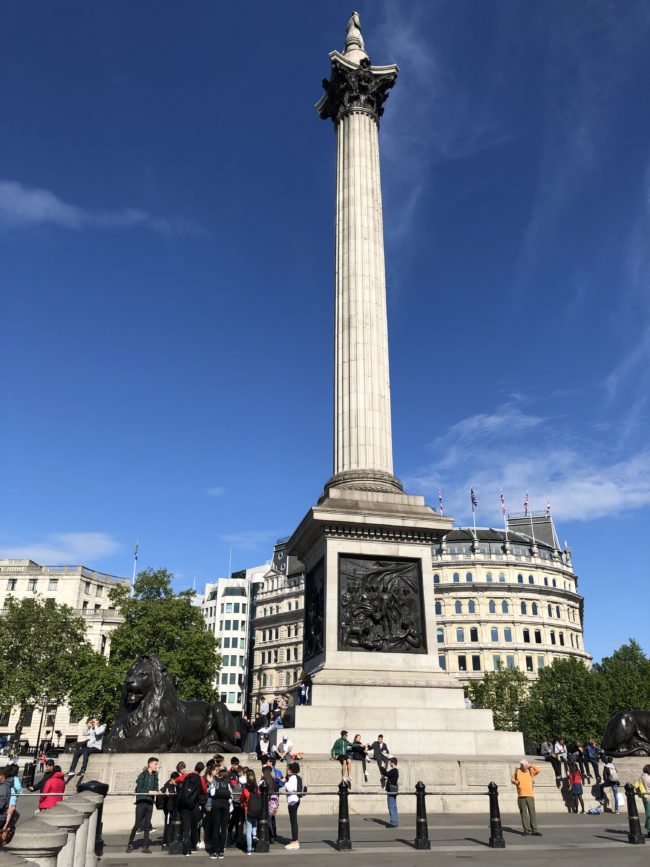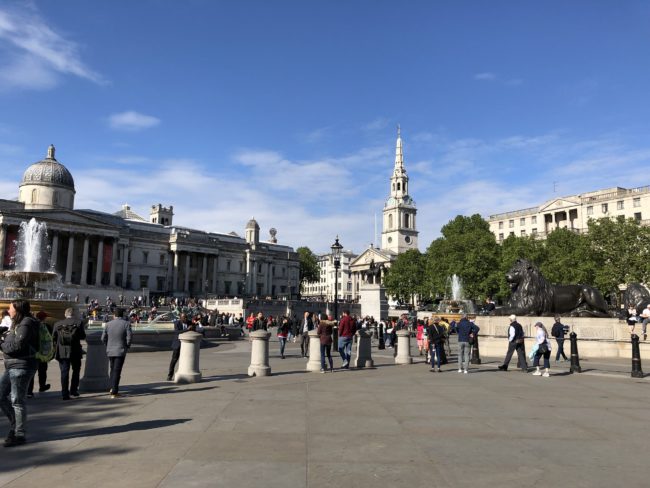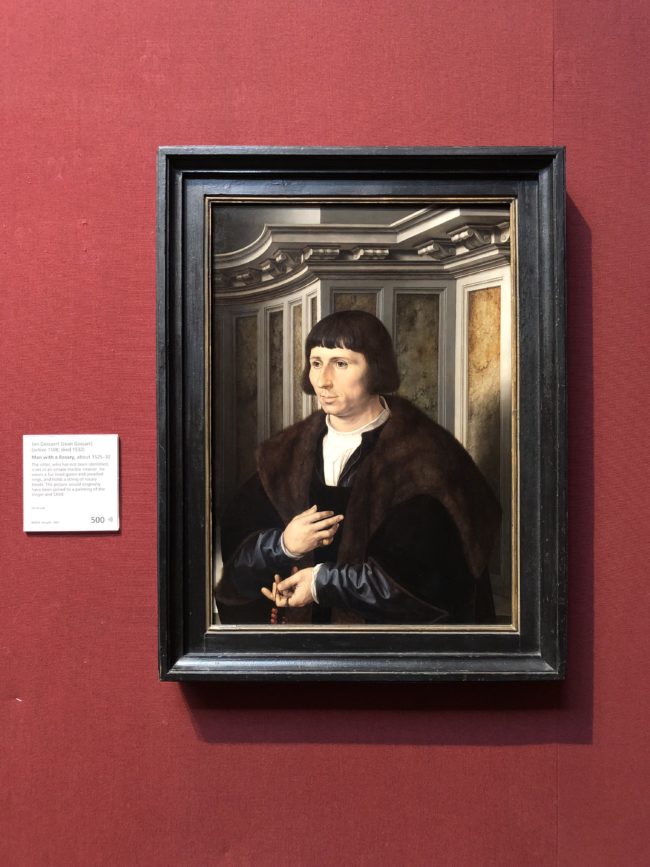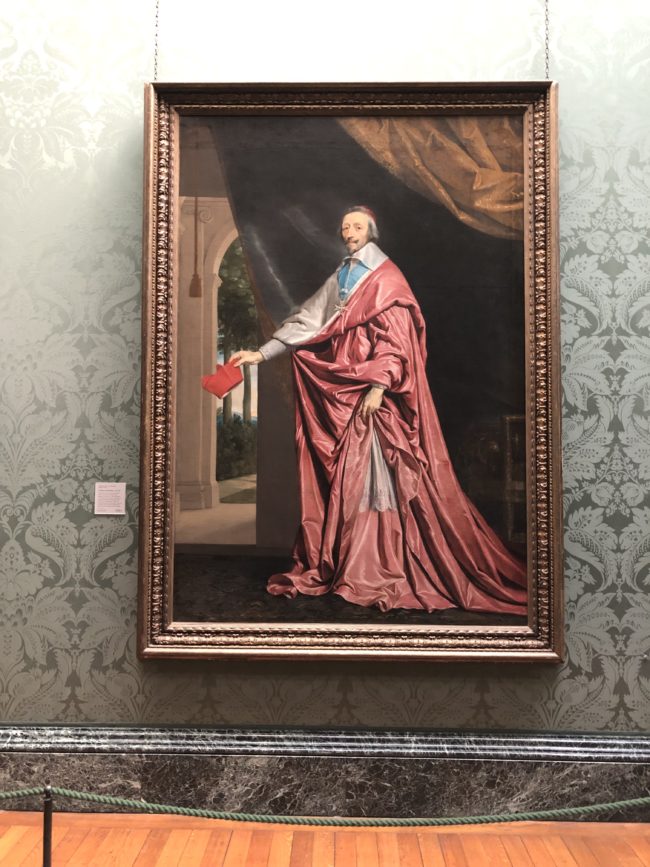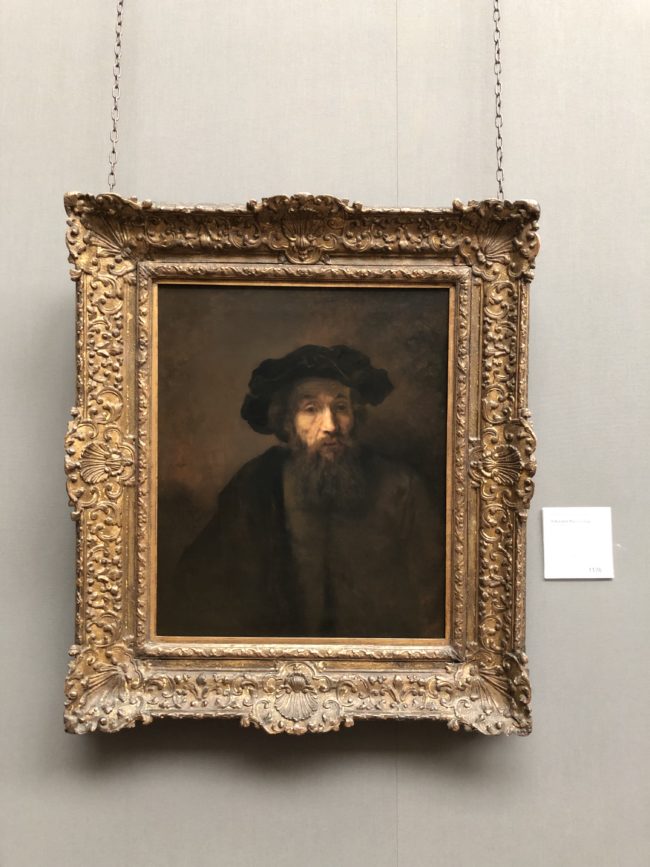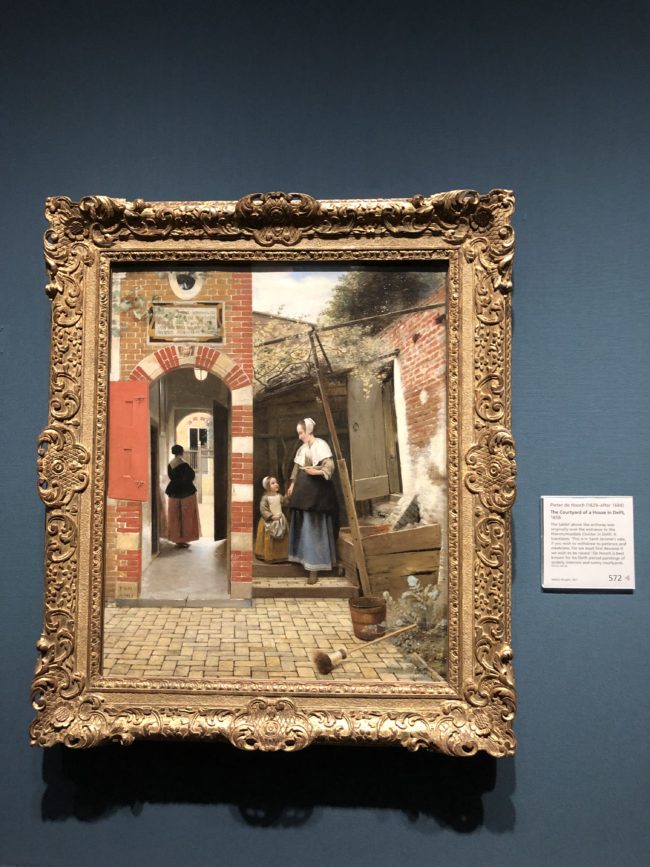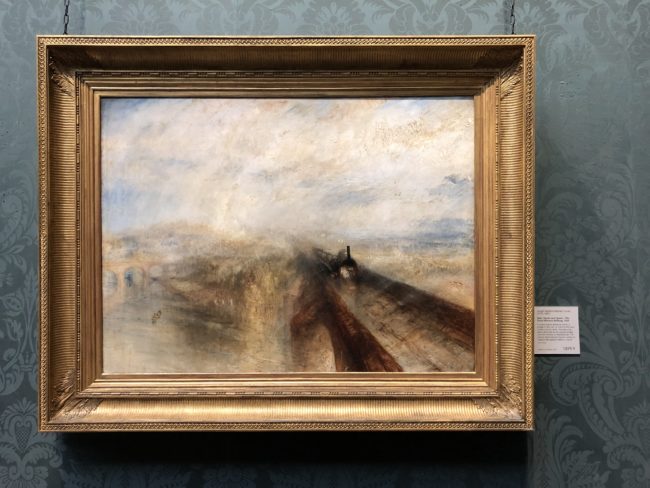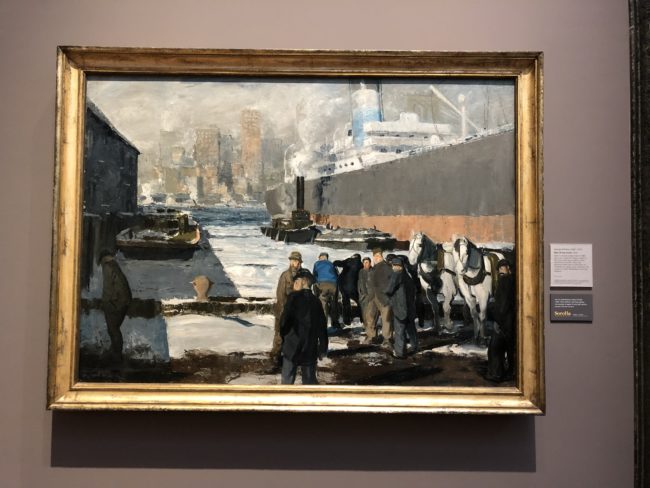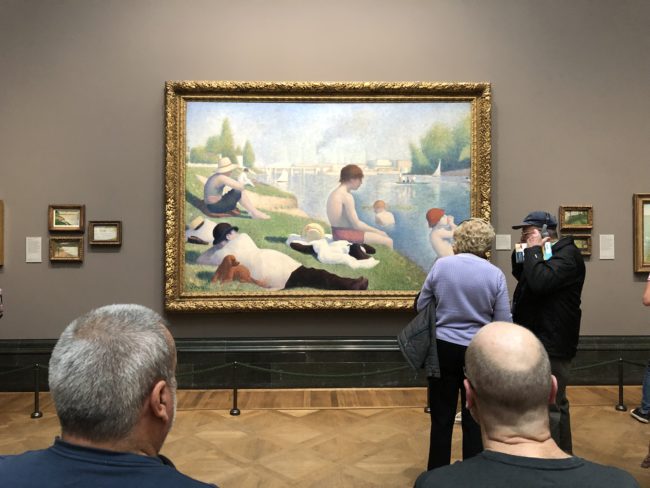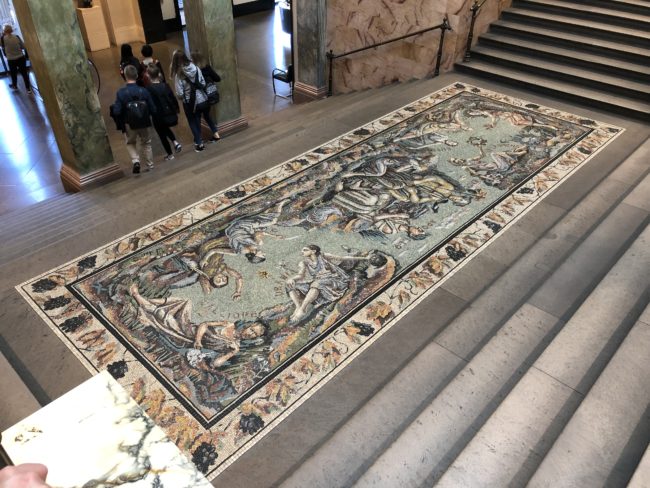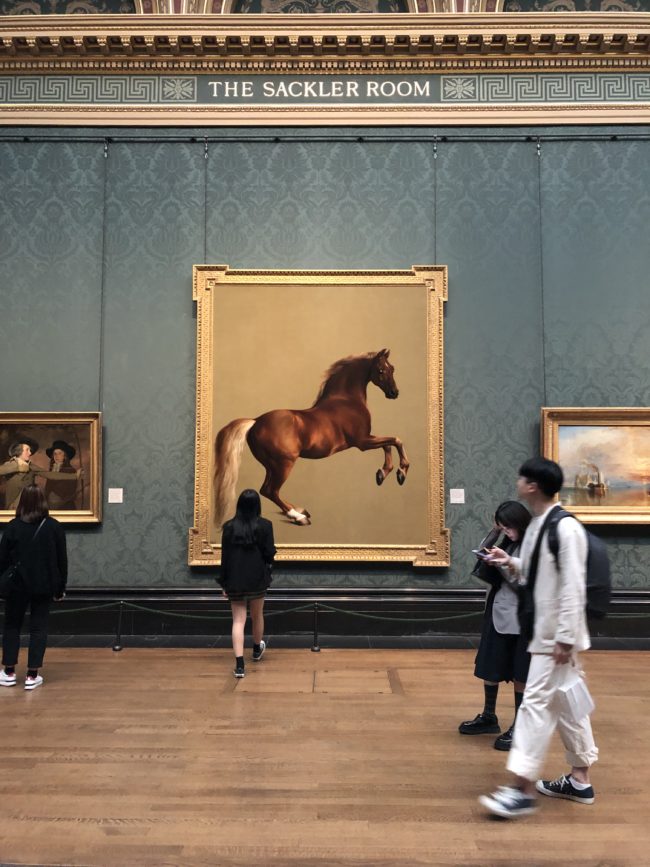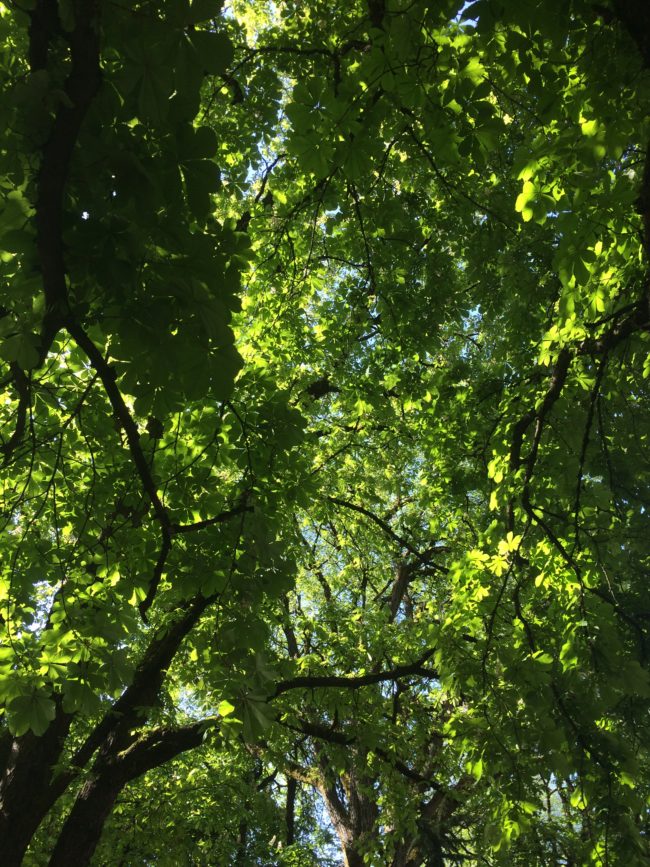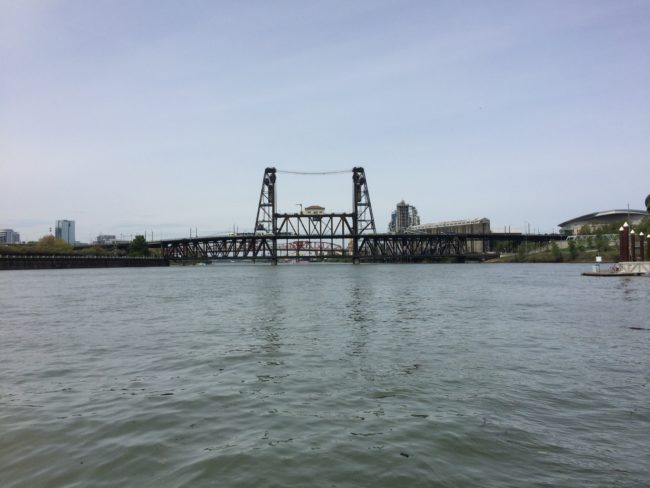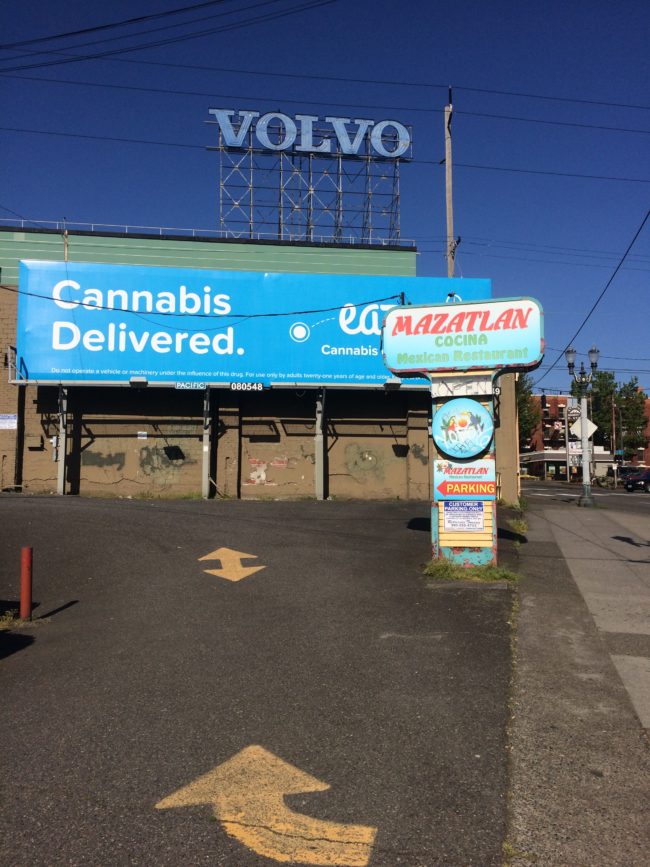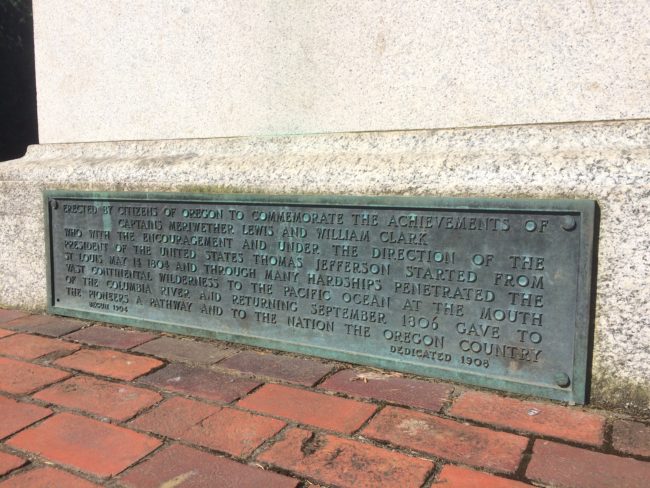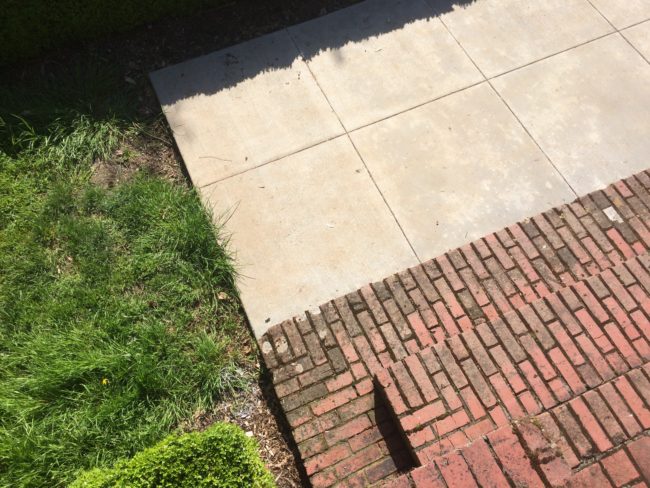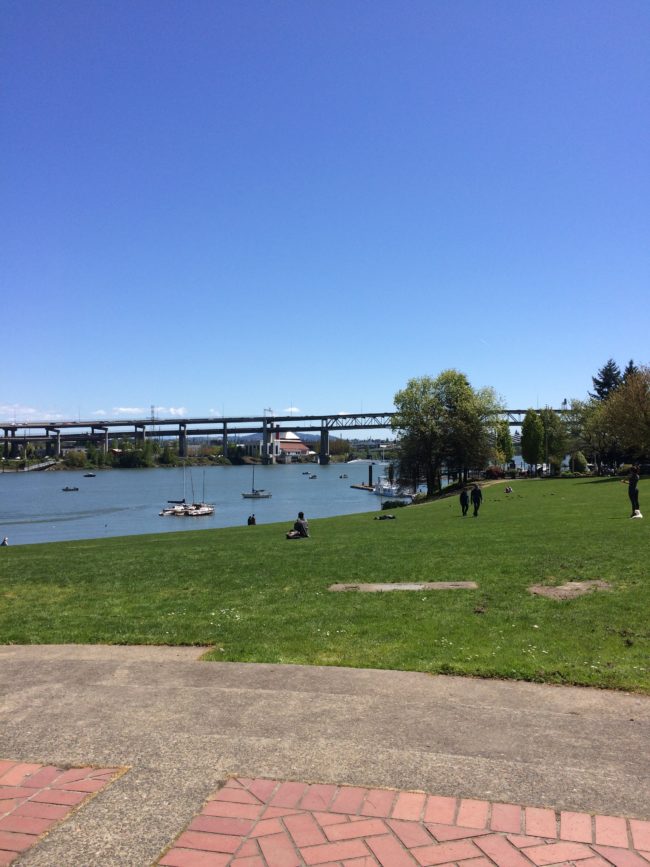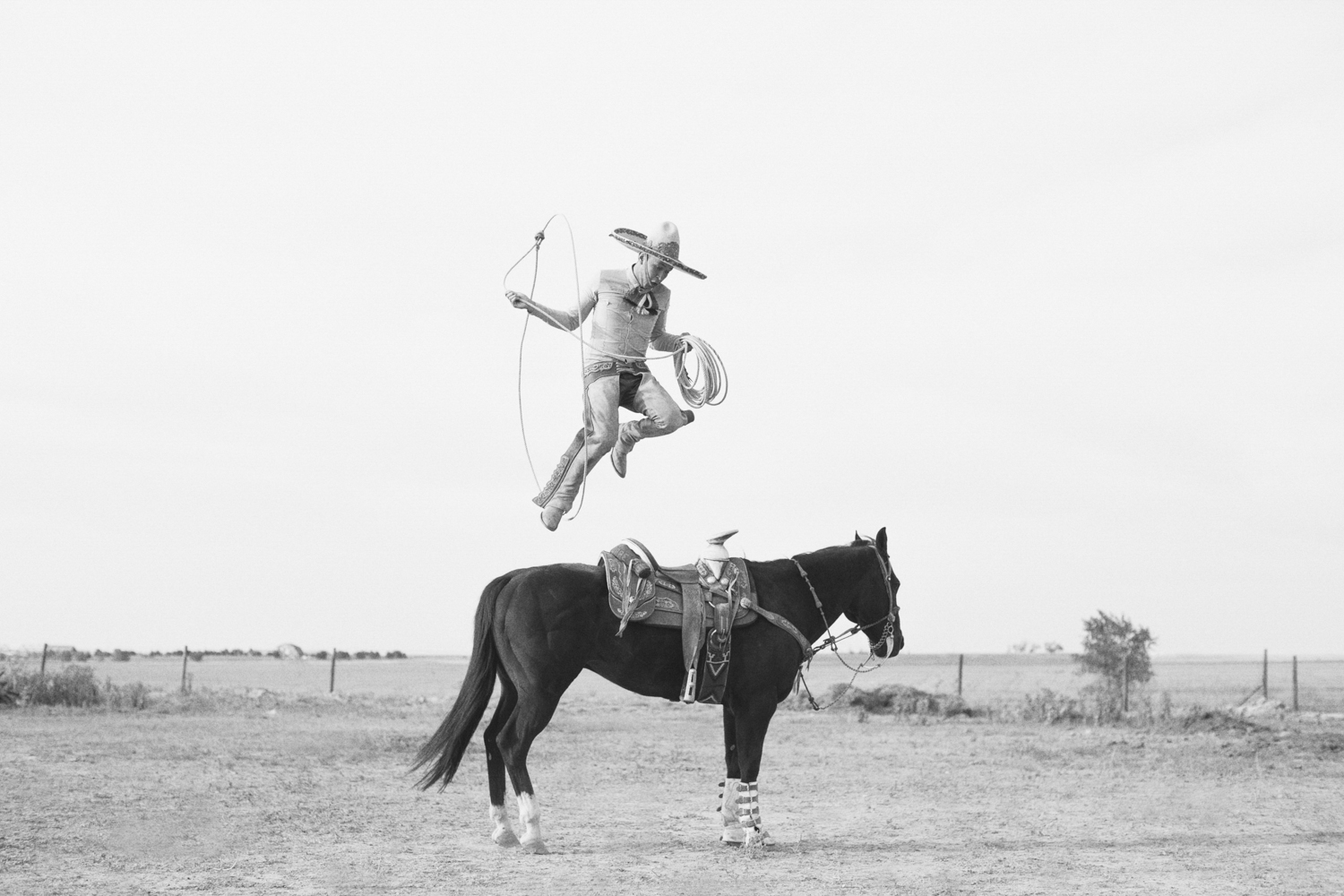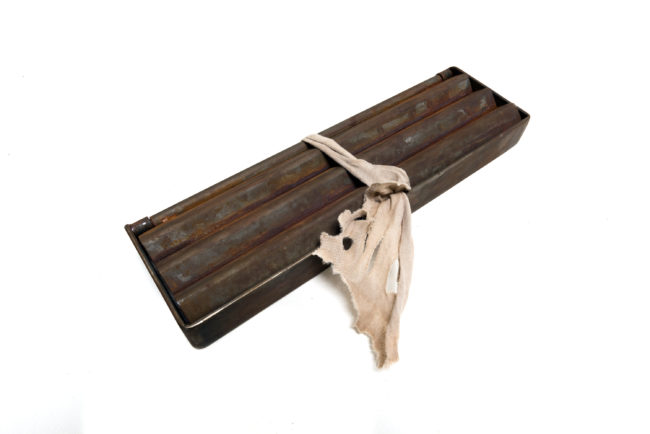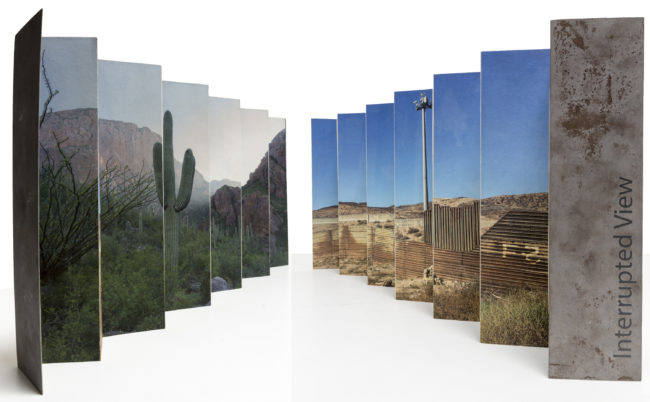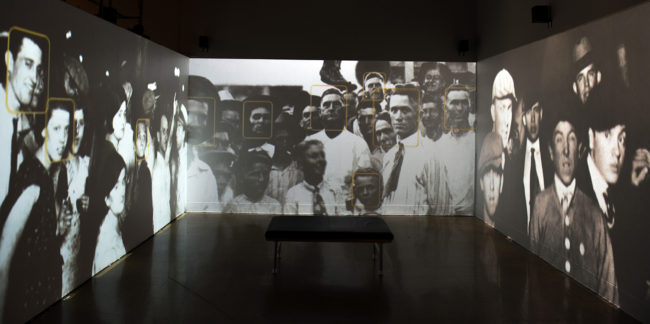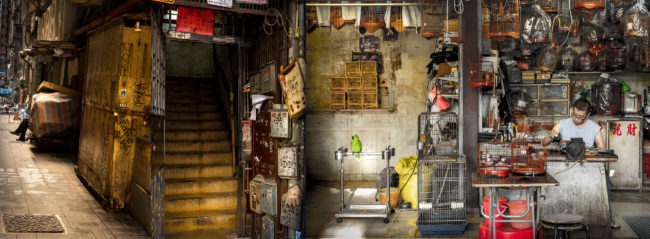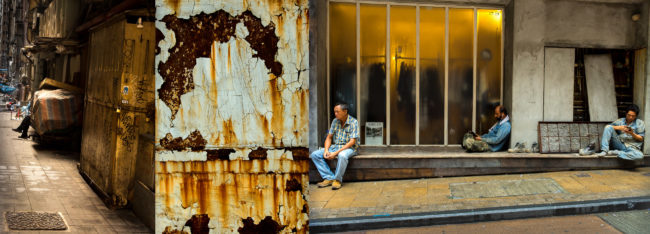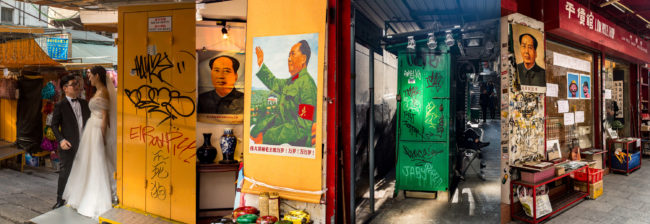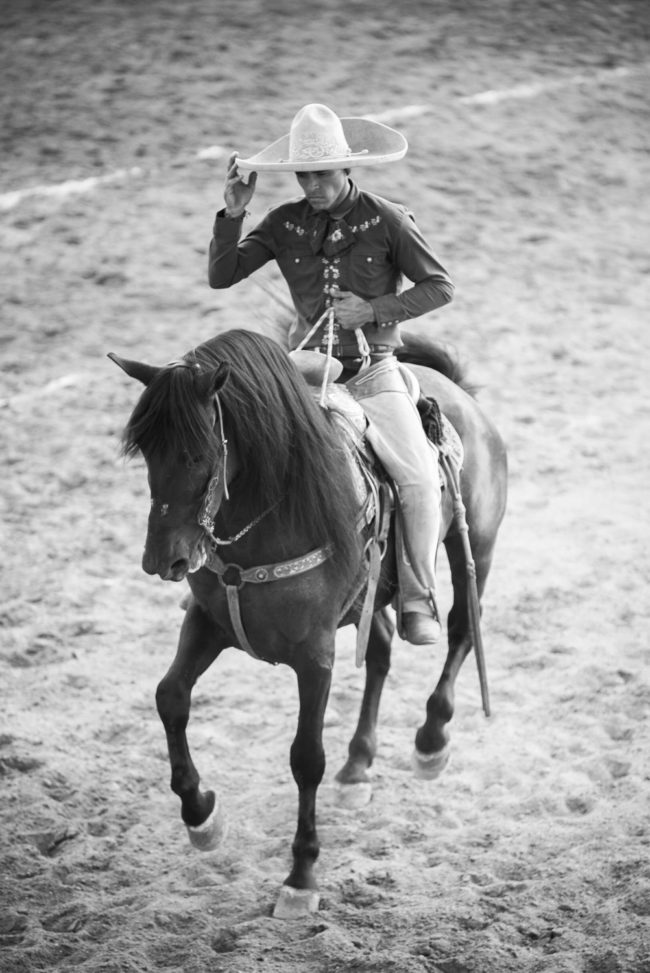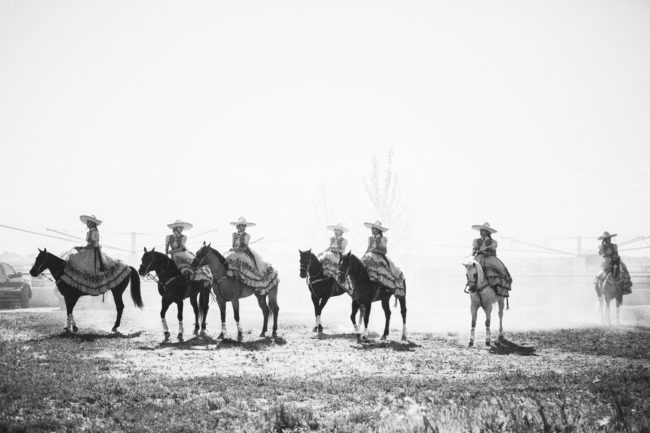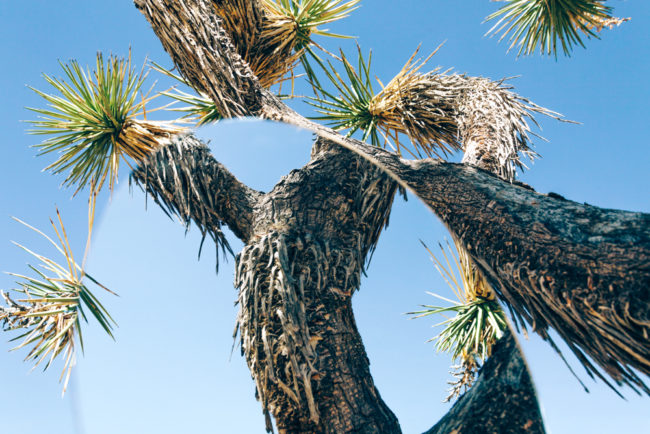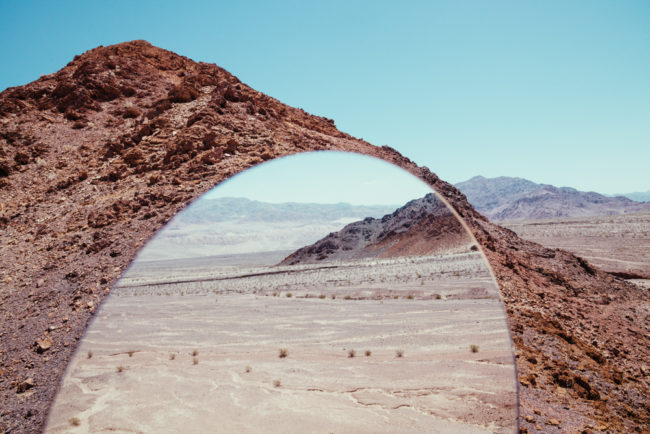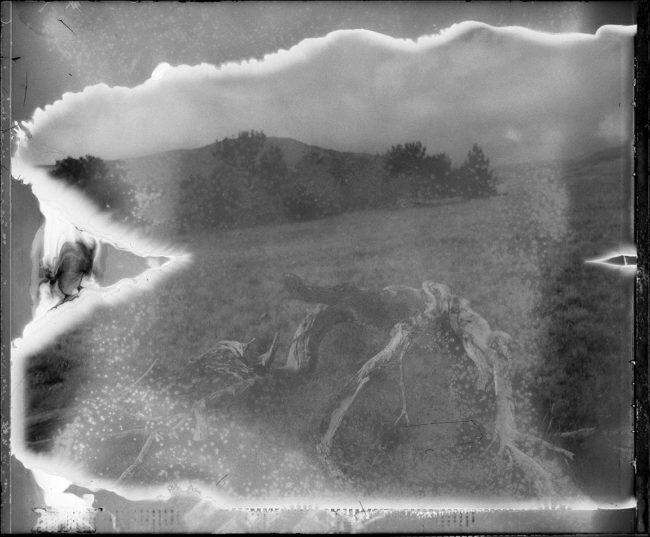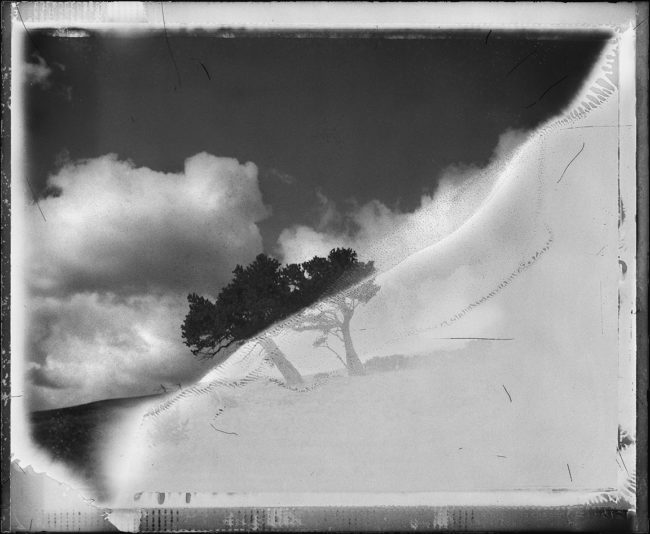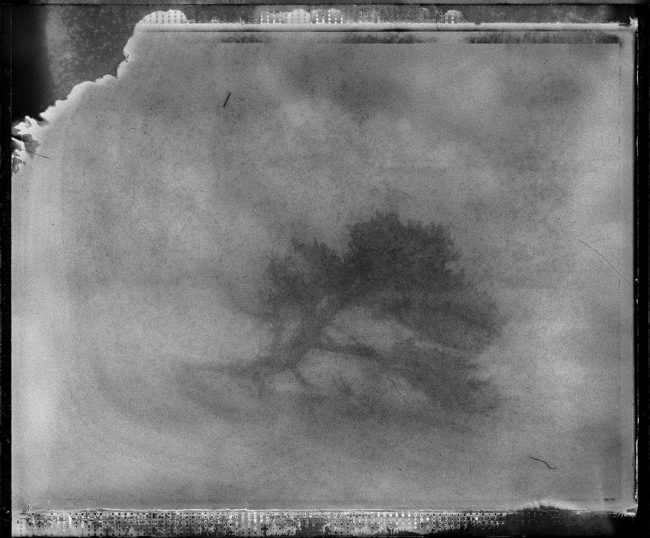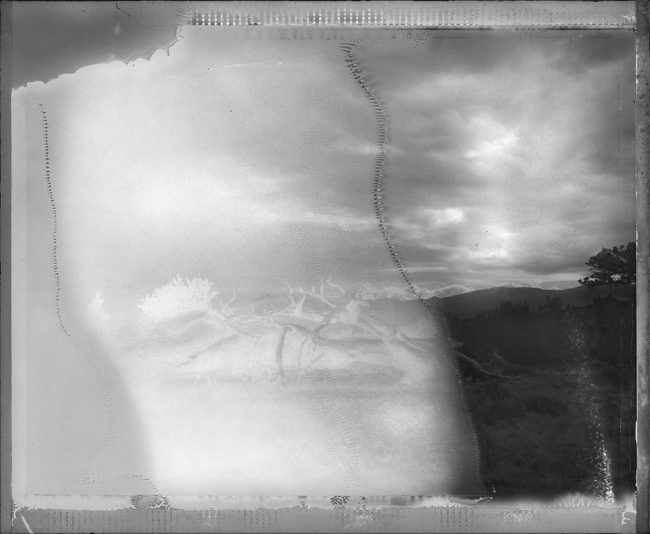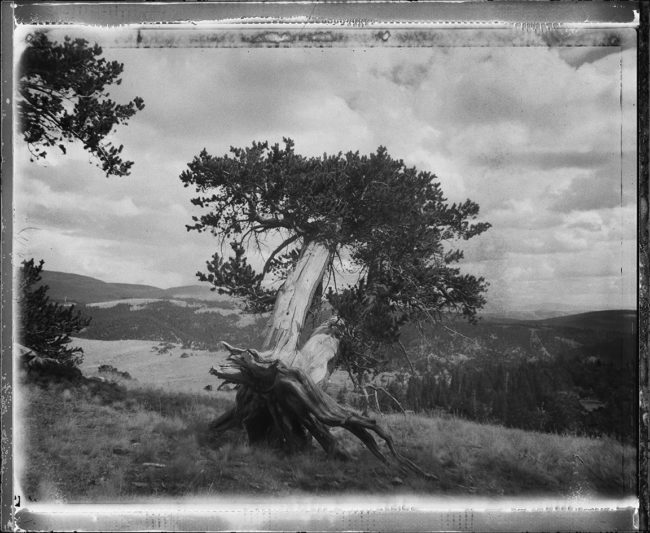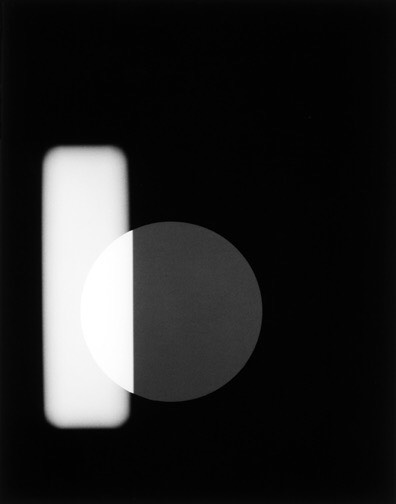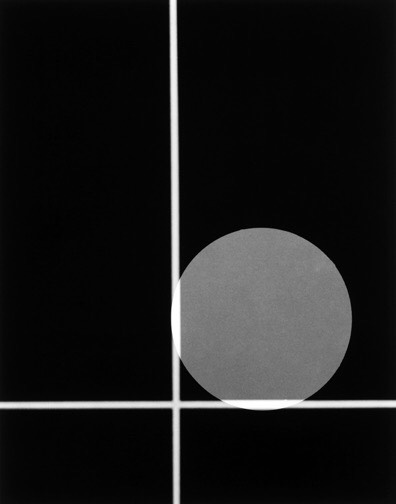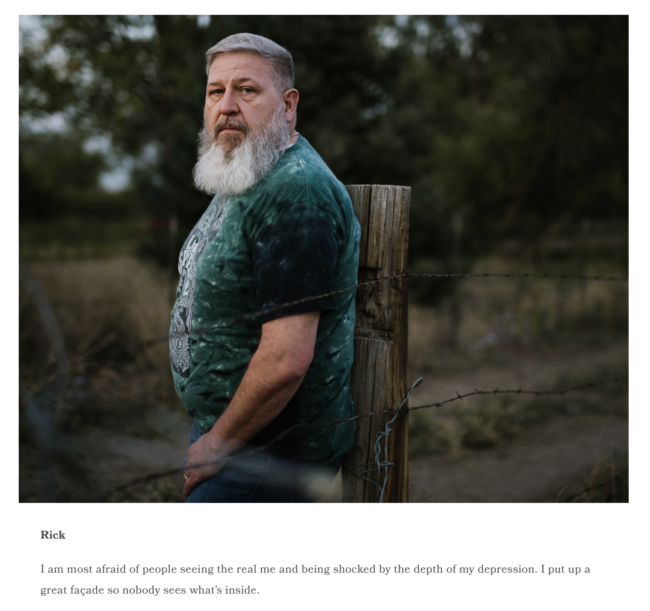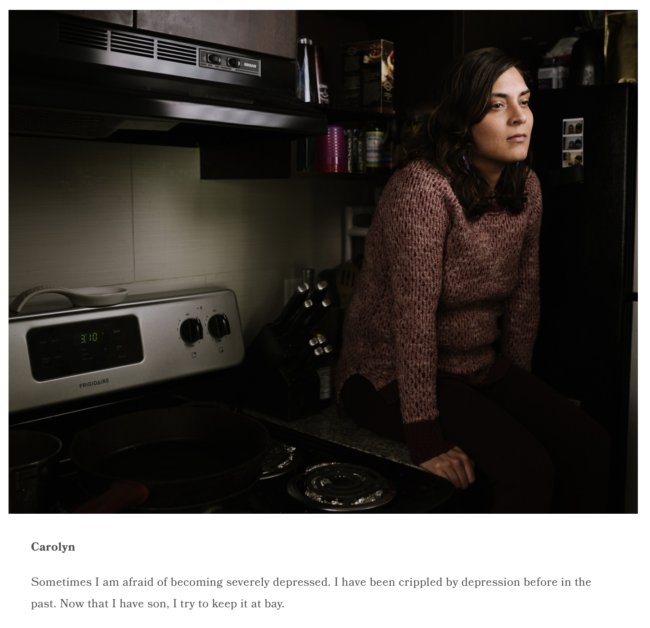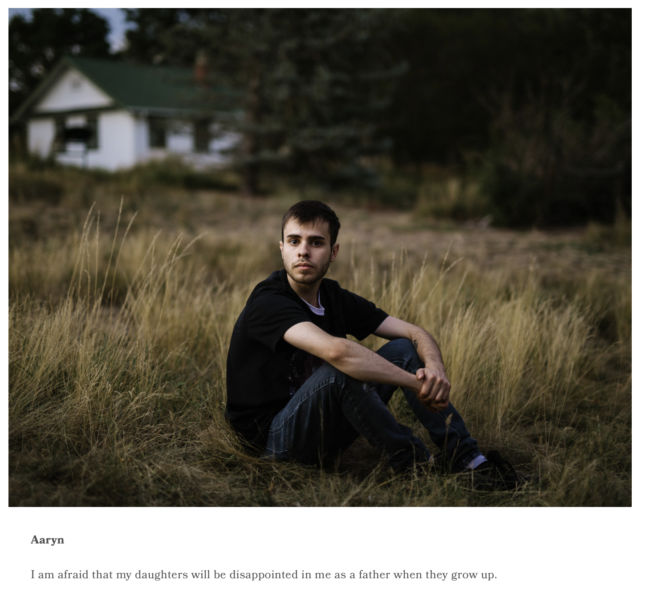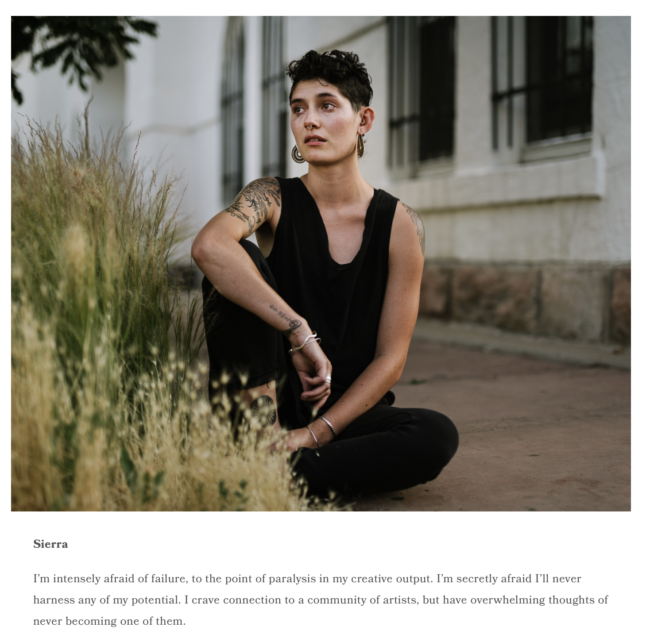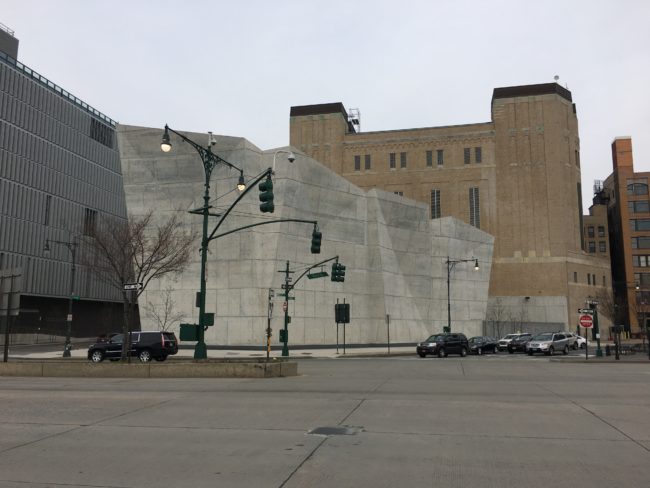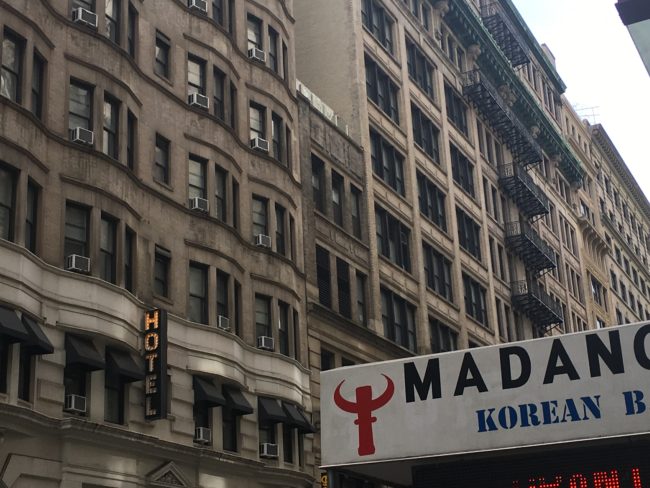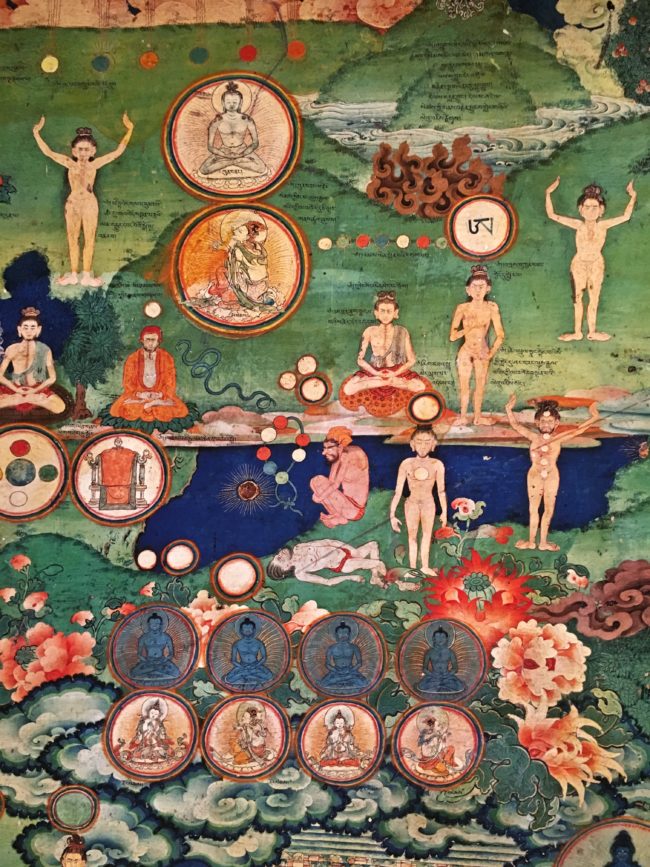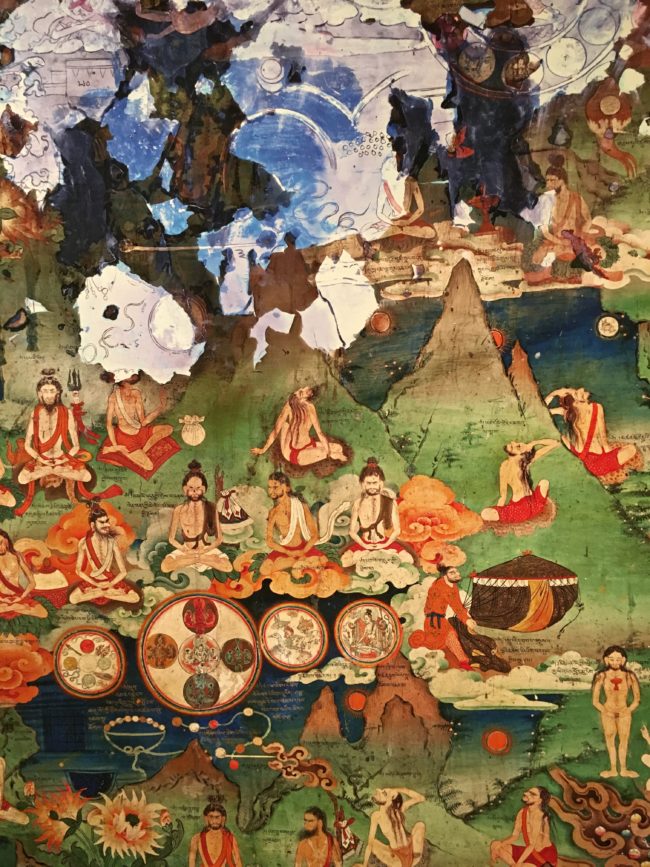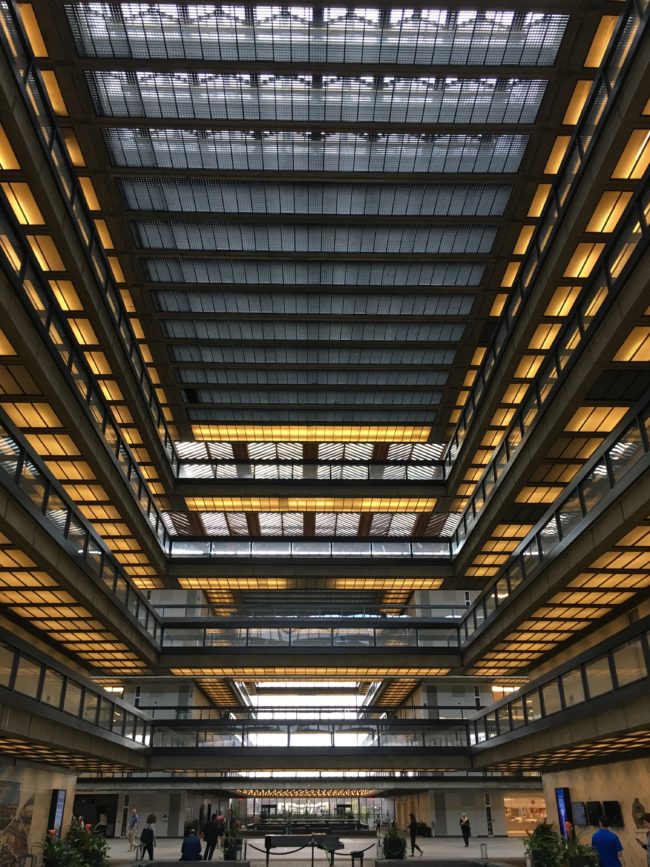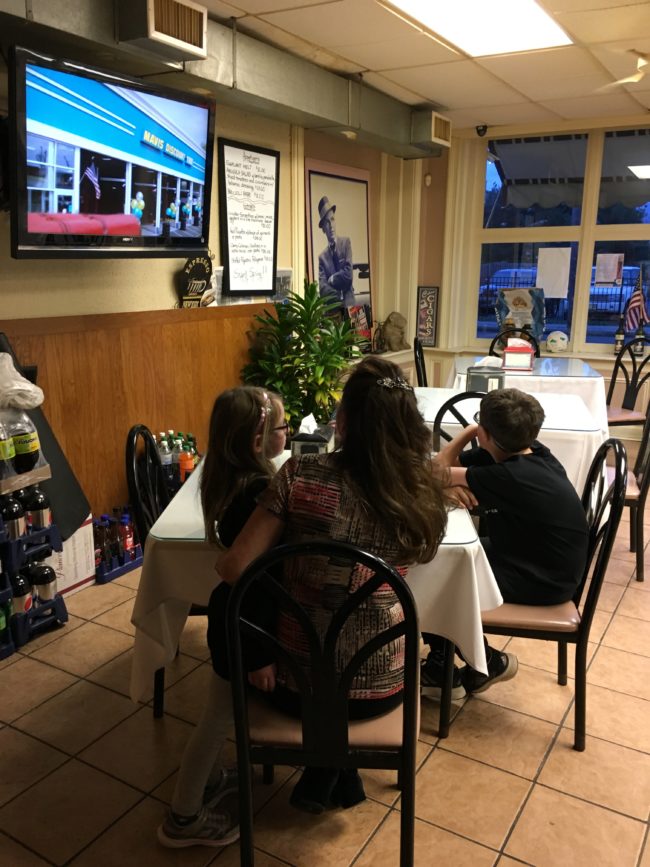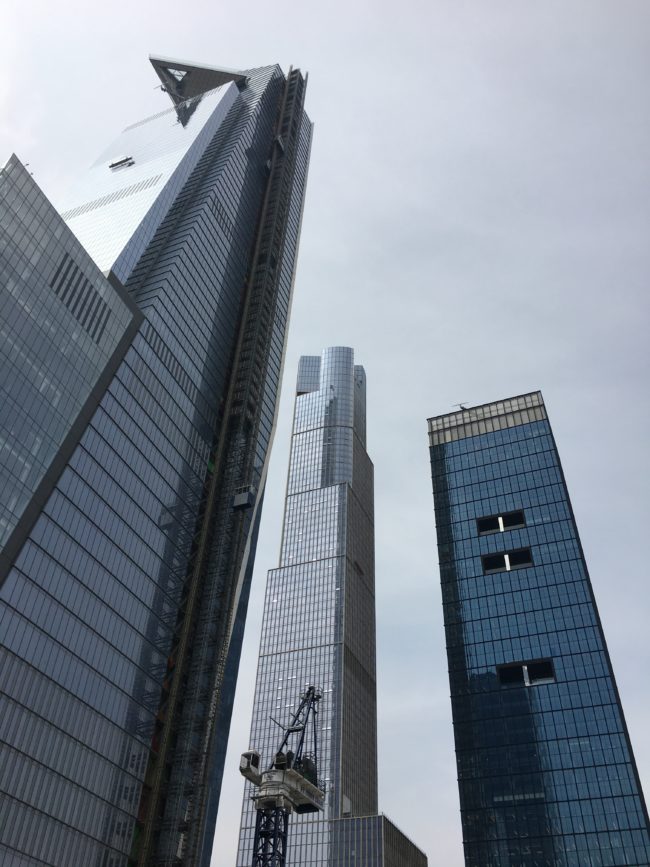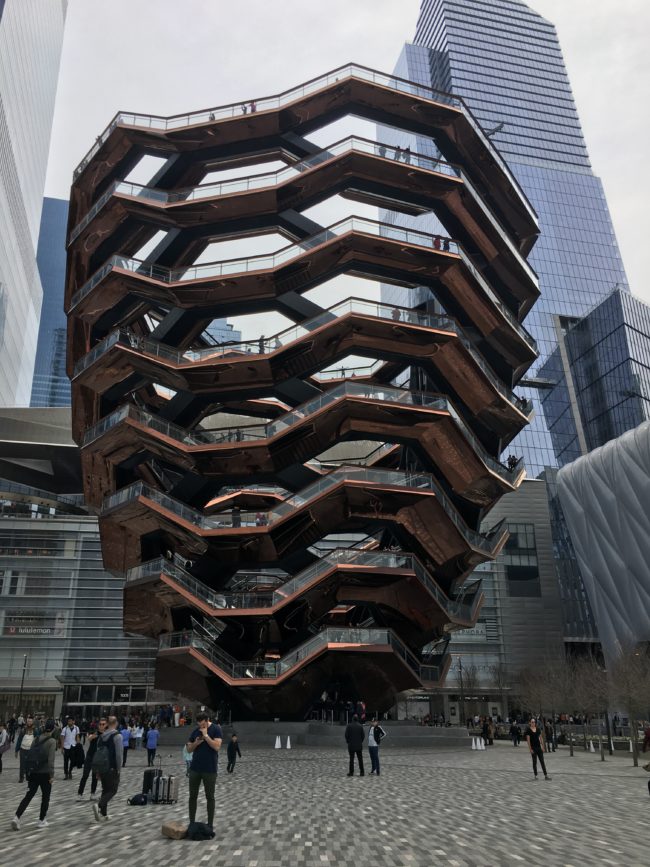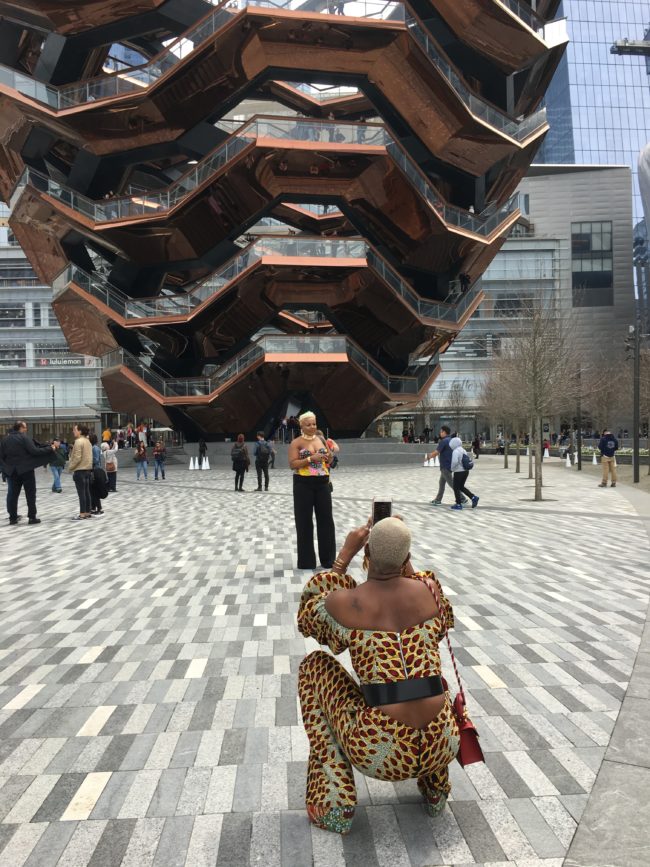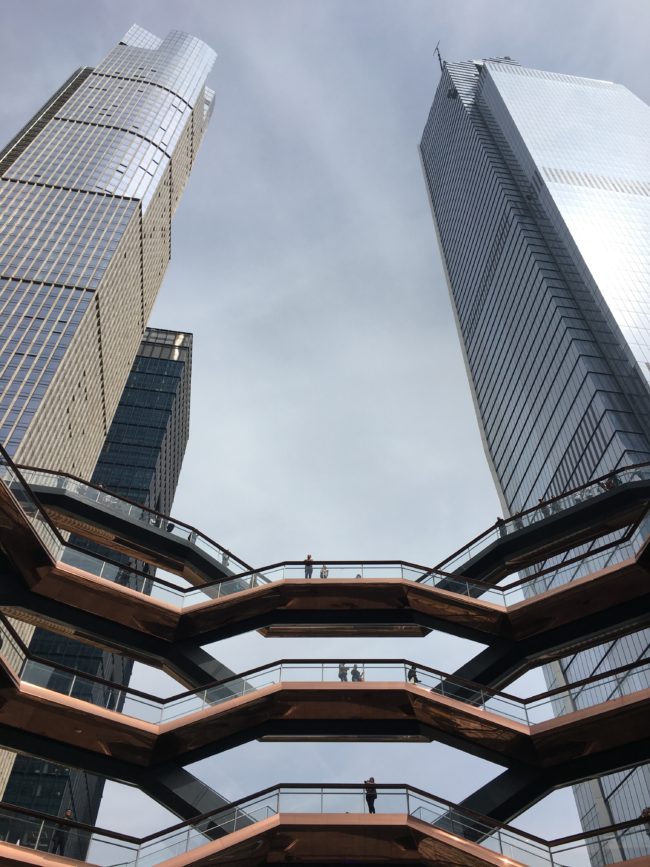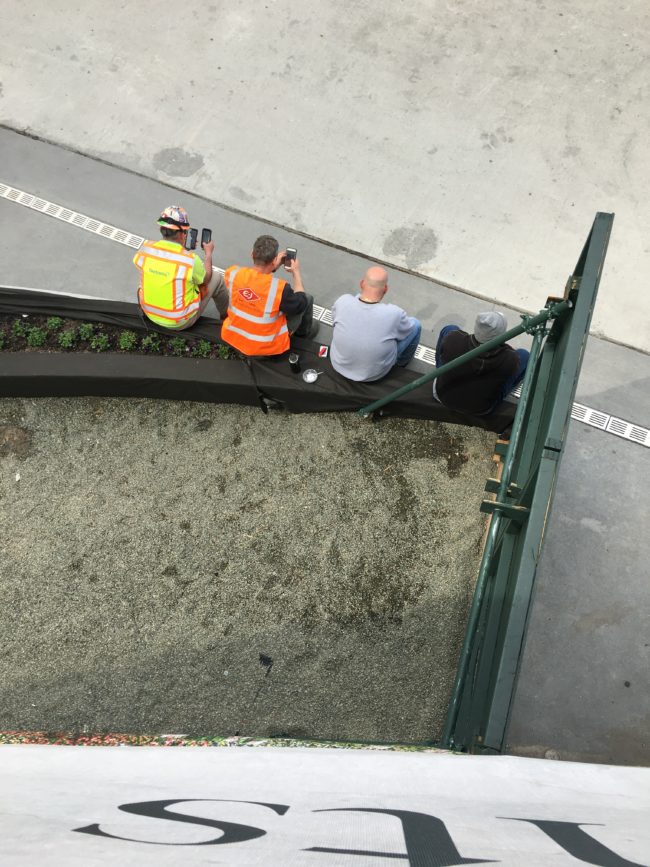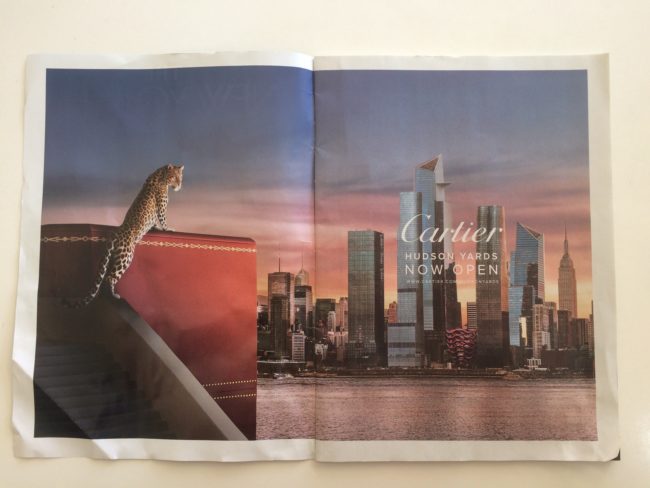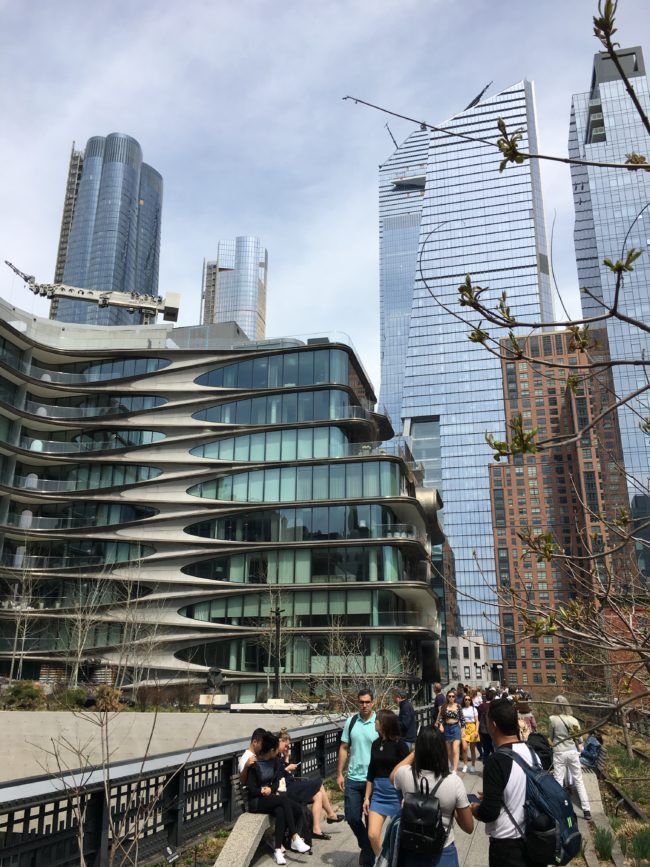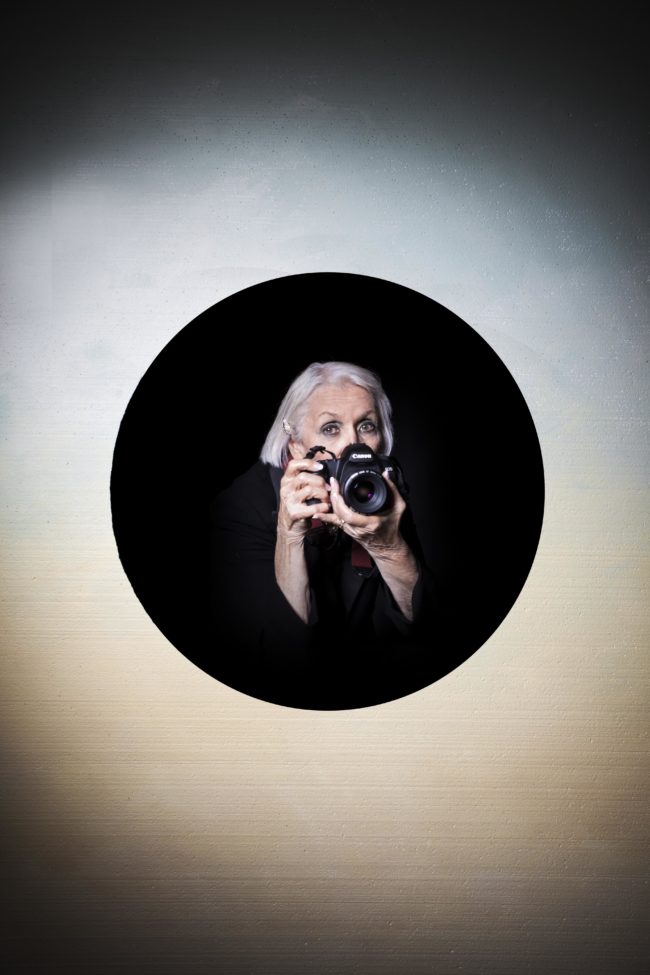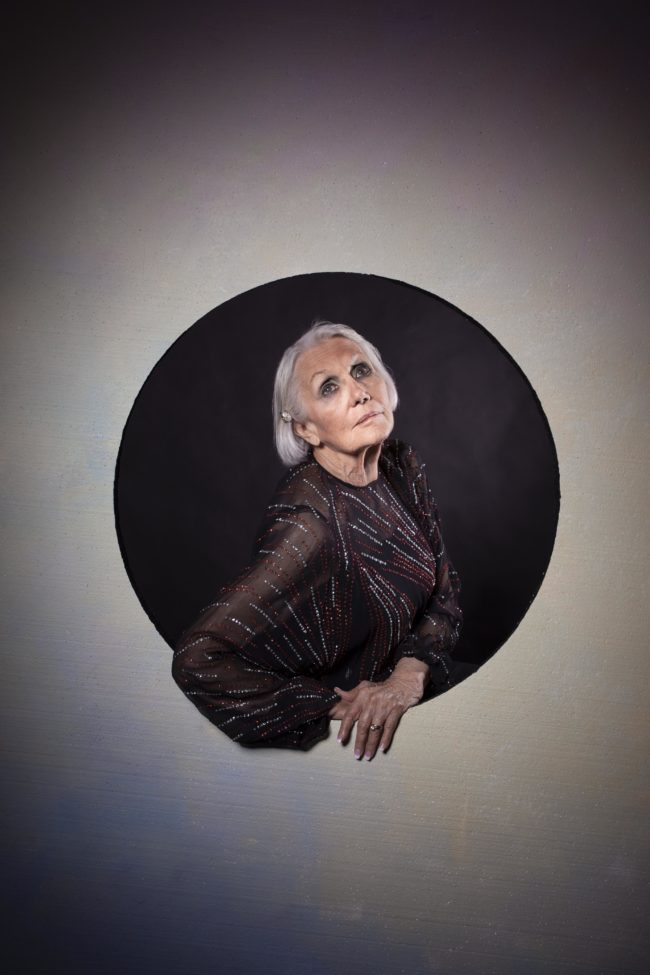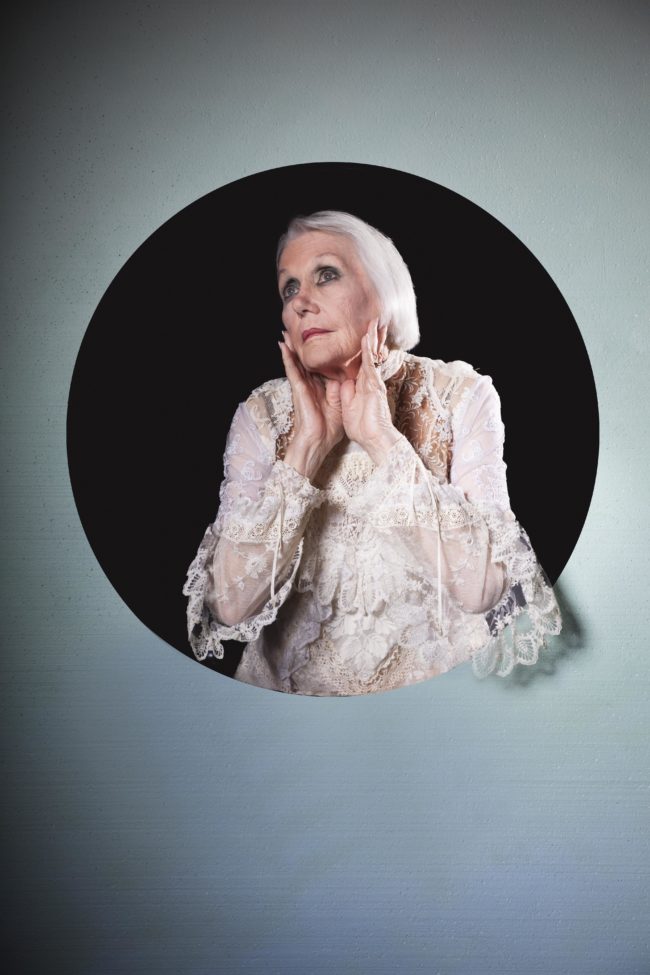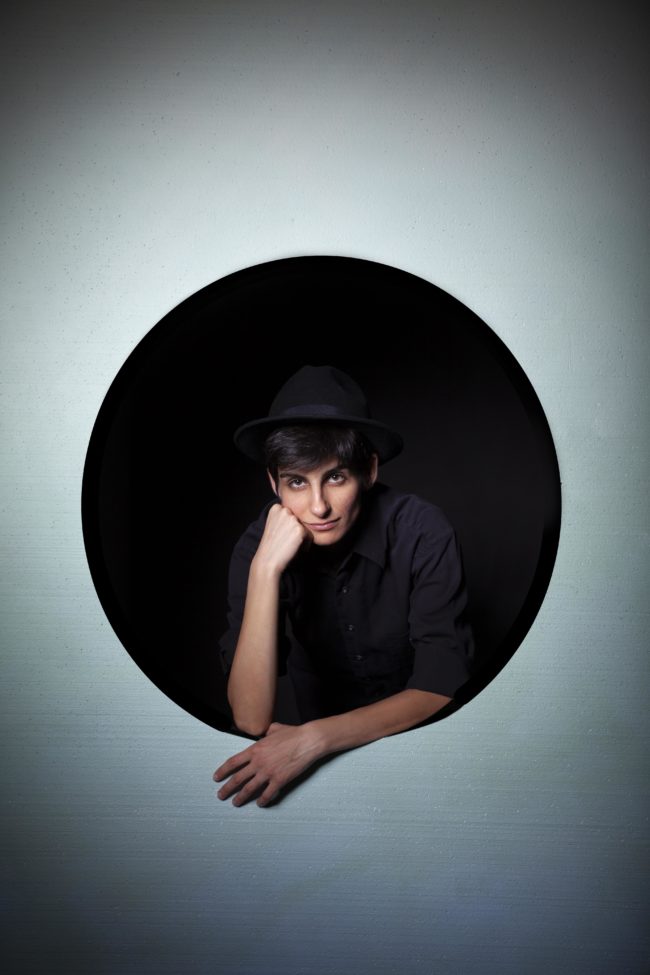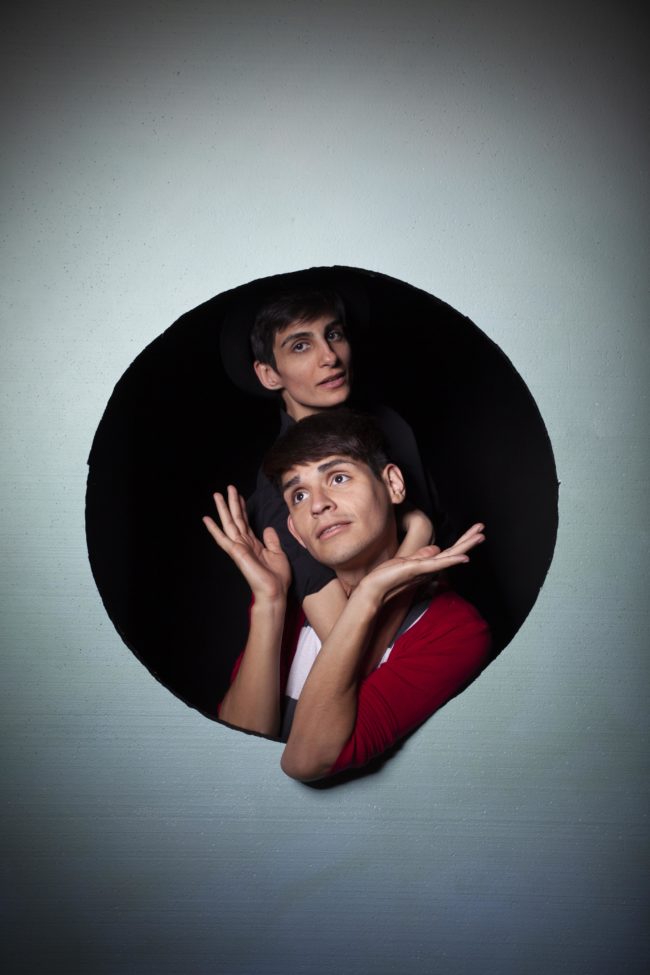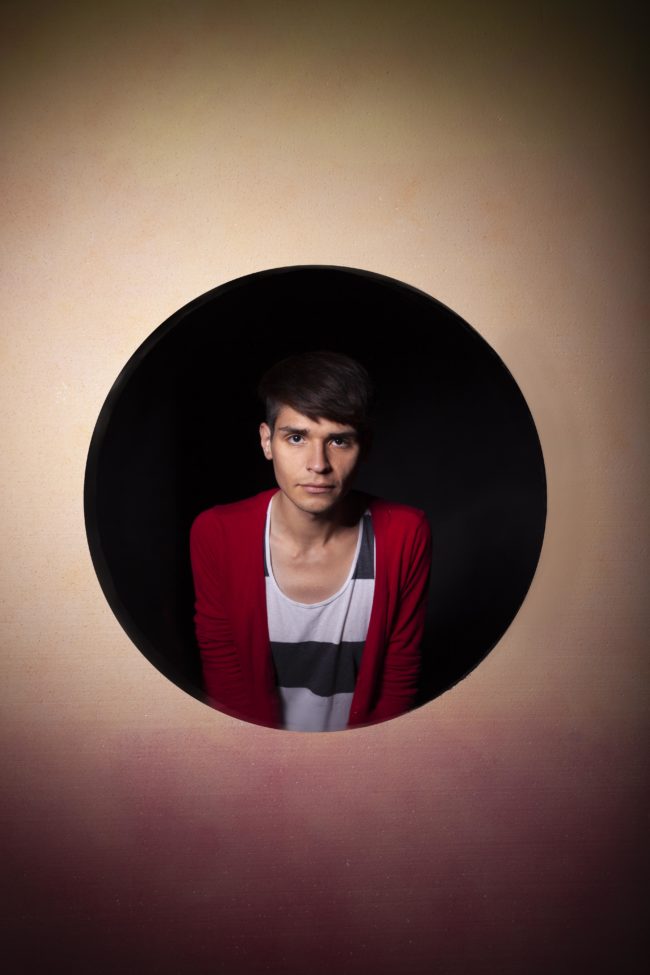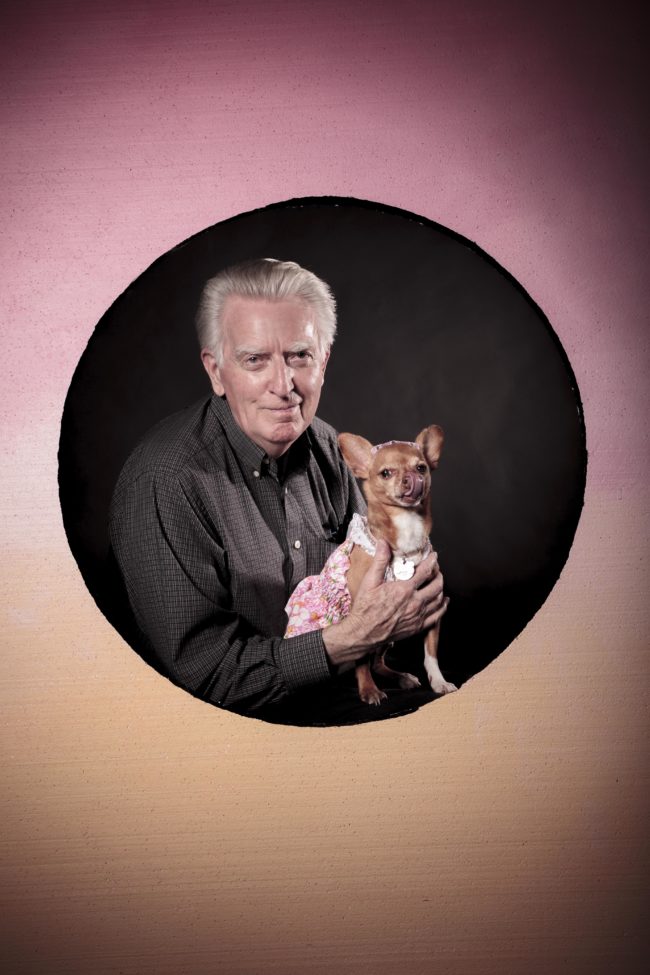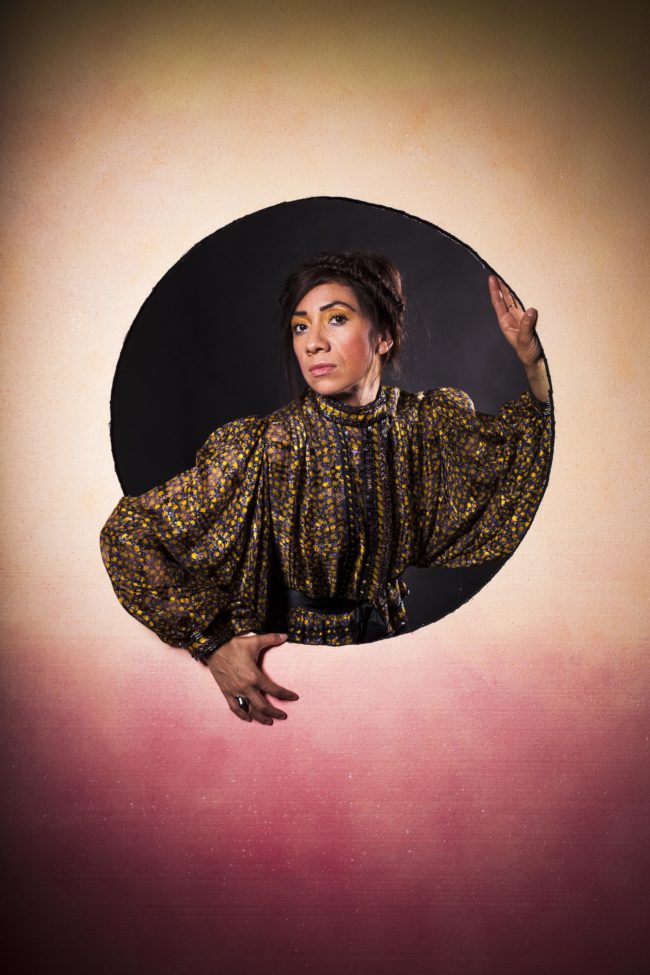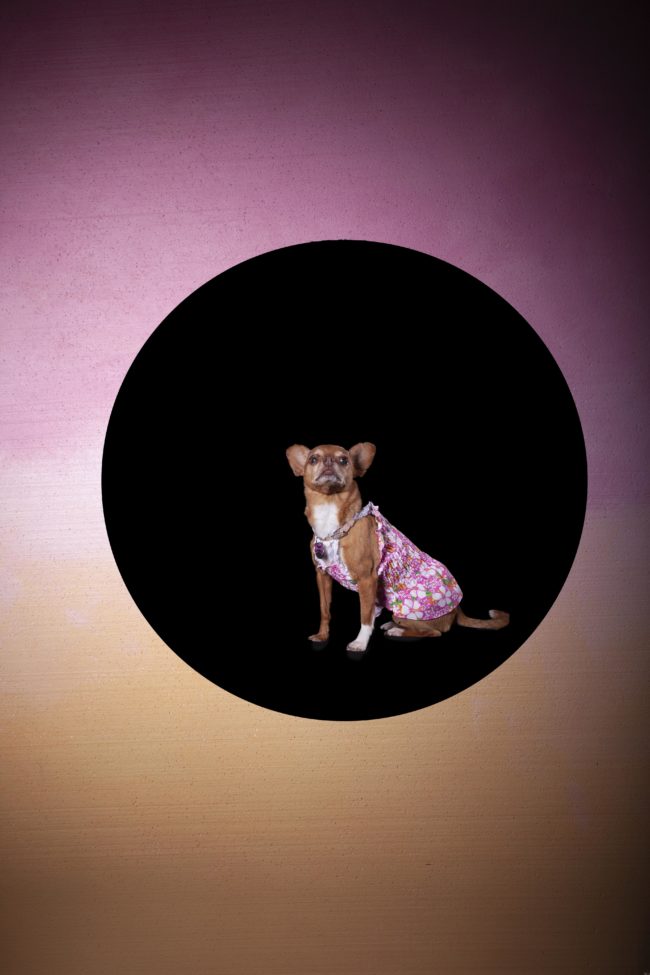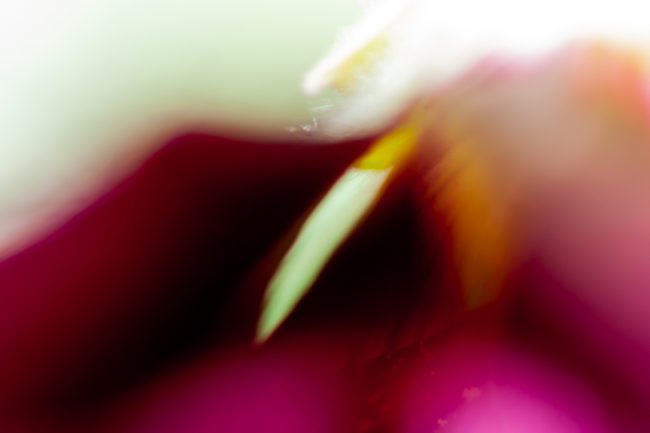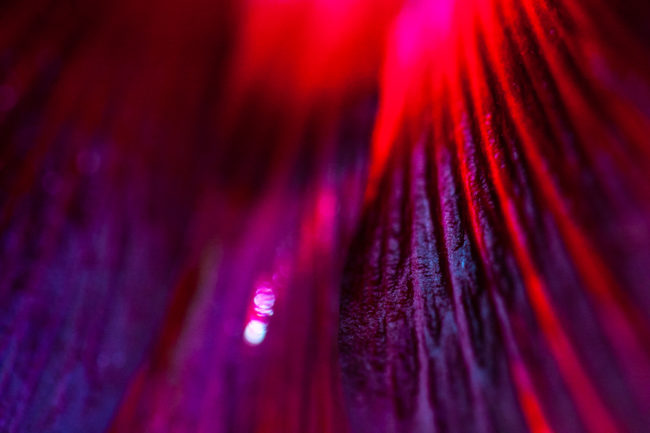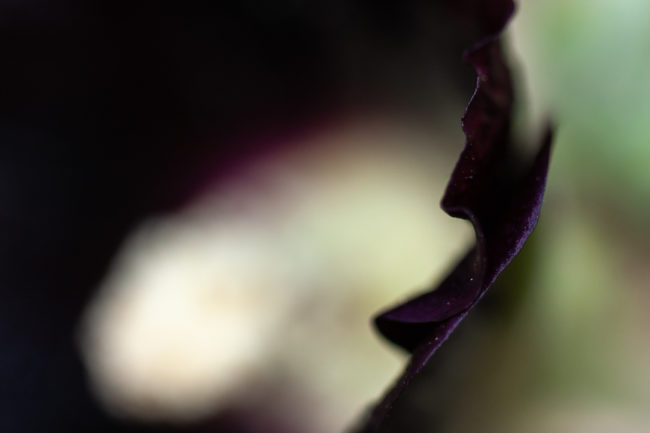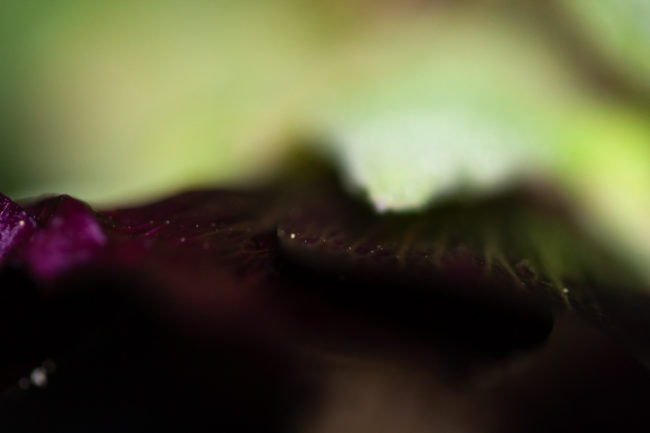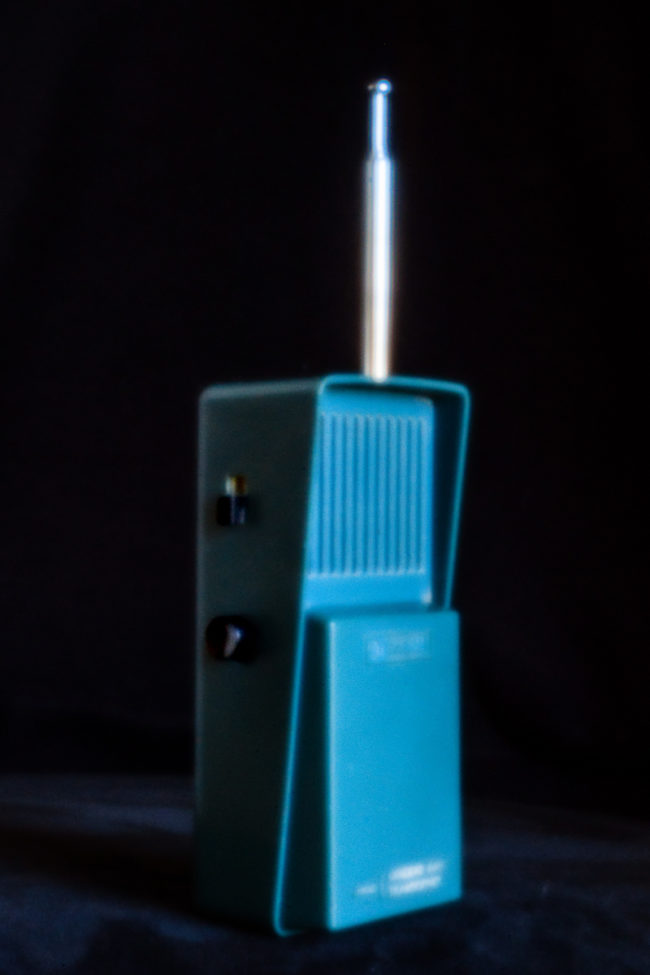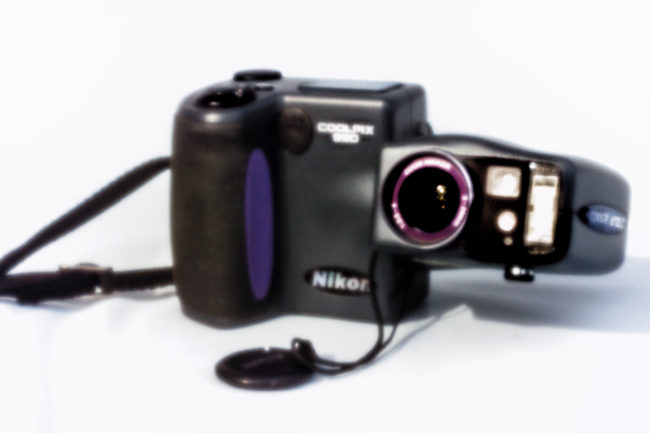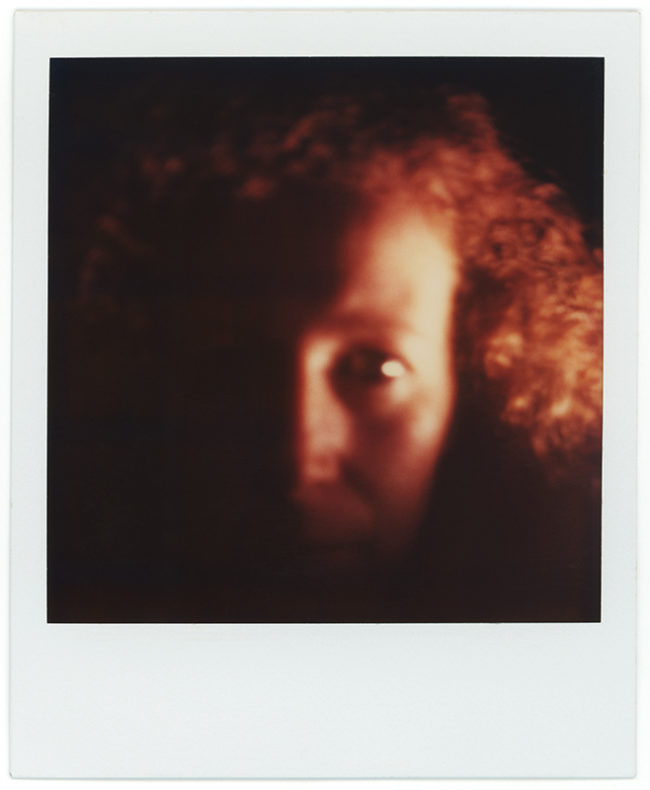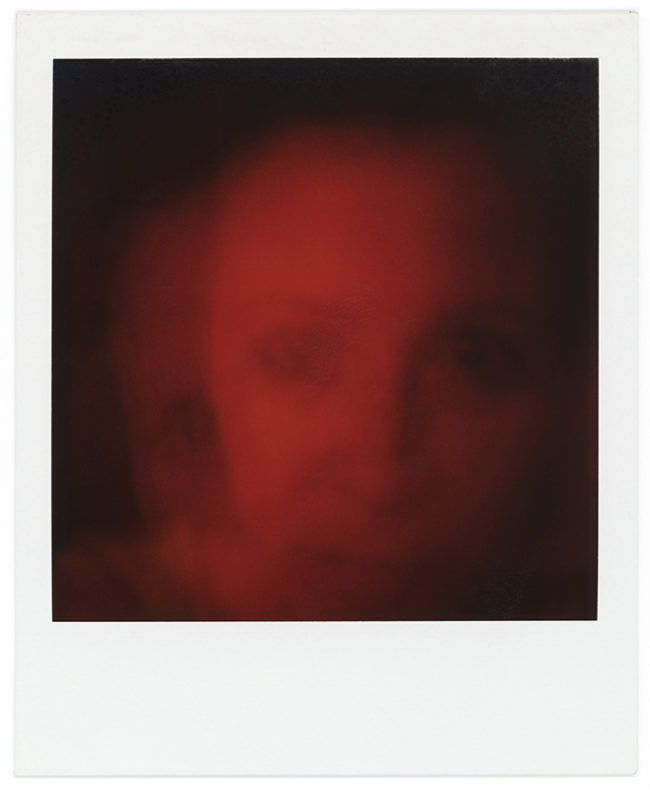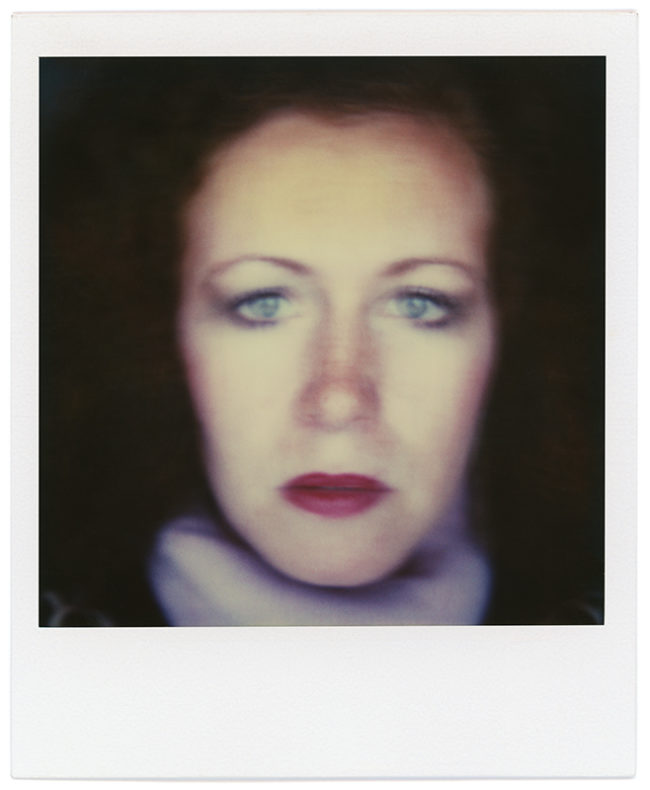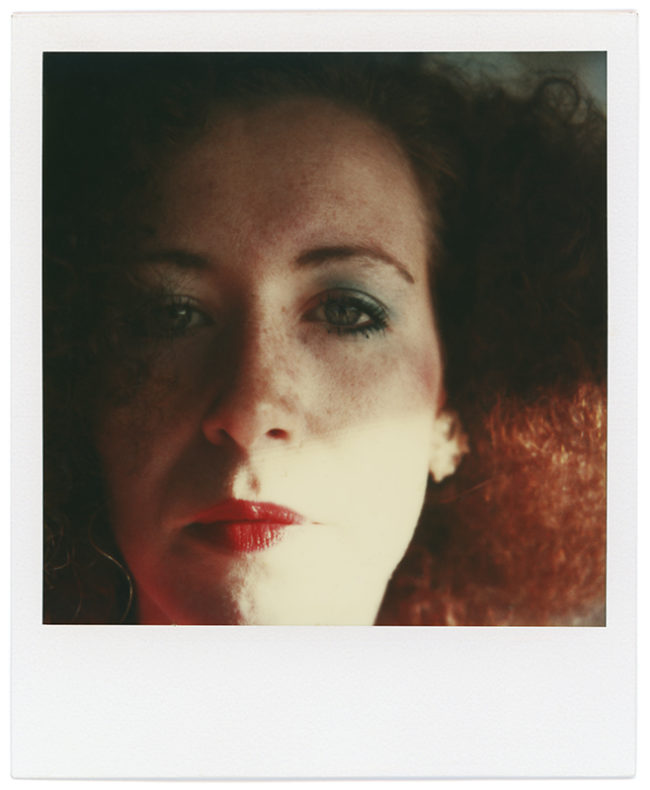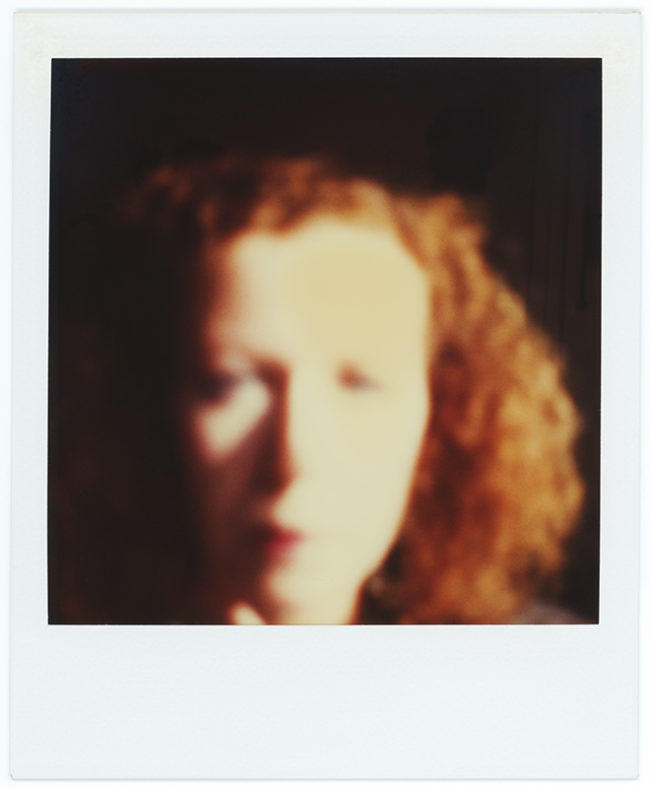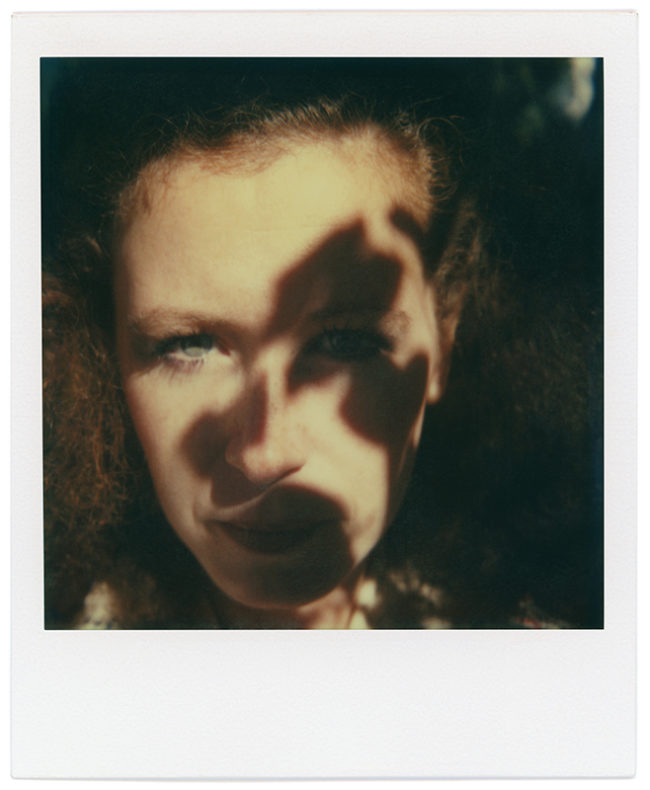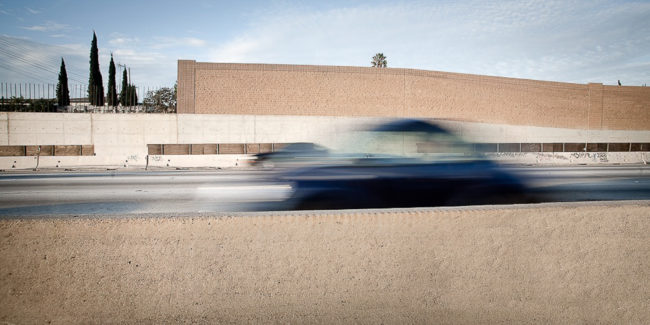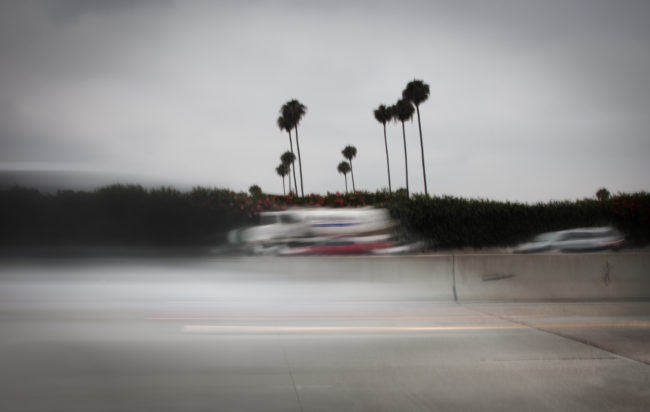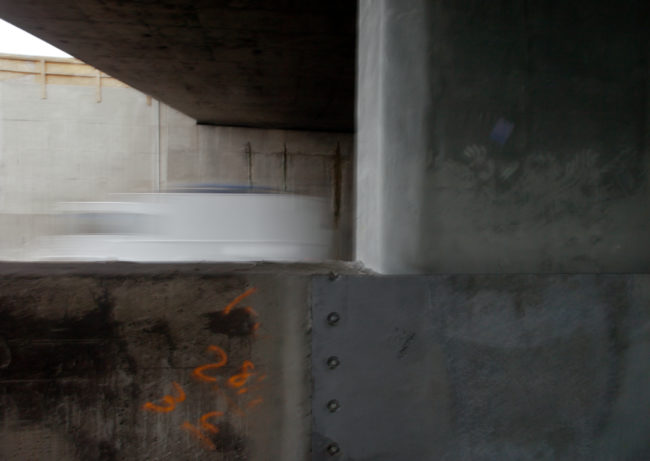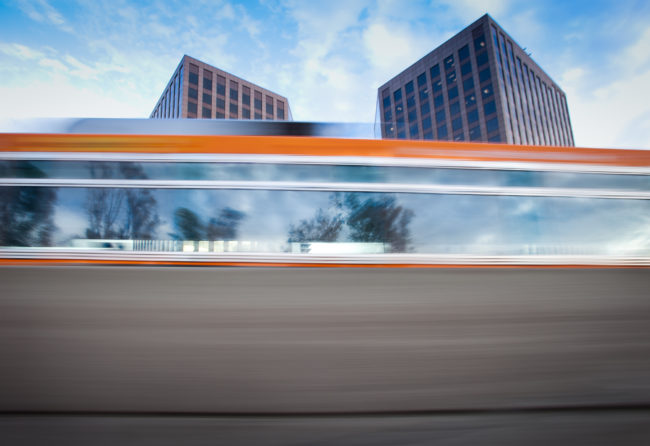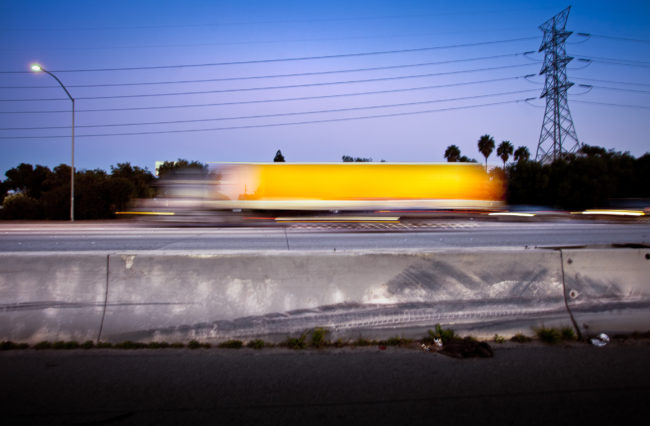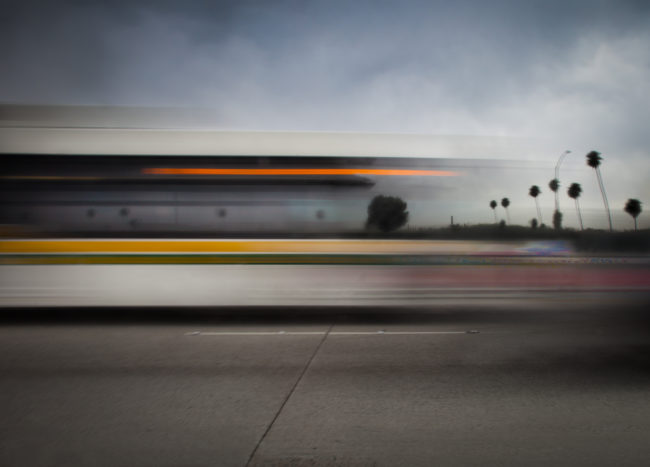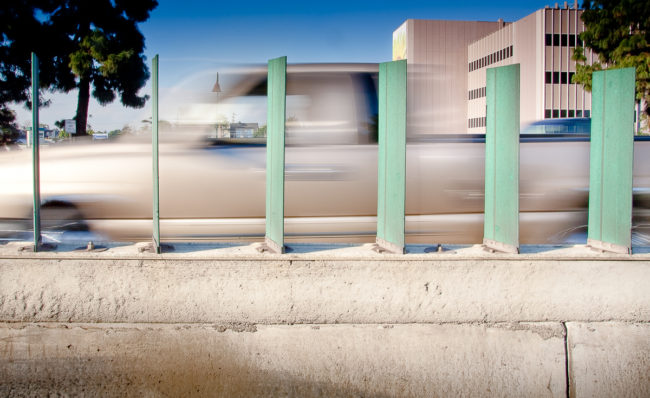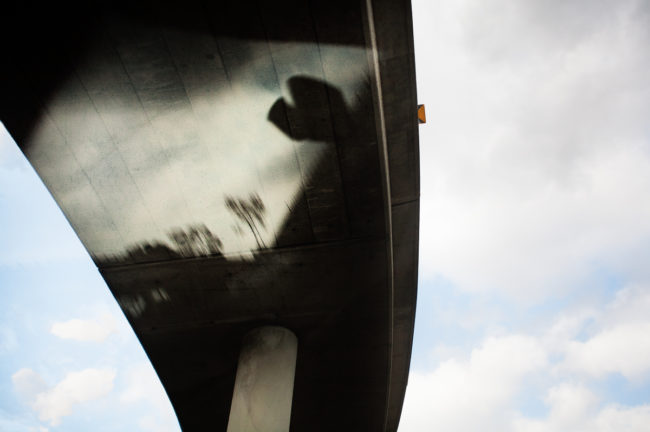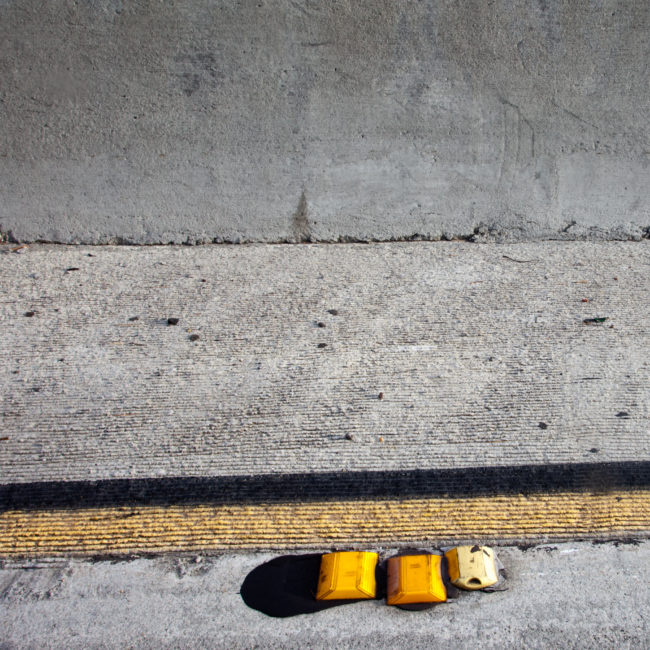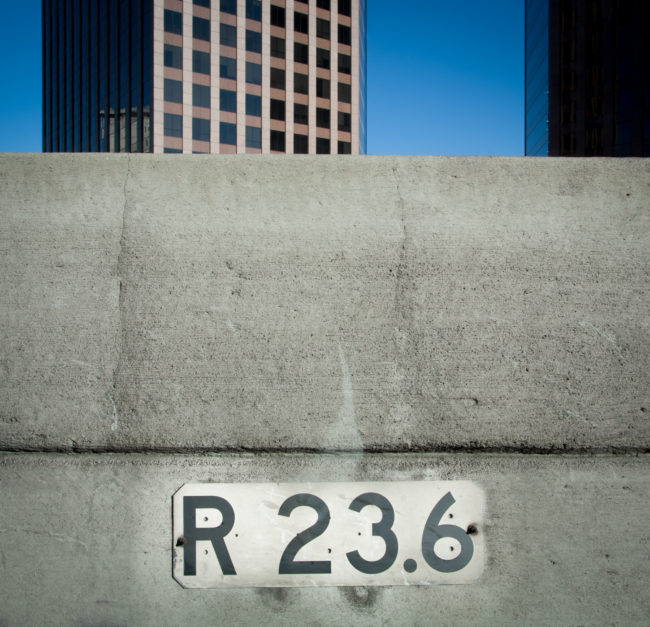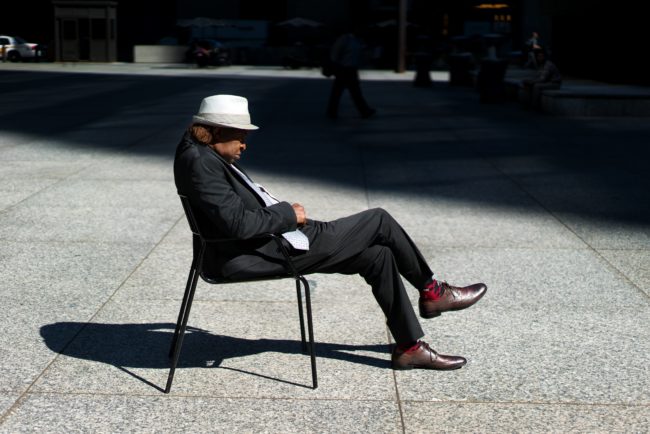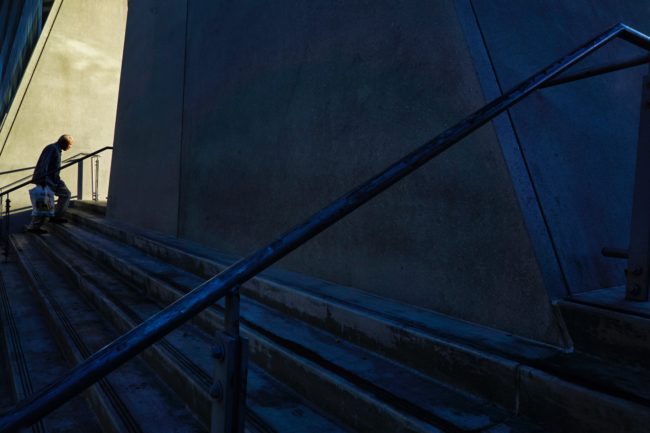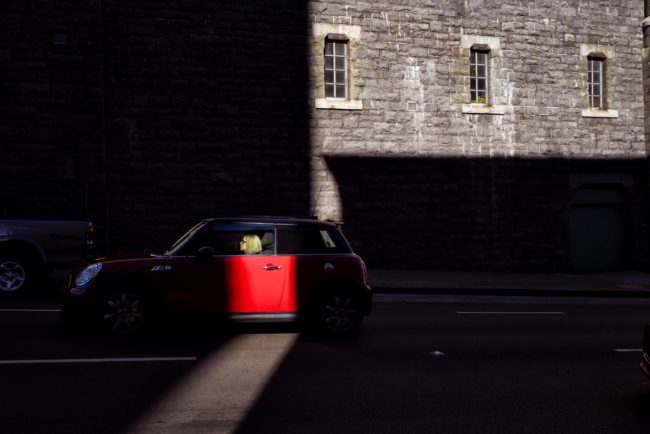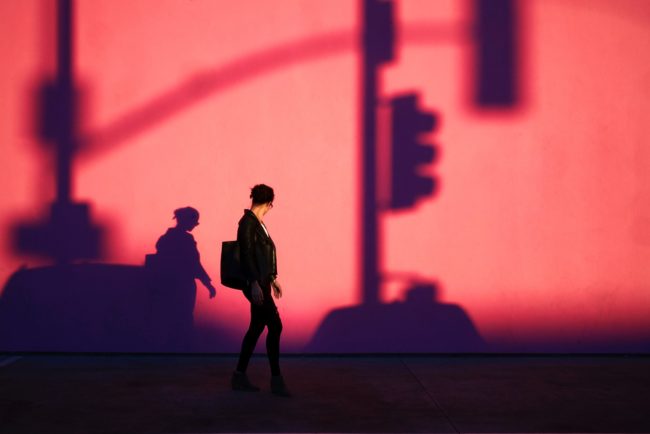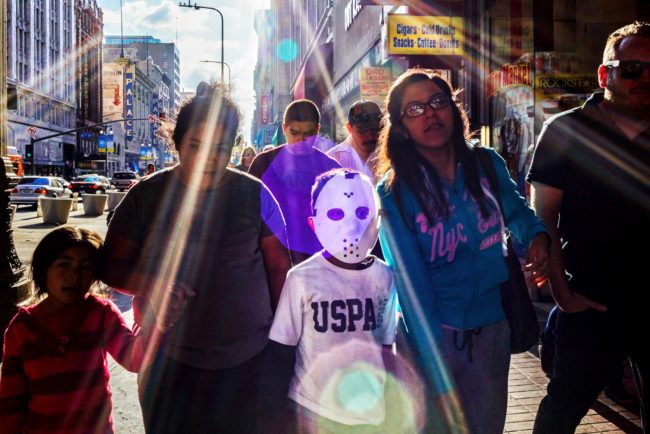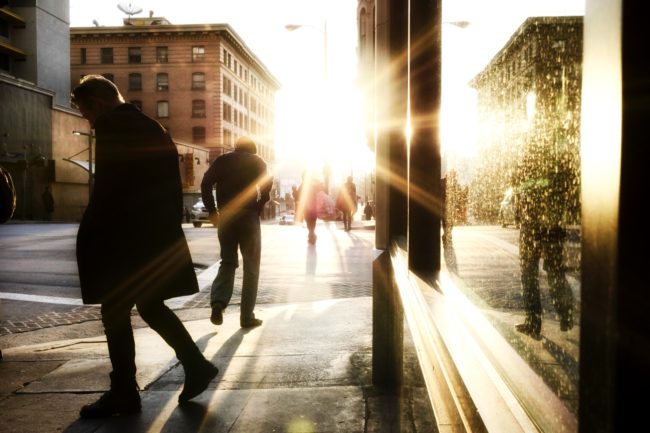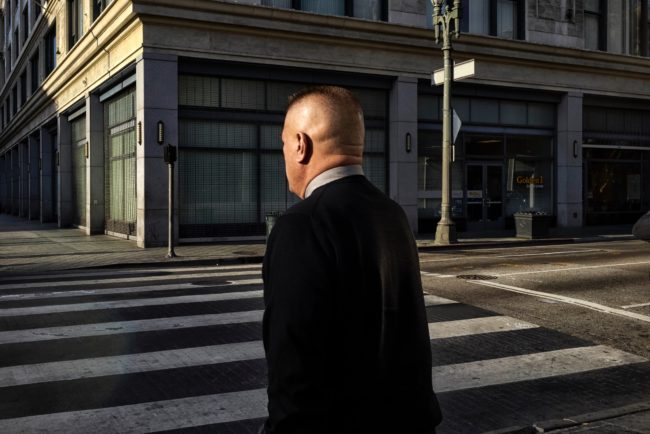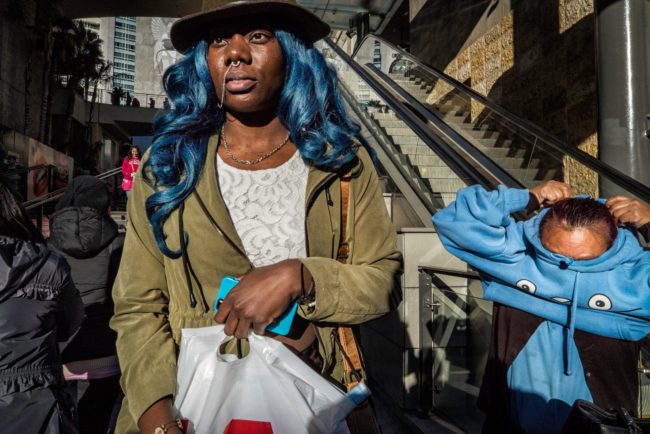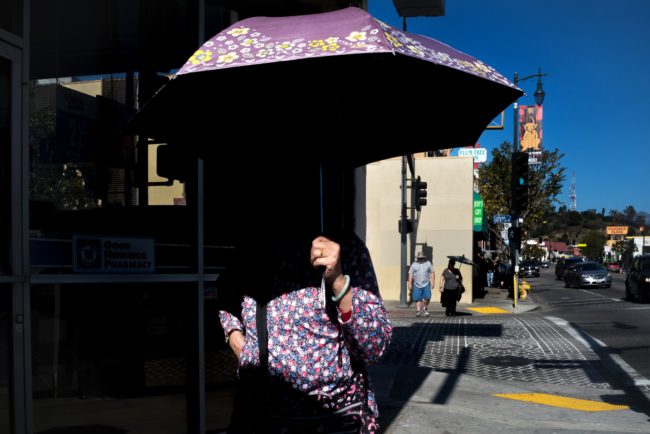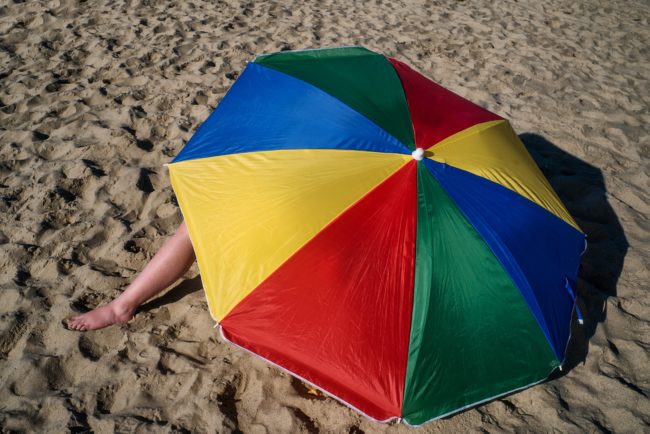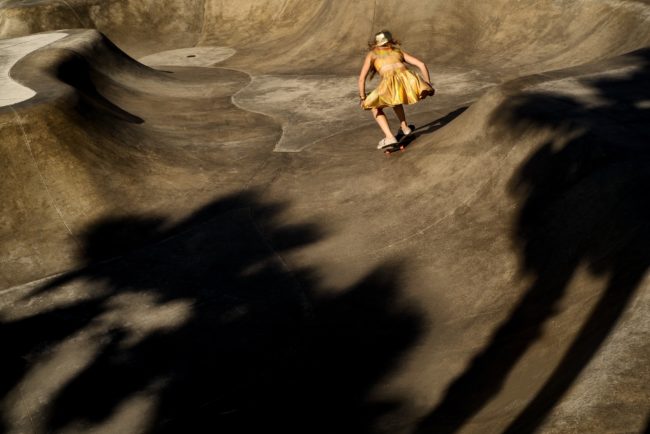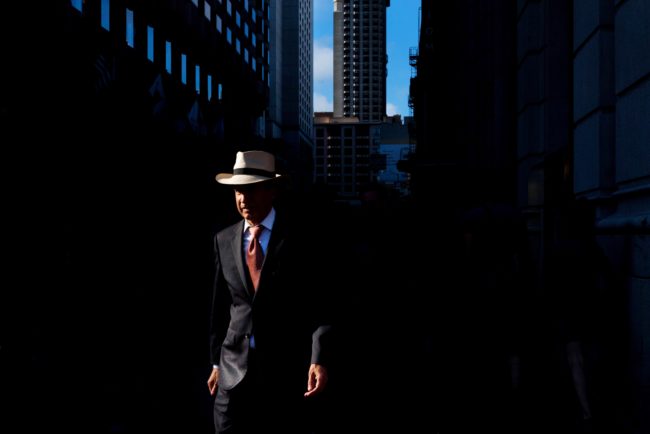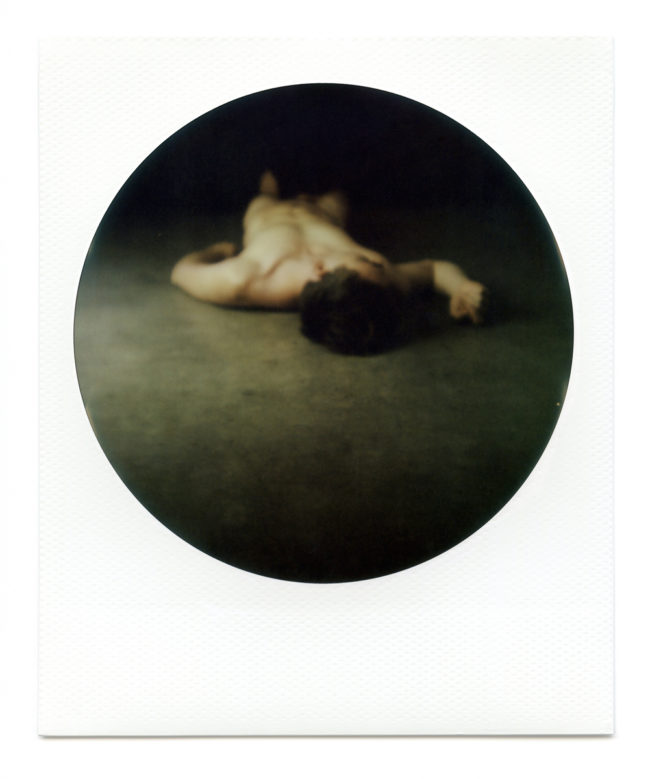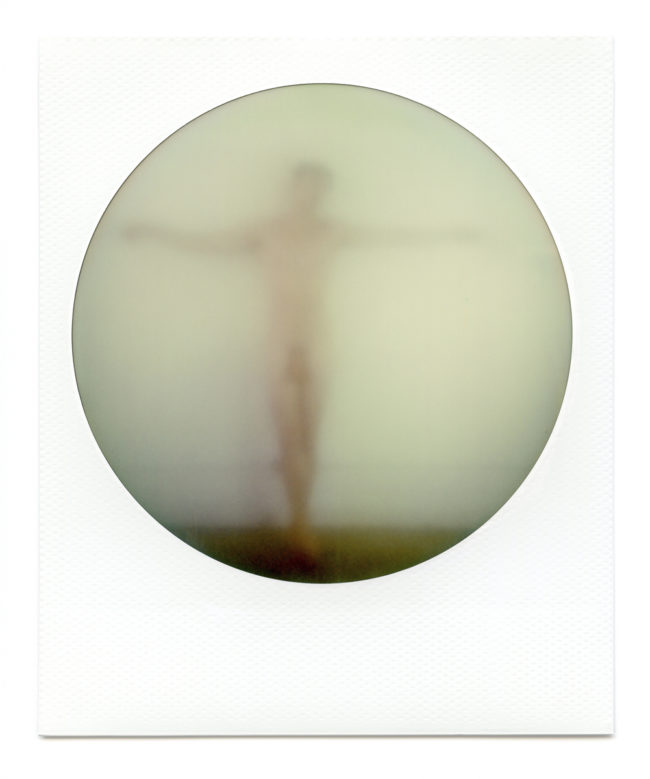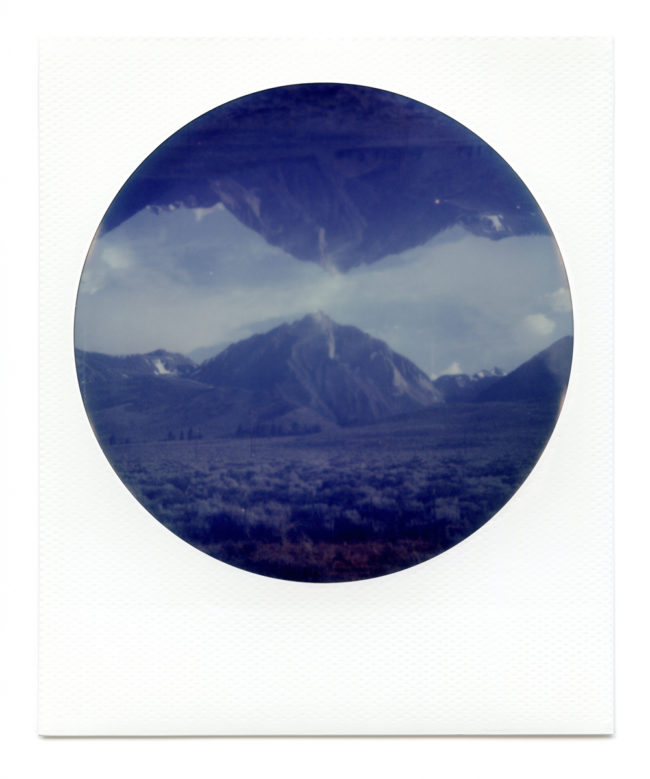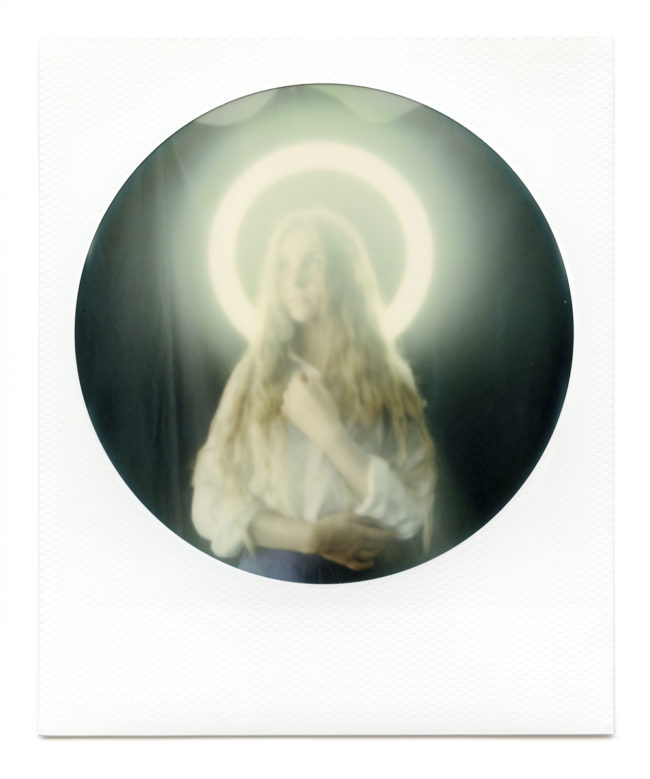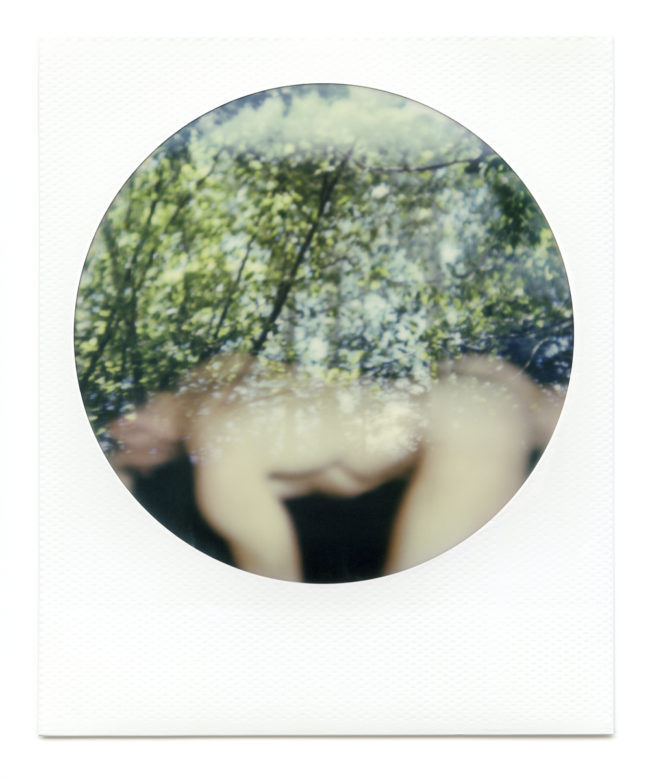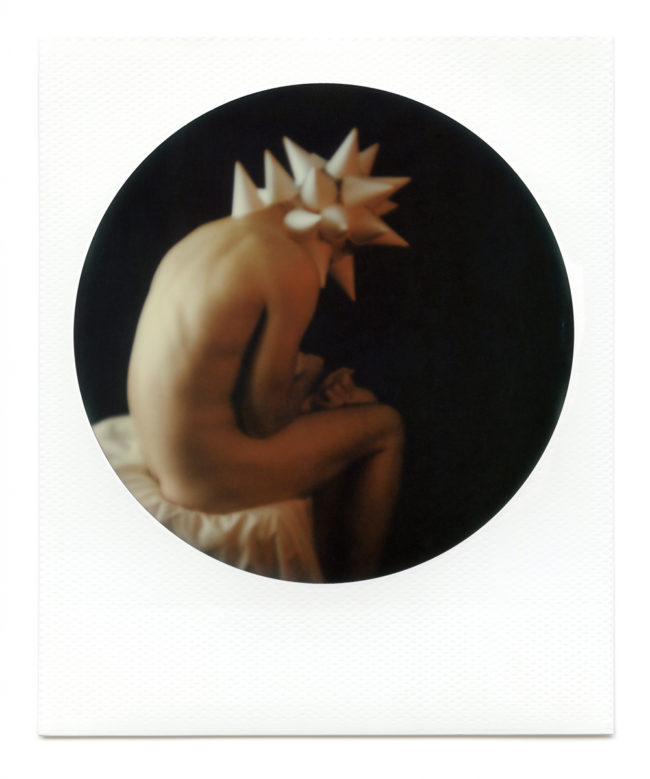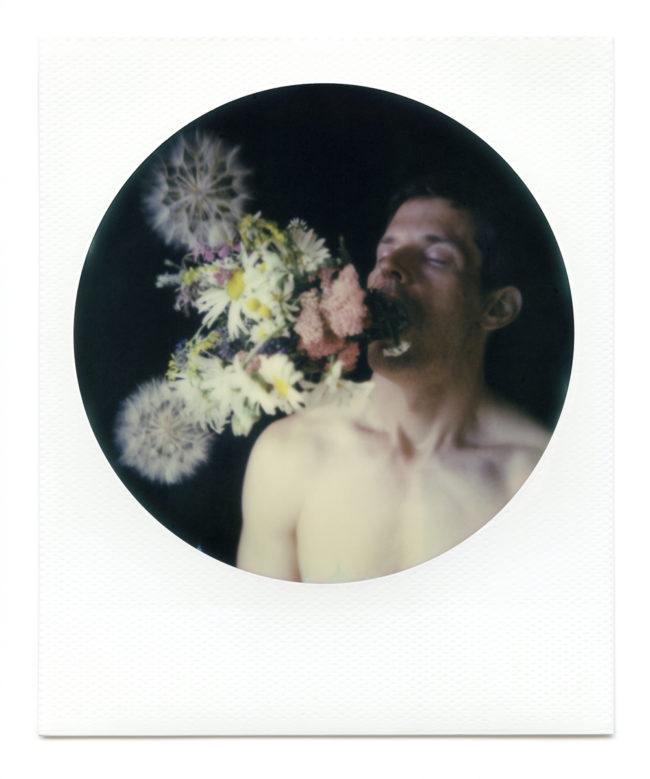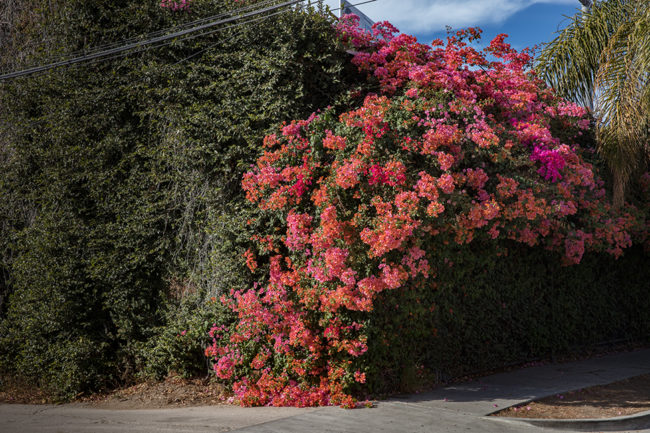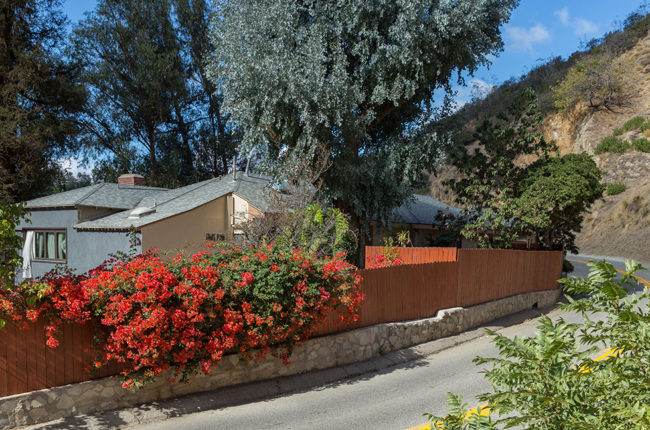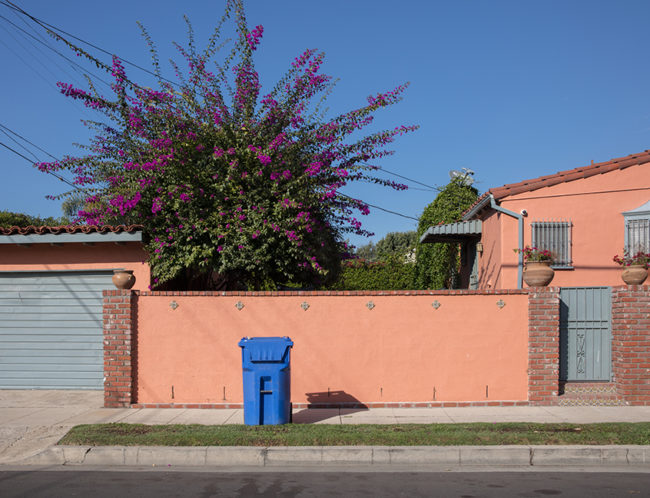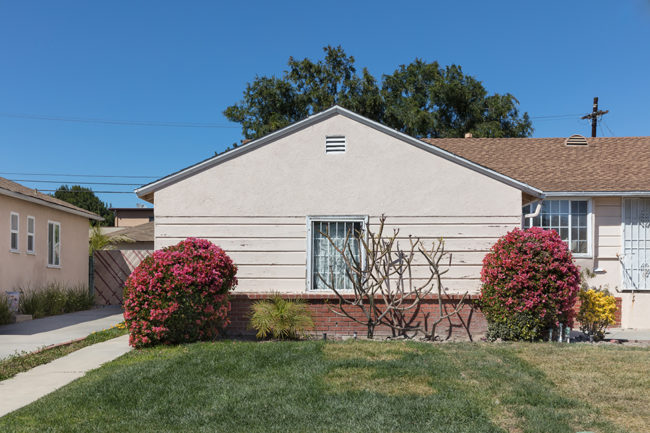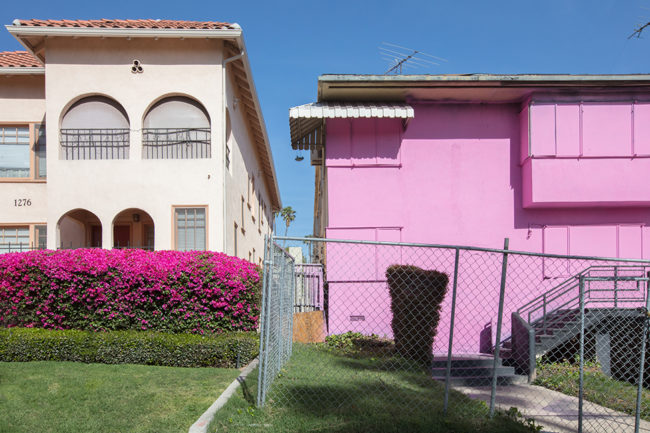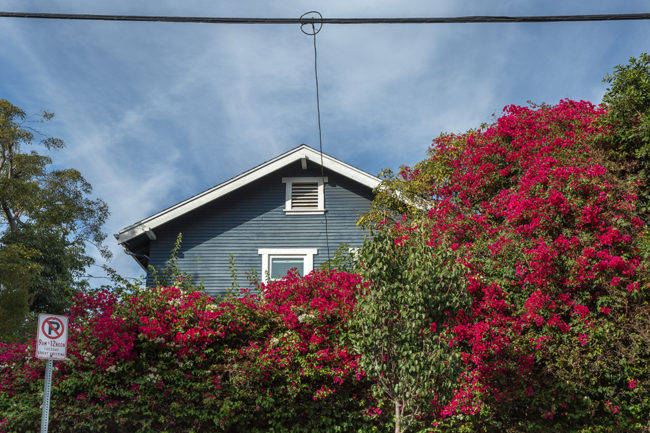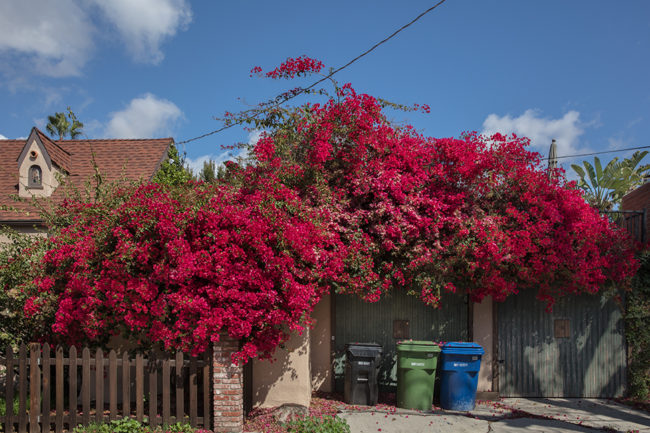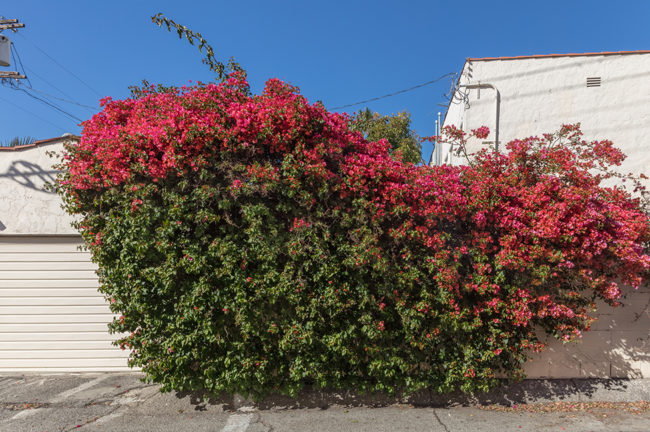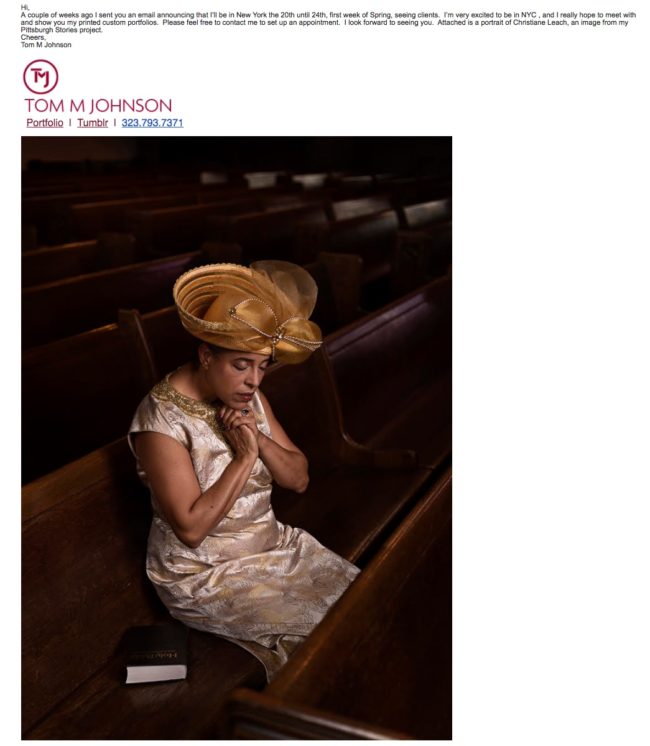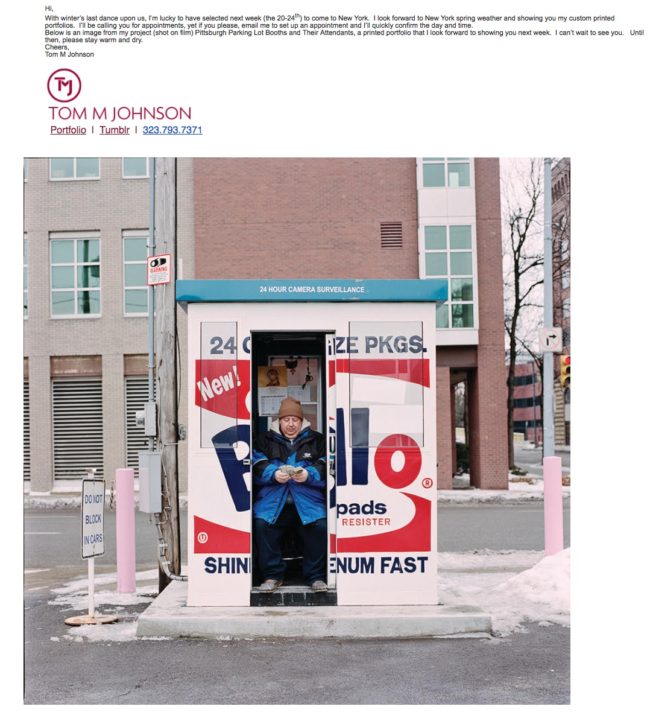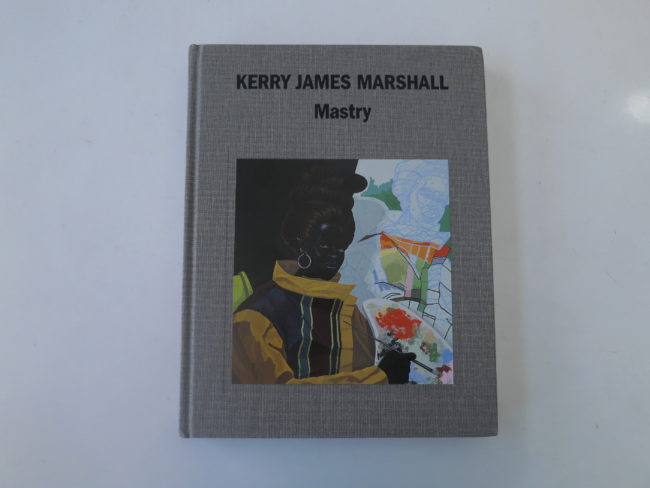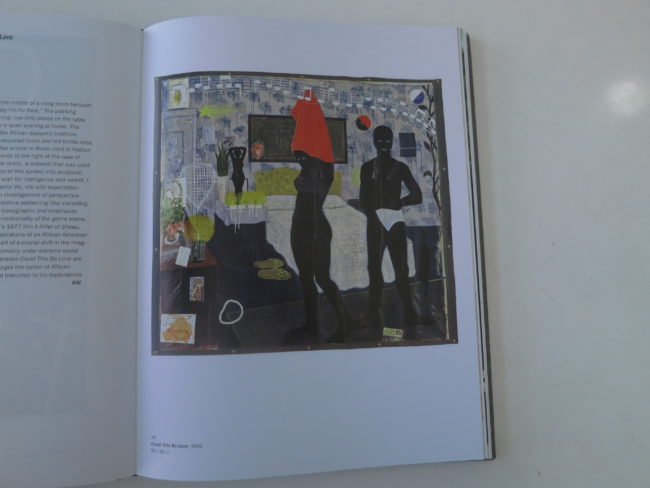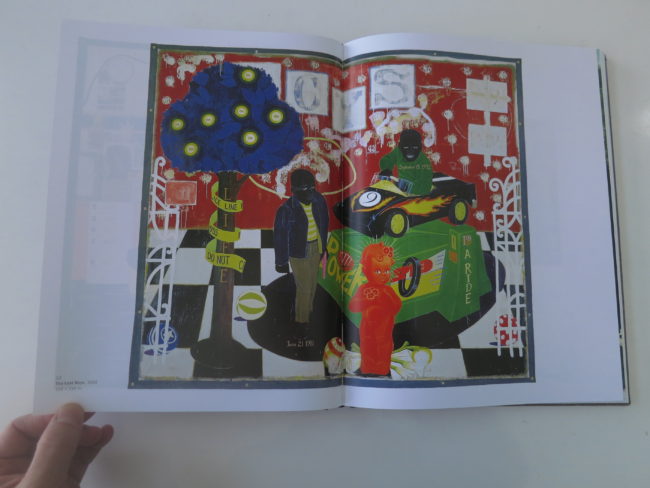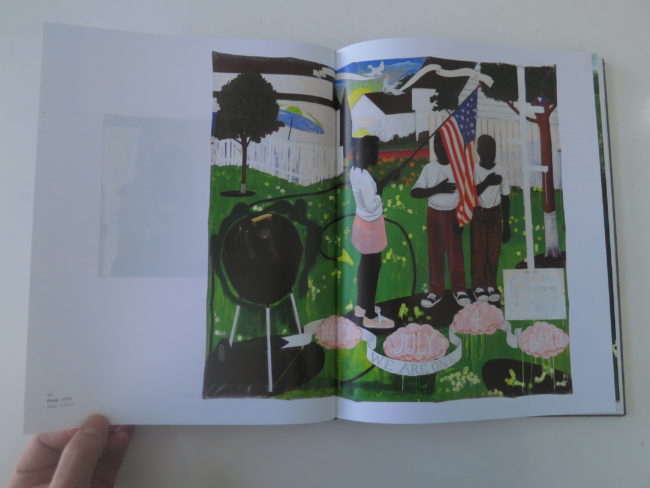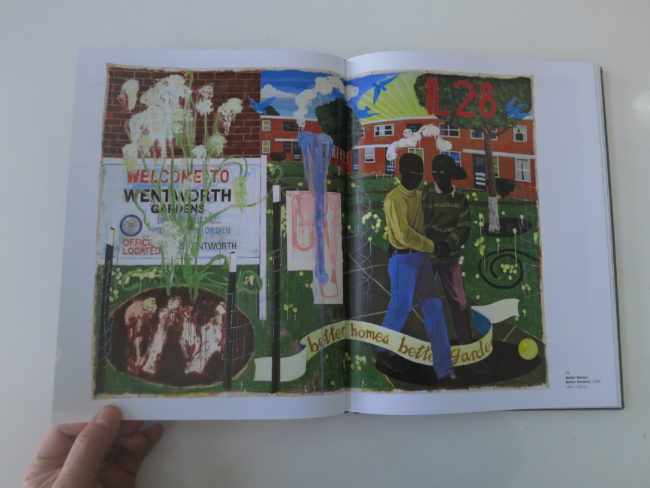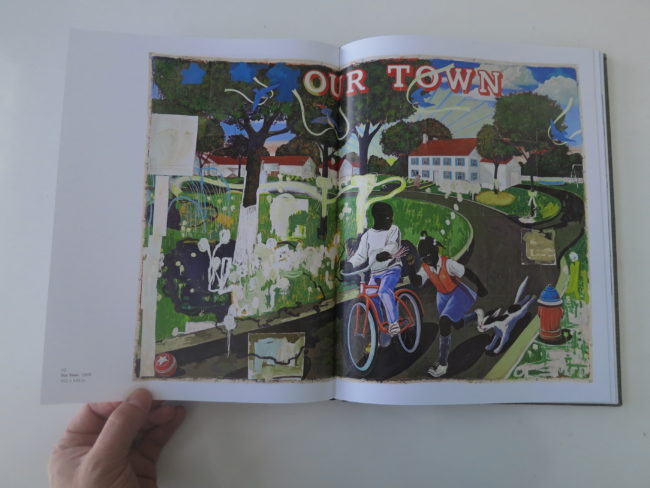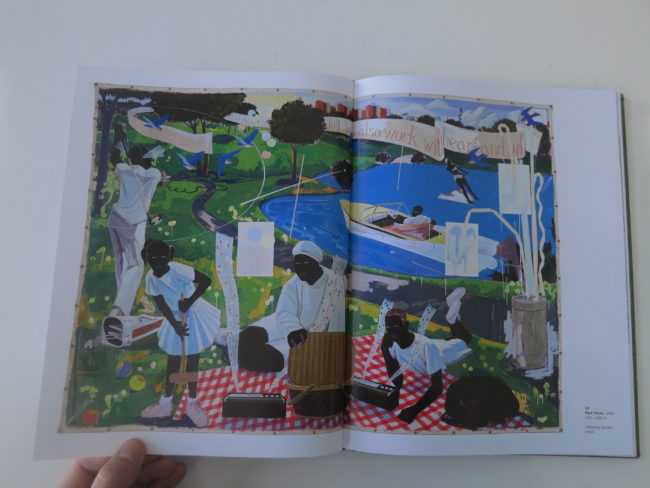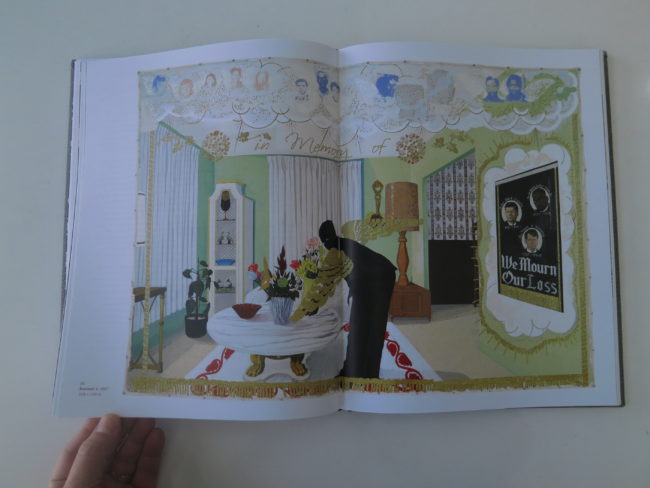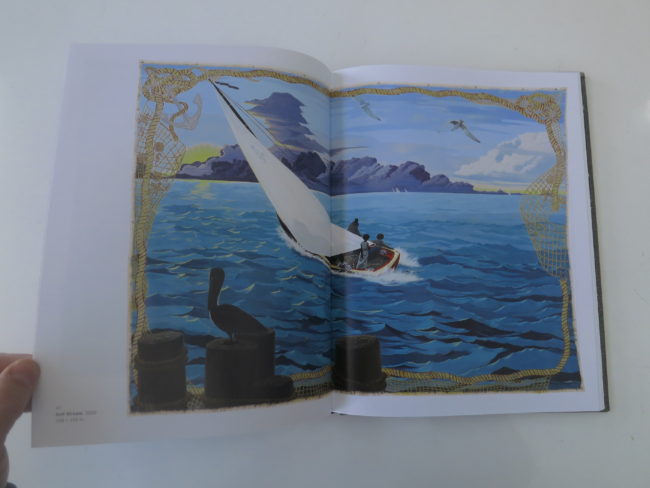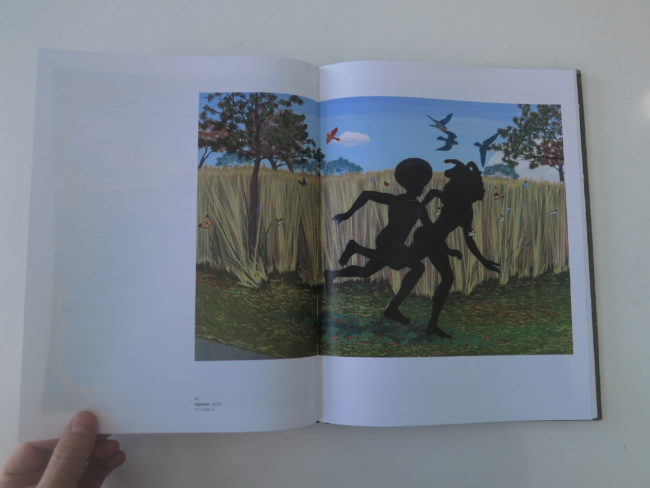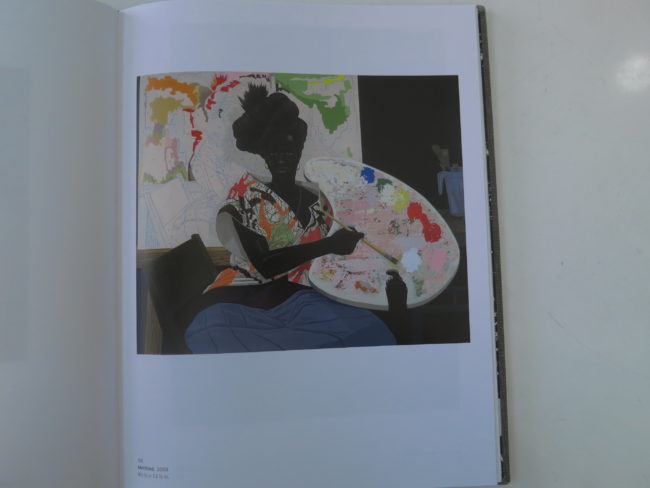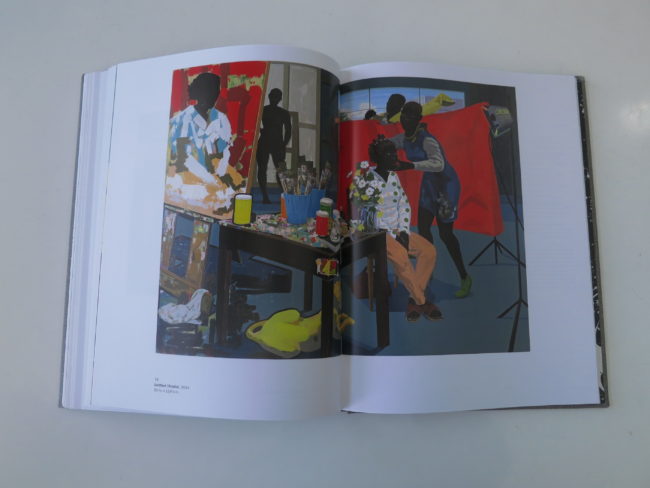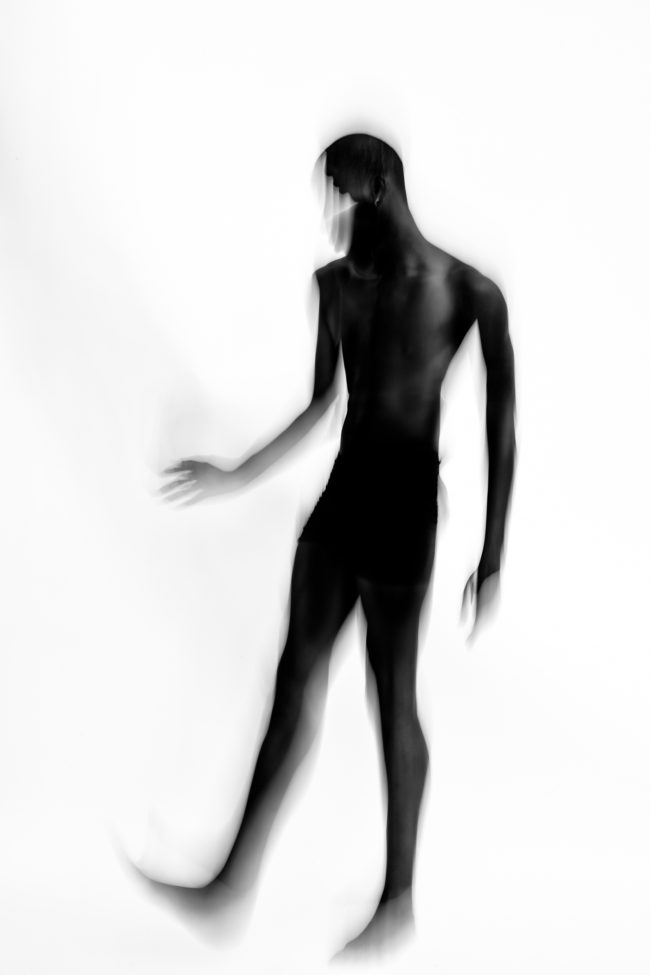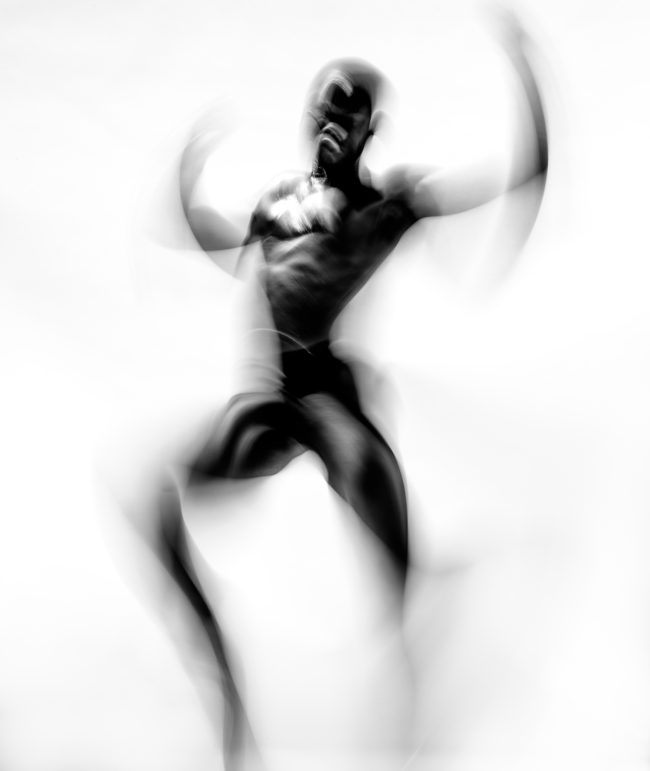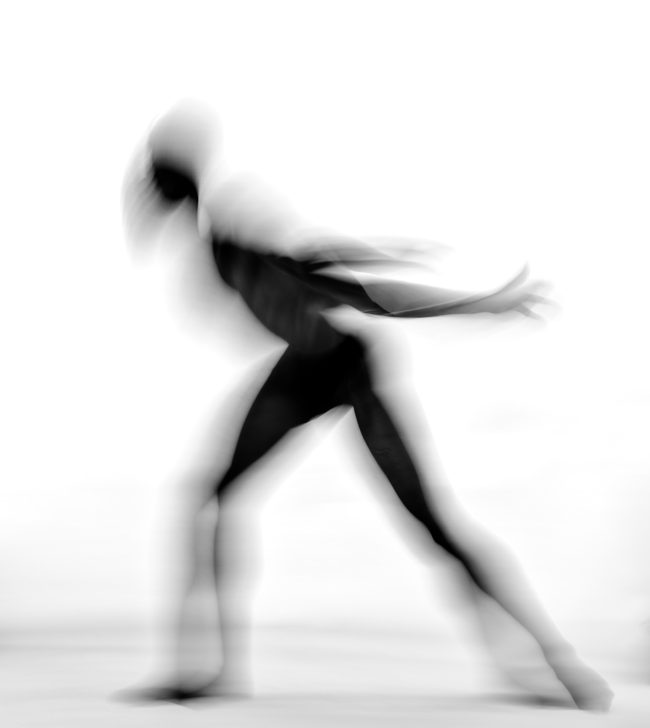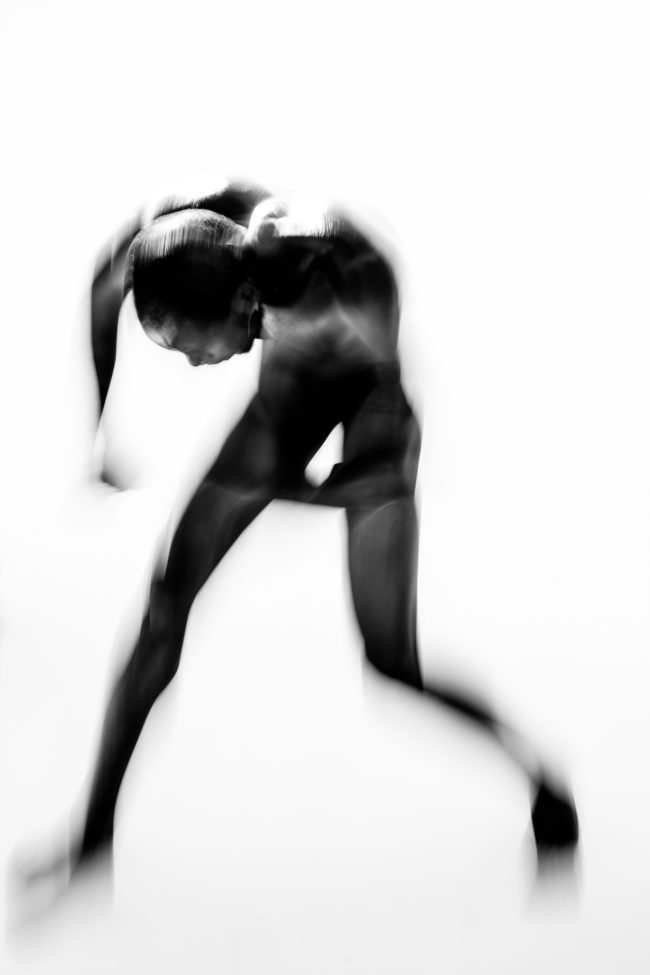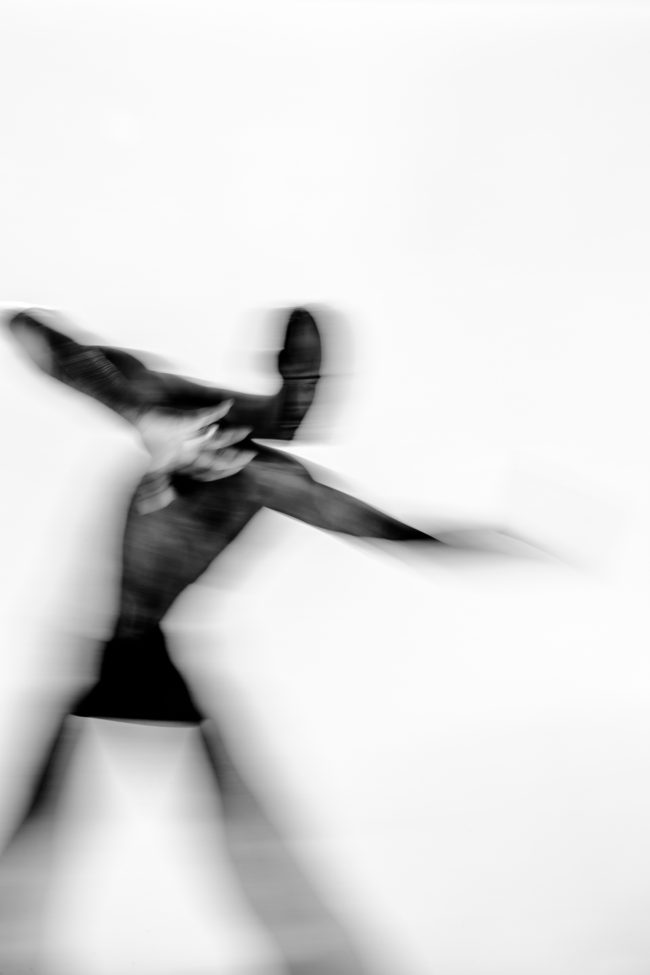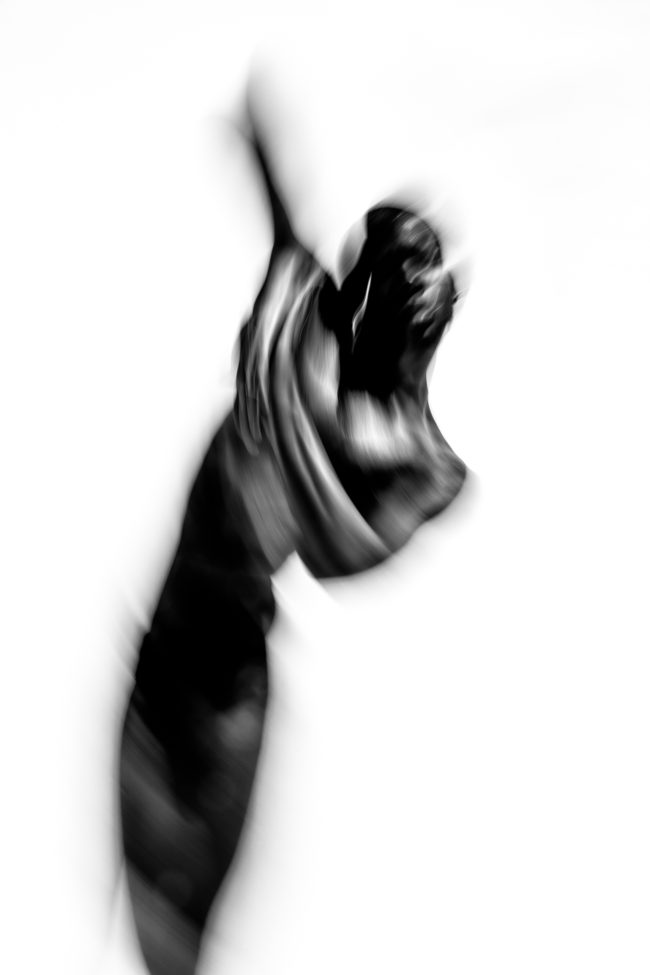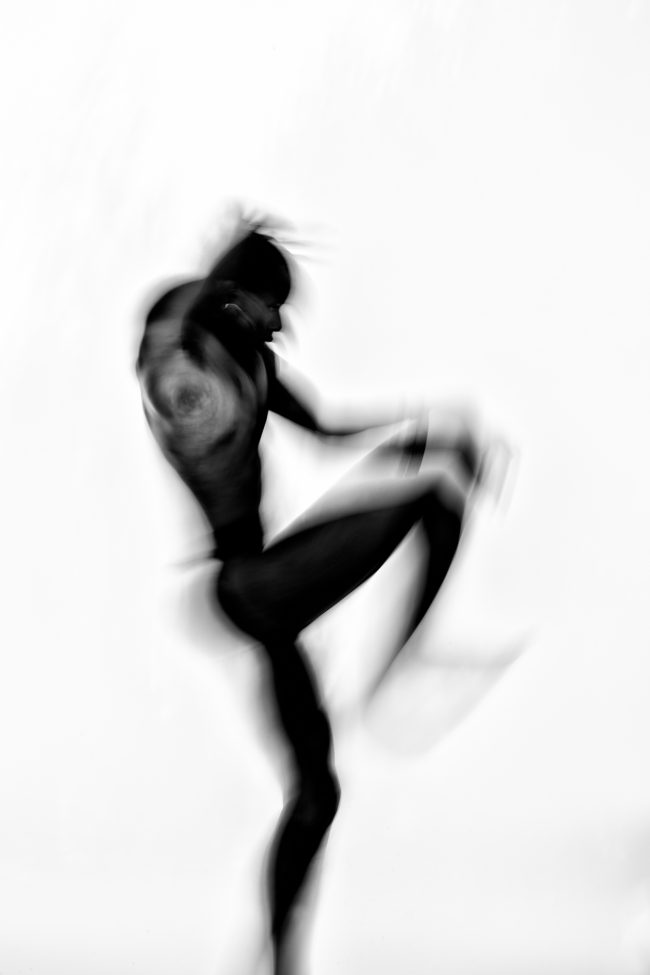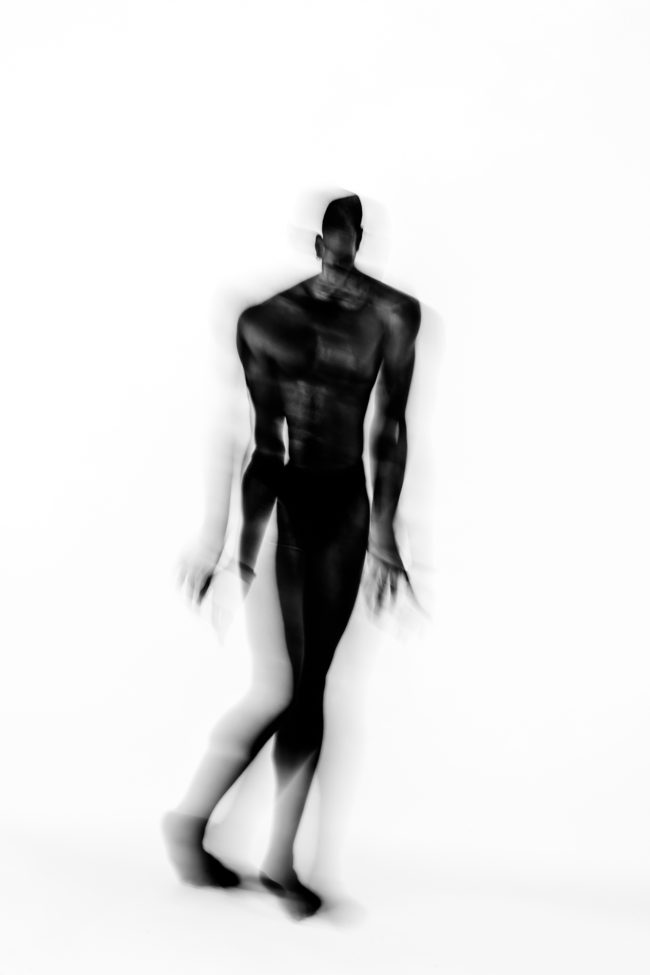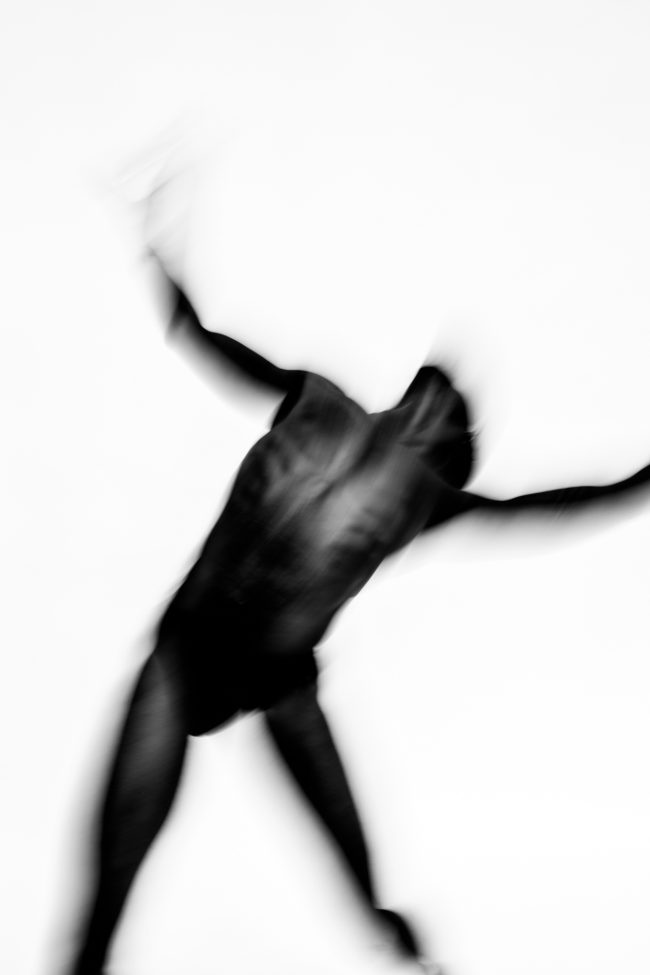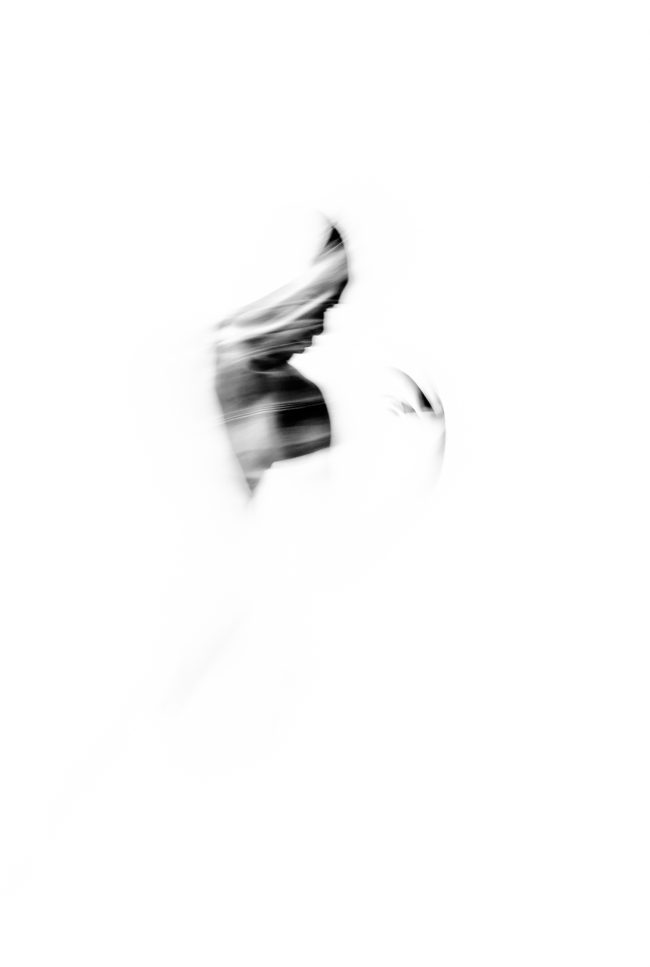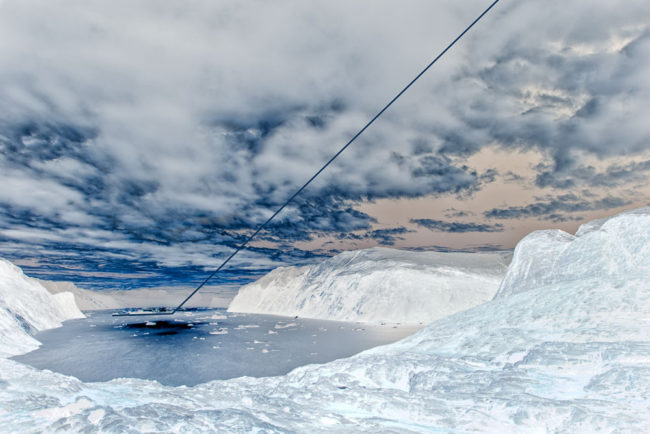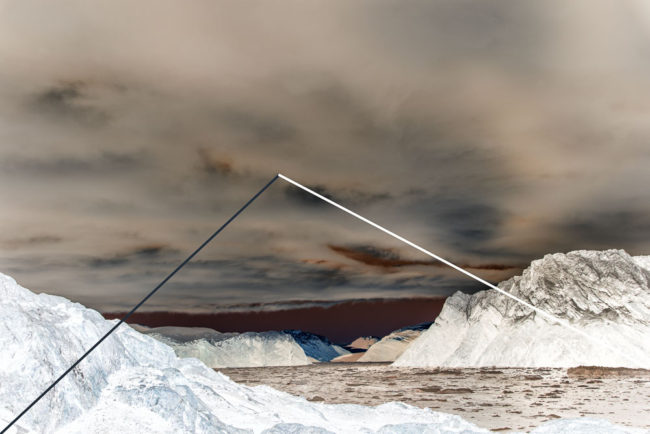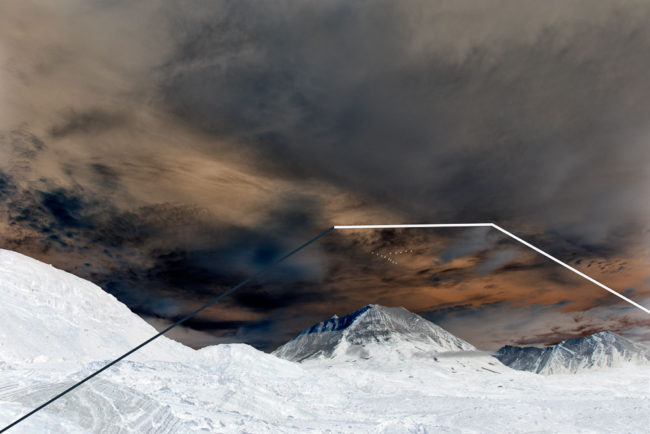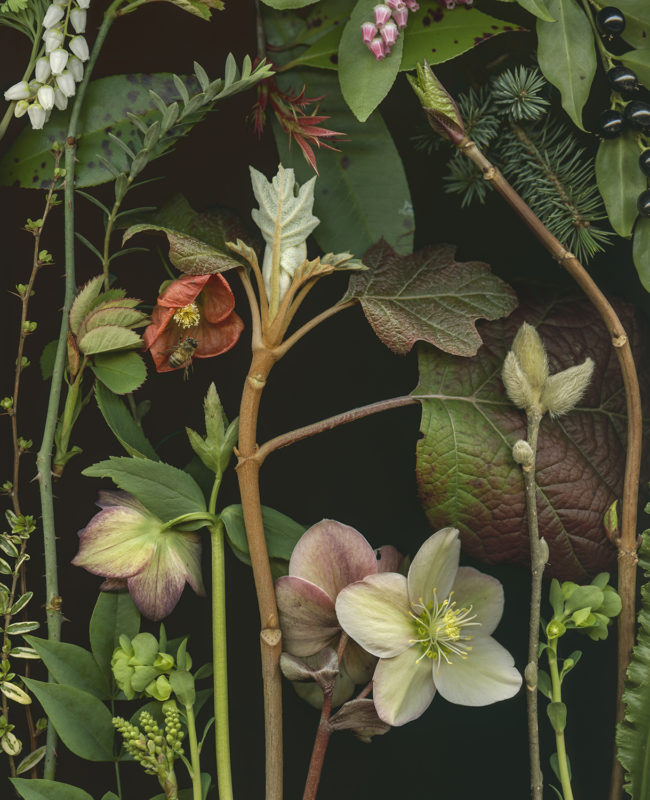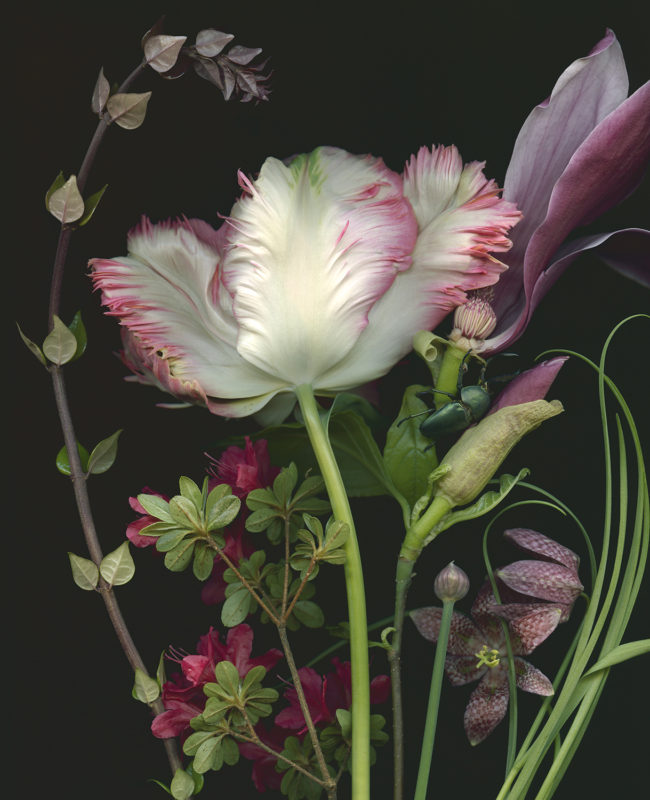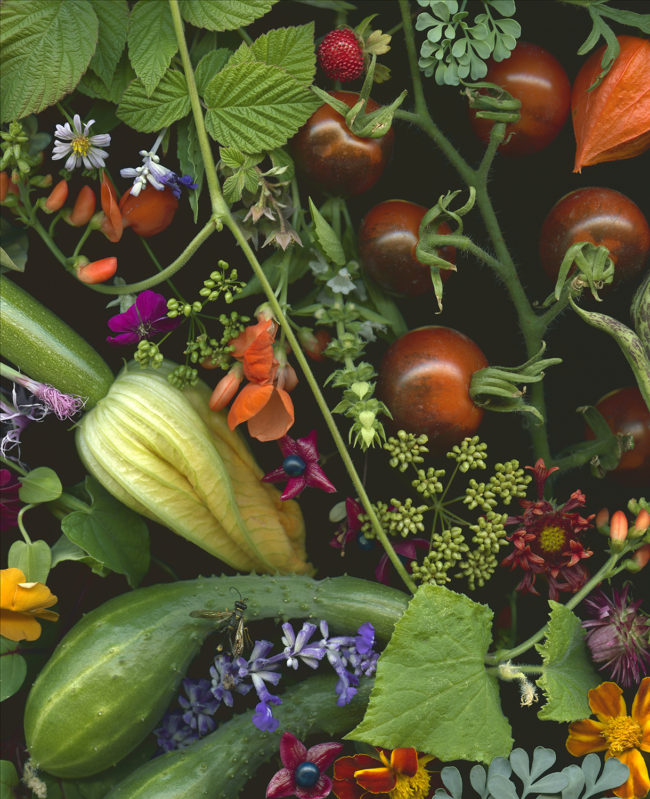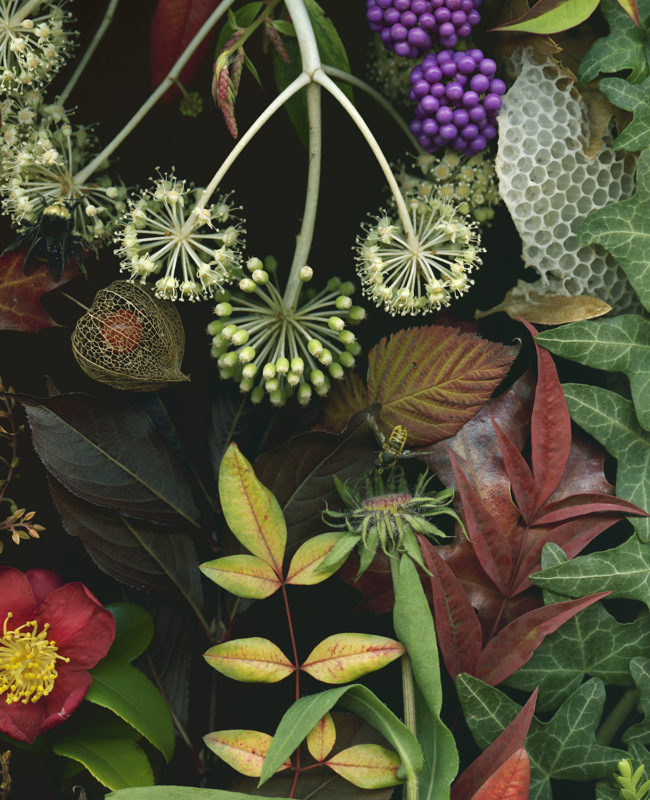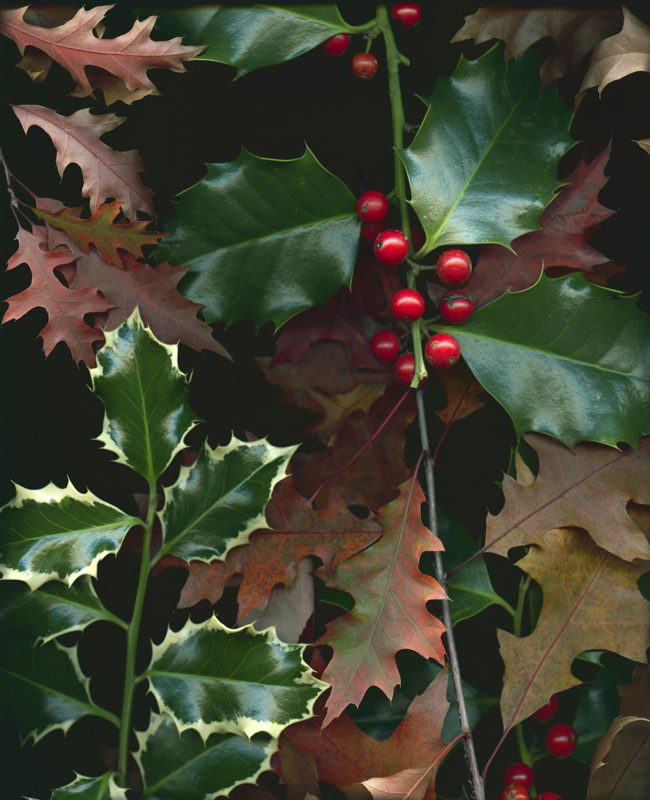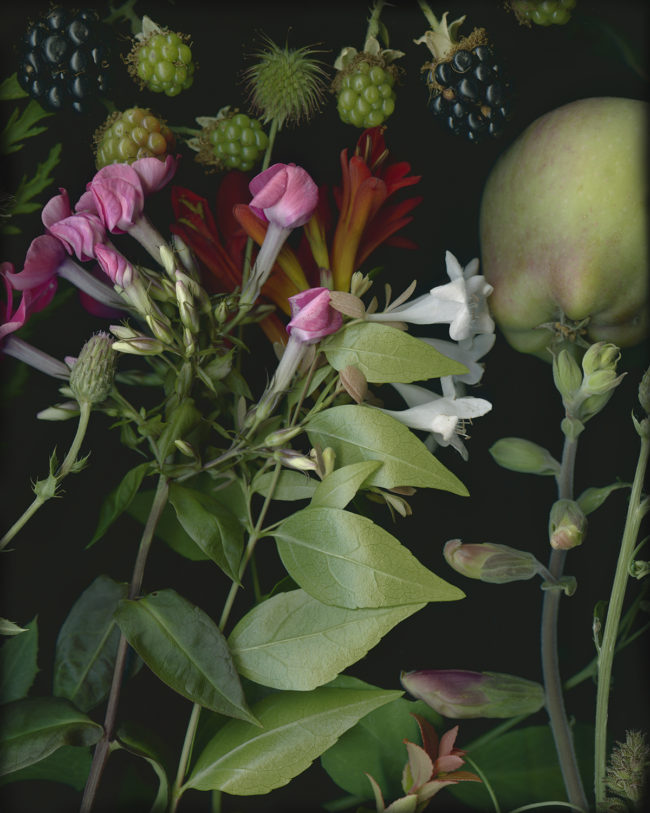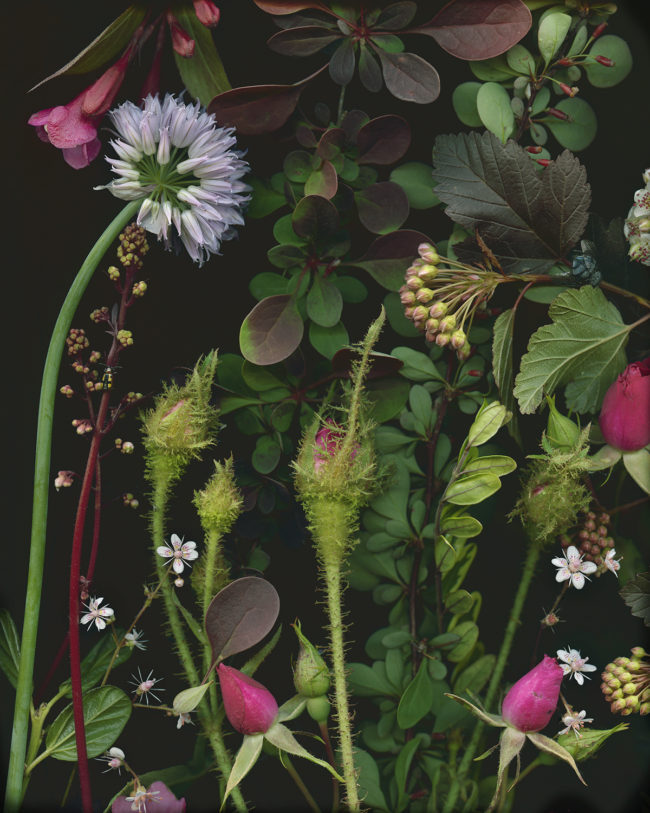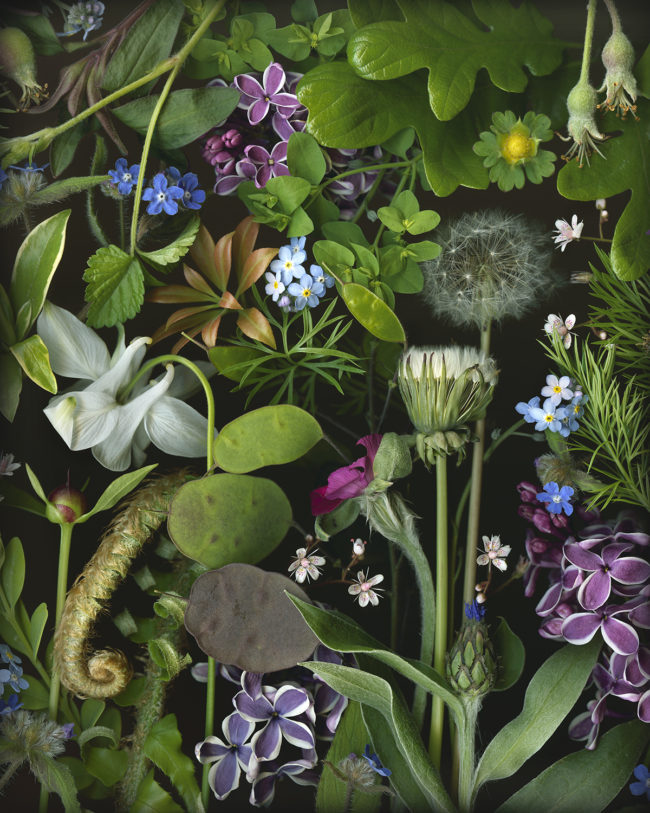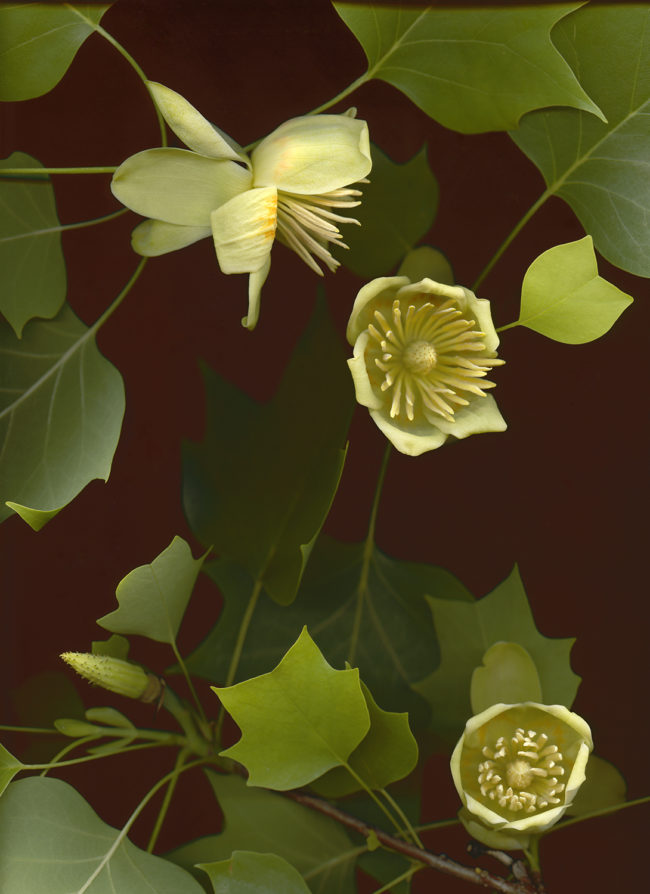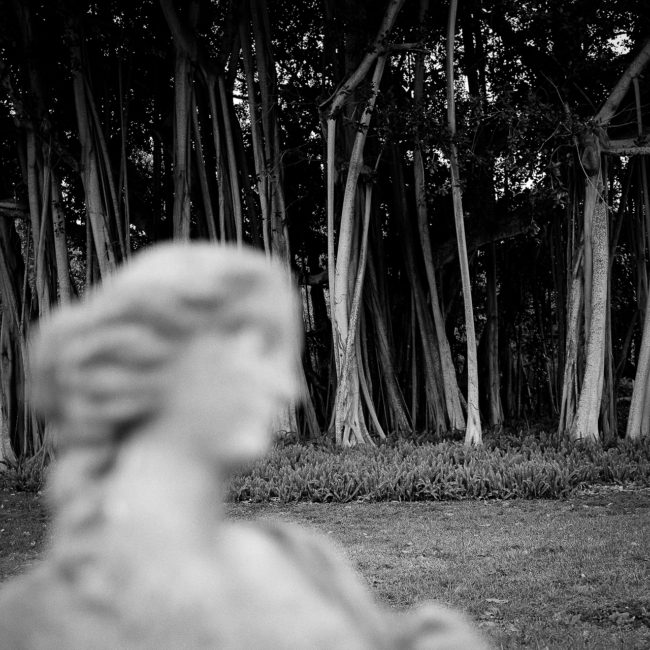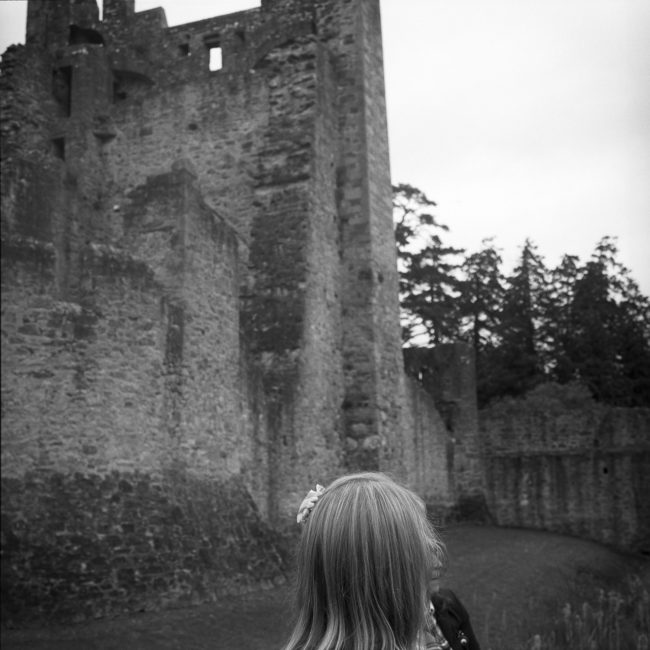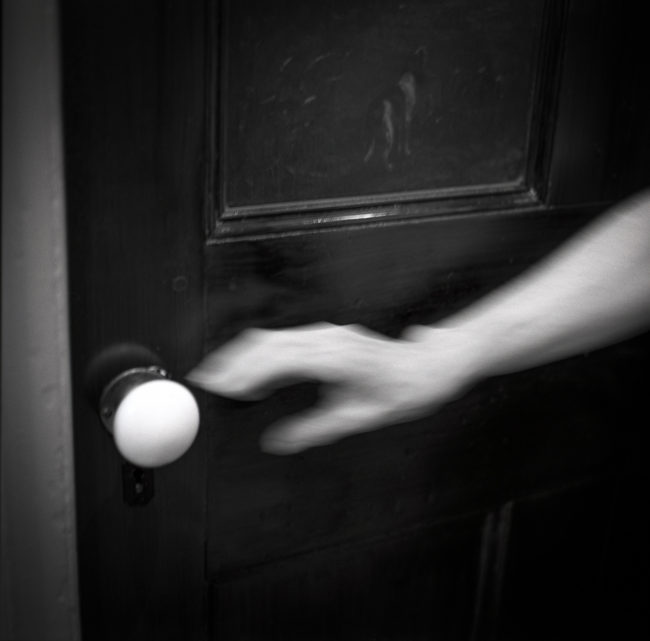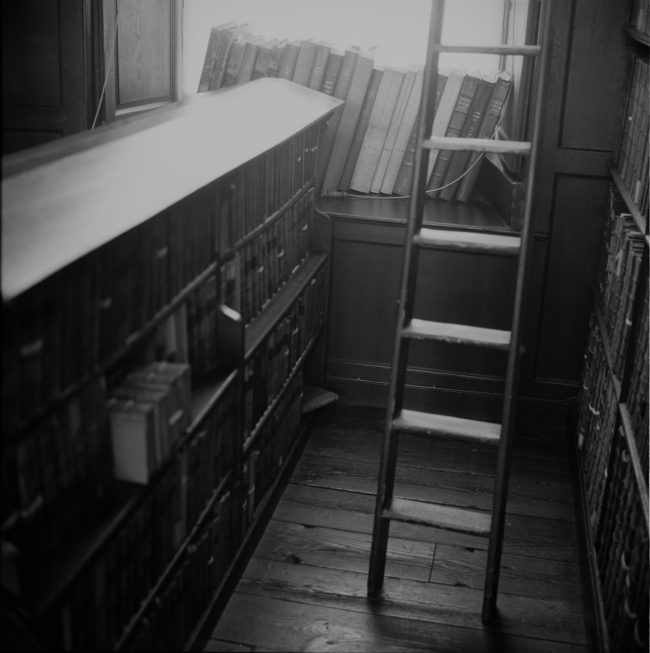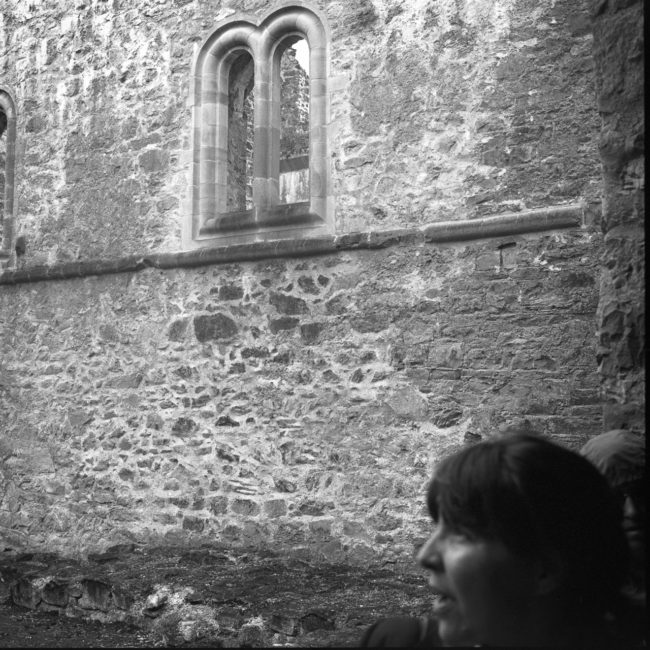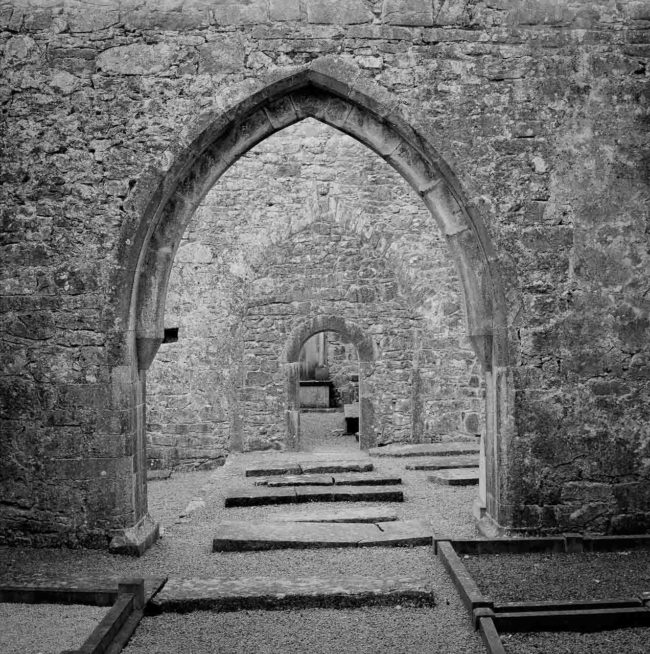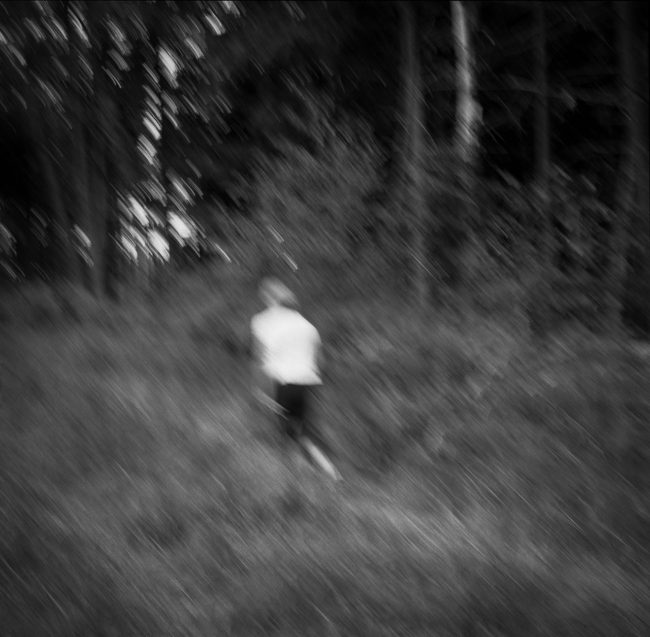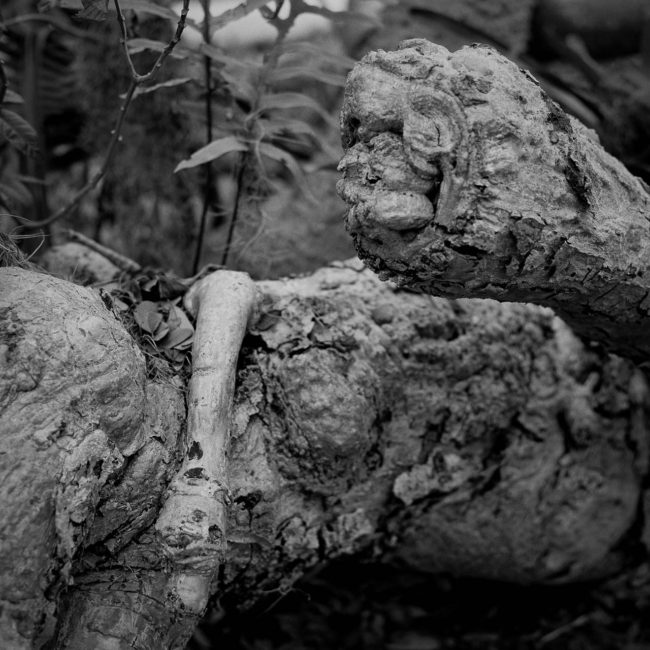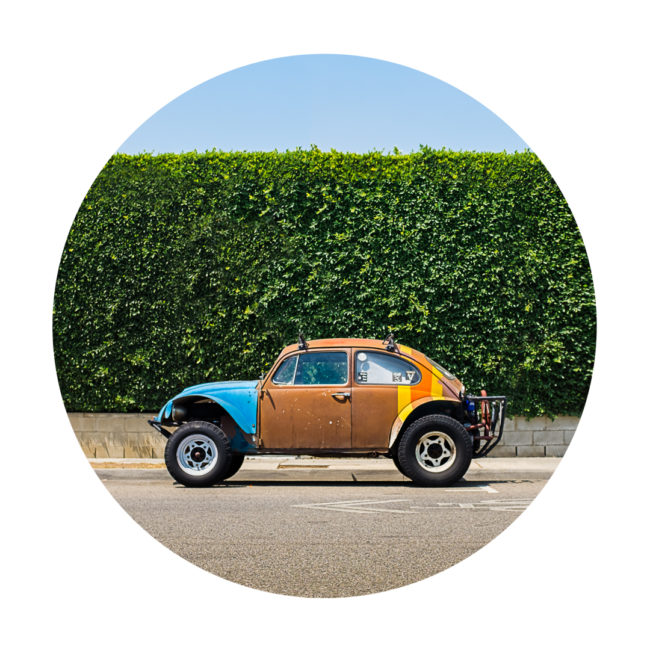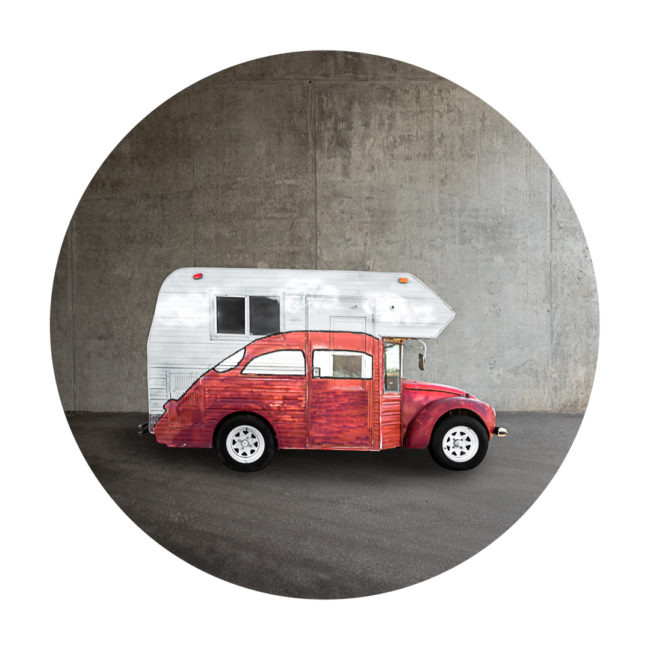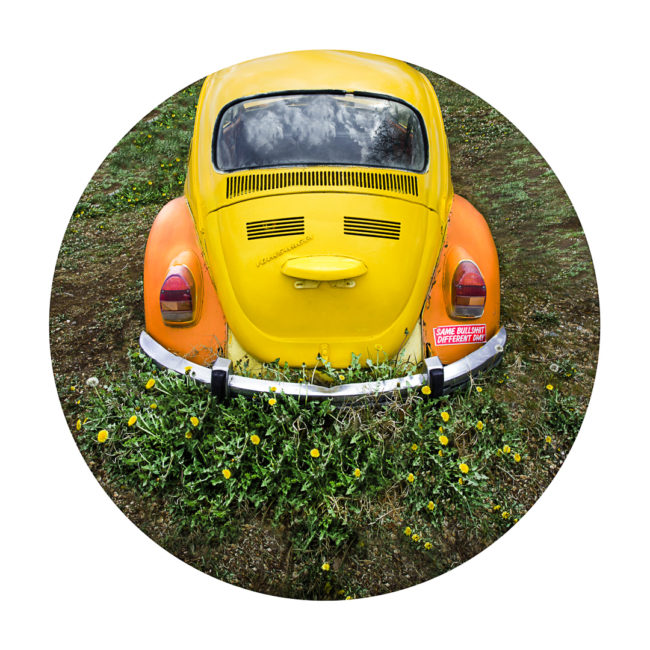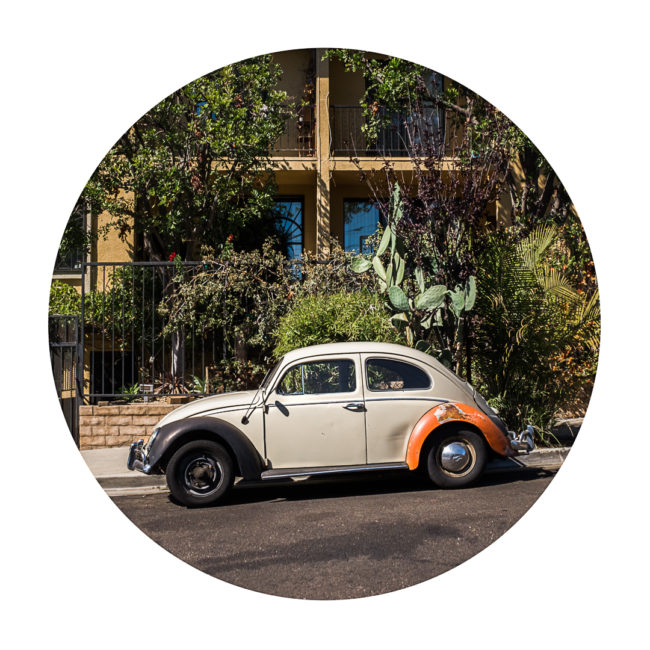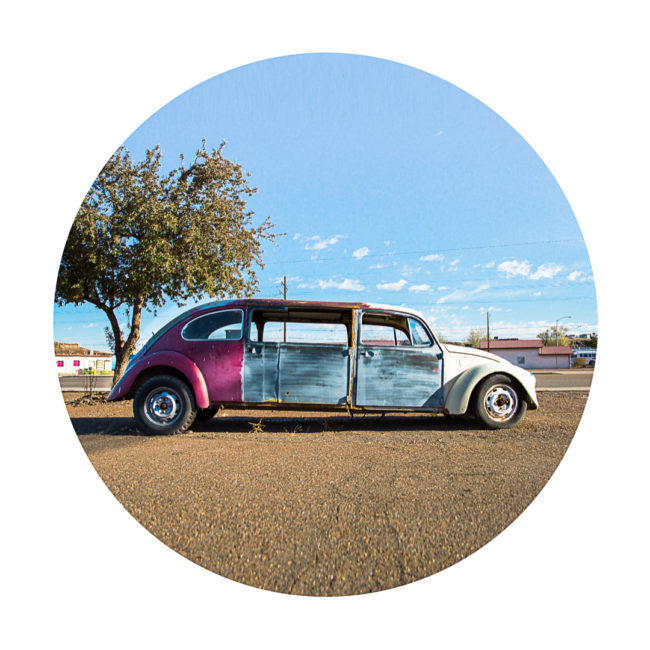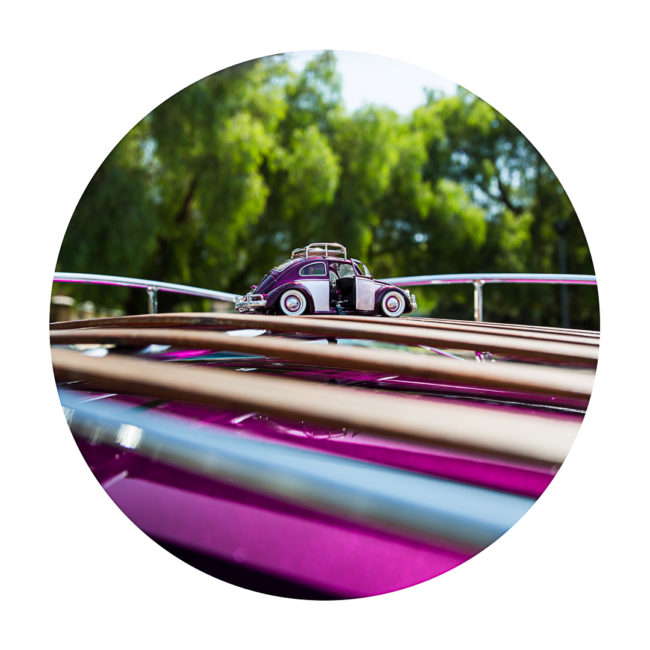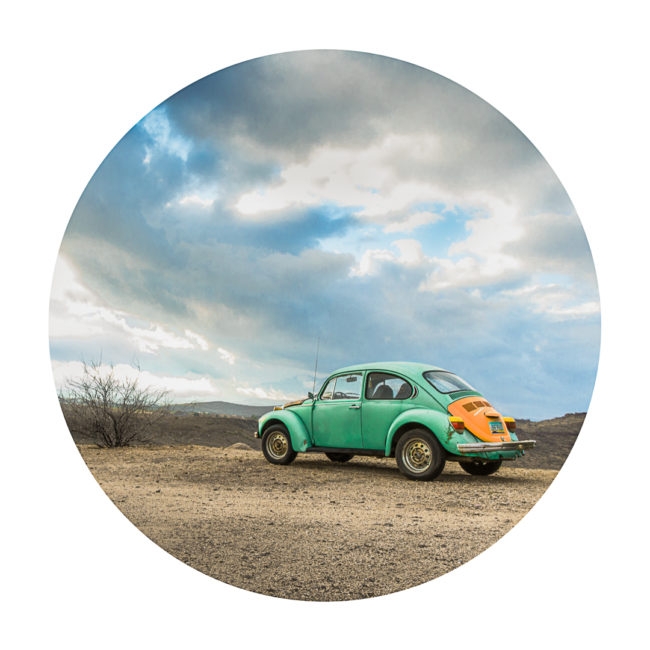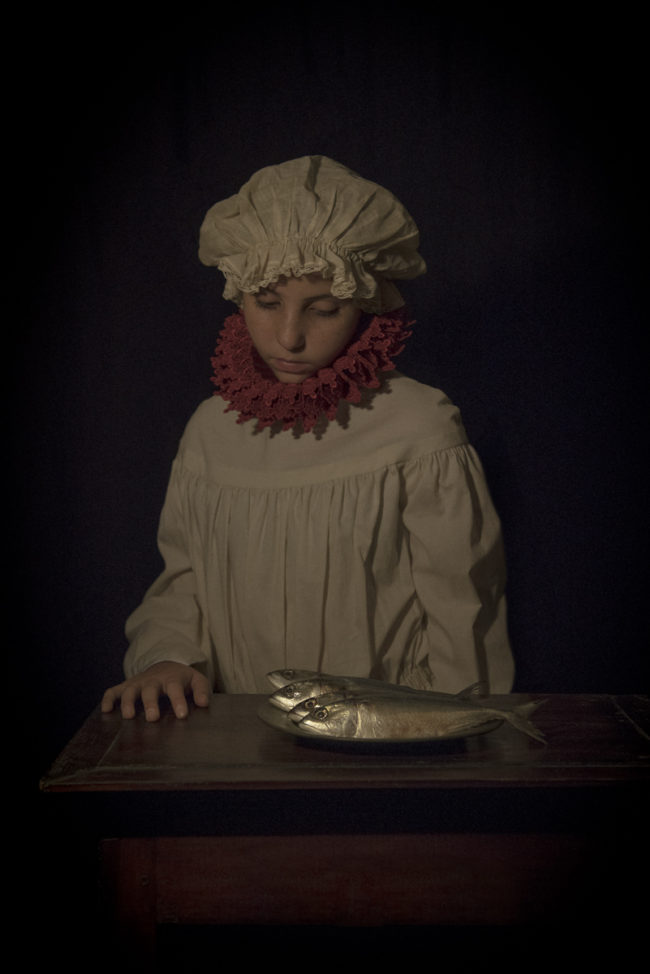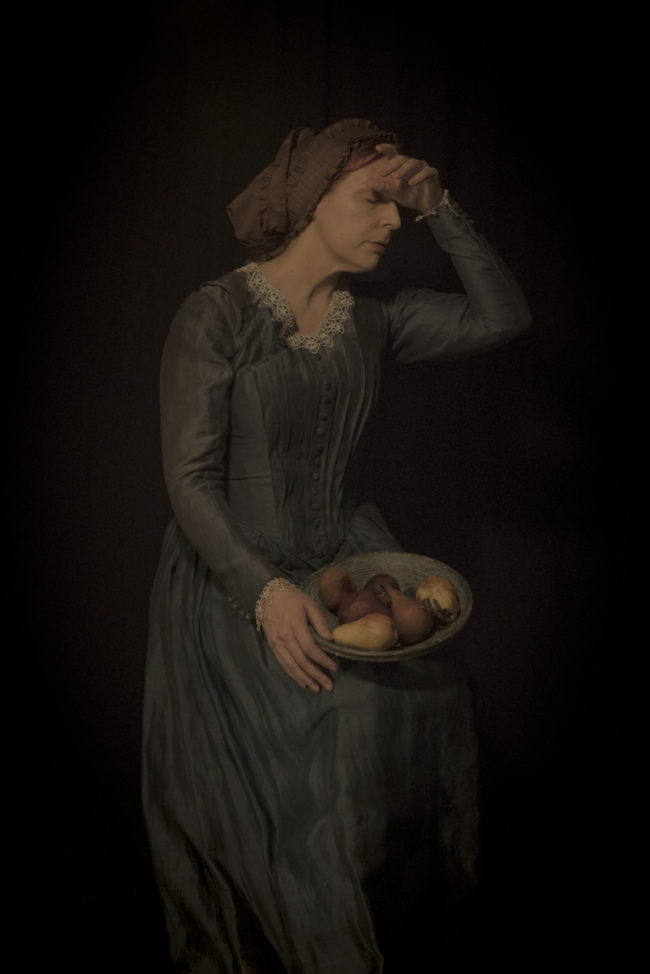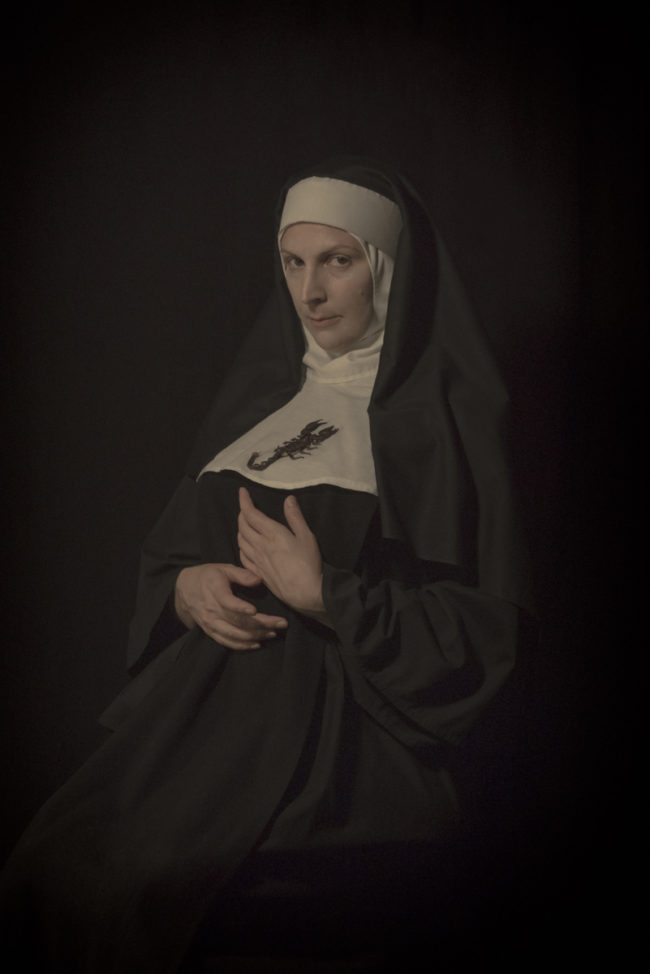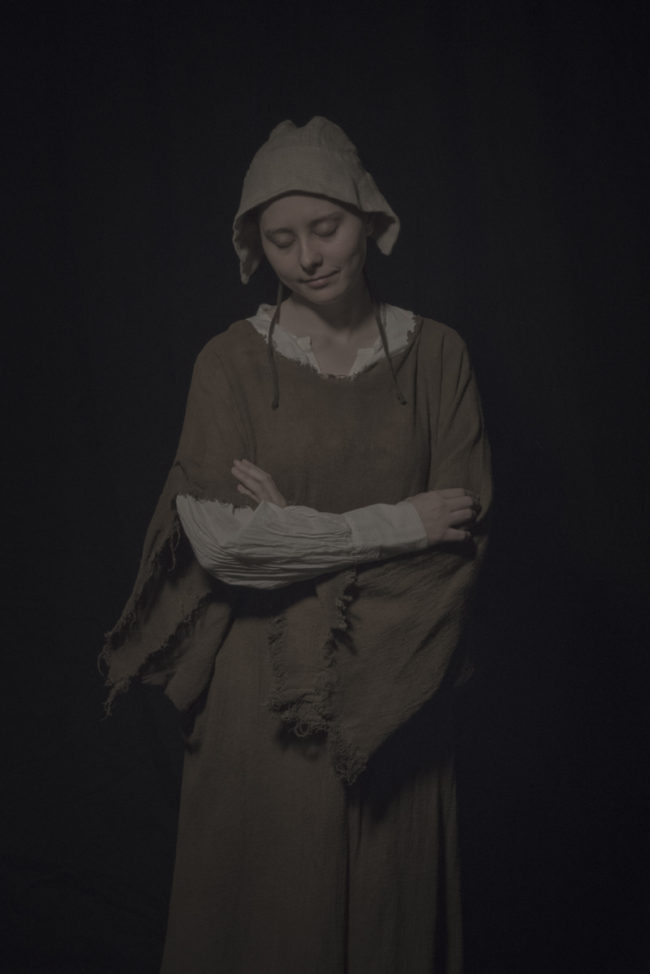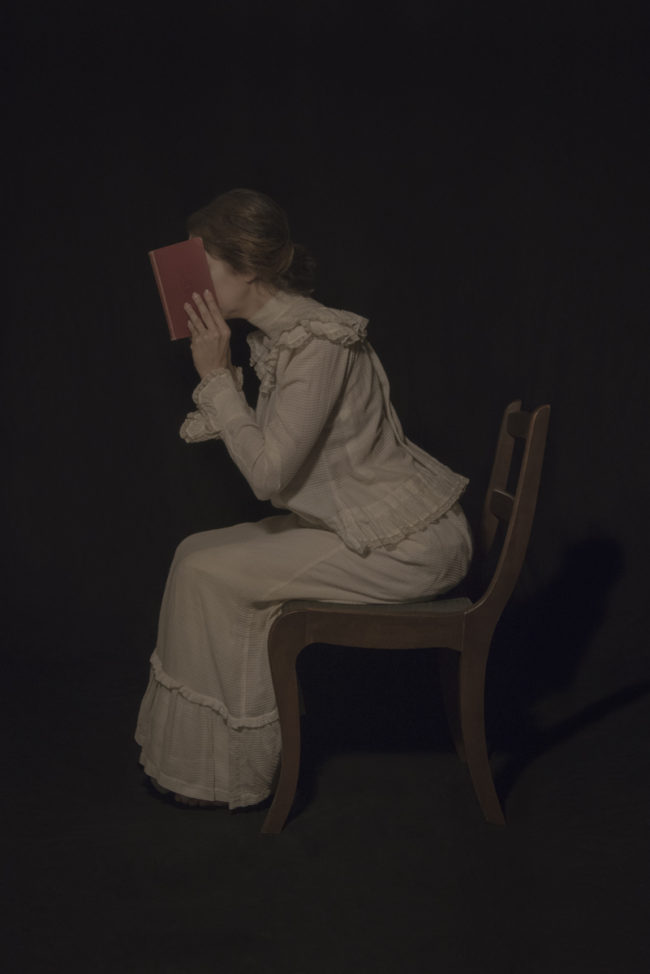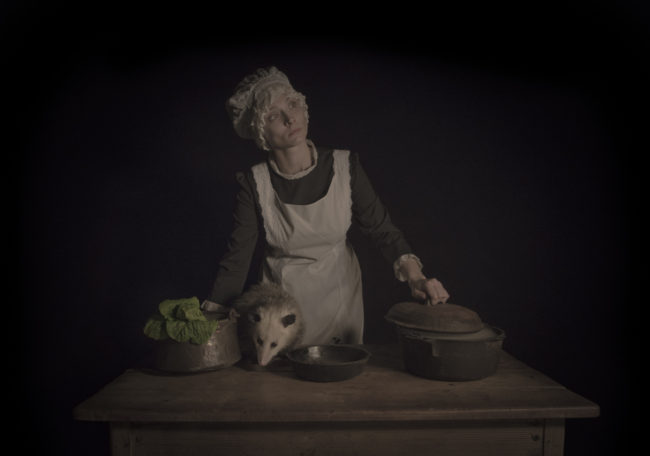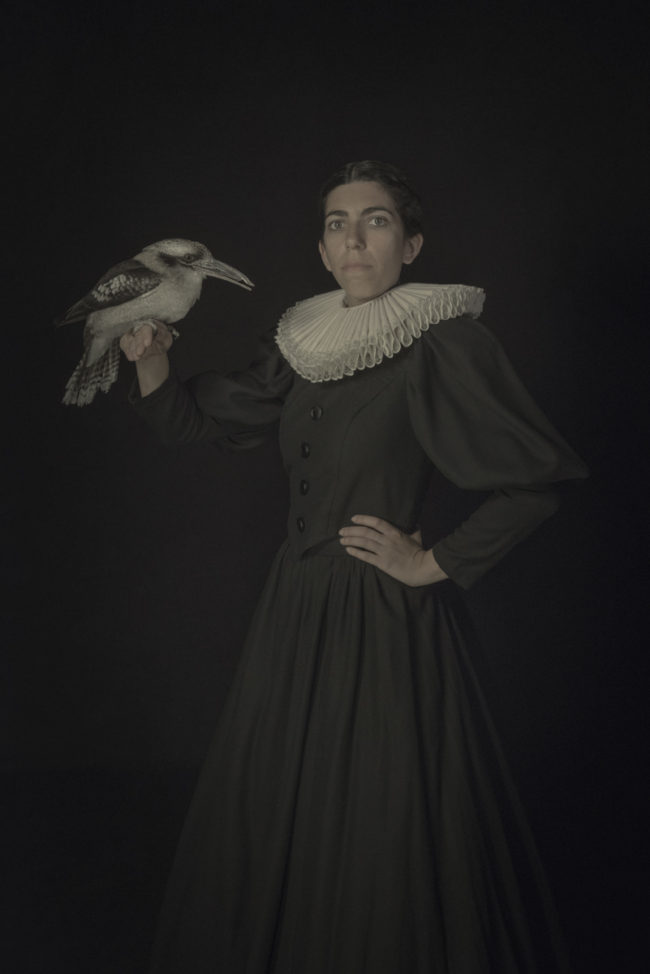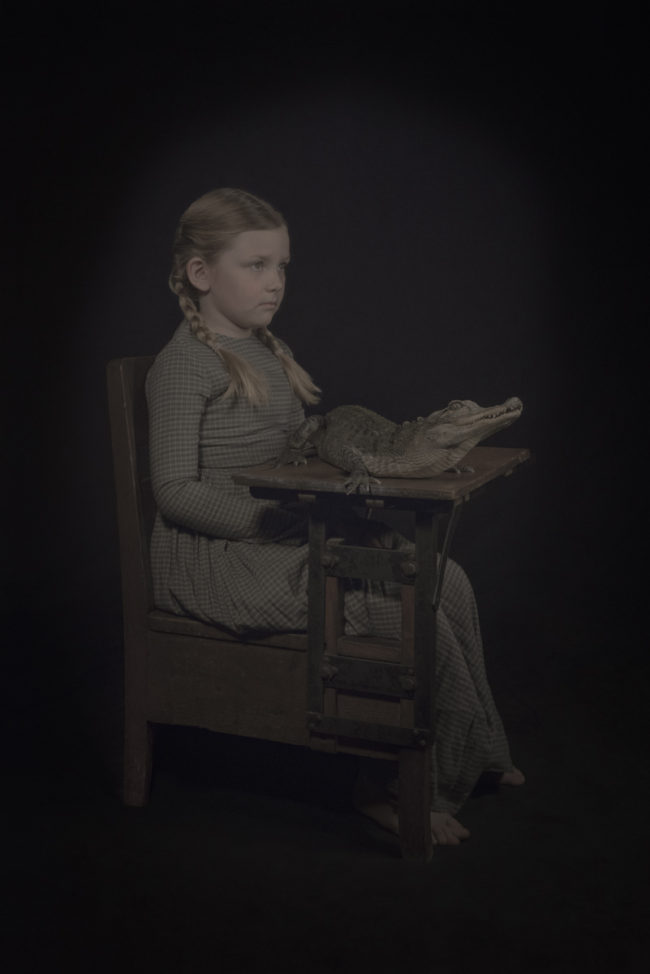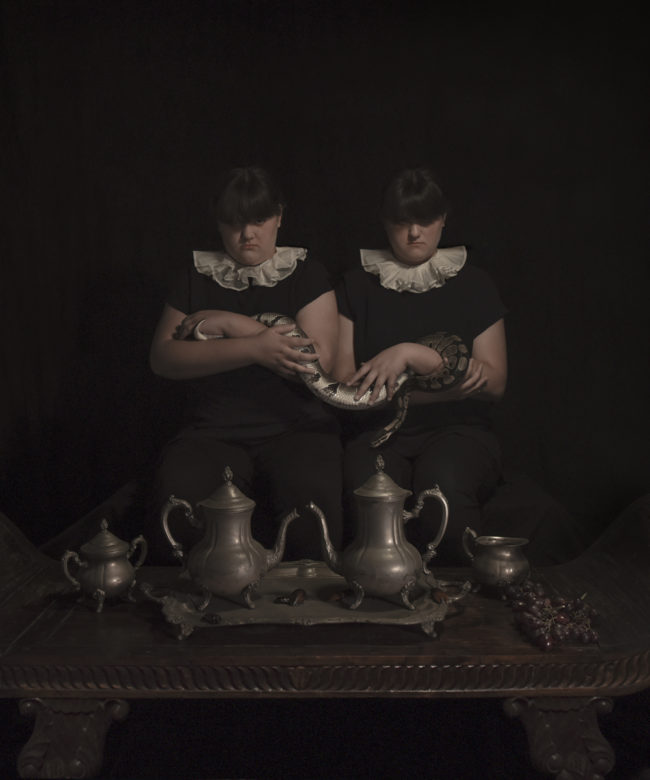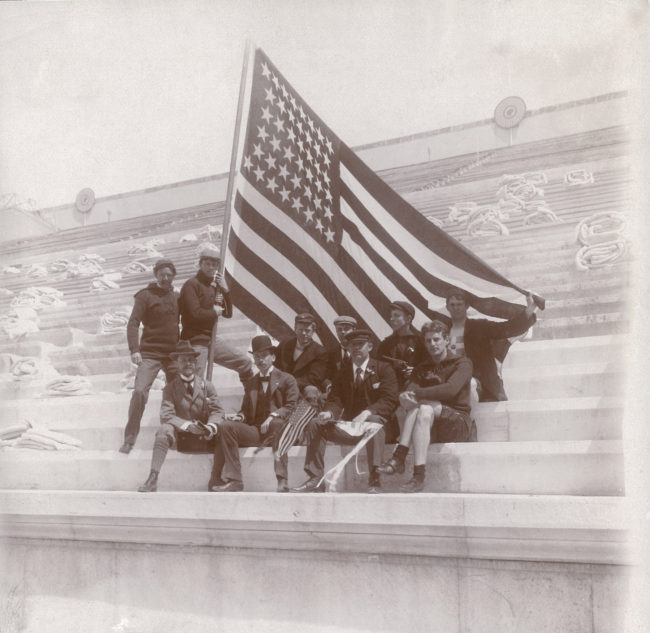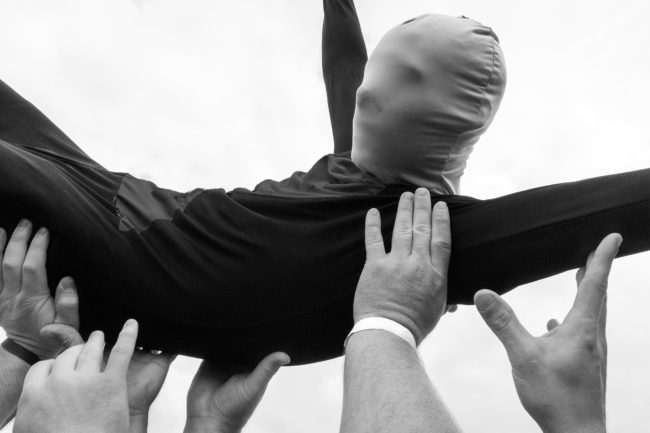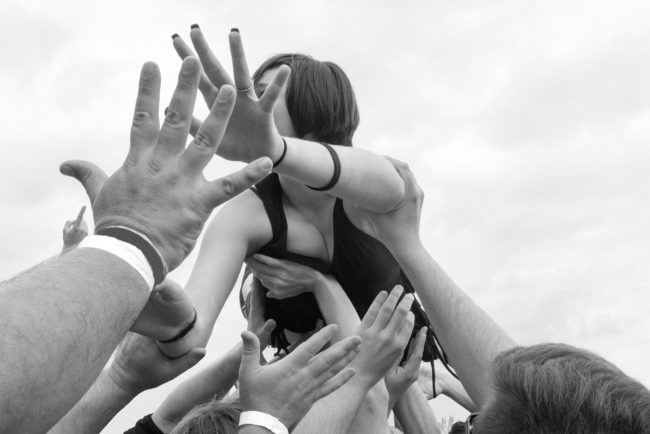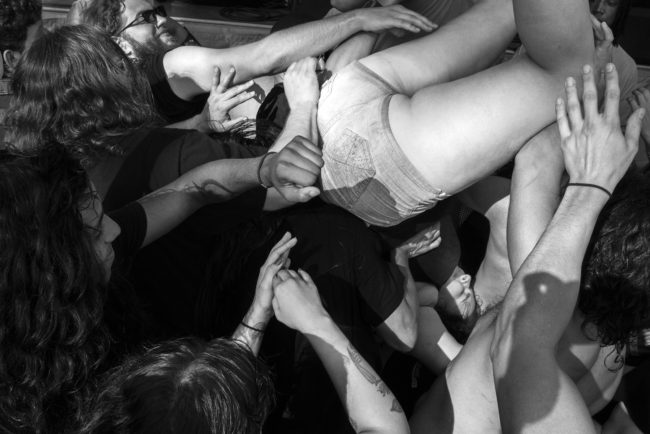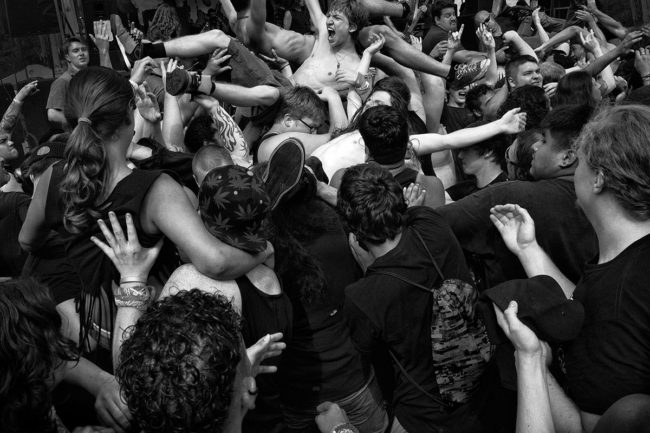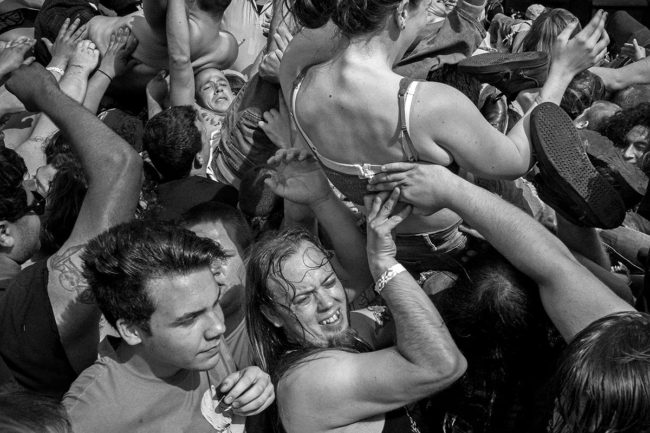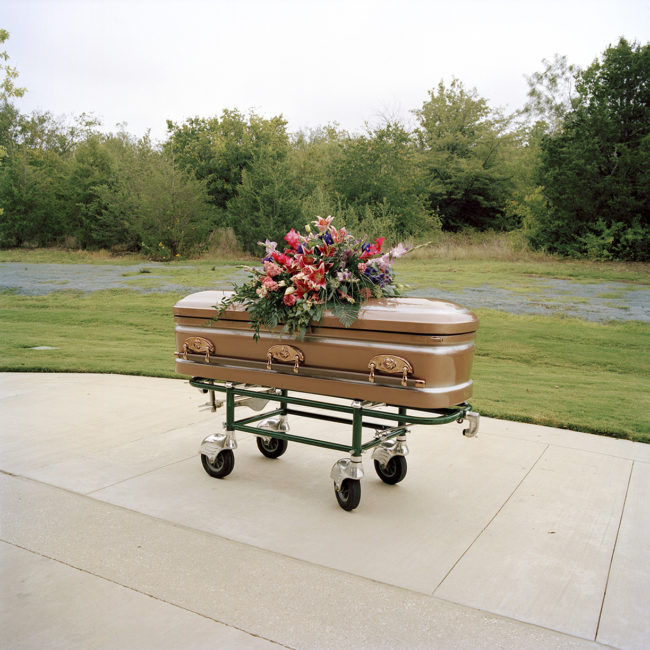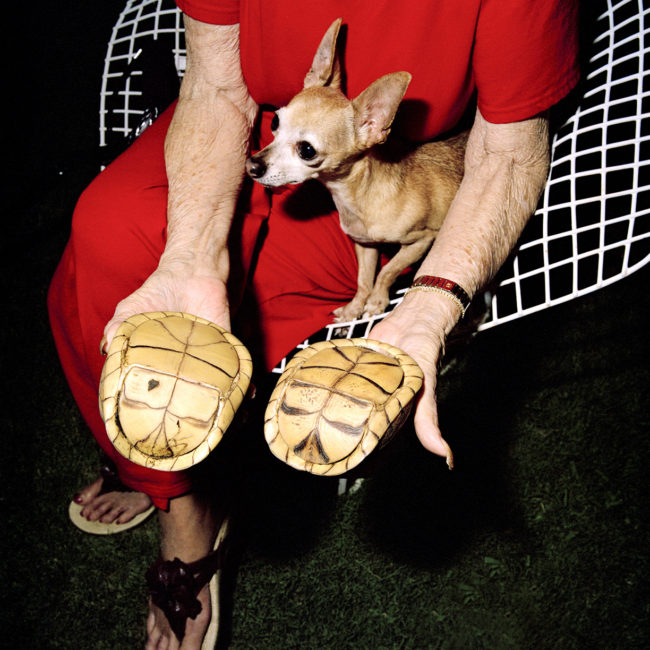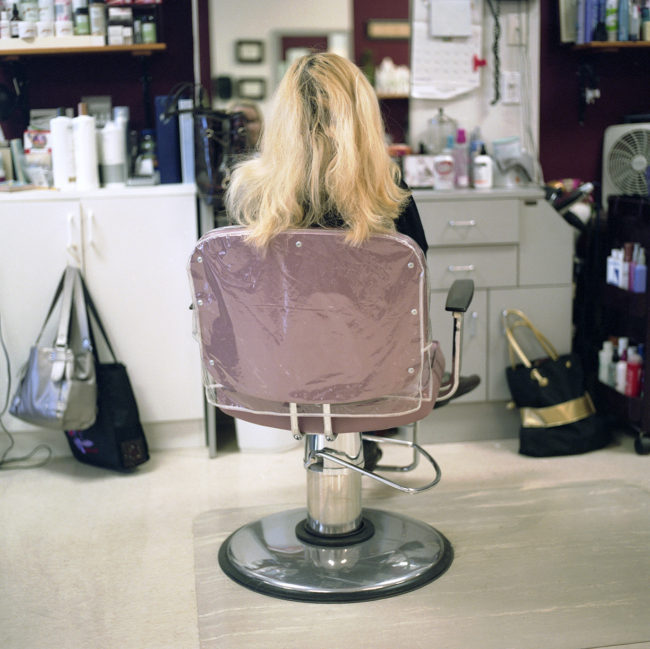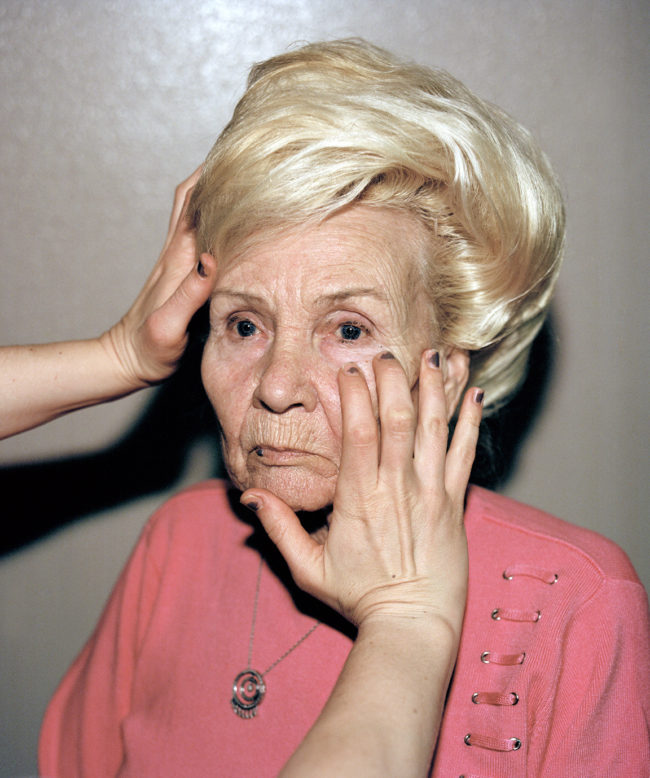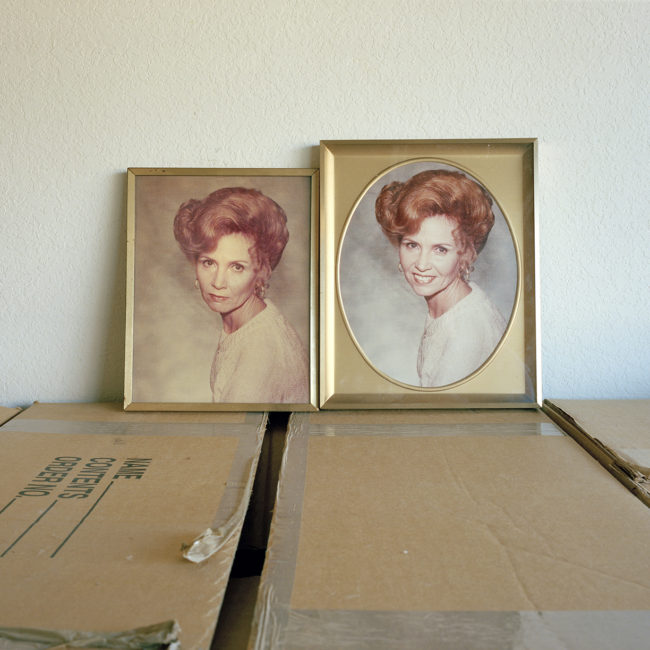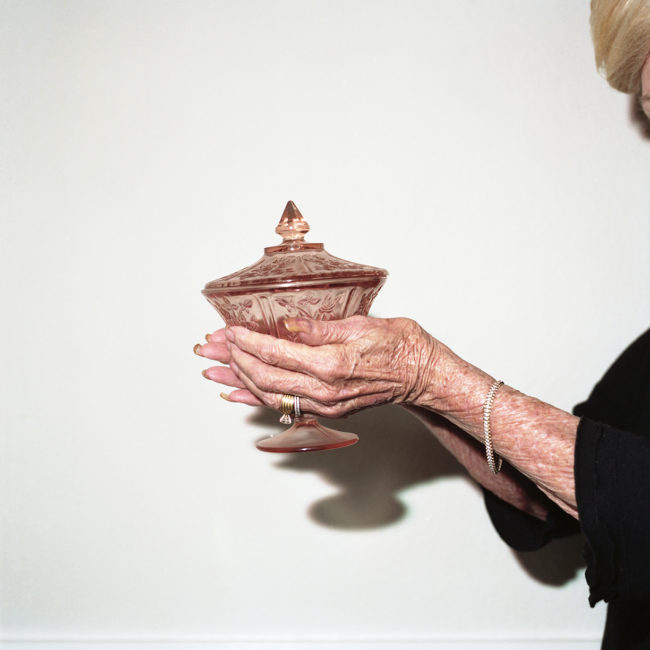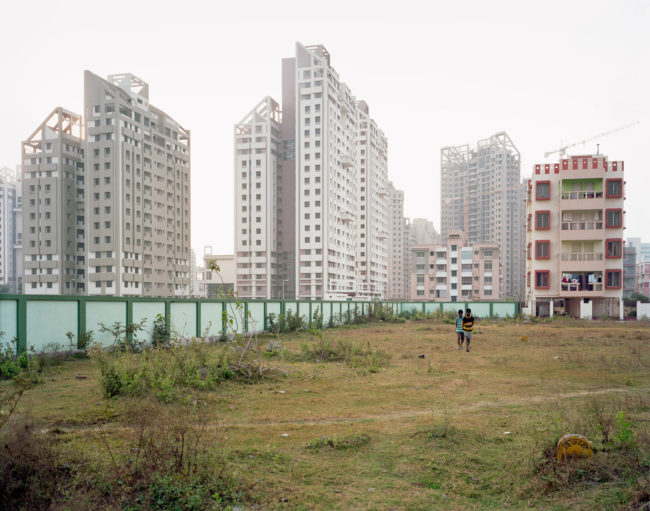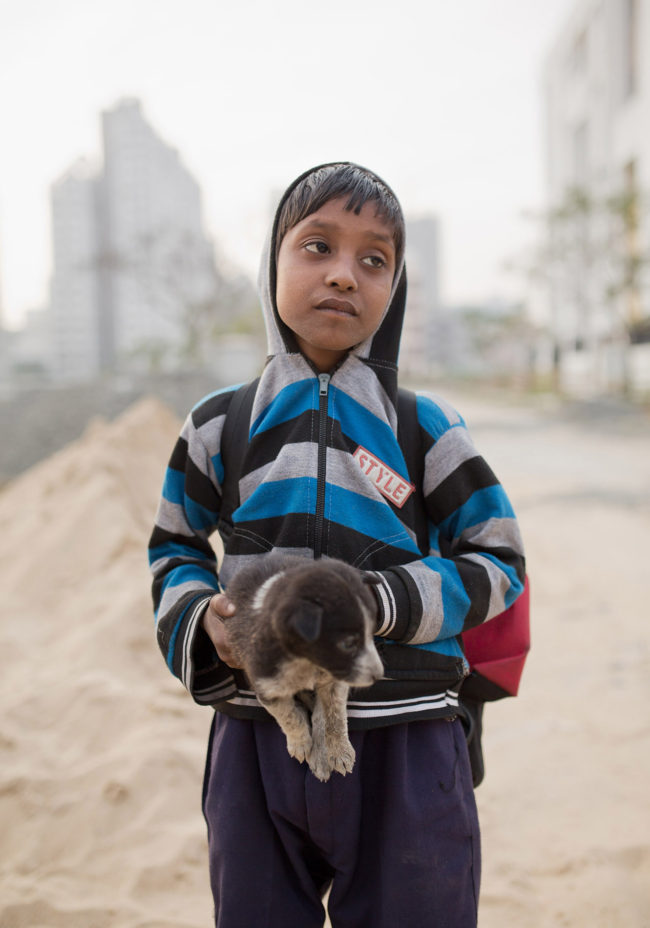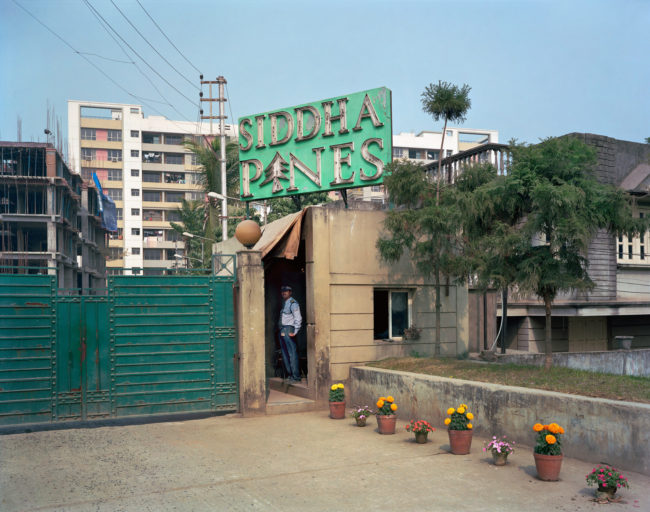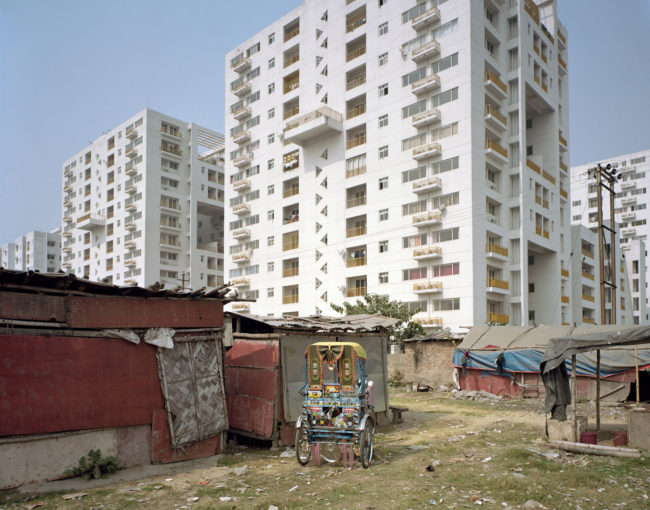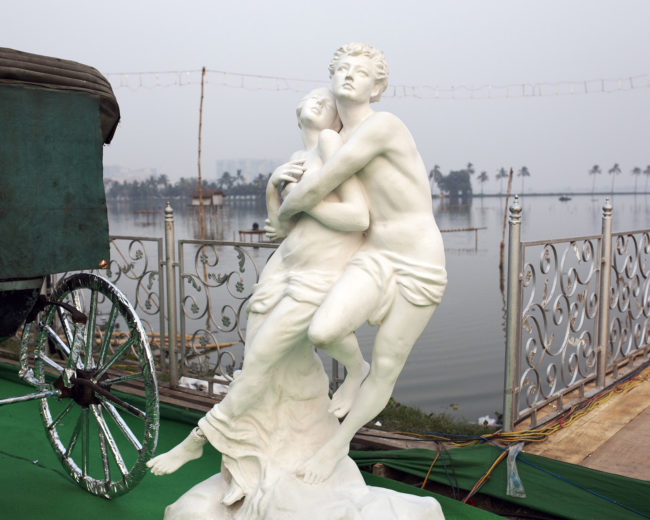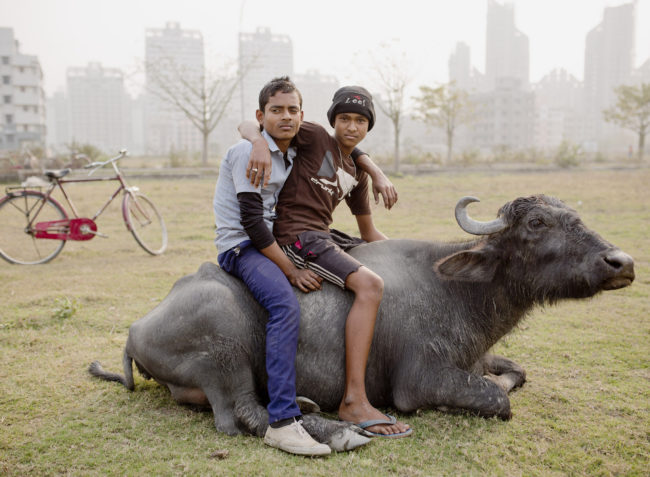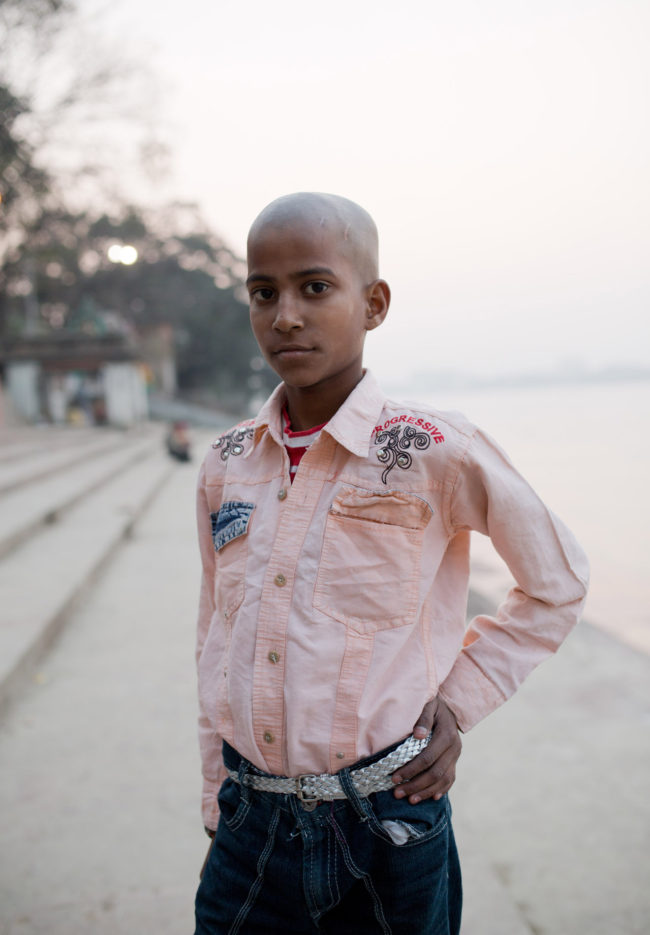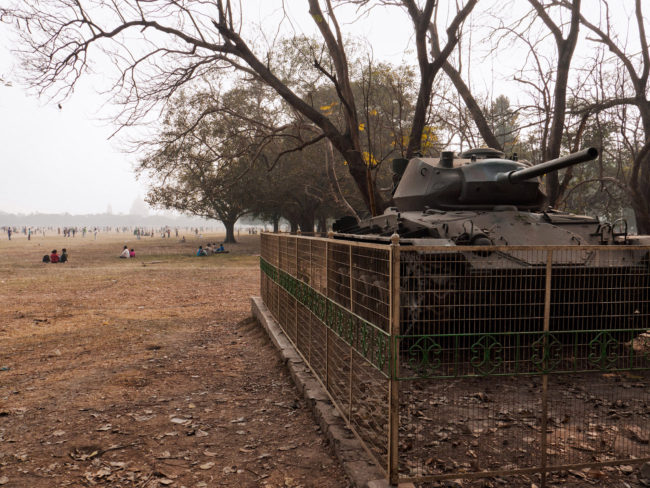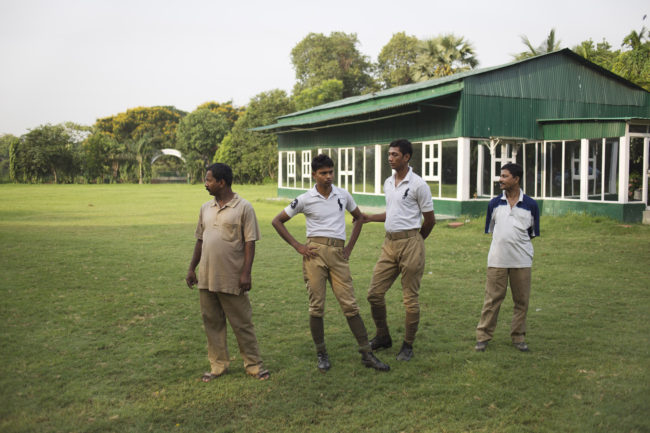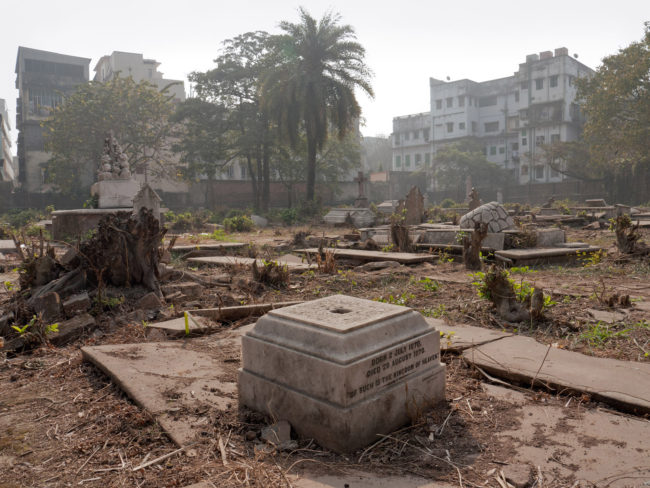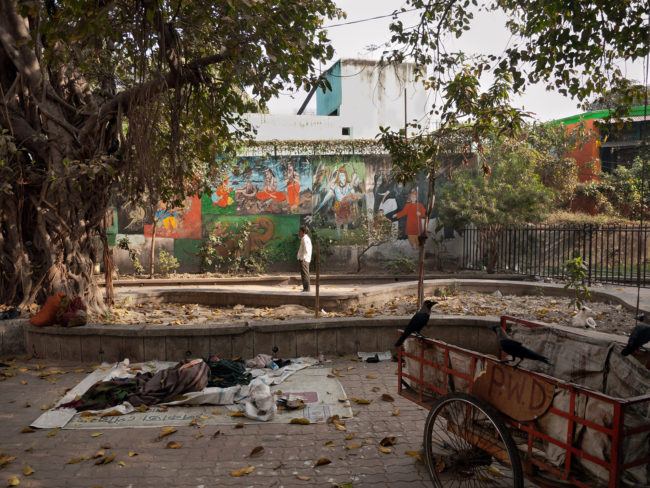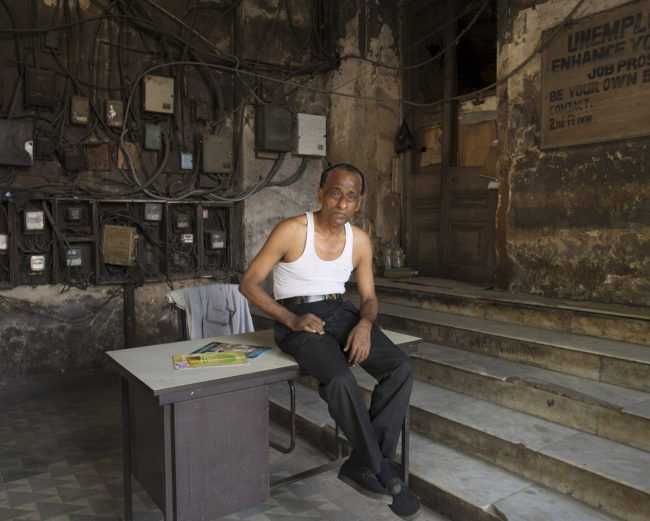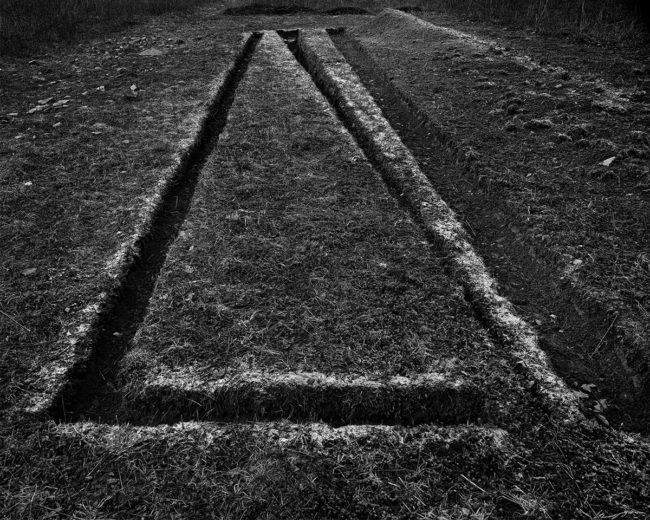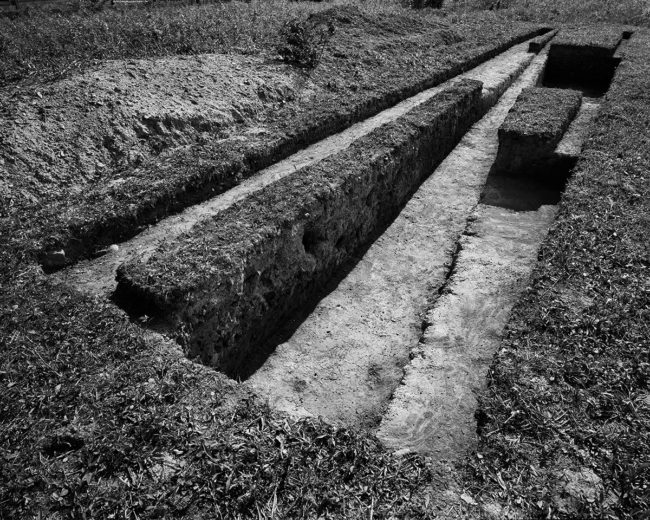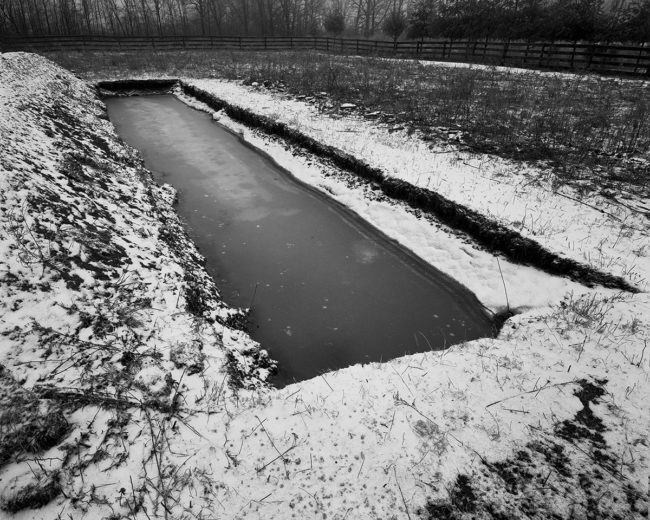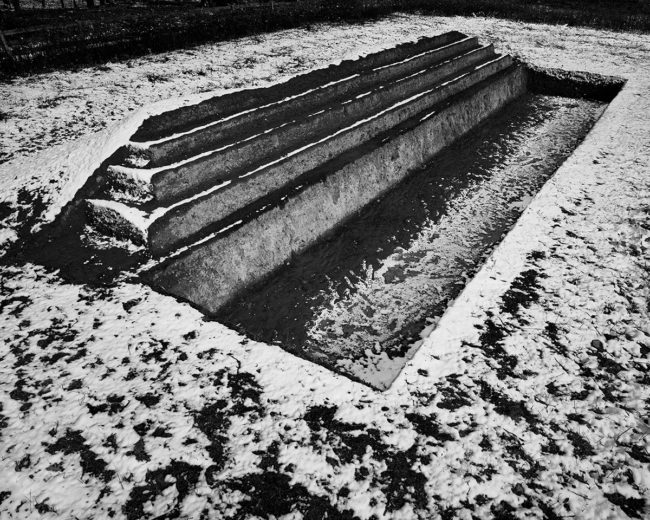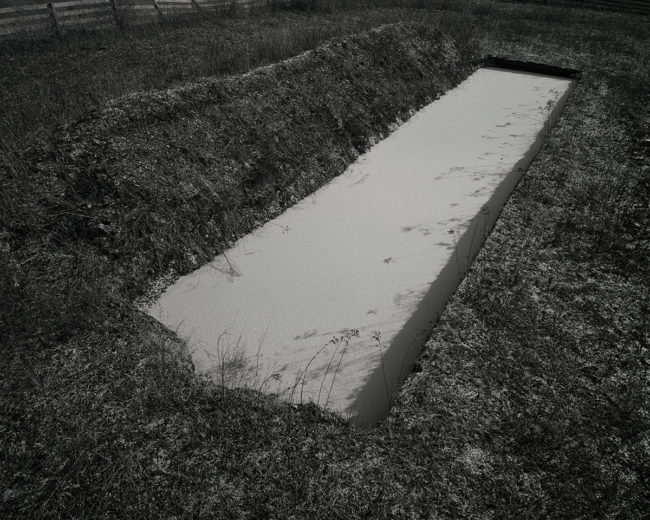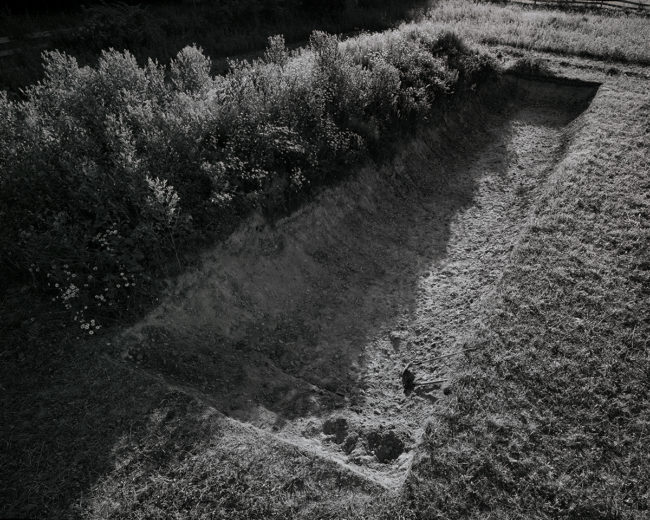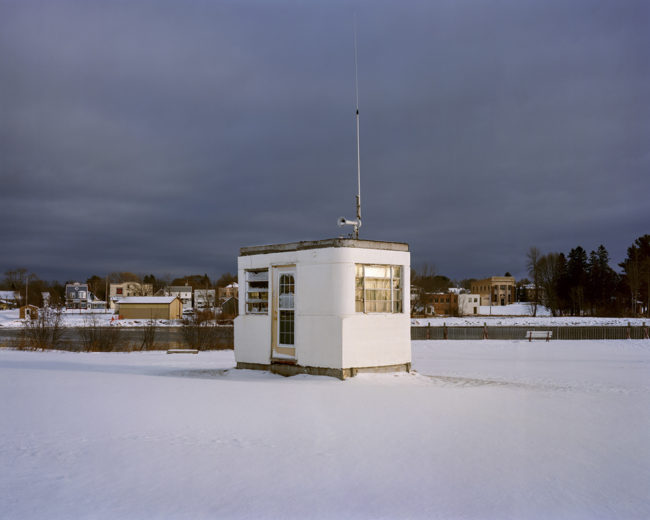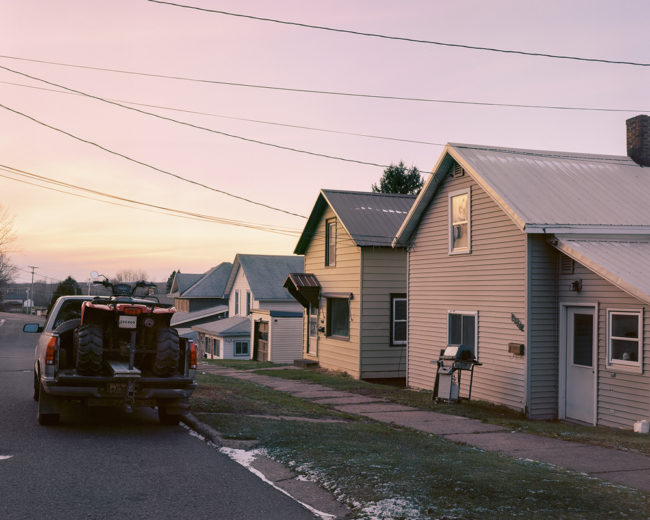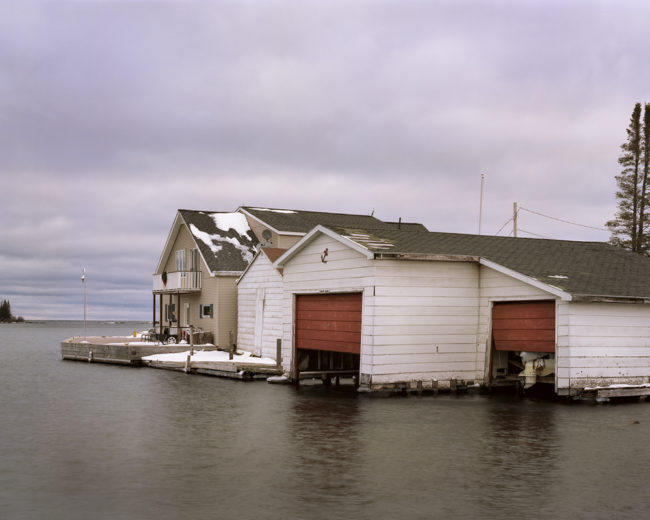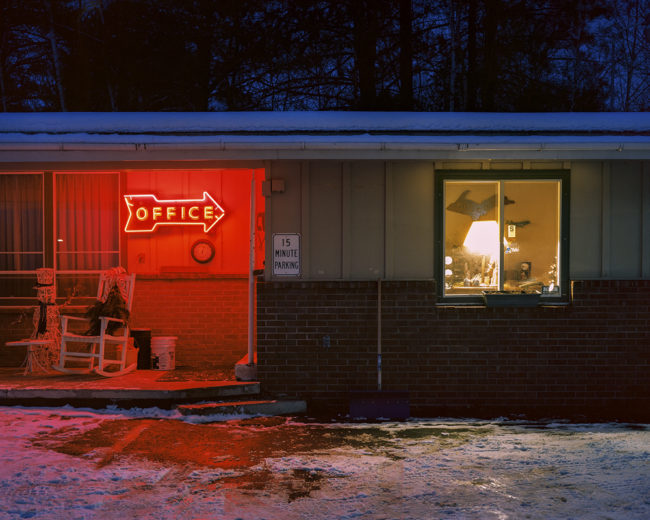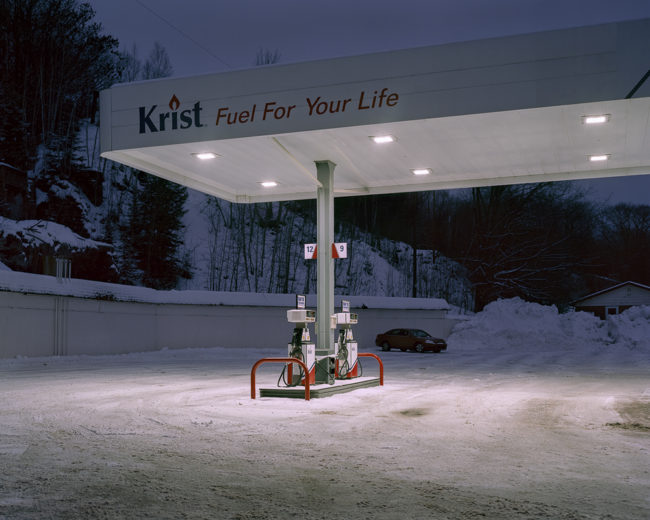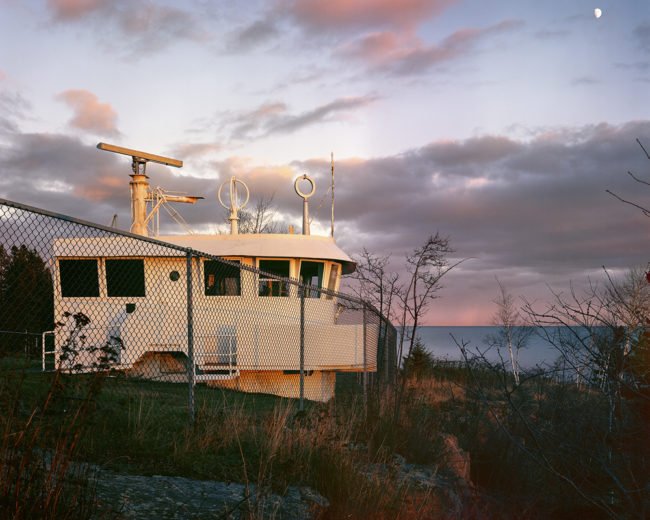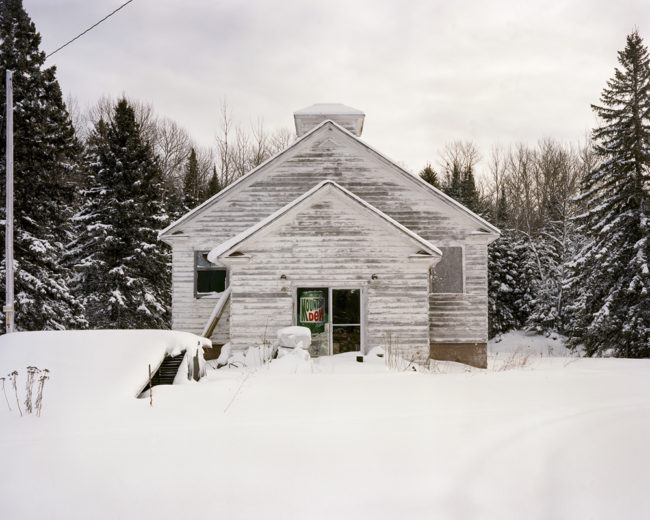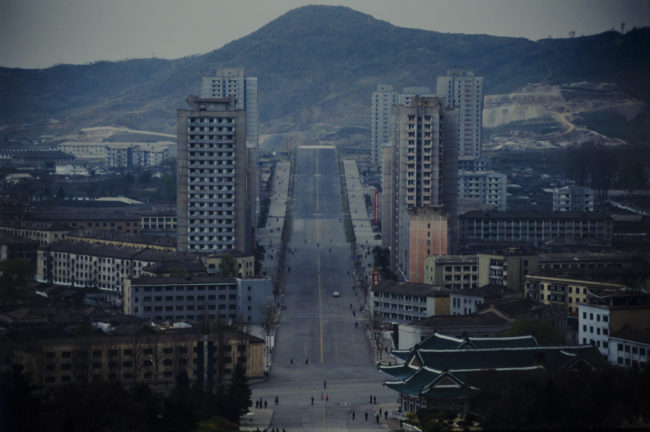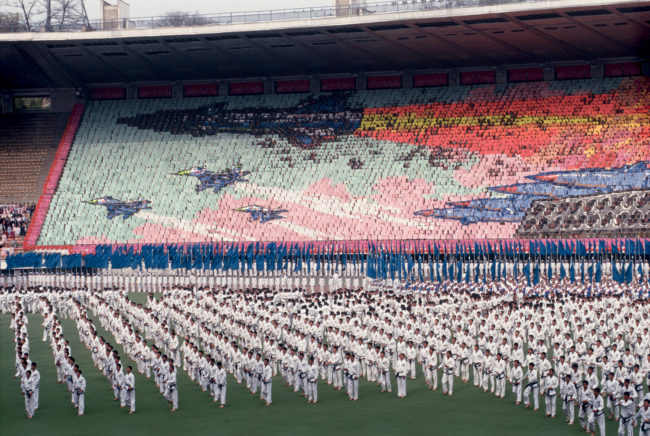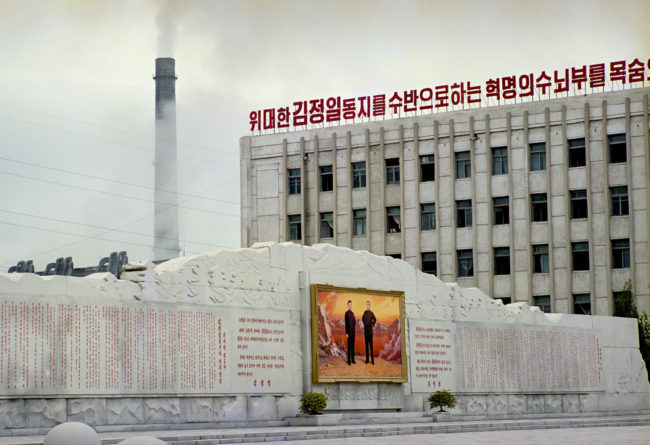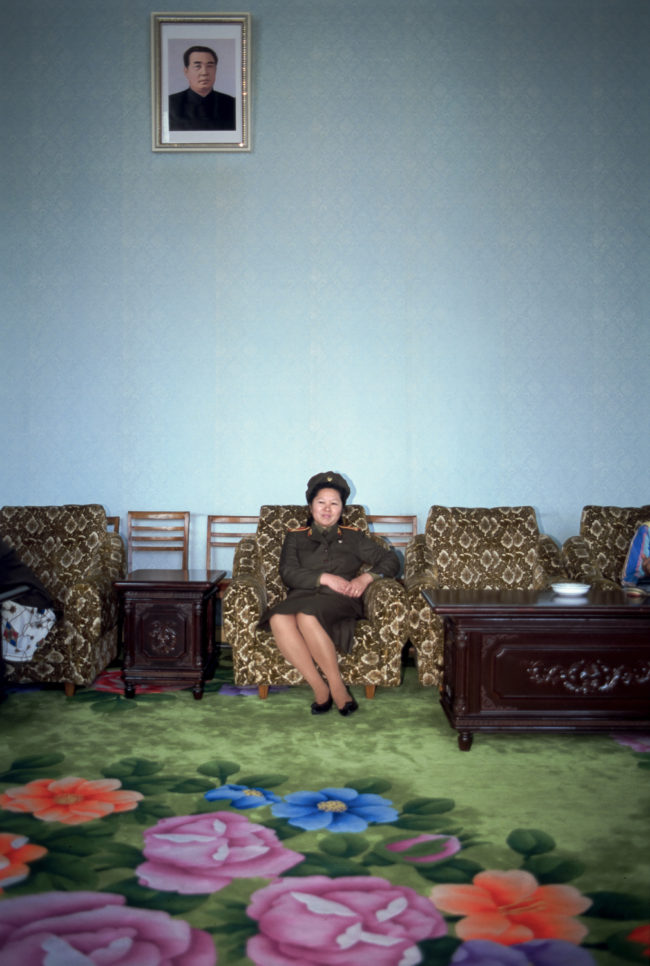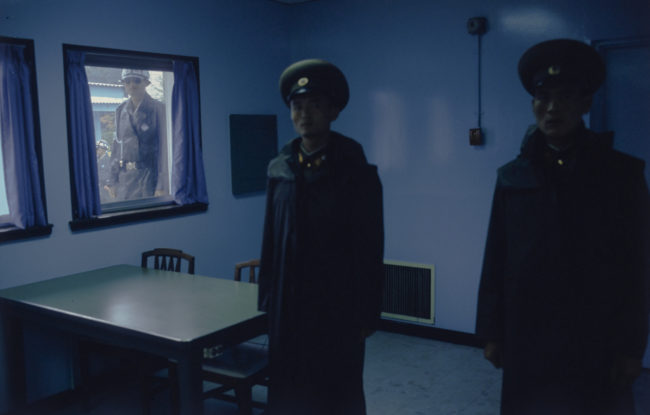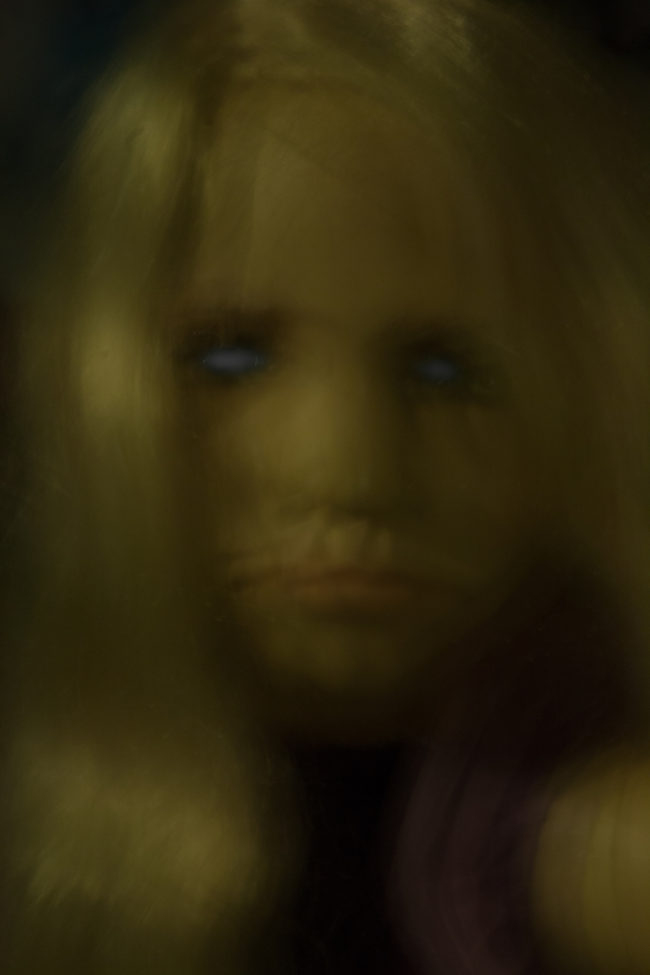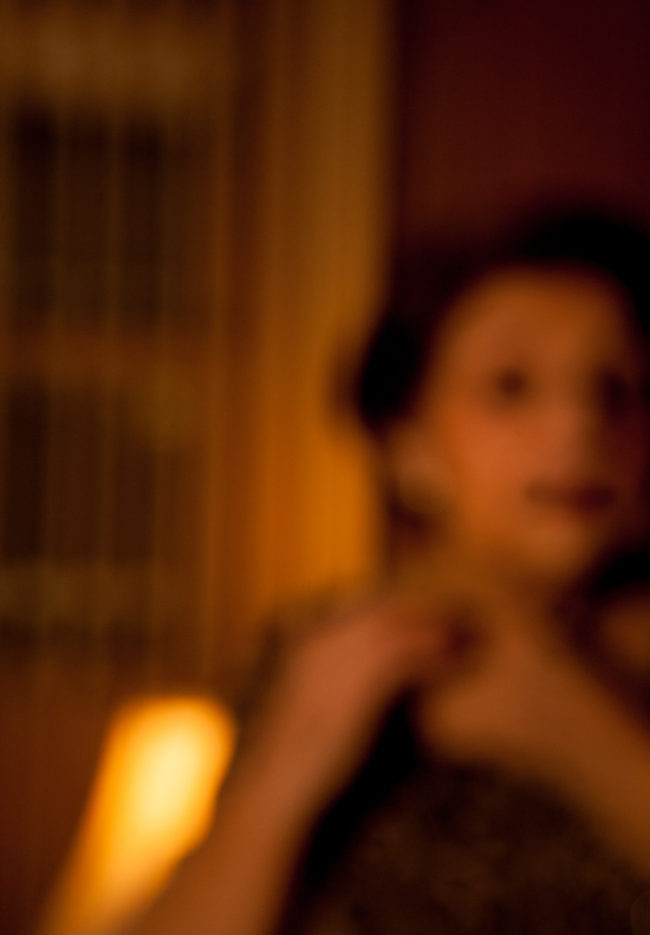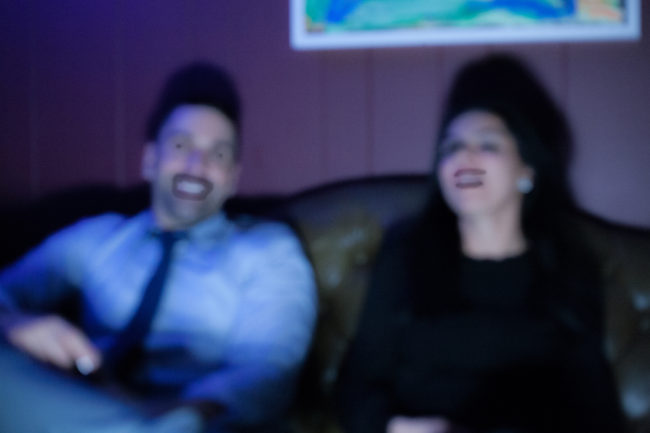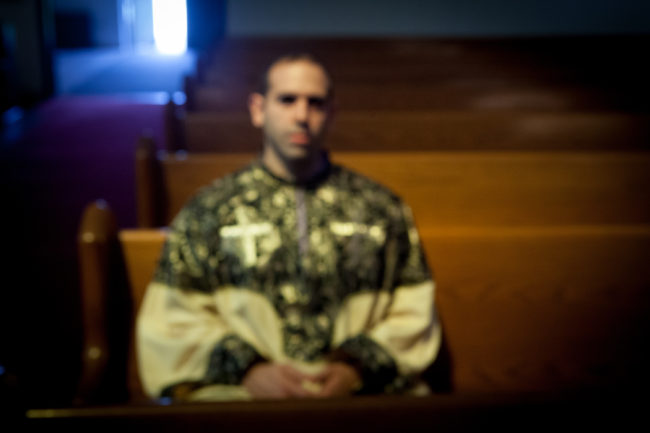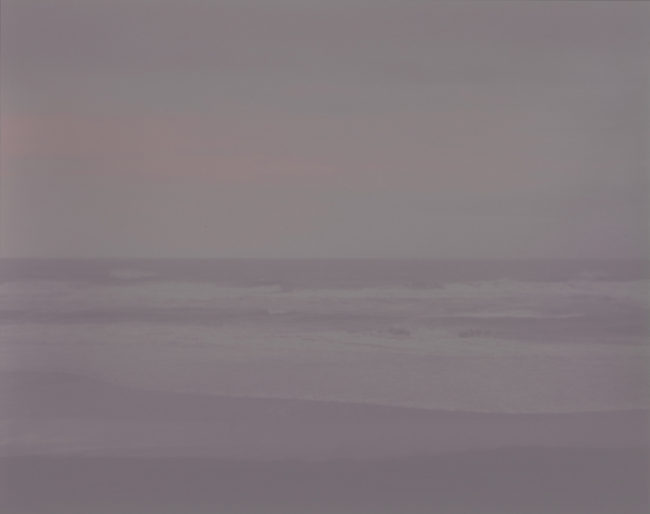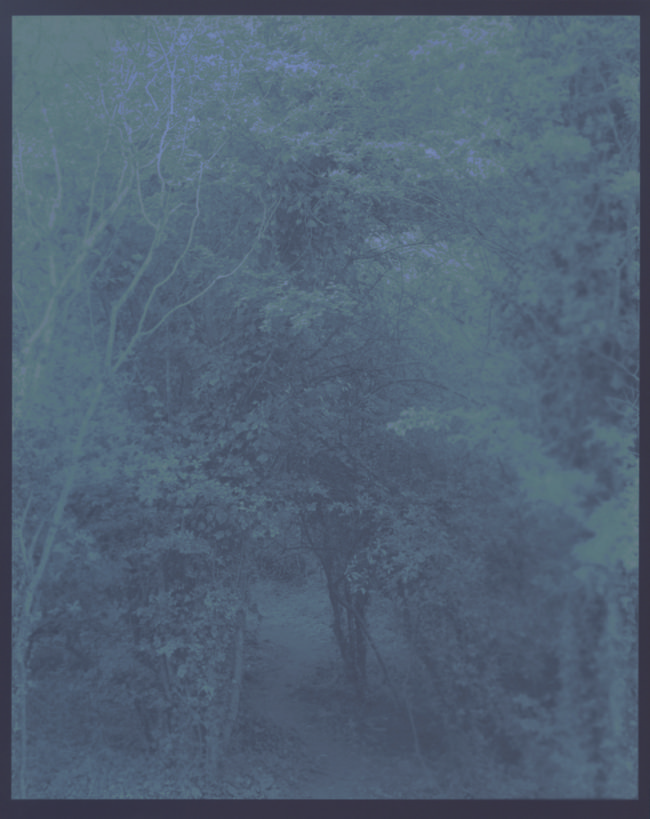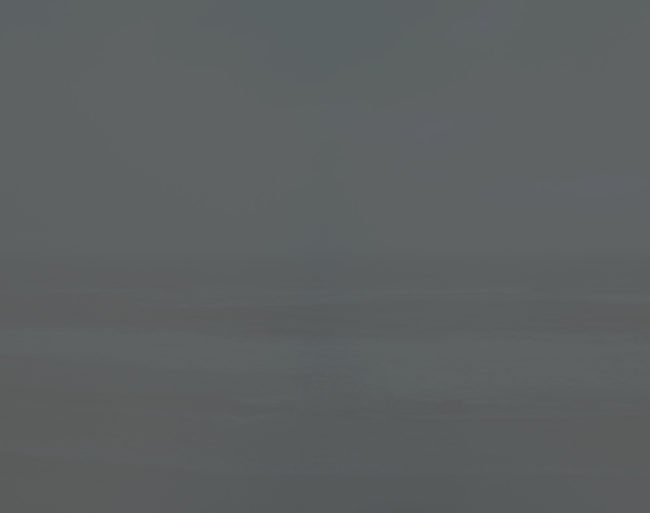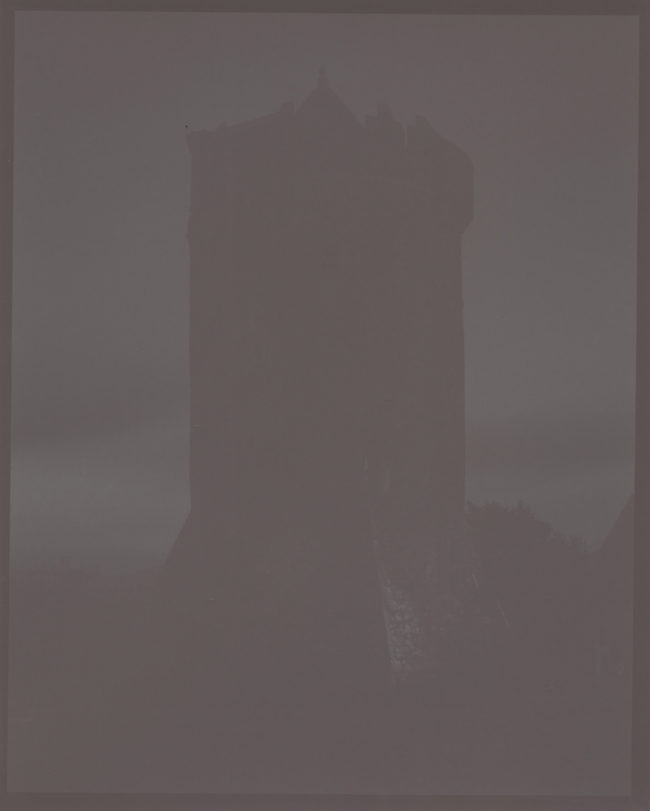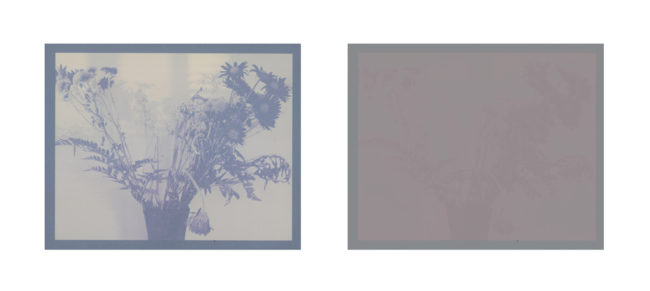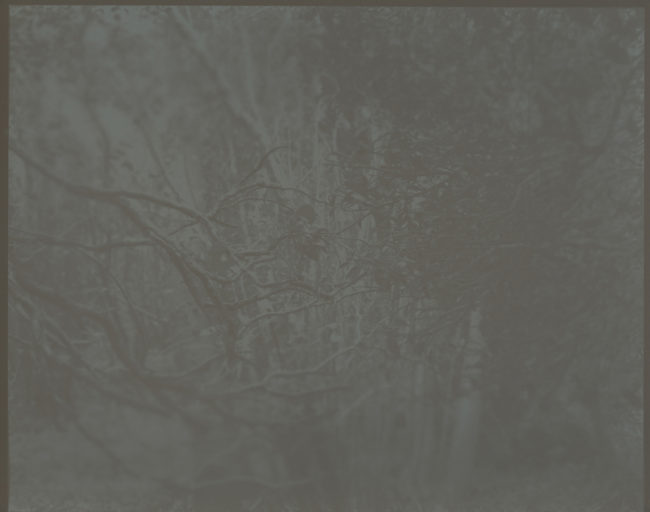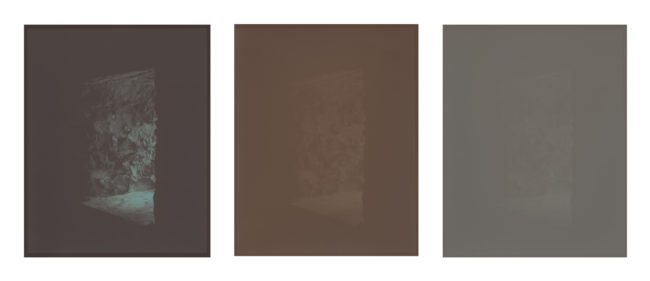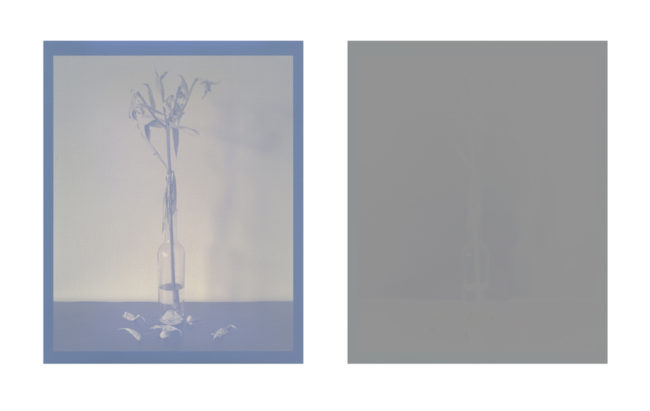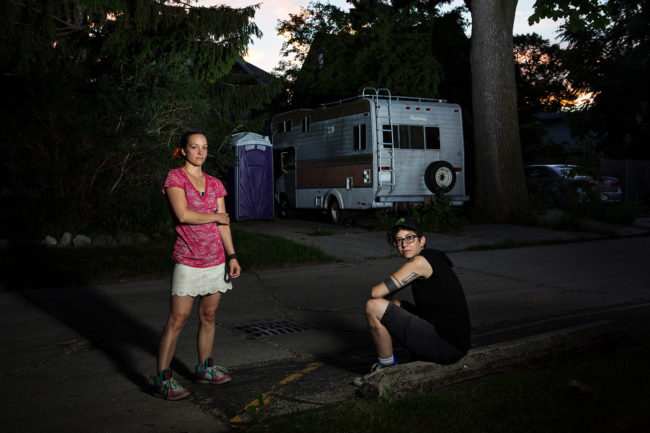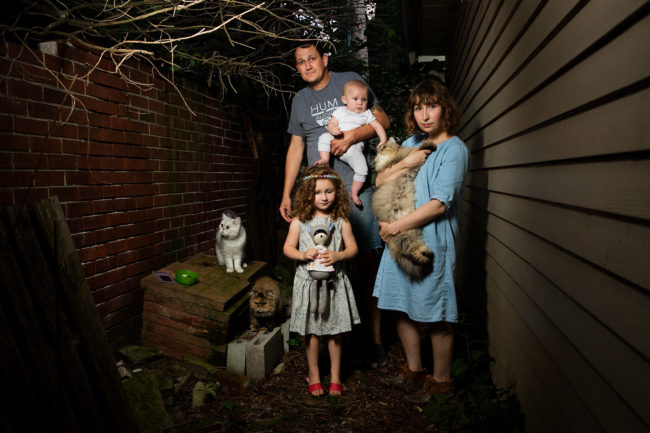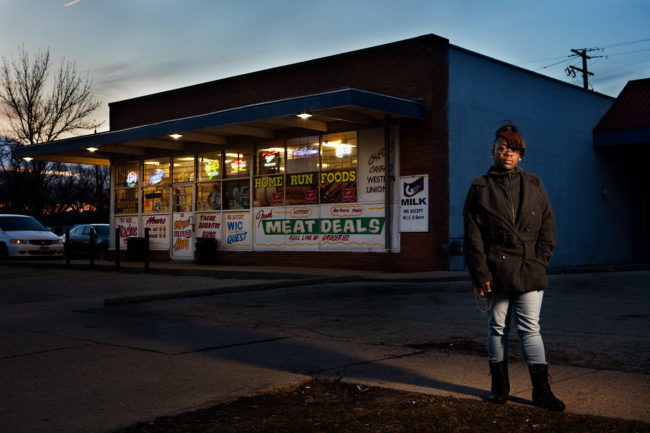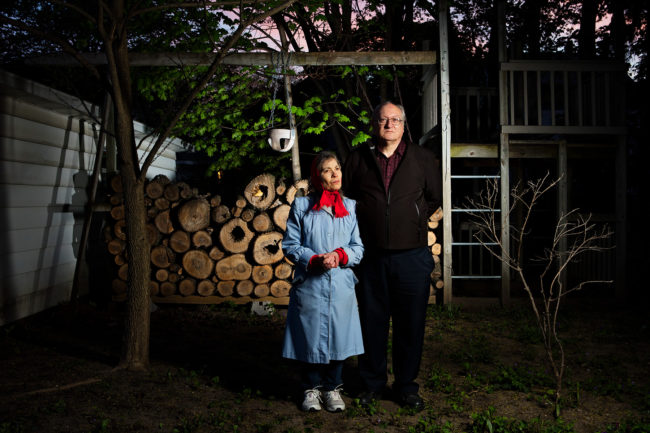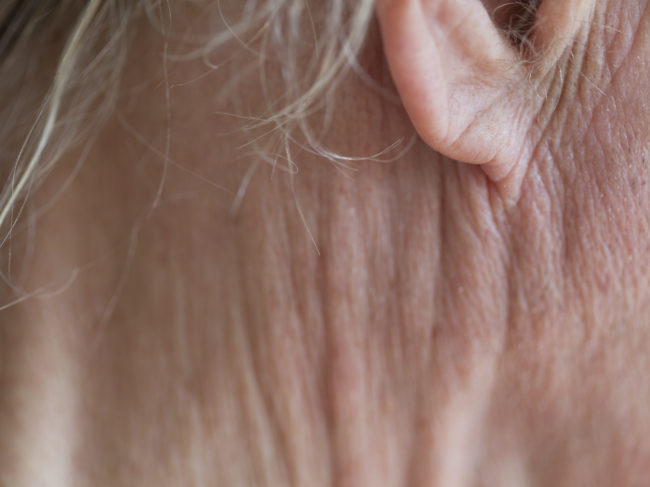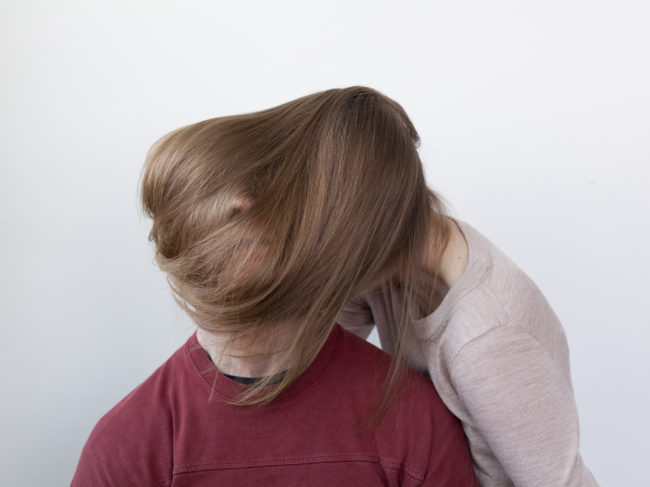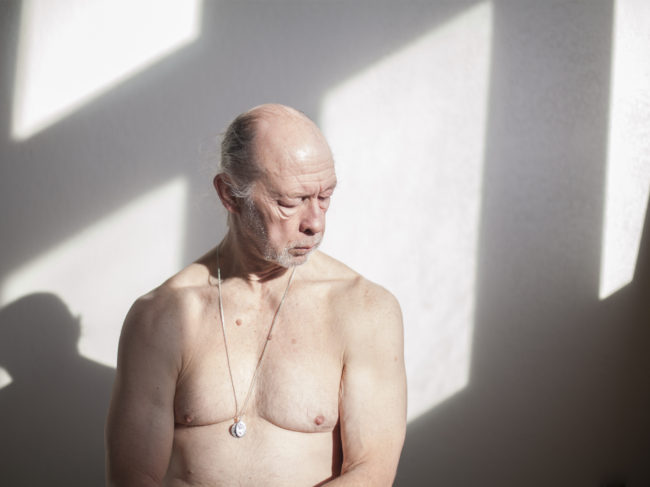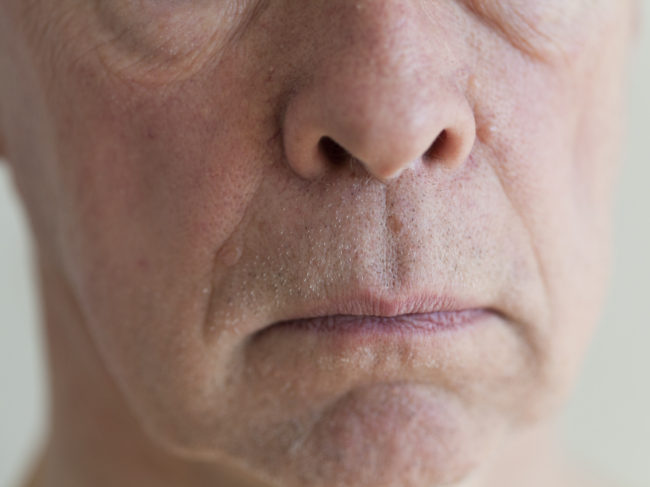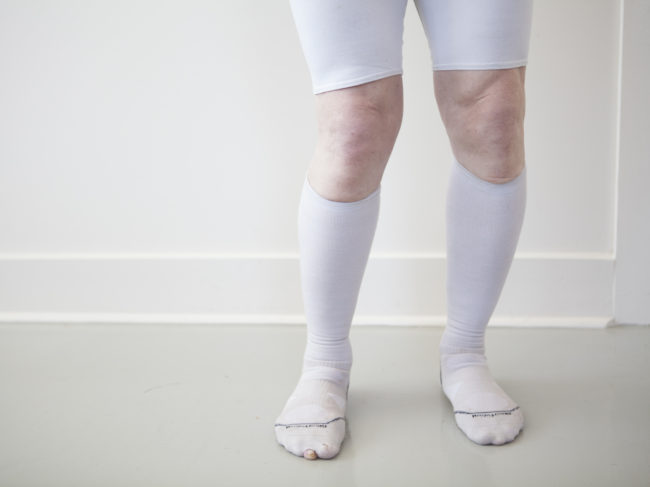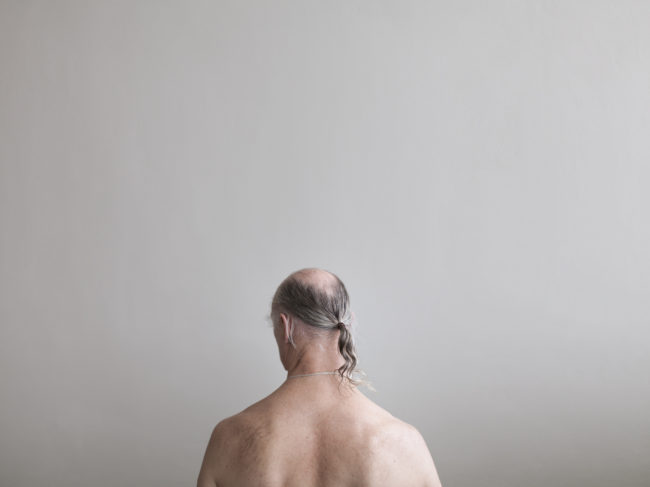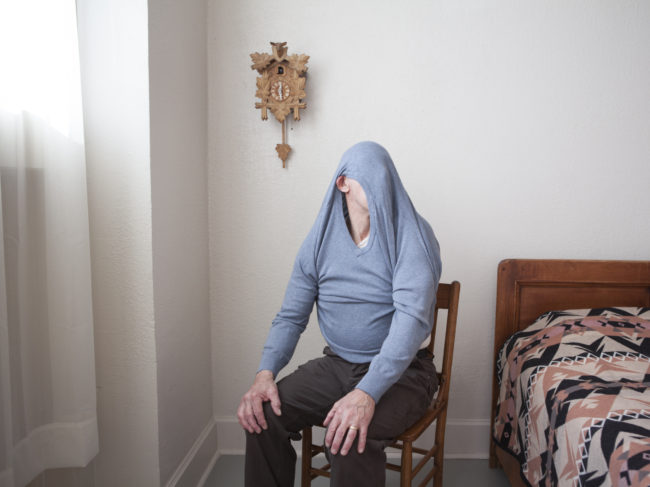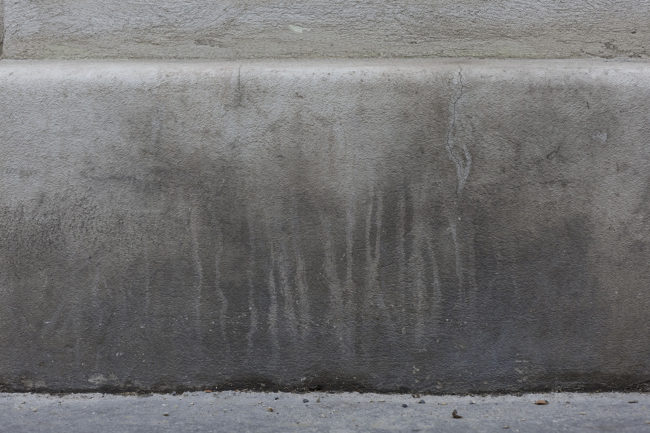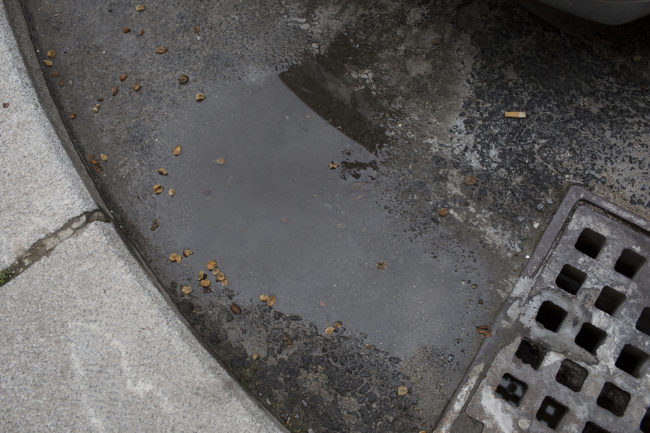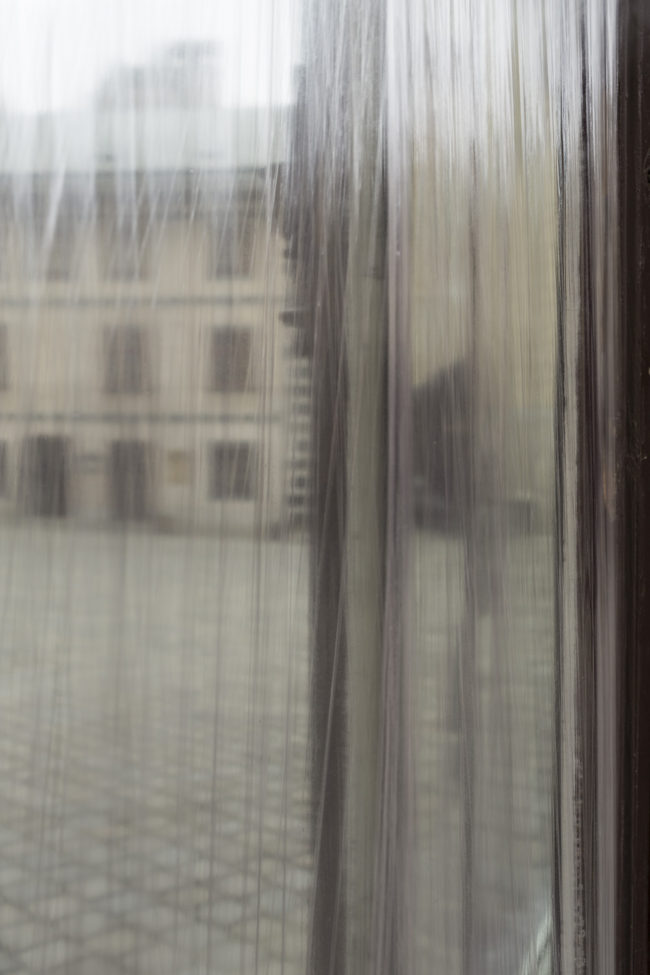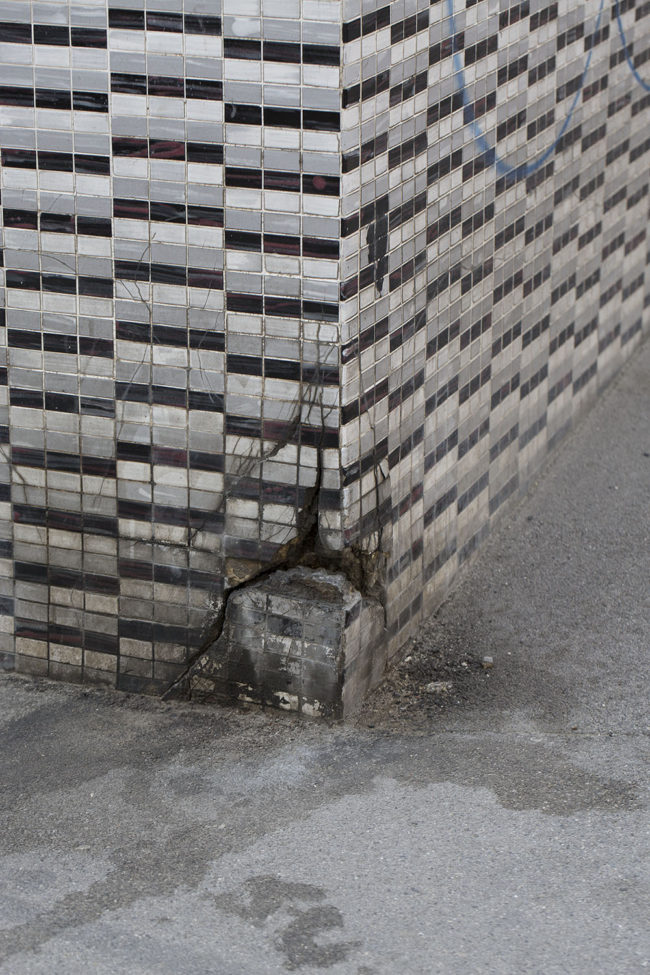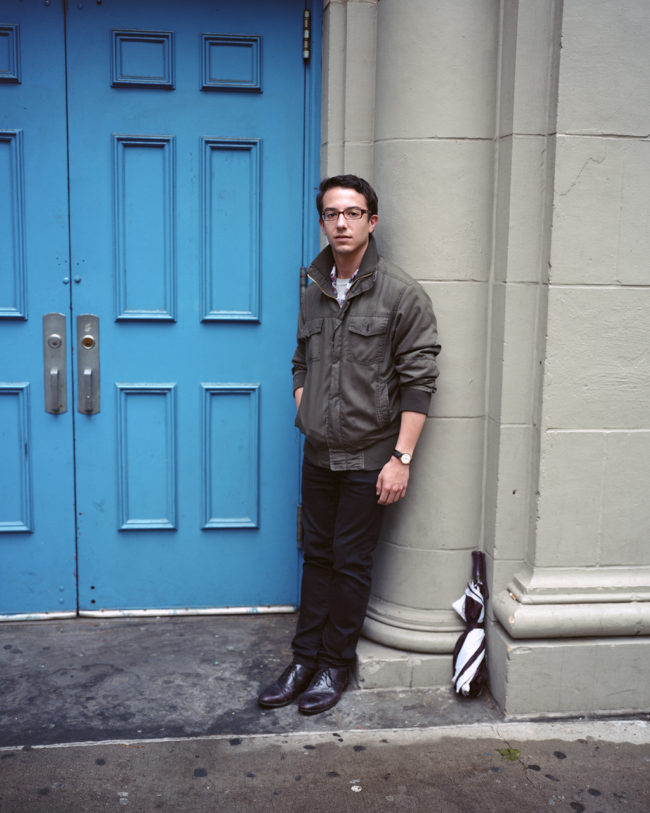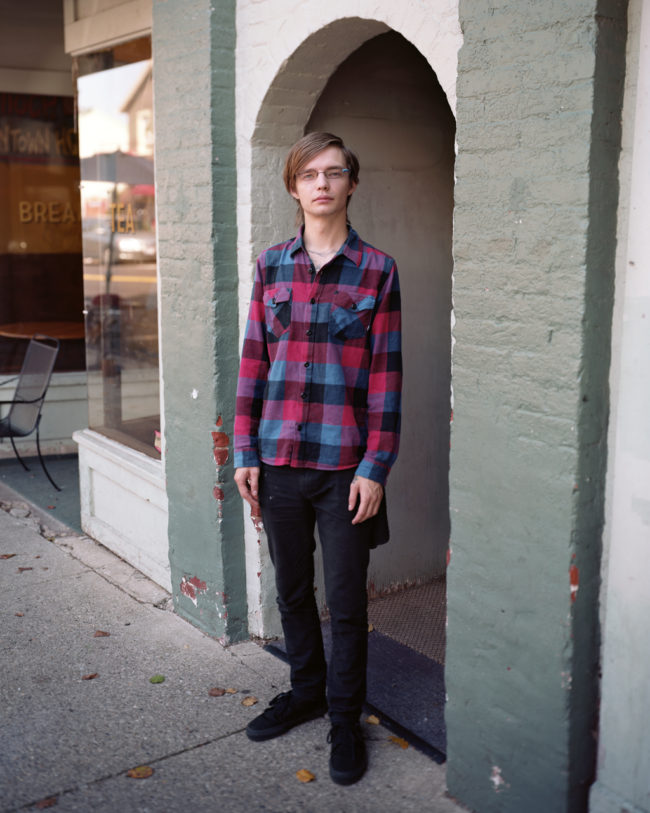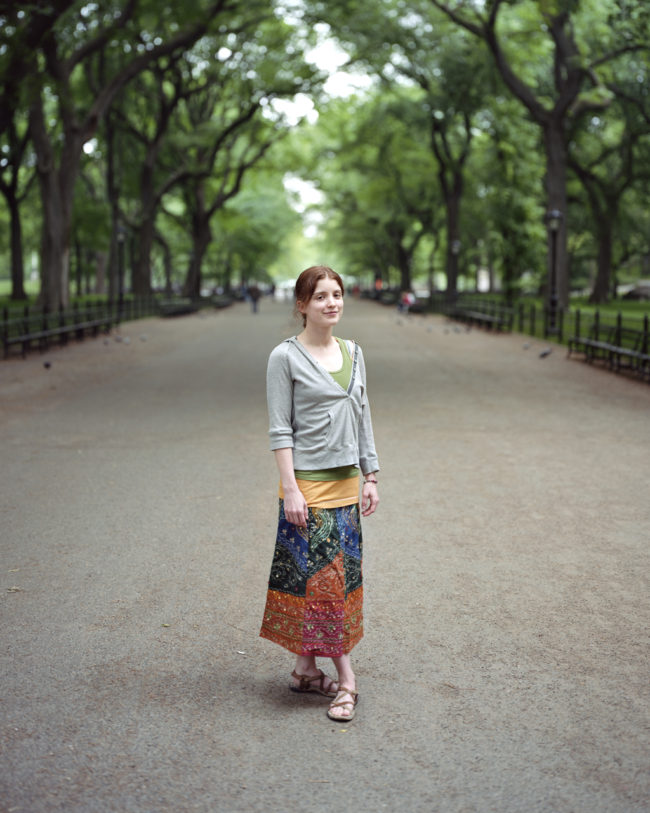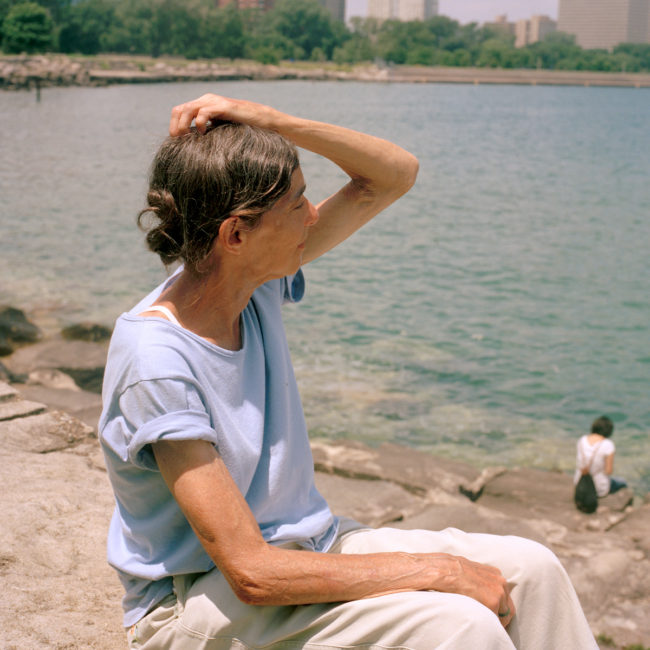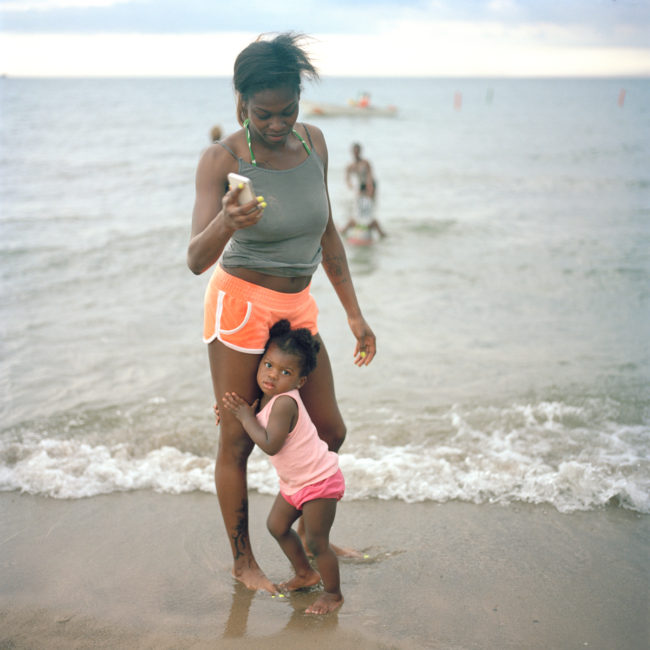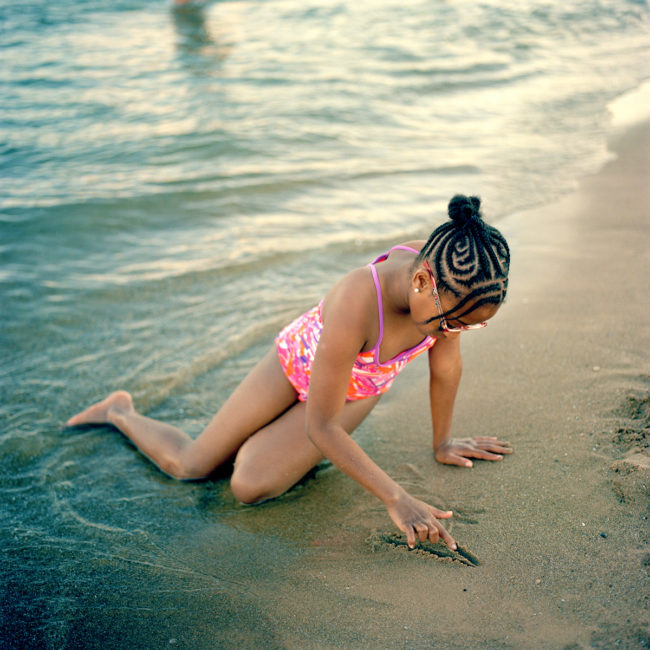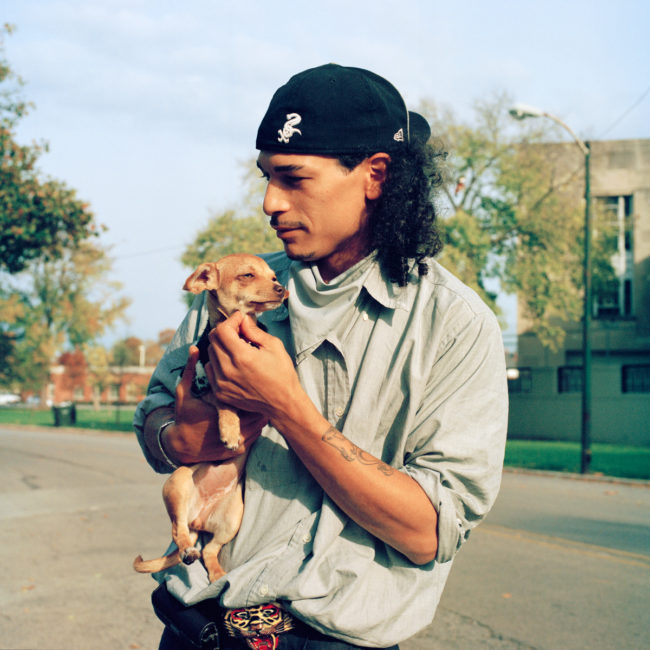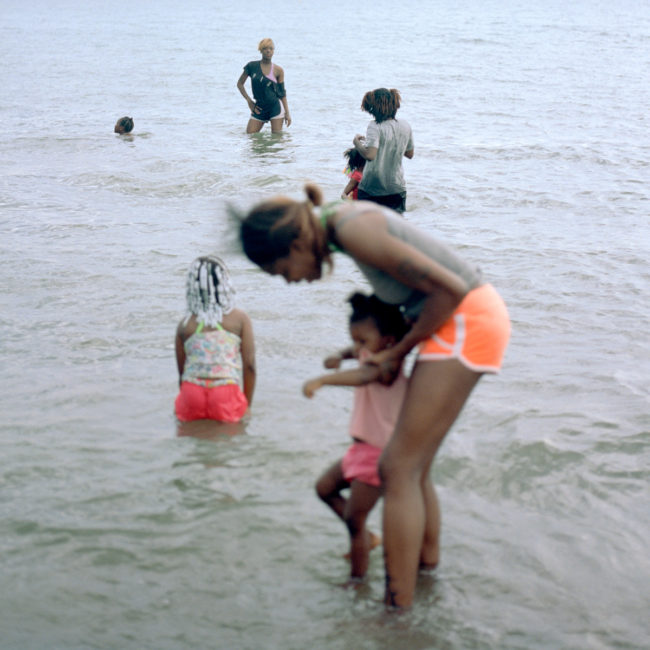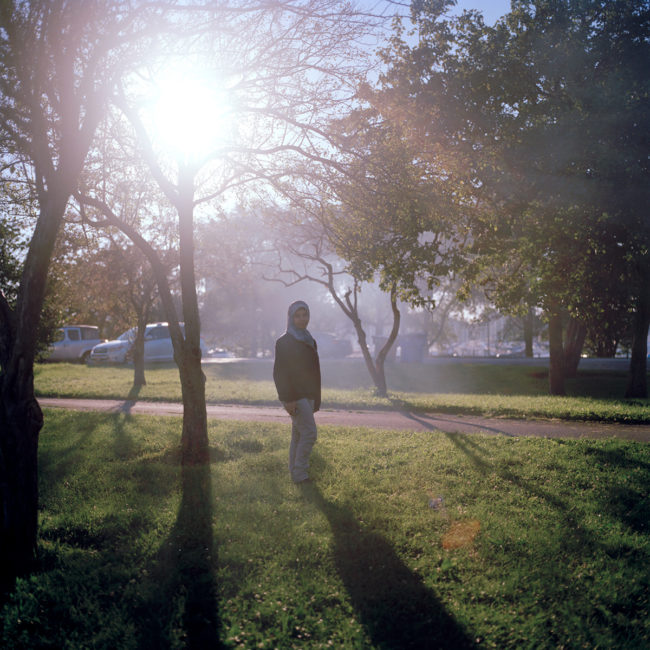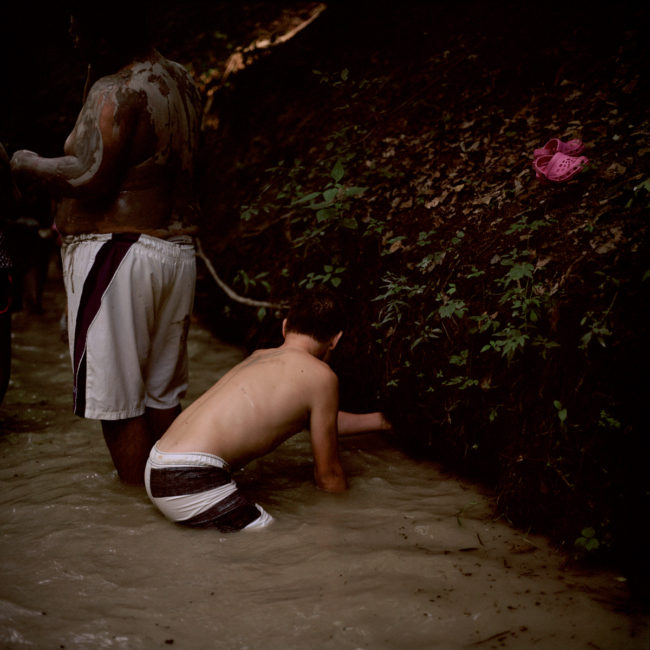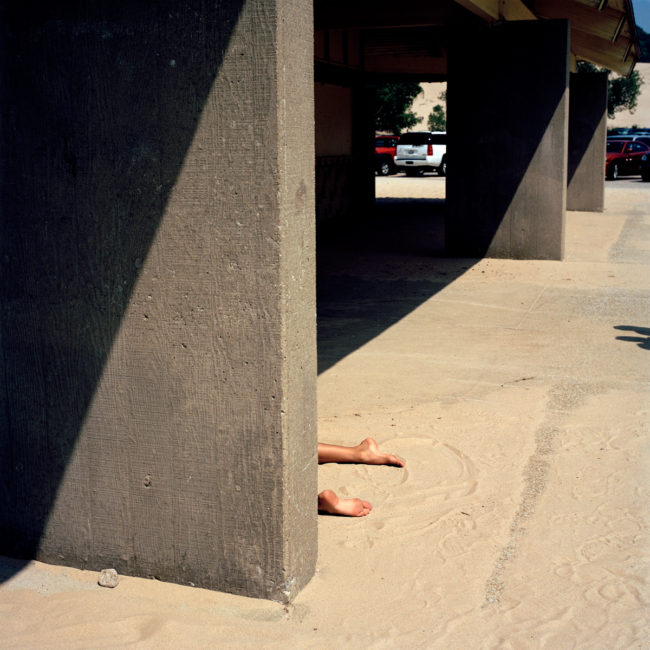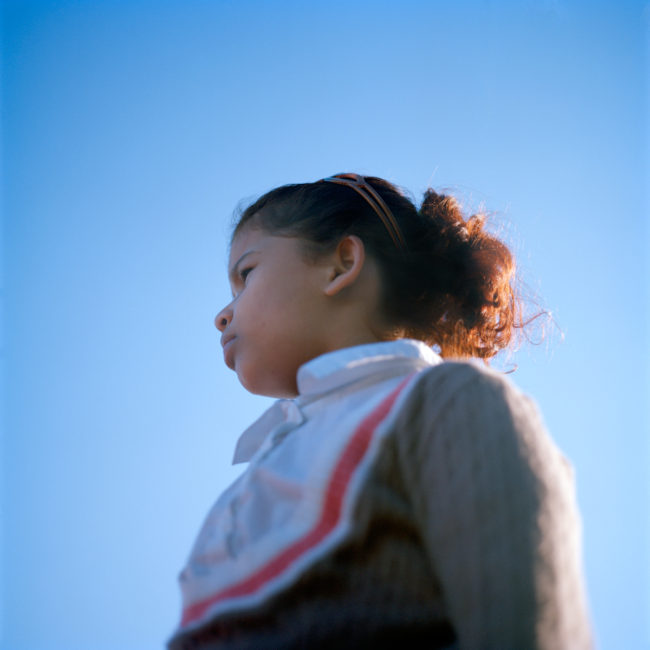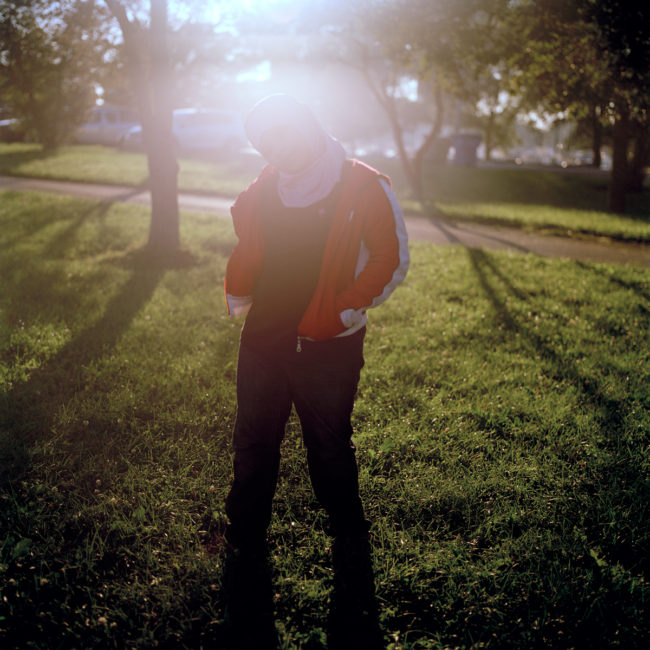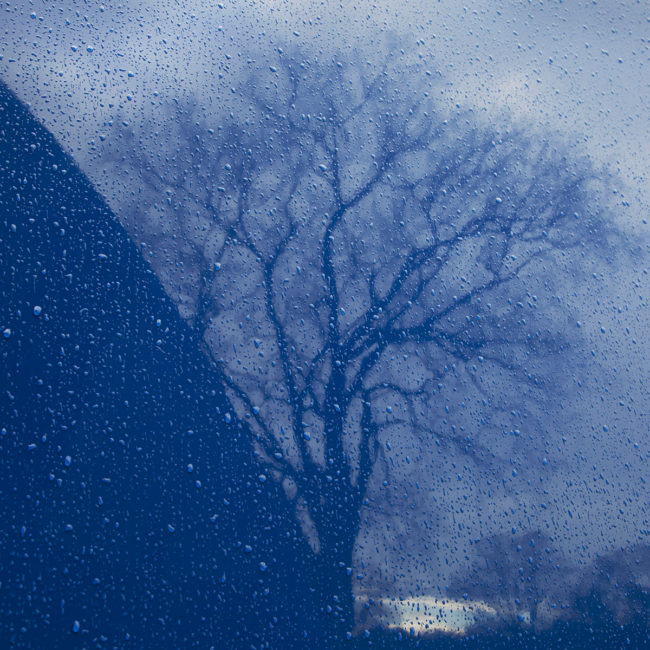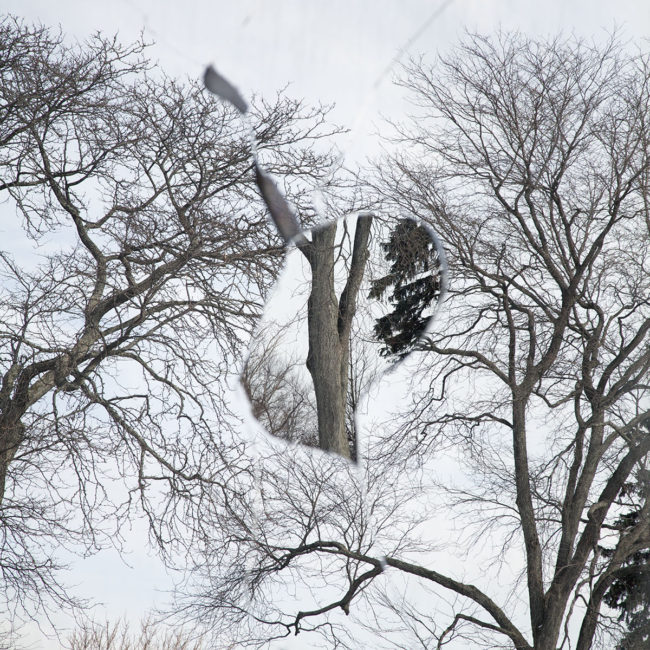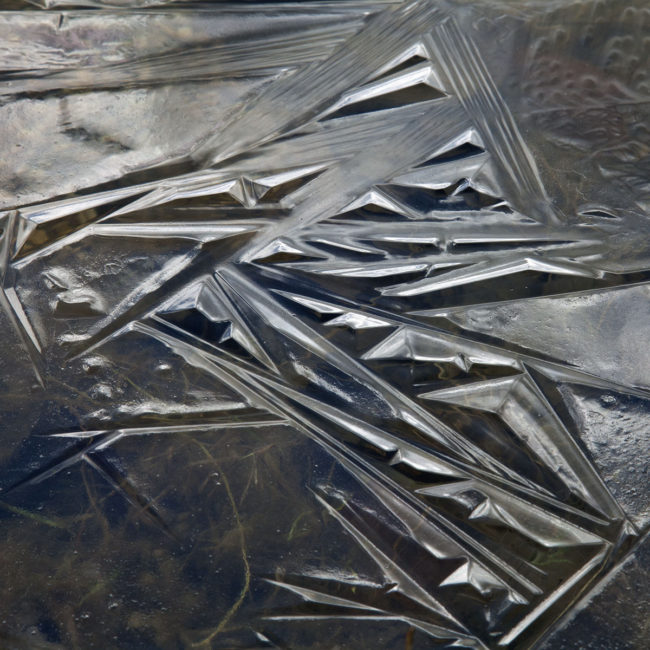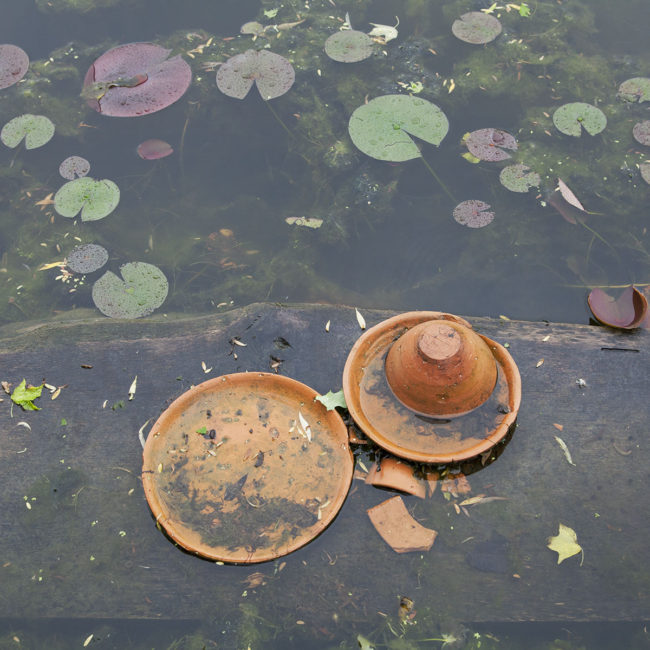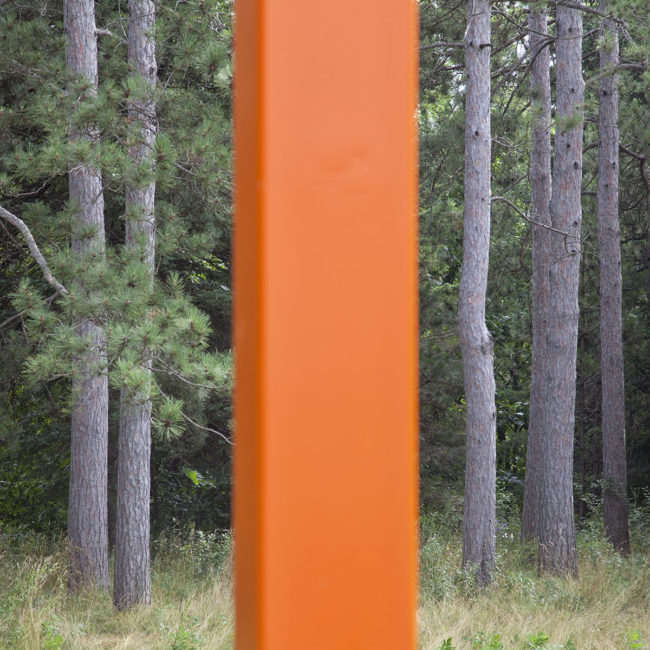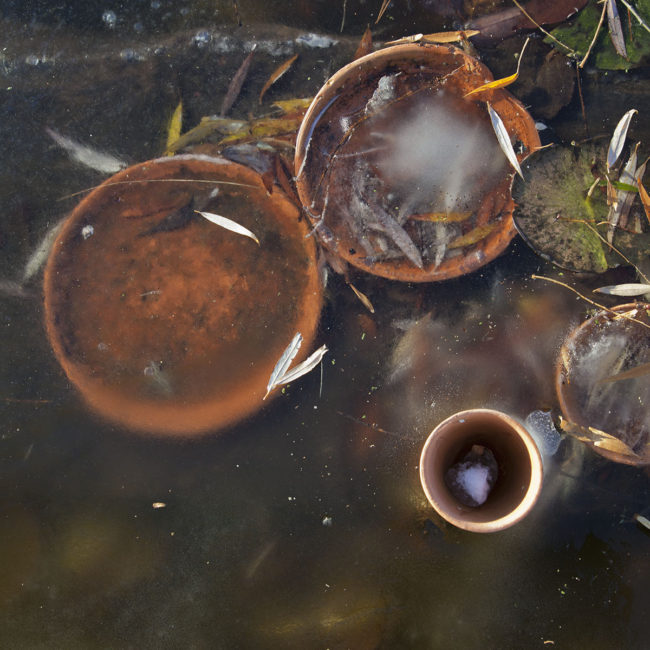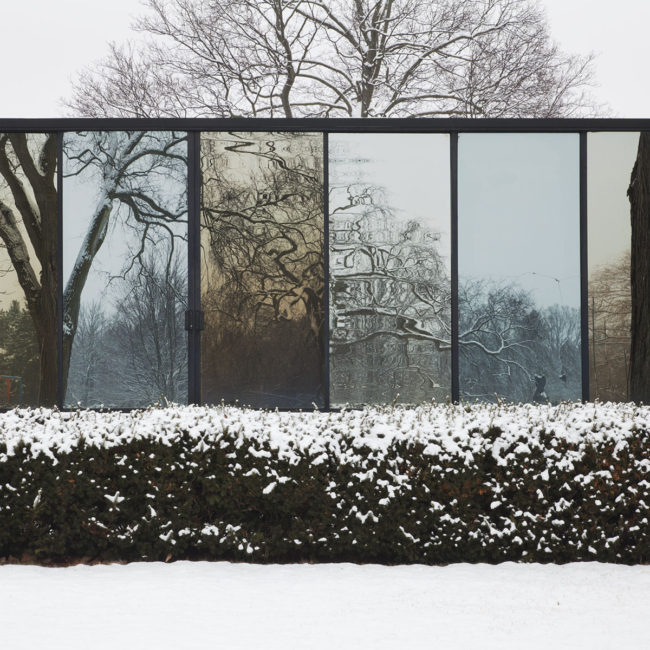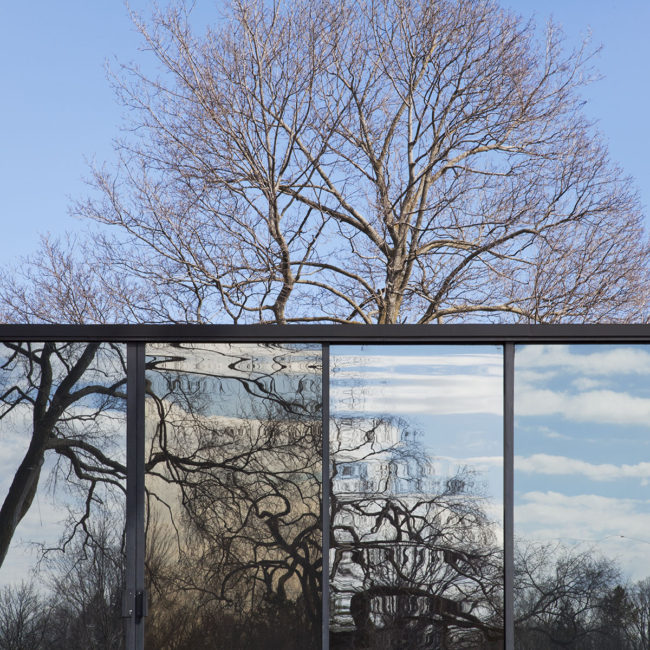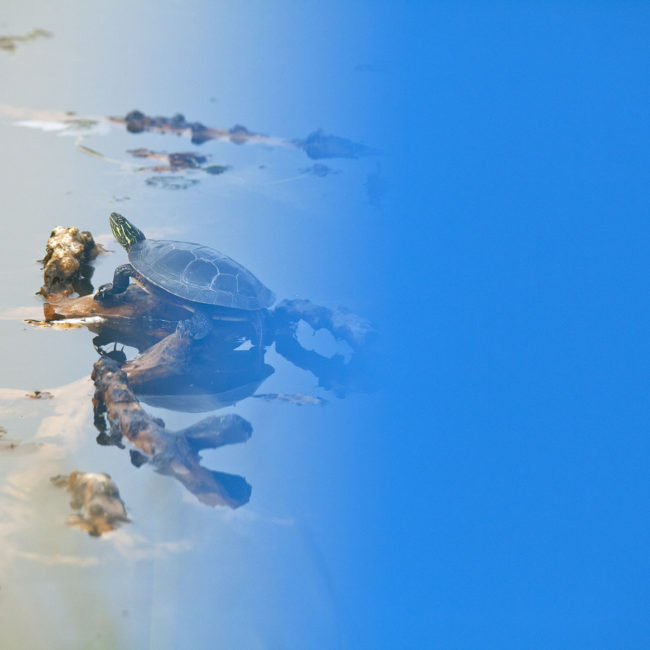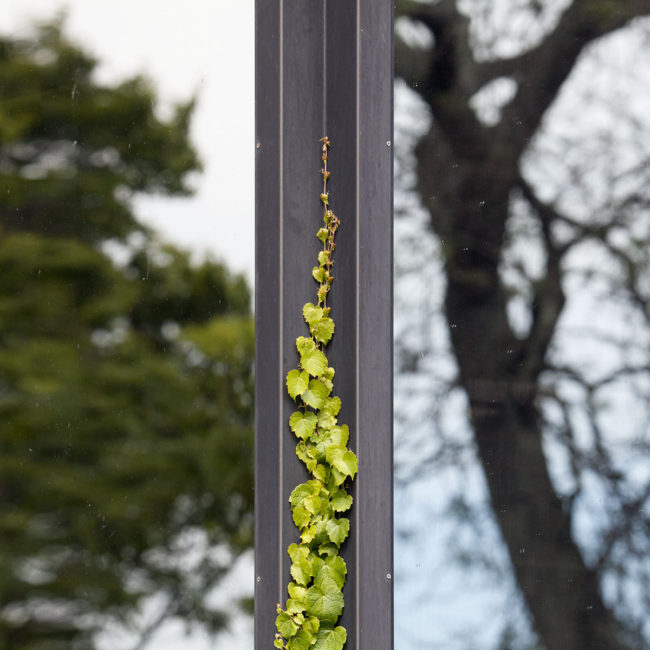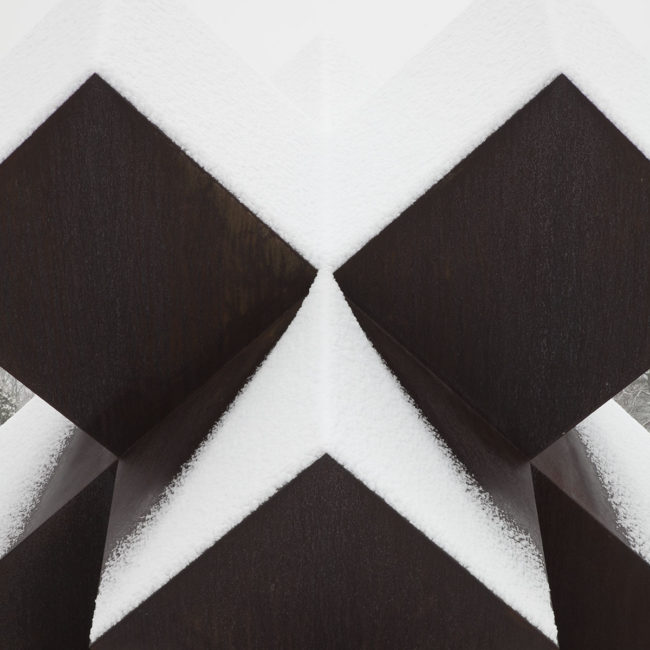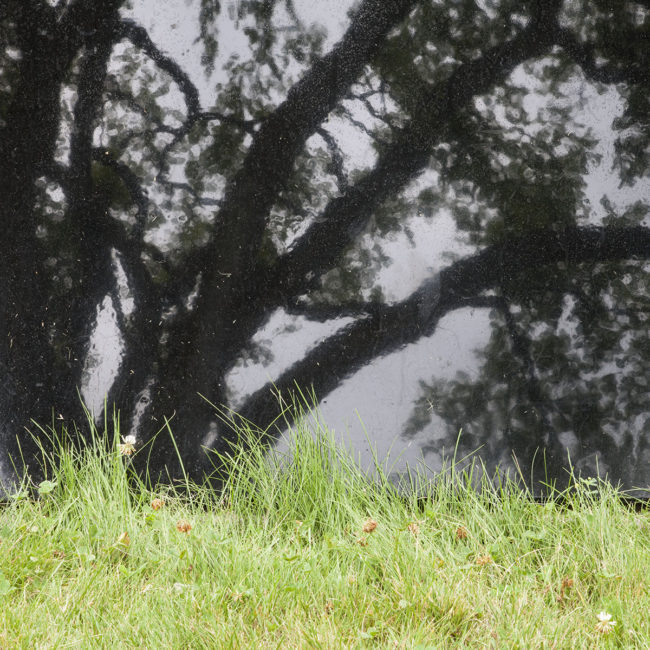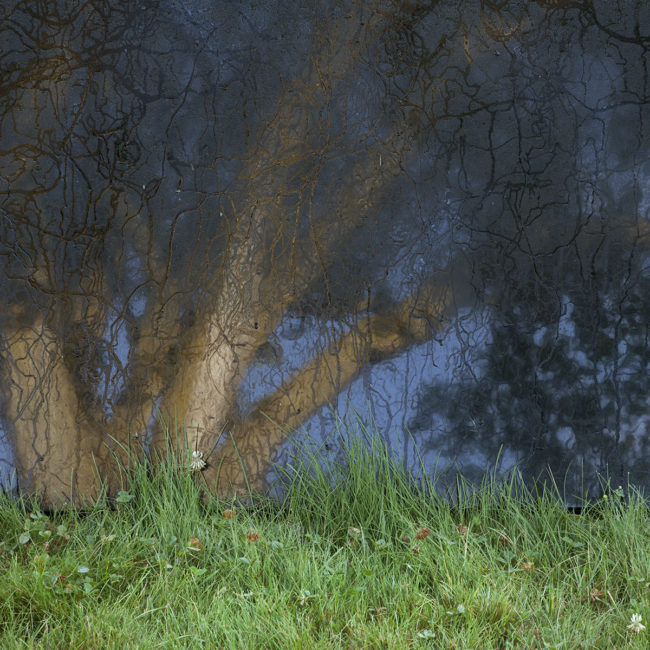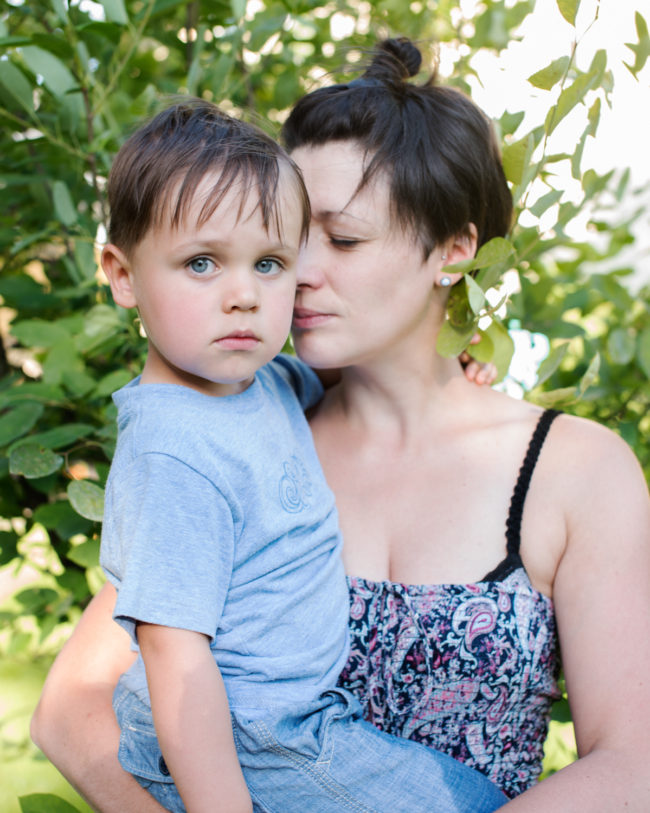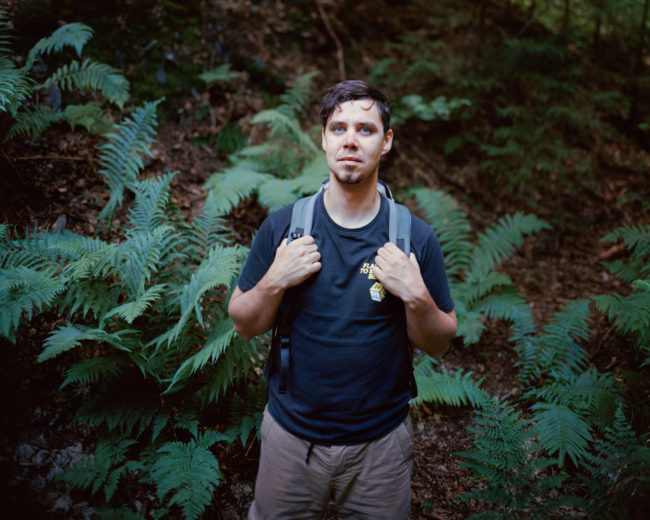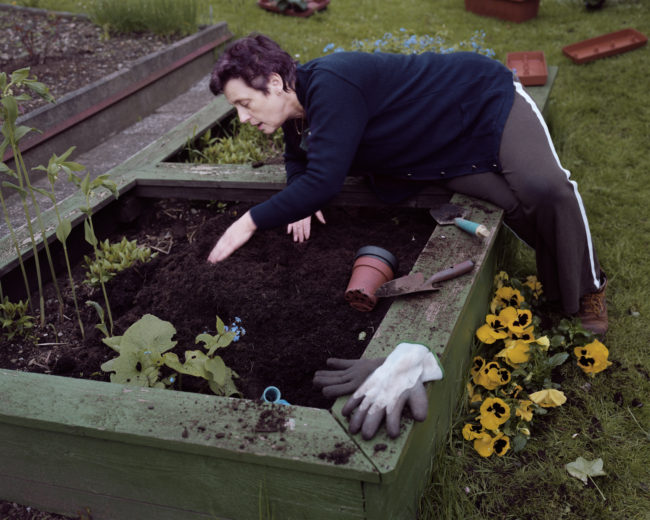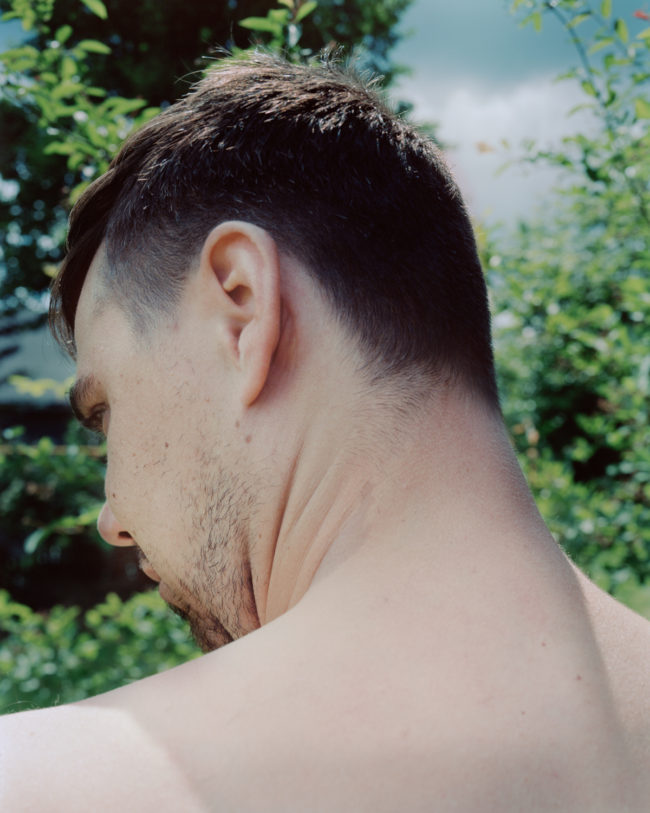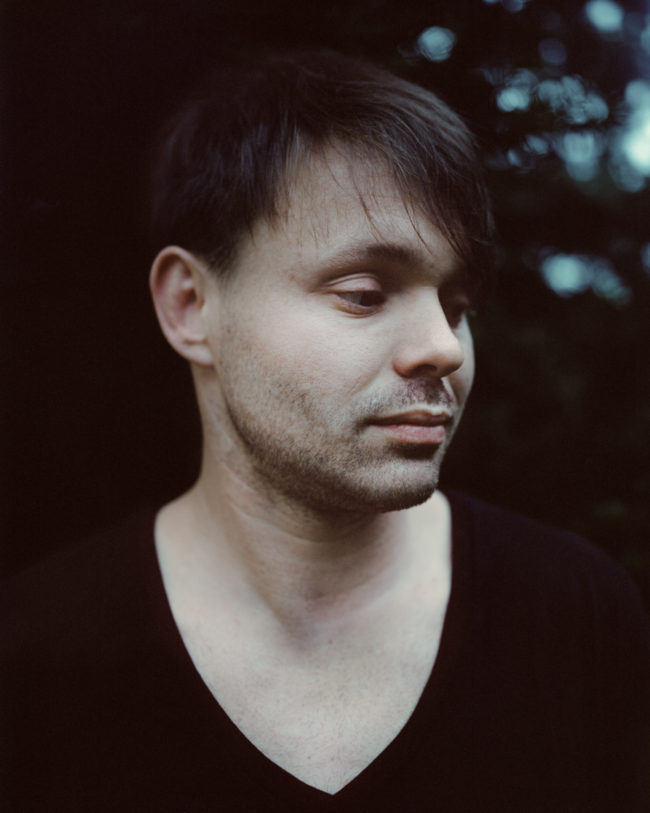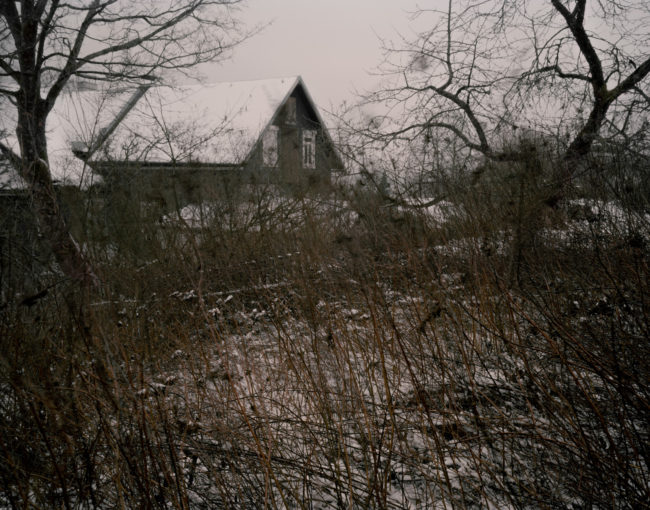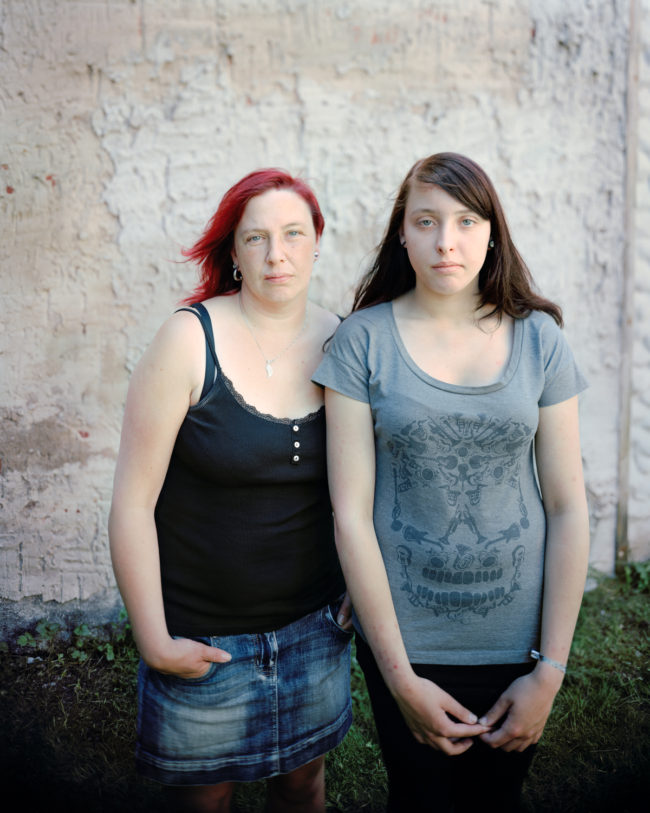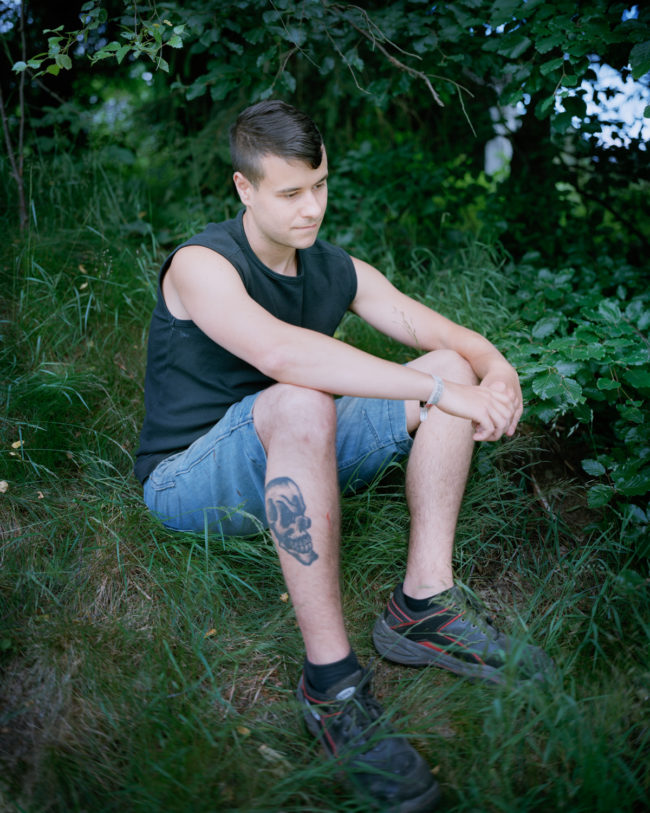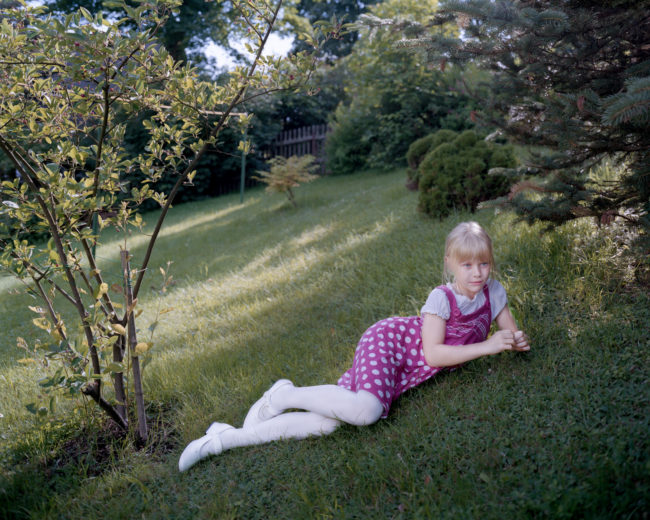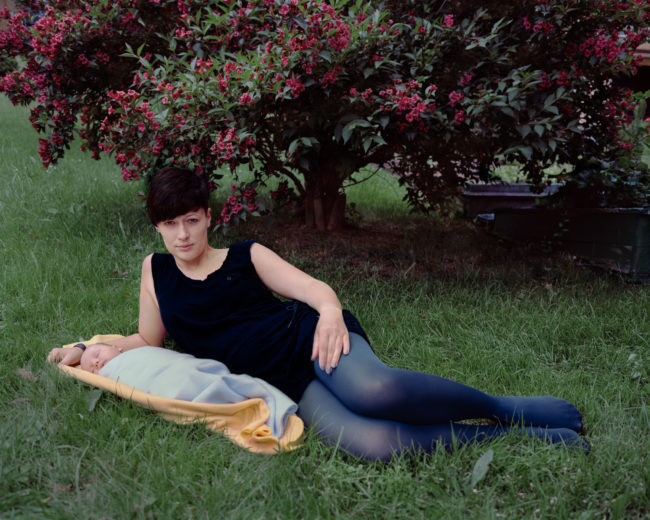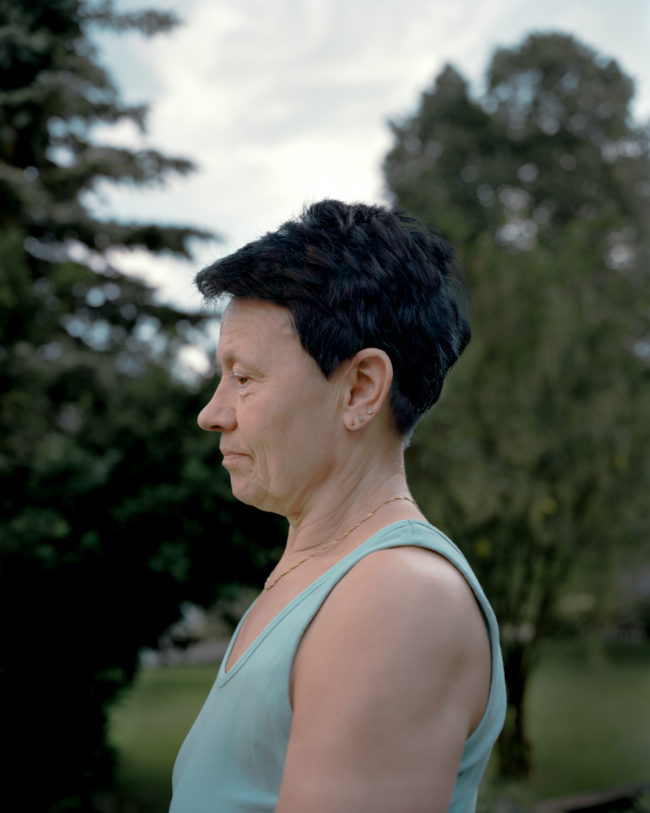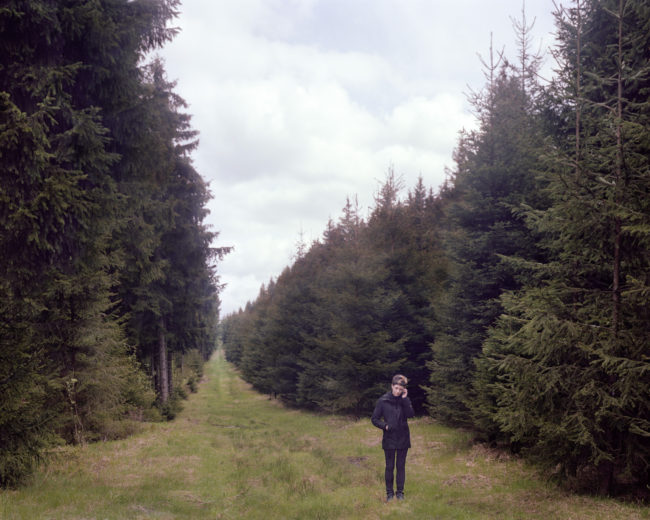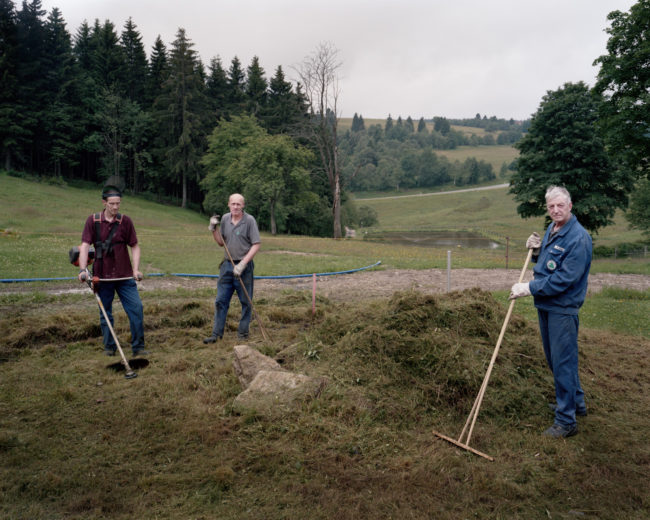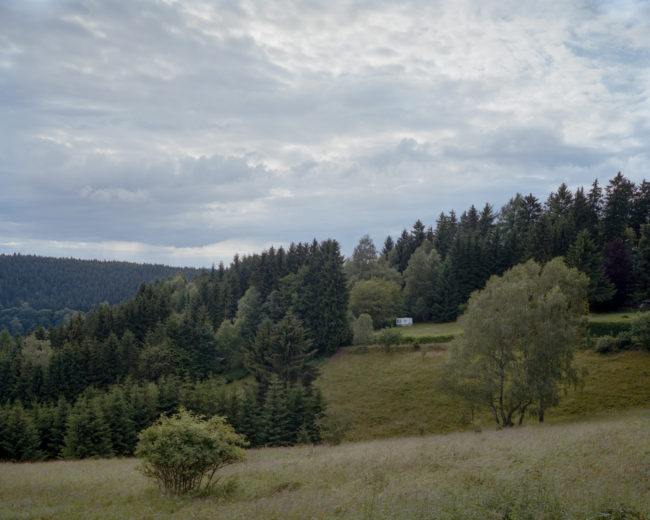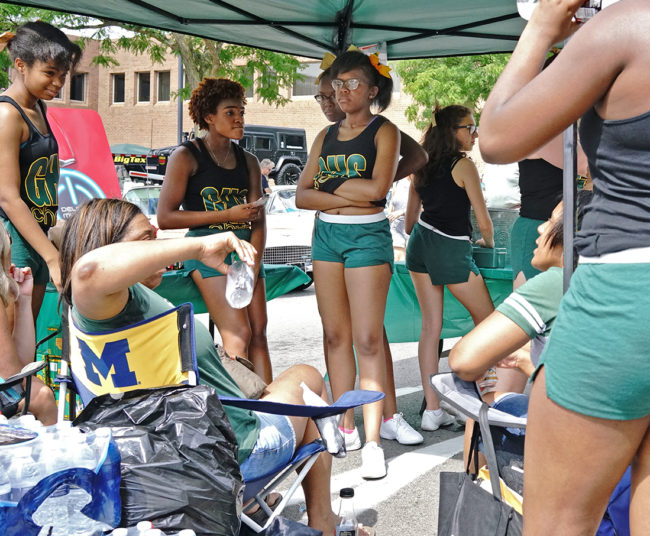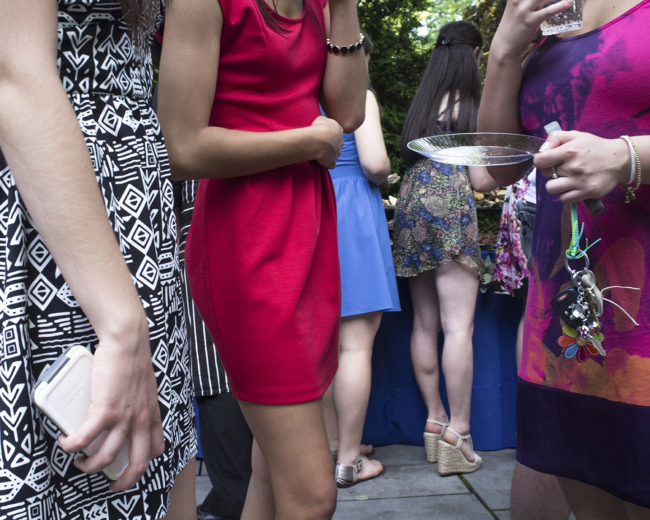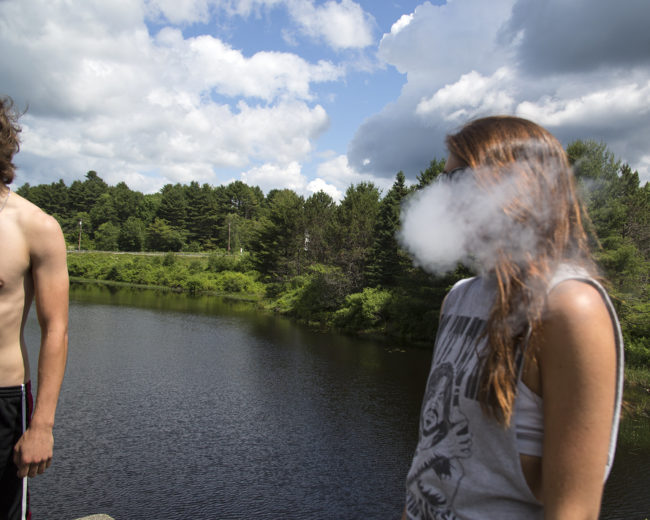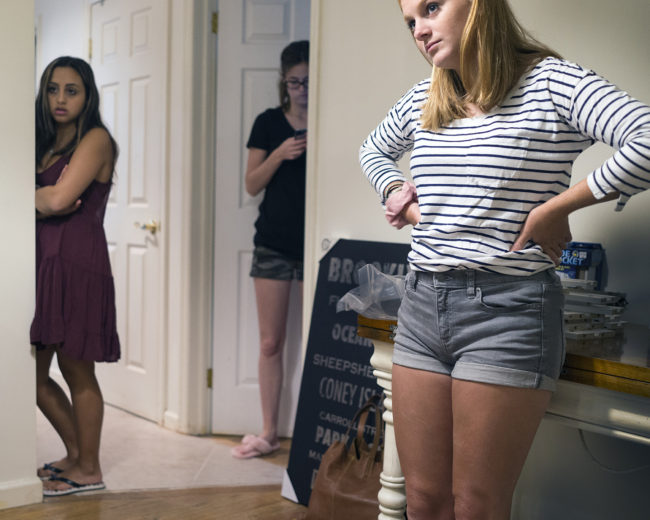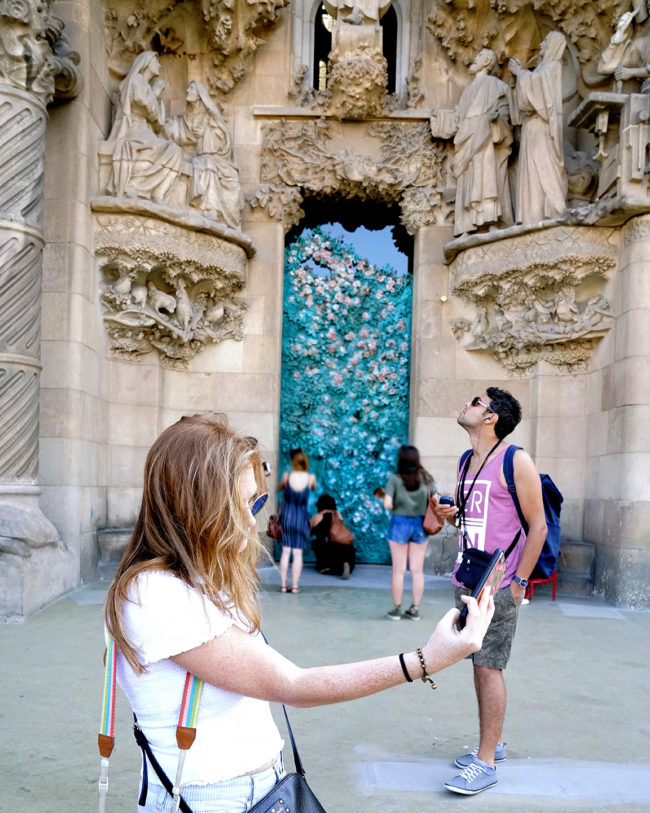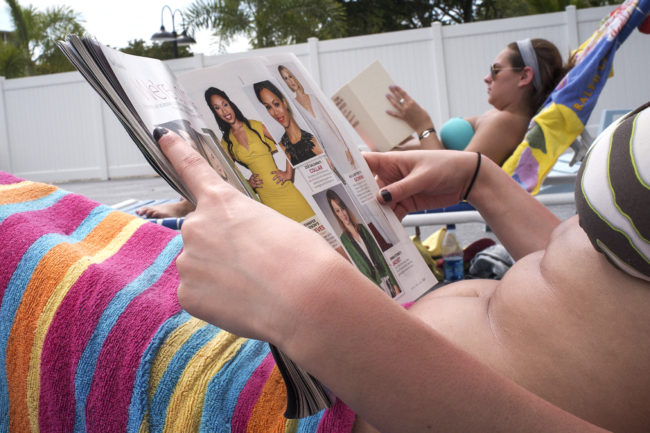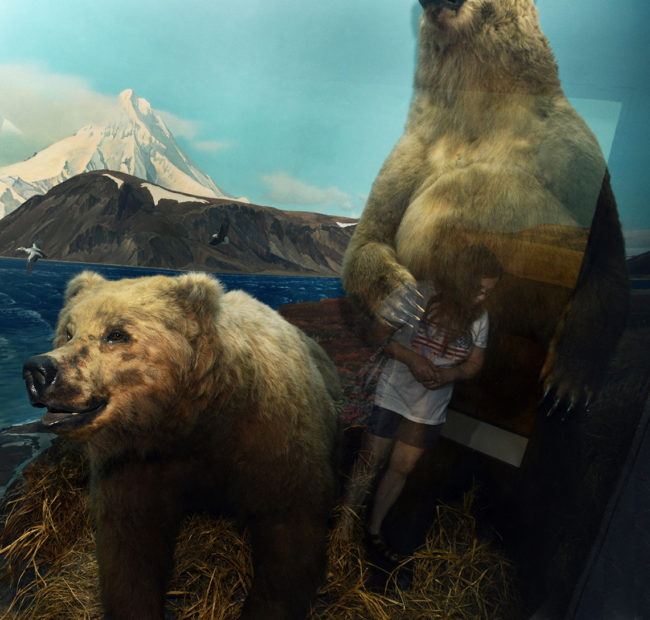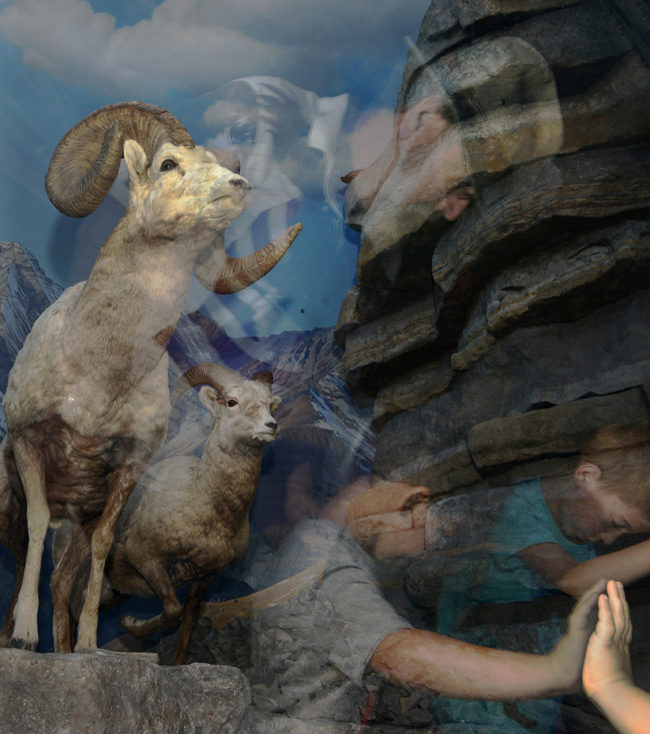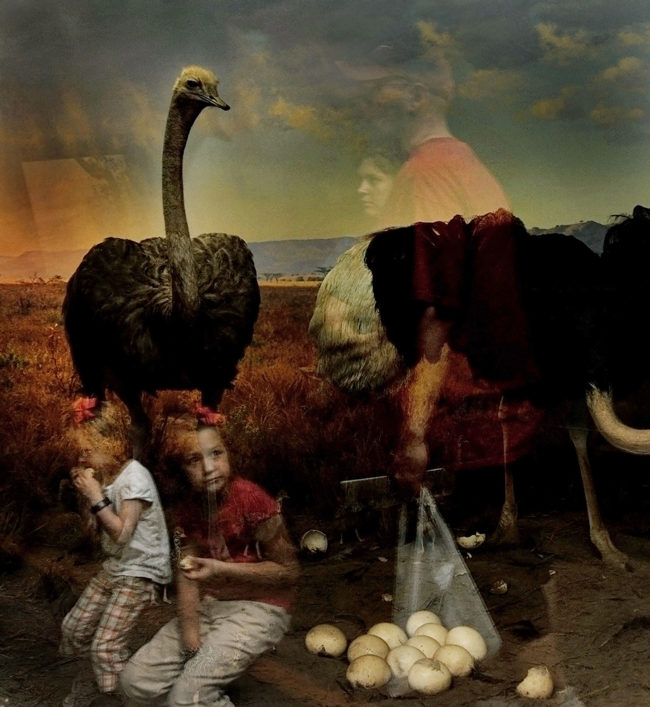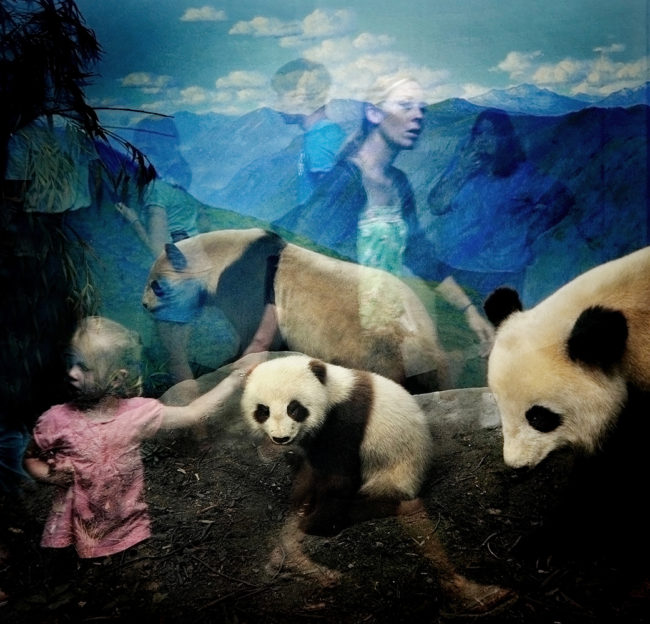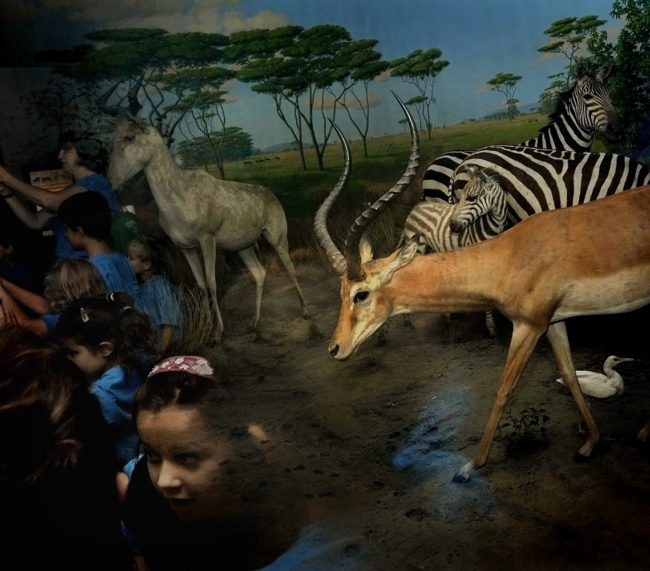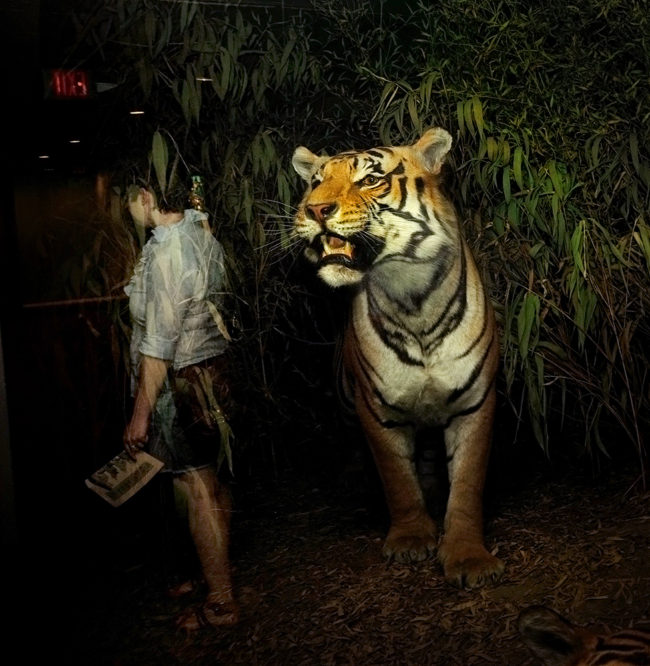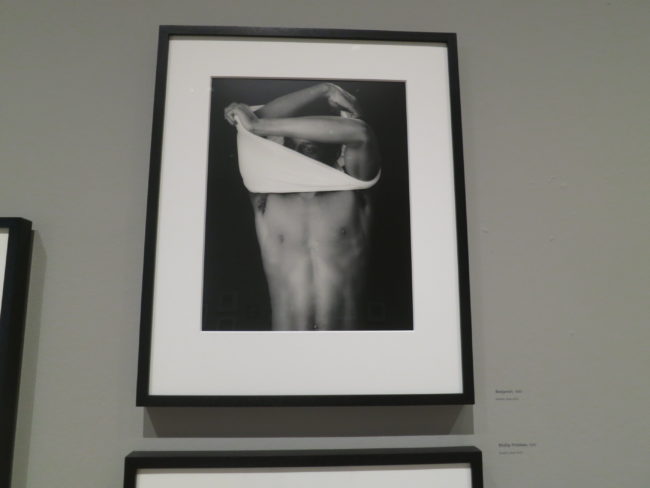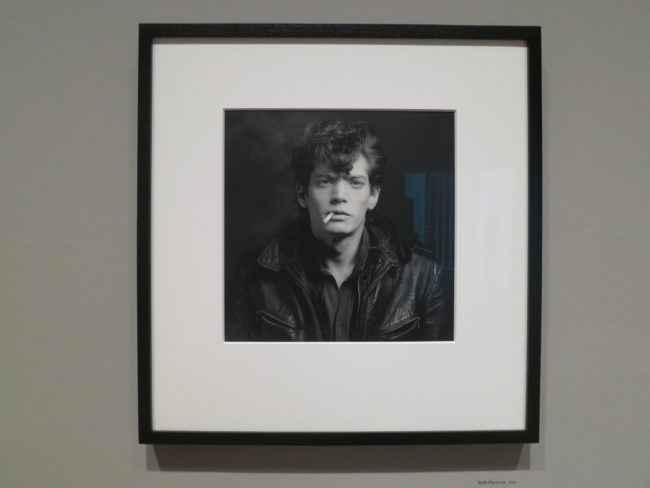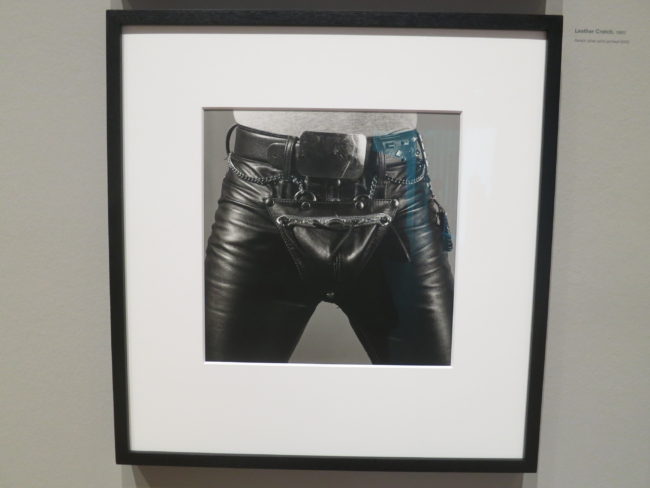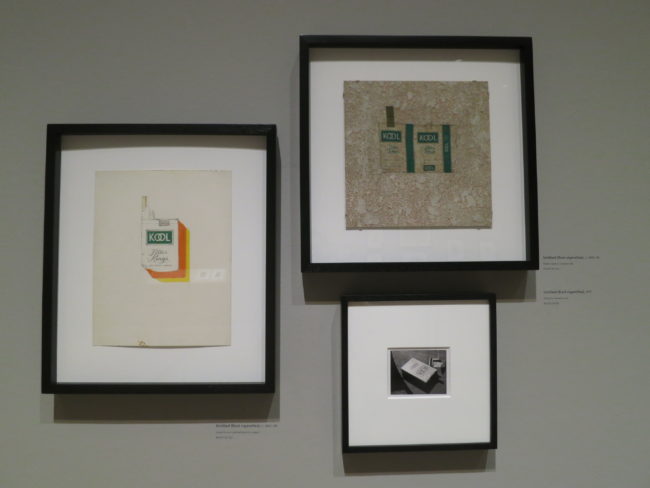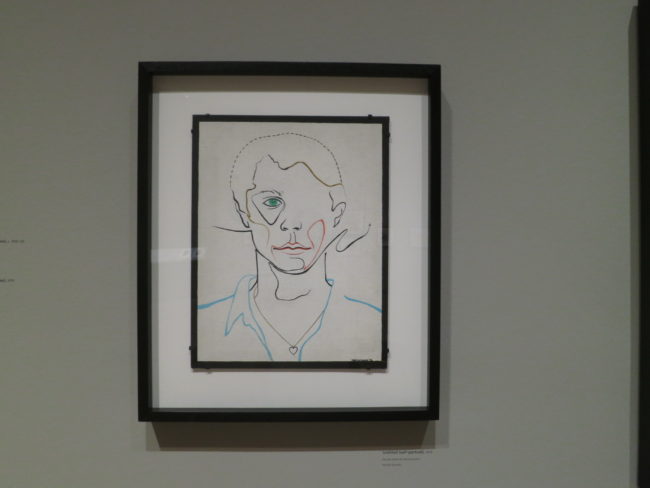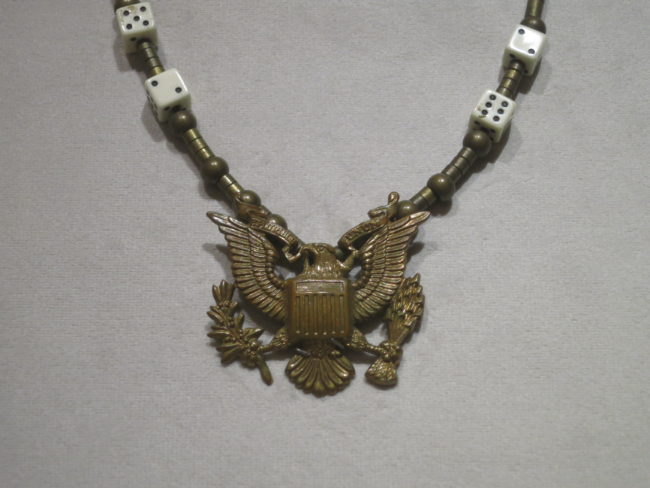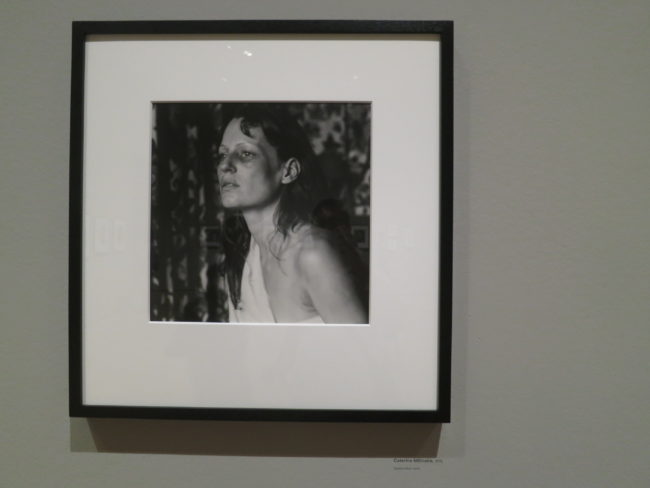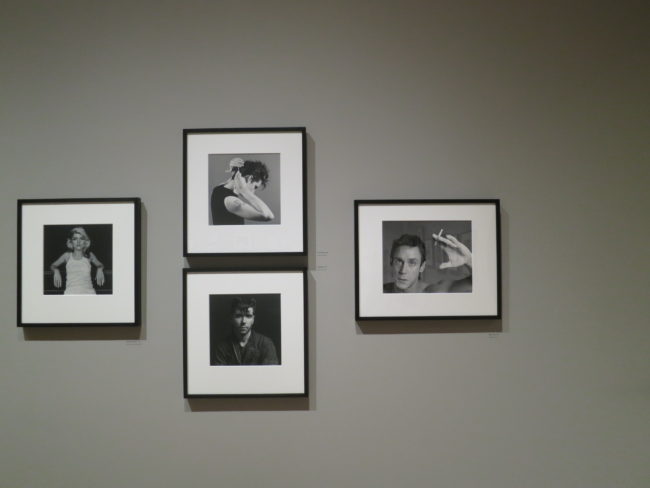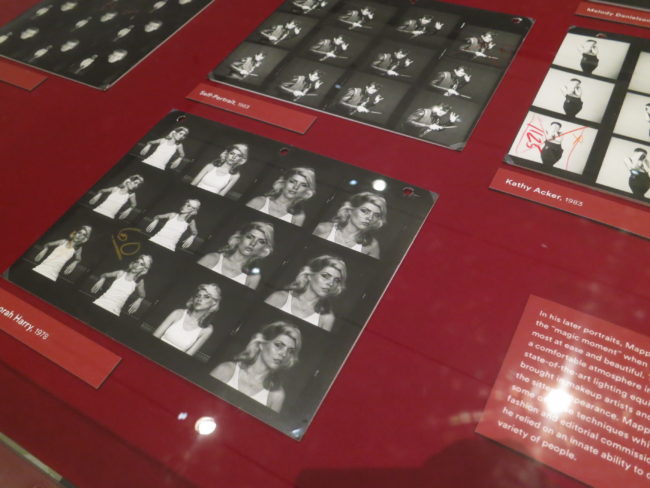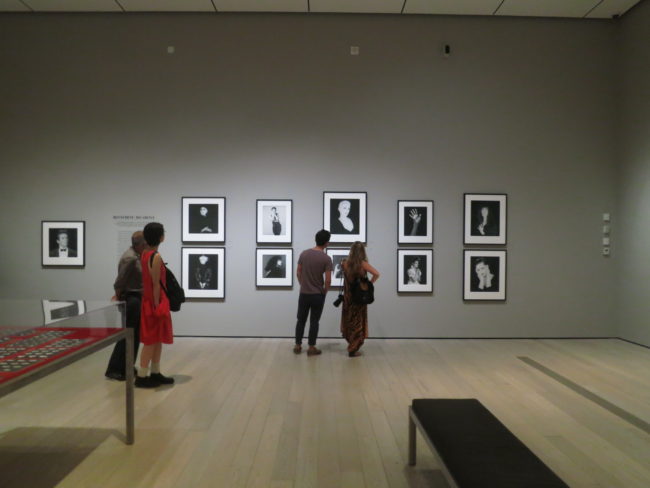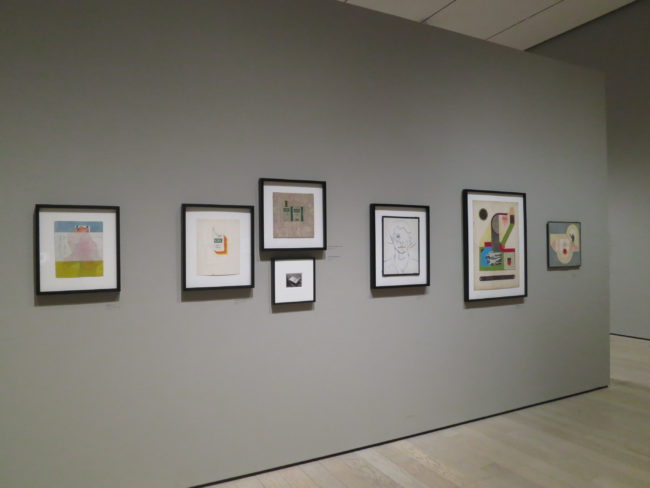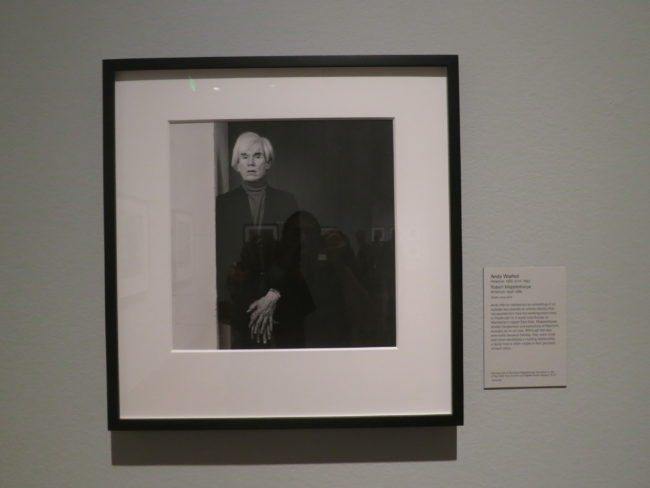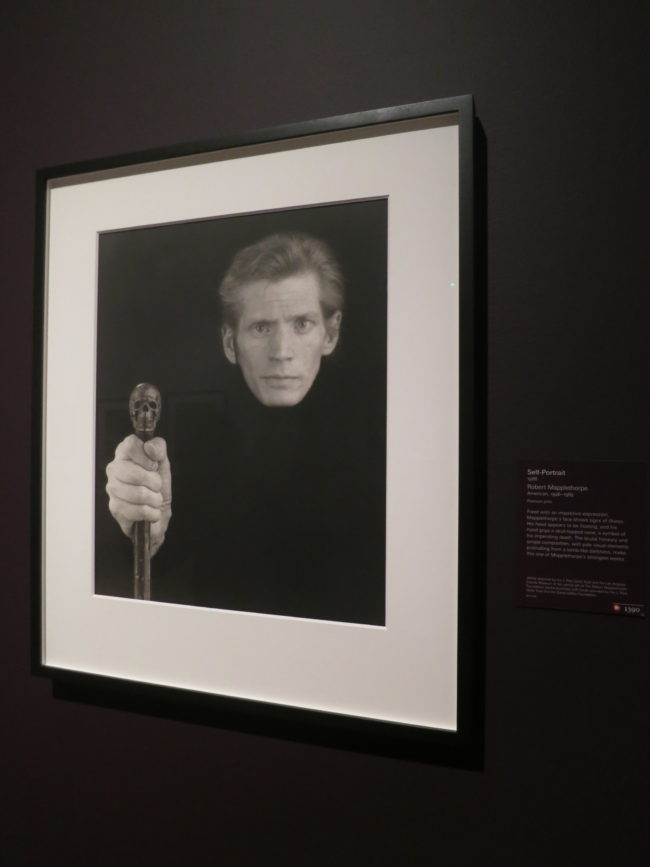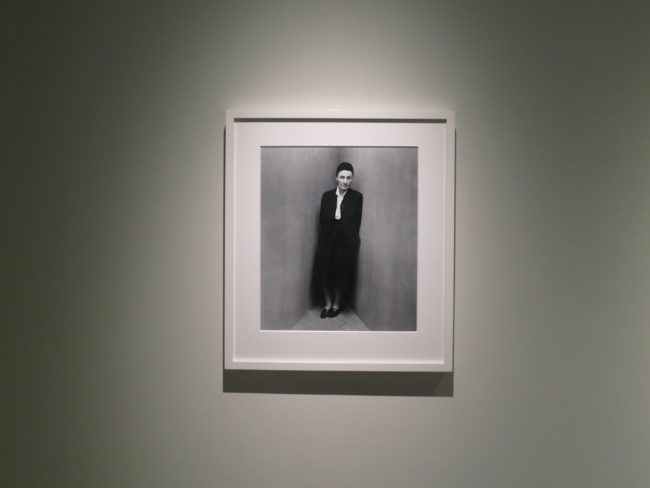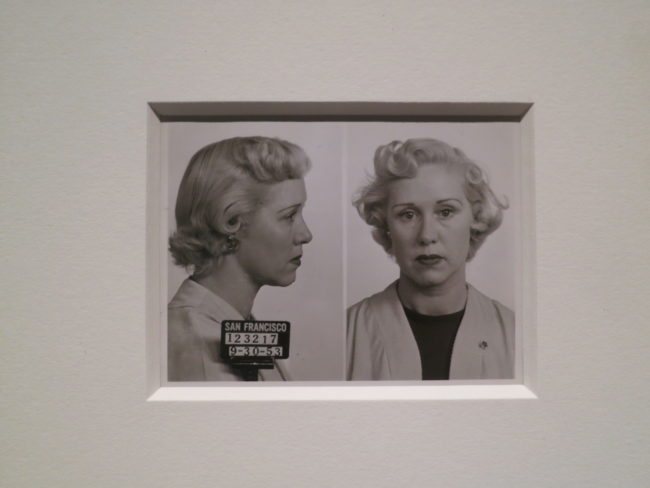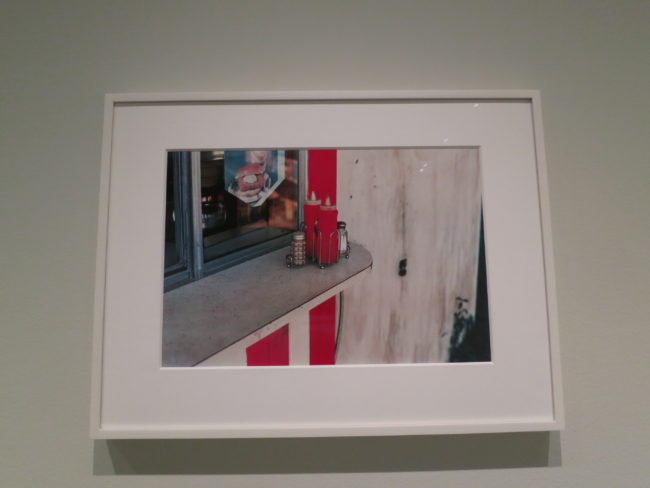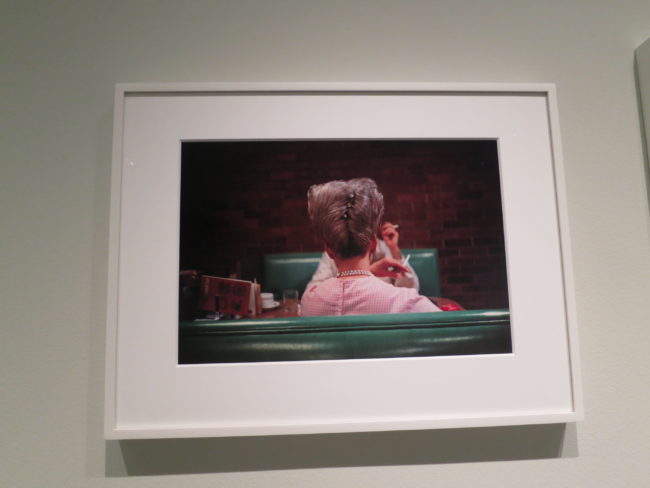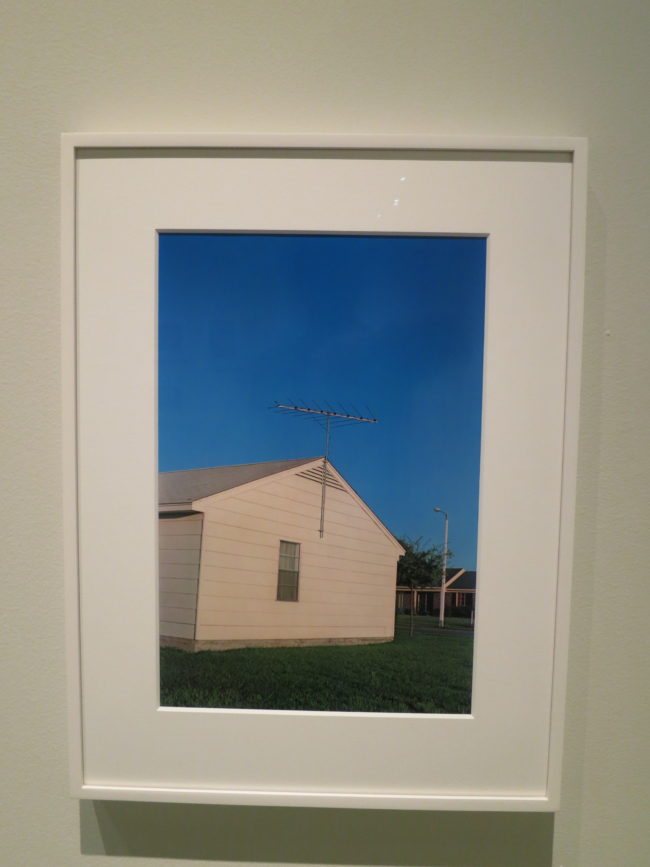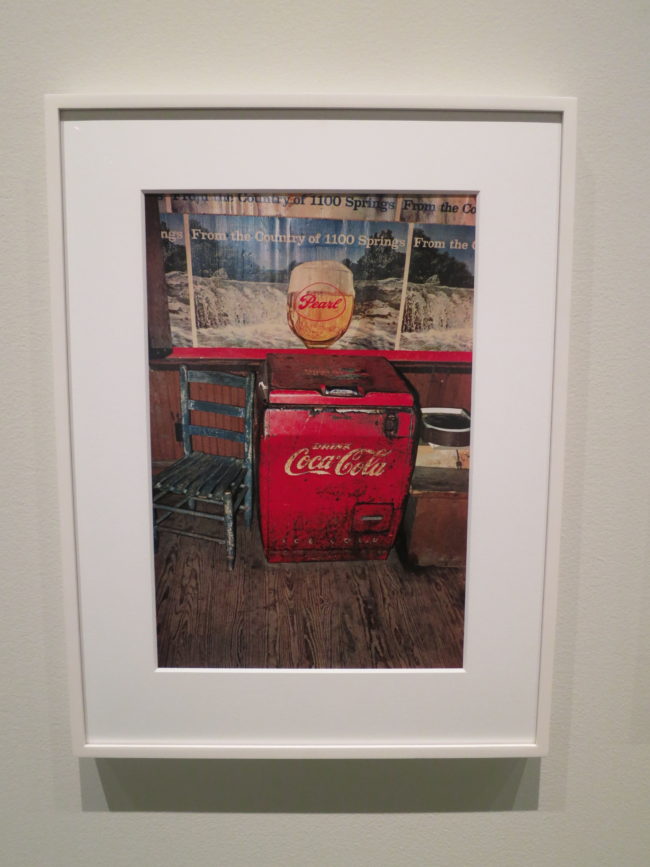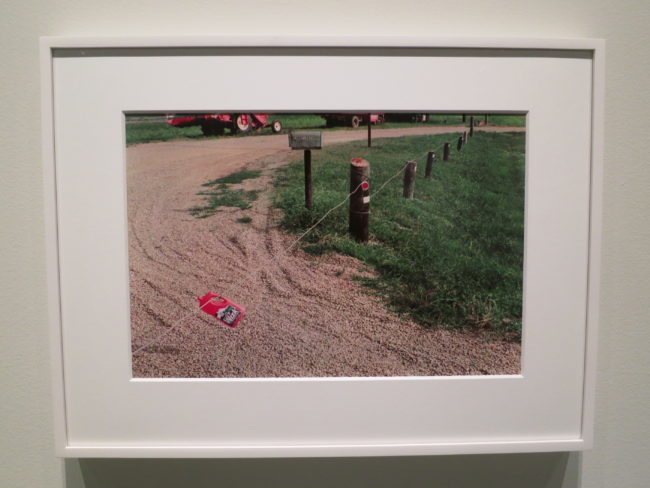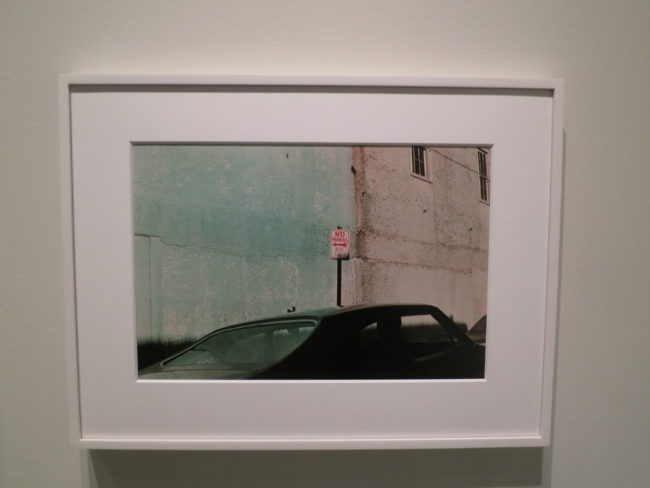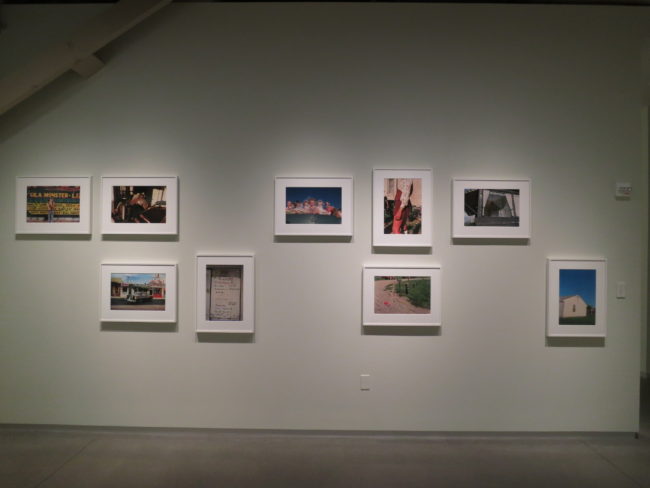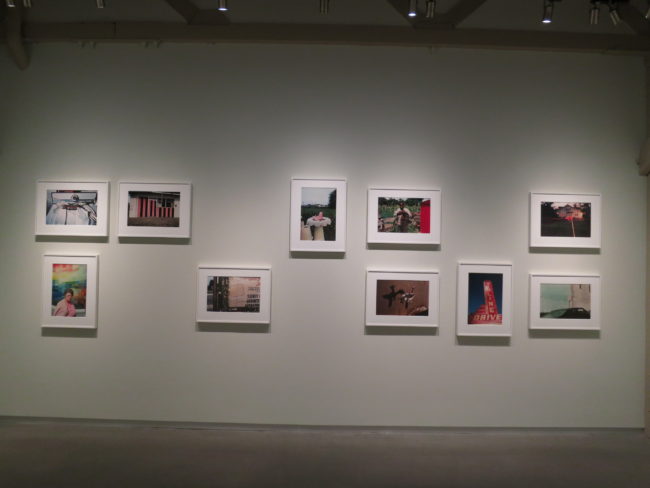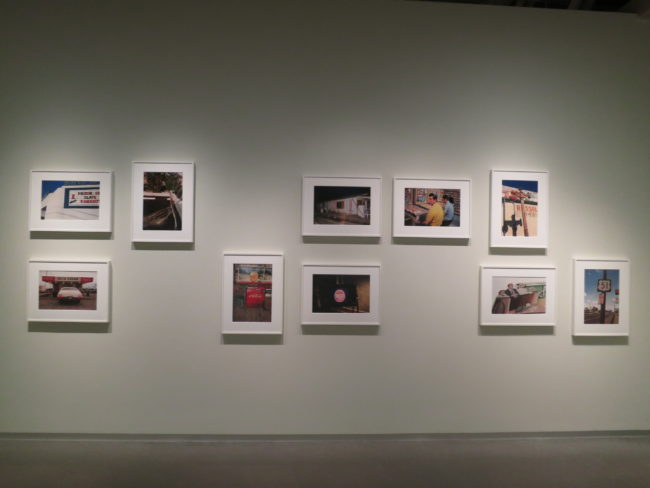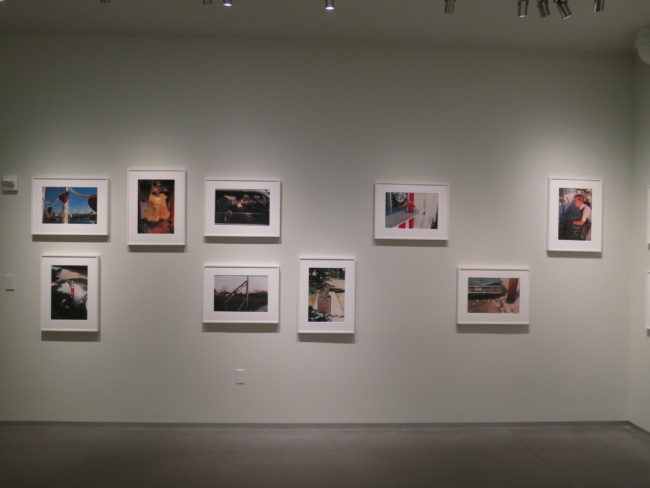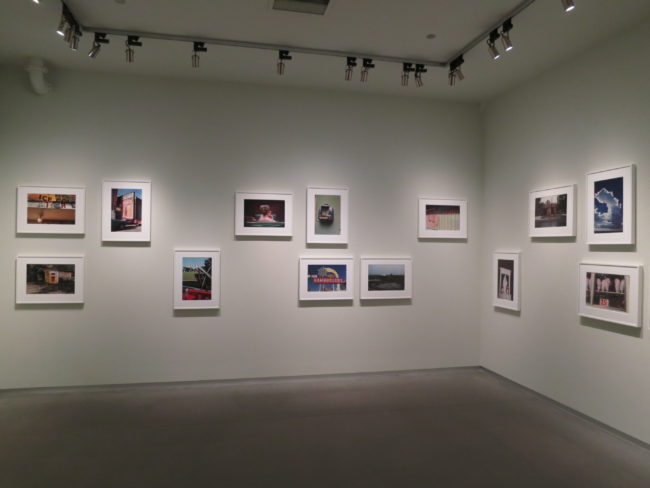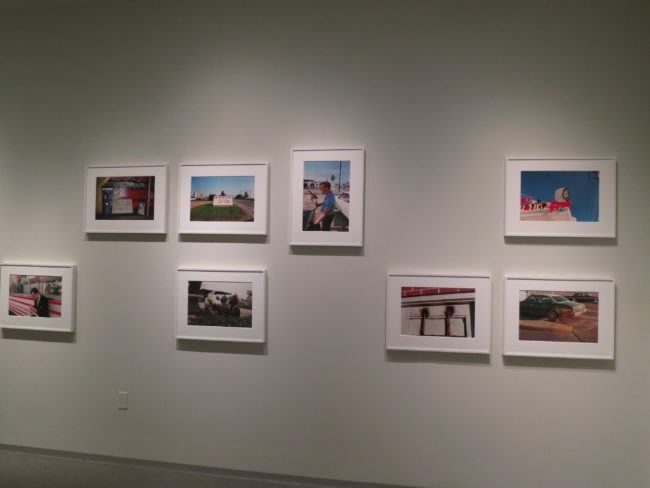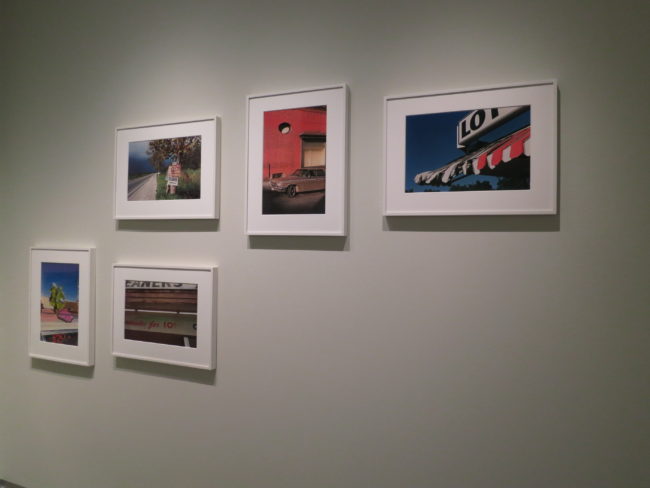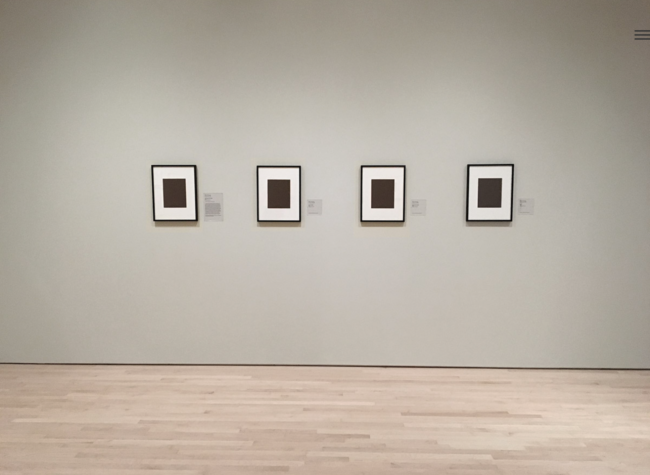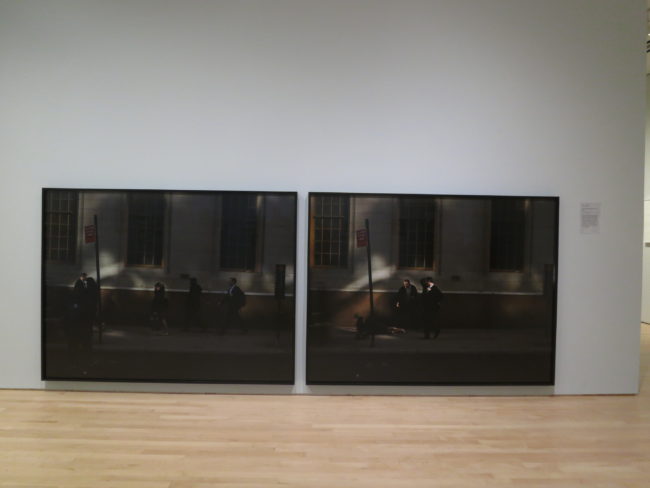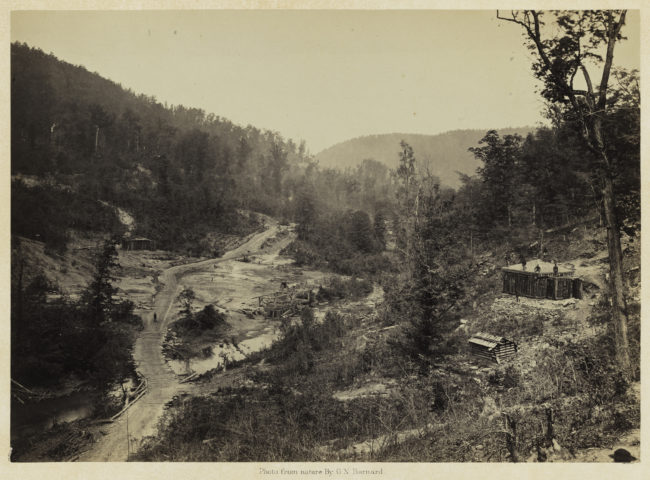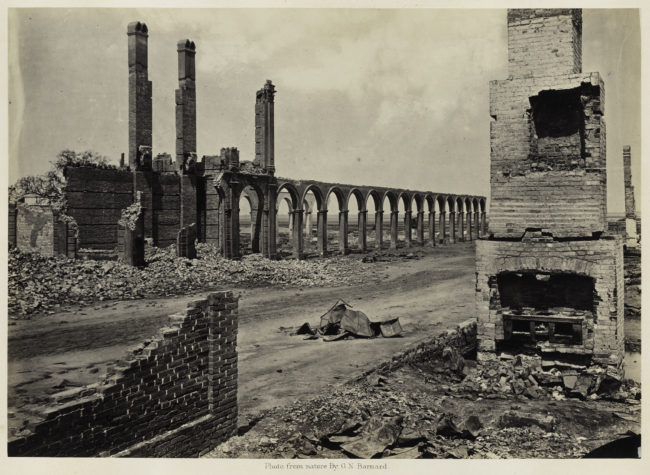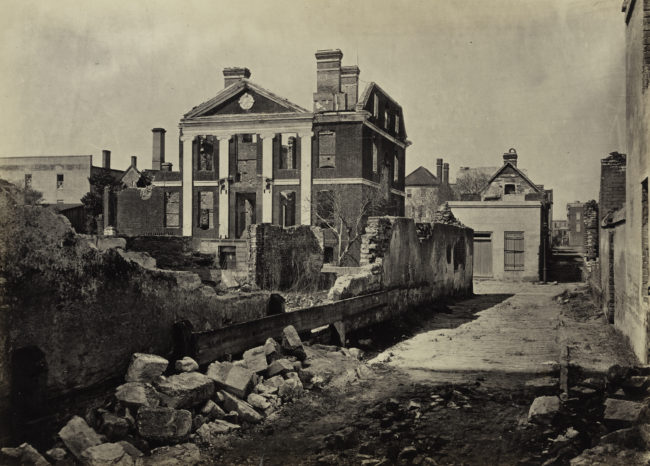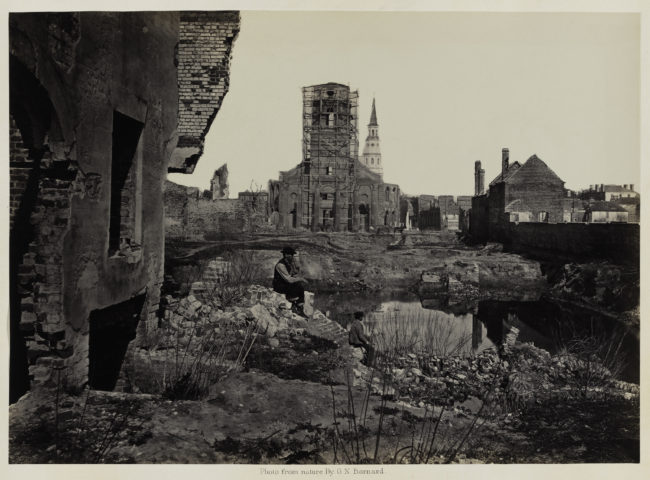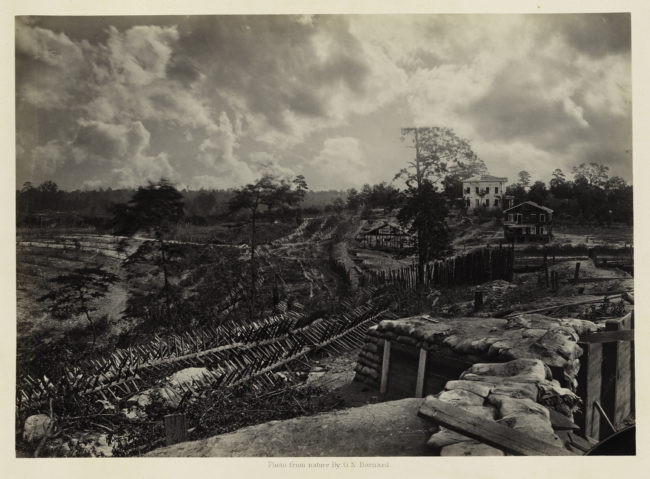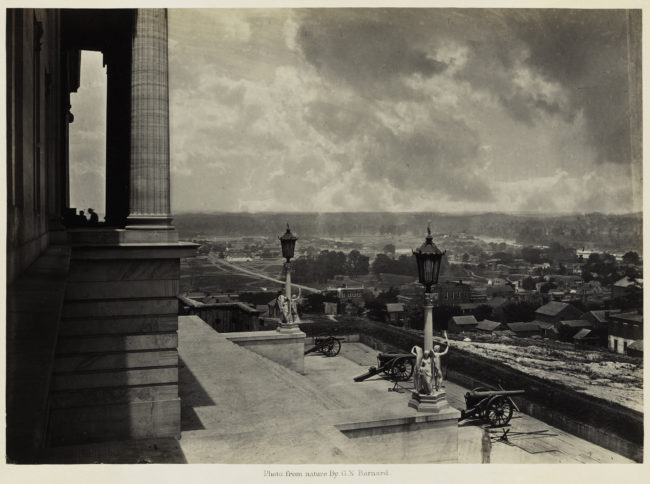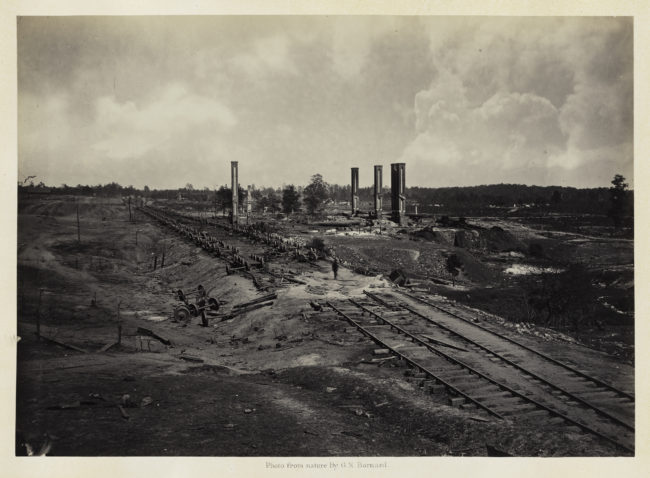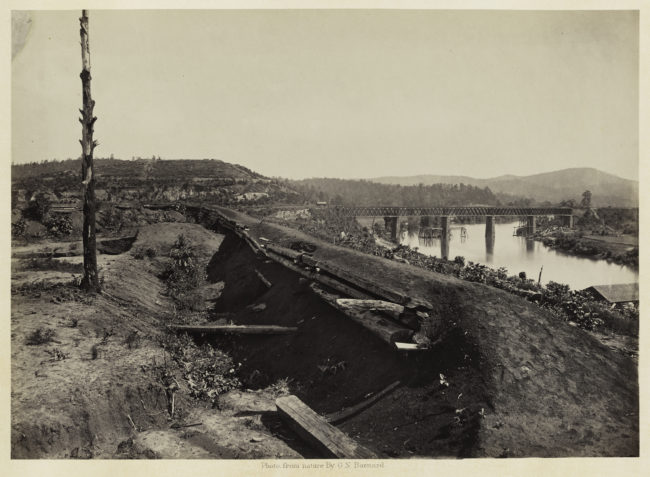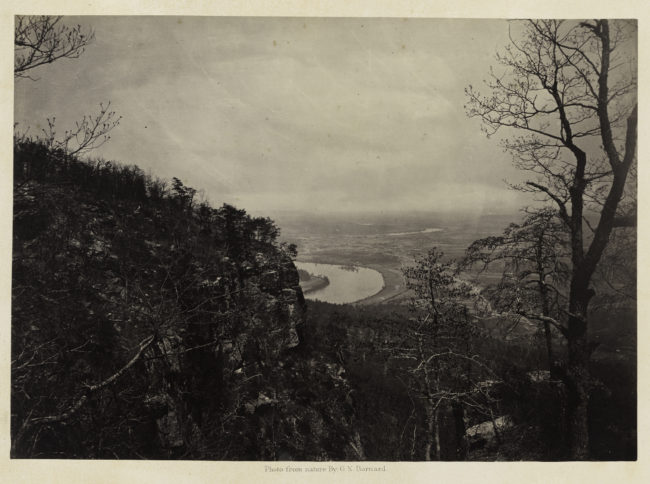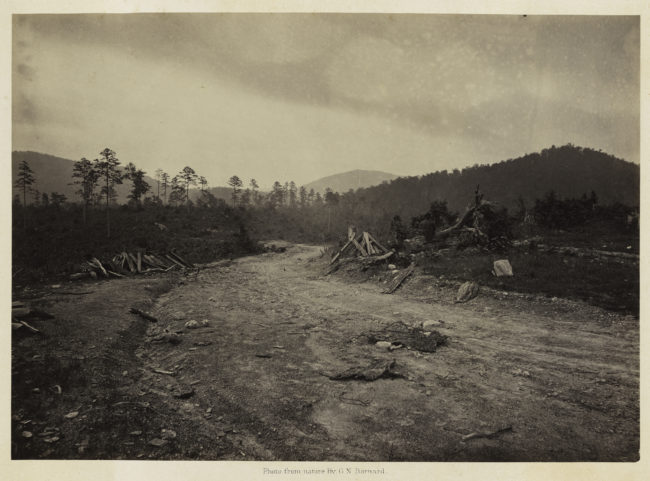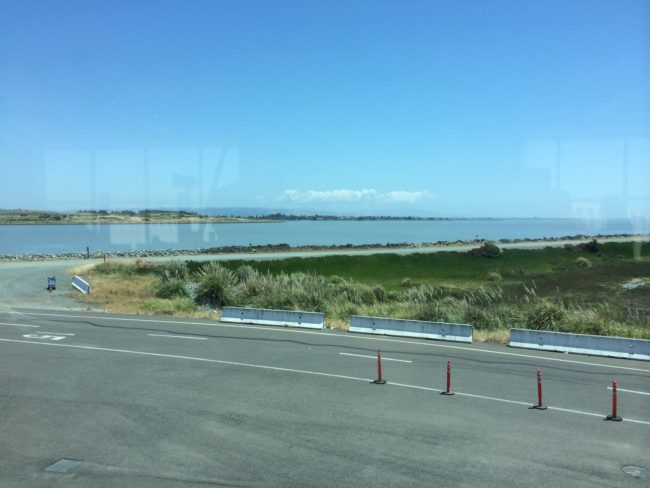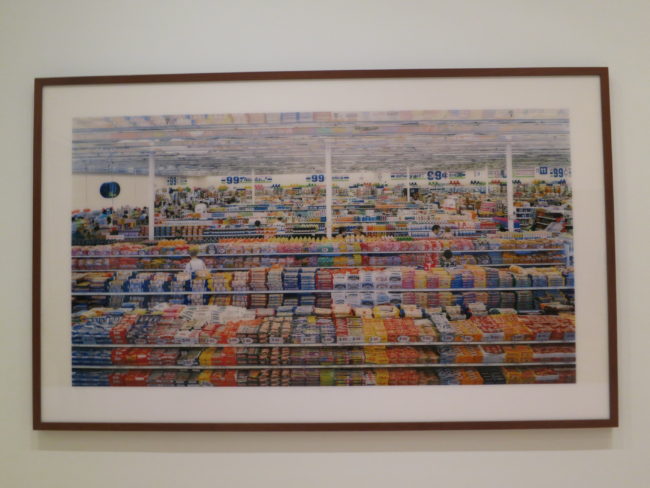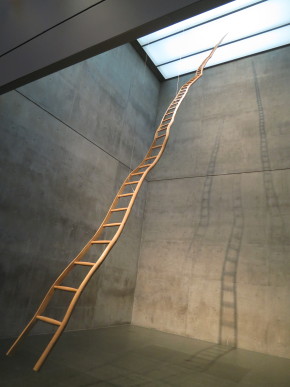Part 1: The Departure
Do you believe in omens?
I’m not sure if I do, but when I got in the car to drive to Denver last month, on the first leg of my journey to London, I was feeling good.
A big adventure just up ahead, I thought.
Maybe it will even be smooth?
Two miles later, though, the tire pressure light came on in Jessie’s car. (She insisted I take it, as it has some assisted driving features that can help on mountain roads.)
Shit, I thought.
Just what I need.
I hope it’s not an omen.
I called her up and asked about it, and she reminded me it happened 10 days ago, and she’d gotten it fixed, supposedly.
Must be a slow leak.
Sorry, she said, but maybe get a little air in it on the way up.
I’d already forgotten my Benadryl to sleep on the plane, so that would make two stops, on top of the 4.5 hour drive.
(It was beginning to feel like a smooth trip might be just outside my grasp.)
But I bopped my head to some great hip hop music, driving across the Rockies, and even made a video to show Hugo, of the car moving through the Great Wild West while some good music ran in the background.
(You knew it was gonna be Old Town Road, right?)
By the North side of Pueblo, (the end of New Mexico-infused Colorado,) I knew it was time to stop in the not-so-aptly-named town of Eden.
Dusty and dry, this version of Eden.
With 18 wheelers coming at you faster-than-they-should-be-going, from every direction.
There was a truck stop there, I remembered, maybe a Loves, and surely they’d have a place to get air. I went inside to use the restroom, and buy some caffeinated drink to get quarters to use in the air machine.
That done, I drove the car from one parking spot to another, right next to the pressurized air, and got myself organized.
I pulled off each tire cap, and put them in a really obvious place, one per tire.
I took a deep breath.
Then I popped the quarters, and began testing my tires, quickly and efficiently, because you know that Damn machine is only gonna give you one minute of air, if you’re lucky.
Now, did I still manage to knock over a tire cap and have to go searching, just barely avoiding hands and knees?
Yes. Yes I did.
But it was only when I got everything together, started up the car, and began to drive away that I noticed there were people living in the car parked next to me.
They’d been in there the whole time.
Watching me, all dressed up for my big European adventure, dancing around the Subaru, quick and business-like, trying to make my plane.
The whole time, I was secretly thinking of the infused edibles I was about to buy down the hill at Strawberry Fields. (I ended up with rice crispy treats. They were delicious.)
All that while, some nameless people were in their car, not four feet away, living in a completely different America.
Right there at Loves.
In the middle of Eden.
Part 2. The arrival
I lost my watch and sunglasses at the security check in Denver, or much more likely they were stolen.
Either way, that was the bad thing that ended up happening, omen-wise.
It sucked, but then I was over it.
And Hugo handed me a nicer pair of sunglasses as soon as I walked in his door, in North London. (Plus, the watch was too fancy for me anyway.)
Other than getting jacked at the airport, I don’t think one bad thing happened to me the entire time I was in England. (Unless you count one crucially missed train connection, and a middle-of-the-night-silent-vomit excursion. But we’ll get to that.)
From the moment I arrived in Heathrow, I had the opposite of an omen. As I stood there in the security line, I noticed a pair of adult, identical twins in matching outfits, a very skinny seven foot tall white guy, an orthodox Jewish family, a wealthy Indian woman with a large and exposed midriff, and a Slavic woman wearing a tacky princess T-shirt.
It was all absurd, in a good way, and I thought, this trip is going to turn out well.
I just know it.
After clearing security, and learning the officer was a Chelsea fan, I walked the long journey in endless tunnels to get to the London Underground, which comes directly into the terminals. (Though two separate trains service the airport, so make sure you get on the right one when you head back at the end of your visit.)
The Piccadilly Line runs right into the city, and it just so happened that’s the line I needed to get to Holloway, in North London. So there was one last hour-plus train ride up ahead, but at least it would be direct.
The London public transportation system is lauded, and even New York Magazine just did a piece ogling London and Paris for the breath and variety of efficient options in their overall metropolitan areas.
In this case, I spent 50 pounds on an Oyster card, which covered every local train, (overground and underground,) and bus I took for 6 days. (And I spanked that system.)
It is easily the best transportation money I’ve spent in my life.
There wasn’t even much of an overground when I was last in London in 2013, I was told, and now it’s a thriving thing. They build and build their public infrastructure, over in London, and as an American living in car culture, I was supremely jealous.
The cranes were everywhere, too.
I recently speculated that perhaps all cool cities are undergoing a boom these days?
London certainly did its part to confirm the theory.
The city is going off, so let’s get into it.
Part 3. Visiting Photo London
Like any decent traveler who just slept on a plane, I wanted a nice hot shower once I got to Hugo’s. (After he’d handed me a coffee made with some non-dairy chocolate milk.)
Once clean, I sat down, and we caught up, as I hadn’t seen him since we hit up the Morgan Library together, and walked around New York, back in 2017.
It was a nice morning, and I was ready to stretch my legs, so it was time to head back to the underground to find Somerset House, where Photo London was being held.
I jumped off the train at Covent Garden, and as Hugo said to just roll down to the river, and I’d find it, that’s exactly what I determined to do.
I remember visiting the area 6 years ago, and that there was lots of shopping about. Back then, Russian was everywhere, and not surprisingly, it was all about Chinese tourism in 2019, and I’m not sure I heard any Russian at all.
There’s a big outdoor/indoor market and restaurant area there, and I saw my first Shake Shack, though it wouldn’t be the last. There was an Apple Store there too.
But true to the directions, I headed “down,” which in this case was South, and soon I found the sprawling Somerset House complex, which I was told was the first public building in London.
Apparently, it was once the Hall of Records, and the home of the Navy as well.
Shit has a long history in England, and it gets me every time. Plus, people do seem fond of recounting that history, (when they know it,) so the conversation seems to come up a lot.
Somerset House is built around a central courtyard, and a large-scale tent structure was constructed in the middle, to house the Photo London pavilion.
There was a pop up Negroni bar in the courtyard as well, and a cafe just for the event, but part of what makes the entire complex interesting is that there are cafes and tea houses among offices and galleries.
It’s a very cool and beautiful spot to hold a photography fair.
Hard to top.
I was afforded the opportunity of press access, and might possibly have been tipped off to the wifi codes, (unless you buy a local SIM card, your American phone only works with wifi,) so in the end I visited Photo London on Thursday, Friday and Saturday.
Given that we’re already at the end of this piece, I’ll write a direct review of the art viewing experience another time, as I took a ton of photos of the exhibitions, and they sprawled over multiple floors of this ancient, overwhelmingly big space.
Instead, I’ll wrap up with some general impressions.
When I was at AIPAD in New York, and Photolucida in Portland, I seemed to know almost everyone. Really, I was amazed at the degree to which I’ve encountered so much of the American photo community, between art and journalism.
Here, though, I knew almost nobody. Everywhere I went, each face was new. And I was totally anonymous.
To be clear, I’m not complaining.
Rather, it’s obvious that once you get outside your own country, even if its one as big and important as America, you realize the world is much, much bigger than you really consider on a daily basis.
It is also an art fair, and those are not really made for artists and journalists. Dealers are trying to meet and sell to collectors, and tourists can pay 30 pounds for a proper day of art viewing, coffee drinking, and lecture-attending.
So I checked it out, made some mental notes to look further as the weekend evolved, and set off to find my buddy, who was showing his work with Euqinom Gallery from San Francisco.
I had made plans to meet my friend scott b davis, and we go back a long ways. He was featured here on that Marfa trip, I’ve written many an article about his Medium Festival of Photography, and he’s teaching at my retreat this summer as well.
It was a nice counterbalance to being in a foreign country among strangers, so we left Photo London to grab a pizza at Franco Manca, which I now know is one of the big Italian chain successes that crushed Jaime Oliver’s restaurant business.
(It went into foreclosure while I was in town, but apparently Jamie himself is still worth half a billion dollars, so no worries on his end.)
I had a solid, fresh pizza Margherita, and scott got a special, with local organic vegetables. I think my pizza was 6 pounds, which is a screaming deal, and we had plenty of space and time.
After that, we chose to stretch our legs, and walk off the pizza, and found ourselves in nearby Trafalgar Square. I walked him into my favorite church, St Martin-in-the-Fields, where I heard a concert rehearsal 6 years ago that made me cry.
The National Portrait Gallery and the National Gallery are there, next to each other, and both are free to enter. You know me by now, and great free art is one of my favorite things in the world, so off we went.
I was due at the NPG in the morning to hear Martin Parr speak about his show “Only Human,” and I’m going to review that one in a dedicated article later this summer.
Instead, we went into the National Gallery and wandered among some of the true masterpieces of Post-Renaissance painting.
Here an El Greco, there a Caravaggio.
Why, do you like this Rembrandt?
Yes, I do.
But this Velasquez is nice as well.
I can’t stress enough how wonderful it is to be able to do something like that. A casual visit to such a beautiful place, for free, chatting with a friend among the heights of human history.
There’s much more to the story, but I think we’re done for today.
I’ll share some highlights from the National Gallery with you here.
Last thought. If your museum still has a Sackler Room, it’s probably time to get on that. Those folks have caused too much misery. See you next week!


